Cloud penetration testing In Singapore has emerged as a crucial aspect of cybersecurity for businesses utilising platforms such as AWS and Azure. The IDC expects the cloud computing market in Southeast Asia to grow to $40.32 billion by 2025 due to the intense pace of digitalization in the region. Indeed, in the Asian-Pacific region, cloud services occupied 85% of the market of IT and business services in the first quarter of 2021.
Singapore, in particular, has emerged as a regional destination or hub of cloud-first infrastructure. The hyperscale cloud providers like AWS, Microsoft Azure, and Google have built local data centers in the nation, and they are helping the organizations comply with the strict data residency and PDPA (Personal Data Protection Act) demands.
Even though such transformation offers faster innovation and scale, it exposes organisations to some extreme consequences, such as misconfigured storage buckets, inefficient IAM policies, and lateral movement risks across cloud tenants. A sound cloud penetration testing strategy is required to make sure that such issues can be reduced before attackers can misuse them.
In this blog, we’ll explore what cloud penetration testing involves, how it applies to AWS and Azure, the unique regulatory and security landscape in Singapore, and how businesses can stay audit-ready and breach-resilient.
What Is Cloud Penetration Testing?
Cloud Penetration Testing is a controlled simulation of cyberattacks on your cloud infrastructure. The goal is to identify weaknesses before real attackers do.
Unlike traditional pentesting, which focuses on owned, static environments, cloud pentesting is designed for shared, elastic platforms like AWS and Azure.
Key Differences Between Traditional and Cloud Penetration Testing:
Ownership Scope
- Traditional pentests focus on on-premises infrastructure that you fully control.
- Cloud pentests focus only on customer-managed assets, not provider-controlled layers.
Environment Structure
- On-premise systems are often static and isolated
- Cloud setups are dynamic, scalable, and interconnected via APIs and services.
Risk Surface
- Traditional tests check networks, firewalls, and internal apps
- Cloud tests target IAM roles, storage permissions, access tokens, and misconfigured services
Compliance Needs
- Cloud environments must meet provider-specific rules (e.g., AWS, Azure policies)
- Pentesters must follow the cloud provider’s scope and testing permissions
Why Cloud Penetration Testing Matters in Singapore
The fast digitalization of Singapore has resulted in the cloud platform being a part of such industries as healthcare, finance, government services, and logistics. However, accompanying that is the increase in security risks, particularly in the harsh standards of the Personal Data Protection Act (PDPA).
Such high-profile breaches as leaked healthcare data or audits of GovTech platforms have made it clear that cloud misconfigurations and issues with access controls are among the most popular attack vectors.
Here’s why cloud-specific penetration testing is critical in Singapore:
1. PDPA Compliance and Data Residency Obligations
- The PDPA of Singapore requires explicit protection of personal data, particularly that which is stored or processed in the clouds.
- Cloud pentesting assists in ensuring access controls, encryption, and data flows are as per the PDPA recommendations.
- Security preparedness has become a compliance initiative as local audits are on the rise.
2. Shared Responsibility Model
- The infrastructure is secured by cloud providers (such as AWS, Azure)
- The customers have a role in securing data, access, configurations, and applications
- Pentesting assists in discovering the flaws in the sections that lie on the responsibility of the customer
3. Threats Unique to Cloud Workloads
- Incorrectly configured S3 buckets, open databases, or public IP services might be simple entry points
- Unnecessary permissions on IAM roles, serverless functions, or unsecured API gateways
- Horizontal movement between services as a result of inadequate network segmentation
4. Environment-Specific Security Gaps
- Multi-tenant threats: Attackers can leverage noisy neighbors or over-permissive inter-service communication
- Hybrid or DevOps configurations: Misalignments between cloud and on-prem workloads
- Ephemeral assets: Dynamic infrastructure makes visibility and consistent hardening more complex
Many of these risks stem from unsecured APIs and misaligned cloud configurations. Explore cloud application security challenges in detail here.
AWS vs Azure: Testing Permissions and Considerations
Cloud penetration testing in Singapore isn’t just about finding flaws. It also means understanding what you’re legally and technically allowed to test. AWS and Azure both have different policies, built-in tools, and surface-level complexities that security teams must navigate.
AWS: Permissions and Scope
- AWS allows certain penetration testing activities on approved services without prior permission. These include EC2, Lambda, RDS, CloudFront, and others.
For a more focused breakdown of AWS testing scopes, rules, and best practices, check out our AWS Penetration Testing guide.
- Semi-authorized activities such as Denial of Service (DoS) testing or simulated phishing need specific approval.
- Official policy is outlined in the AWS Penetration Testing Policy.
- Tools routinely utilized within AWS environments: Prowler (for CIS benchmark scans), ScoutSuite (cloud posture), Nessus, and Burp Suite for web layer assessment.
Unique AWS Attack Surfaces:
- Misconfigured IAM roles and trust policies
- Publicly exposed S3 buckets
- Unlimited security group rules
- Weak Lambda function permissions or event triggers
Azure: Permissions and Tooling
- Azure allows pentesting on all but a few services but mandates compliance with its Acceptable Use Policy.
- Microsoft Defender for Cloud and Azure Security Center offer ongoing security scans and built-in threat detection.
- Azure environments may need Microsoft support coordination for some deep-level tests.
- Preferred tools in Azure implementations are Azure Security Benchmark, Burp Suite, Nessus, ScoutSuite, and PowerShell scripts for identity checks.
Unique Azure Attack Surfaces:
- Excessive Azure Active Directory roles
- Improperly set up Role-Based Access Control (RBAC) among resource groups
- Unsecured Blob storage endpoints
- Inappropriate Usage of Service Principals and App Registrations
Key Stages of Cloud Penetration Testing in Singapore
There are dynamic attack surfaces presented by cloud environments at the compute, storage, identity, and networking planes. An organized penetration test assists security teams in reviewing practical exposure at these layers.
1. Pre-engagement Scoping
- Detect in-scope assets: cloud accounts, regions, VMs, storage, IAM roles, APIs
- Confirm testing authorizations by the requirements of the provider
- Establish legal boundaries, achievement standards, and backup plans
- Align maps to compliance goals (e.g., PDPA, ISO 27001)
2. Reconnaissance & Enumeration
- Identify services (e.g., open ports, misconfigured storage, APIs)
- Detect cloud-specific resources: security groups, IAM policies, access tokens
- Use reconnaissance tools like Amass, Nmap, and cloud-specific reconnaissance scripts
3. Vulnerability Assessment
- Accidentally known CVEs and misconfigurations scan
- Consider policies for the leakage of privileges (privilege creep) and open access (IAM, RBAC)
- Detect unsafe defaults in VMs, containers, or serverless functions
4. Exploitation & Lateral Movement
- Attempt to use weak credentials, public keys, or SSRF vulnerabilities
- Link a set of problems to achieve more valuable systems
- Traverse cloud-native resources such as IAM trust chains or misused metadata services
5. Privilege Escalation
- Escalate user-level roles to admin or root access
- Investigate loopholes in conditional access, federated logins, or key reuse
- Abuse poorly configured automation (e.g., Lambda triggers, Azure Logic Apps)
6. Reporting & Remediation Guidance
- Provide a prioritized list of vulnerabilities by impact and exploitability
- Include proof-of-concept (PoC) evidence for severe issues
- Offer cloud-native remediation recommendations (e.g., IAM policy hardening, S3 ACL limitations)
- Enable integration with ticketing or CI/CD systems for effective patching
Want to go deeper into why this isn’t a one-time process? Read why continuous penetration testing is essential for breach resilience and how it fits into long-term cloud security strategies.
Cloud Penetration Testing Services Singapore: What to Expect
Selecting the ideal test partner becomes paramount when working in a compliance-driven cloud environment. Here’s what to assess while narrowing down a provider in Singapore:
1. Singapore PDPA Compliance Alignment
Make sure the testing company is aware of local data residency regulations and follows the Personal Data Protection Act (PDPA).
2. Expertise in AWS and Azure Controls
Search for hands-on exposure to IAM, security groups, S3 buckets, Azure Key Vault, NSGs, and Defender integrations.
3. Combination of Manual and Automated Testing
Your dependable provider ought to combine automated scanning tools with manual testing to find business logic vulnerabilities and intricate misconfigurations.
4. Support for DevSecOps Workflows
Test deliverables ought to integrate into your CI/CD pipelines and incorporate actionable fixes in developer-friendly formats.
5. Red Team or Adversary Simulation Experience
For production cloud environments, organizations with red team resources can replicate practical attack scenarios to provide increased assurance.
Book a free consultation with Qualysec to get your cloud security needs assessed and gain personalized advice.
Why Select Qualysec for Cloud Pen Testing in Singapore
Cloud security in Singapore is not only about tools. It involves context, compliance knowledge, and local insight. Qualysec established its track record by collaborating directly with Singaporean enterprises in regulated industries.
The following are the reasons business partners rely on us:
- Substantial experience with Singaporean SMEs and international MNCs: We know different cloud maturity levels within industries and orient ourselves accordingly.
- Technical skills in PDPA and industry-specific standards: Whether fintech, healthcare, or government, our evaluations meet local and international compliance standards.
- Local threat intelligence and regional risk modeling: Regional threats as of today are represented in reports, providing you with realistic prioritizations and insights.
- Cloud-native test environments with CI/CD integration: We enable your agile processes with testing environments designed to integrate into DevOps pipelines.
More reasons why you should work with us:
- AWS and Azure certified penetration testers
- Remediation reports are ready for developers and are actionable
- Policy of zero false positives for effective risk avoidance
Download the Sample Pentest Report to observe how we deliver findings in clear, concise, and contextual language for Singapore-based companies.
Conclusion
Cloud penetration testing in Singapore is not a nice-to-have anymore: It is a strategic requirement of Singaporean businesses that run workloads on AWS or Azure. As regulatory demands increase under PDPA and cloud-specific attacks become more and more frequent, forgoing routine testing opens your environment to risks that may degrade trust, uptime, and brand standing.
A successful cloud pentesting assists:
- Facilitate the consistent meeting of local legislature and industry benchmarks
- Find the misconfigurations and vulnerabilities before the attackers
- Reinforce Client Confidence and Protection of Business Survival
If you are looking to secure your cloud stack with precision and regional relevance, now is the time to act.
Get in touch with Qualysec to get a consultation on cloud penetration testing that is customized to the regulatory and business environment in Singapore.
Cloud threats continue to evolve, especially in shared and elastic environments. Learn how cloud cybersecurity must adapt in 2025 and beyond to safeguard business-critical data.
Frequently Asked Questions
Q: What is penetration testing in the cloud?
Ans: Cloud penetration testing is a simulation of real-world attacks on the cloud infrastructure, applications, and configurations, with the identification of vulnerabilities. In contrast to conventional testing, it takes into consideration cloud-specific factors such as misconfigured storage, exposed APIs, IAM roles, and shared responsibility models.
Q: Does AWS have penetration testing?
Ans: Yes, AWS allows penetration testing on particular services without prior authorization. They are EC2, Lambda, RDS, among others. Nevertheless, actions such as DoS/DDoS simulations/tests or the use of third-party apps demand formal requests. You may examine the AWS policy on penetration testing here.
Q: What is the best cloud penetration testing certification?
Ans: The most established cloud pentesting certifications are:
- Certified Cloud Security Professional (CCSP)
- Offensive Security Certified Professional (OSCP)
- CREST Cloud Penetration Testing Certification
- AWS Certified Security – Specialty
These certifications certify cloud security and ethical hacking knowledge on platforms such as AWS and Azure.

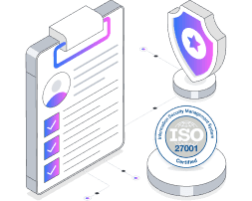



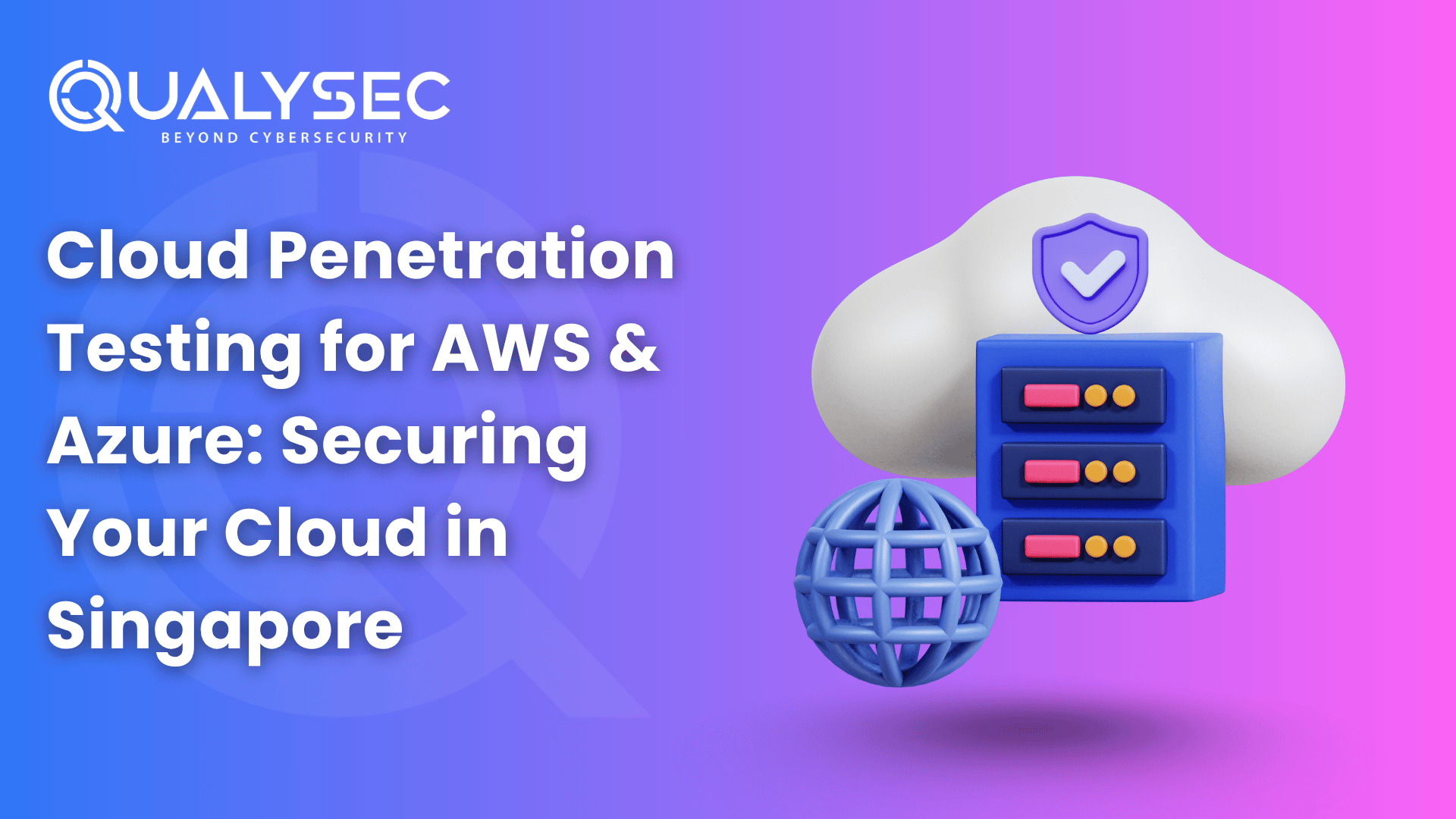



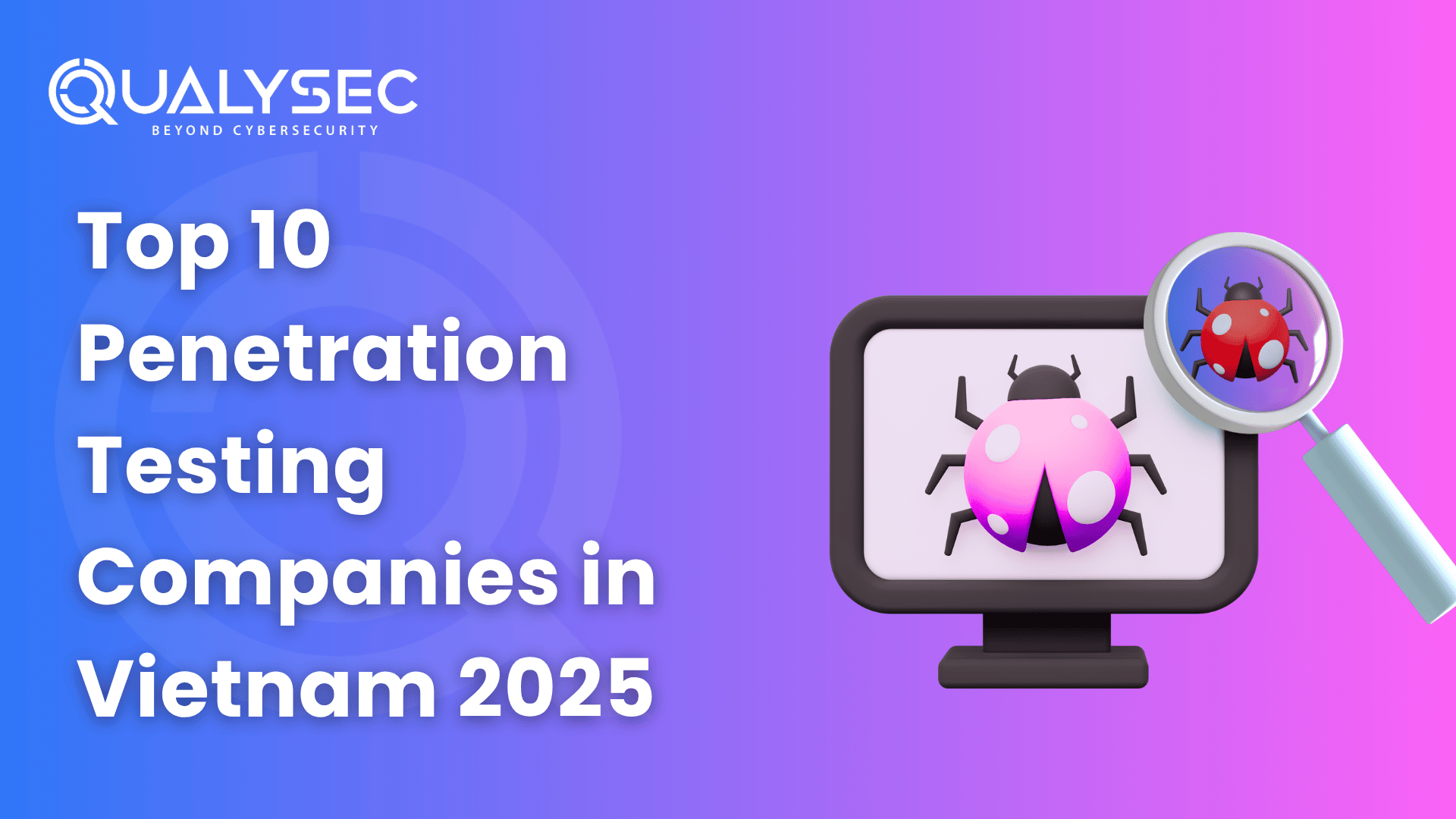

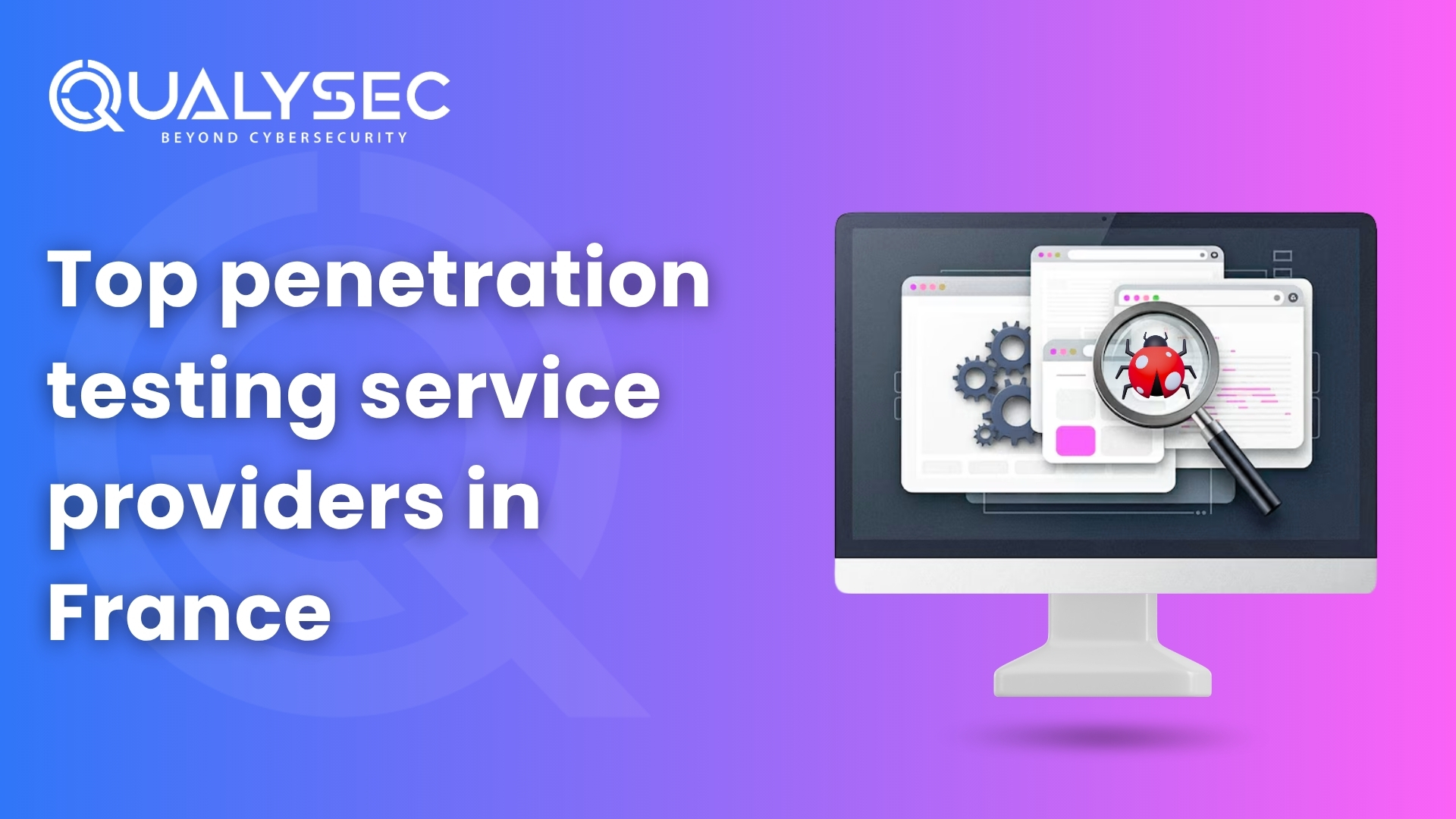

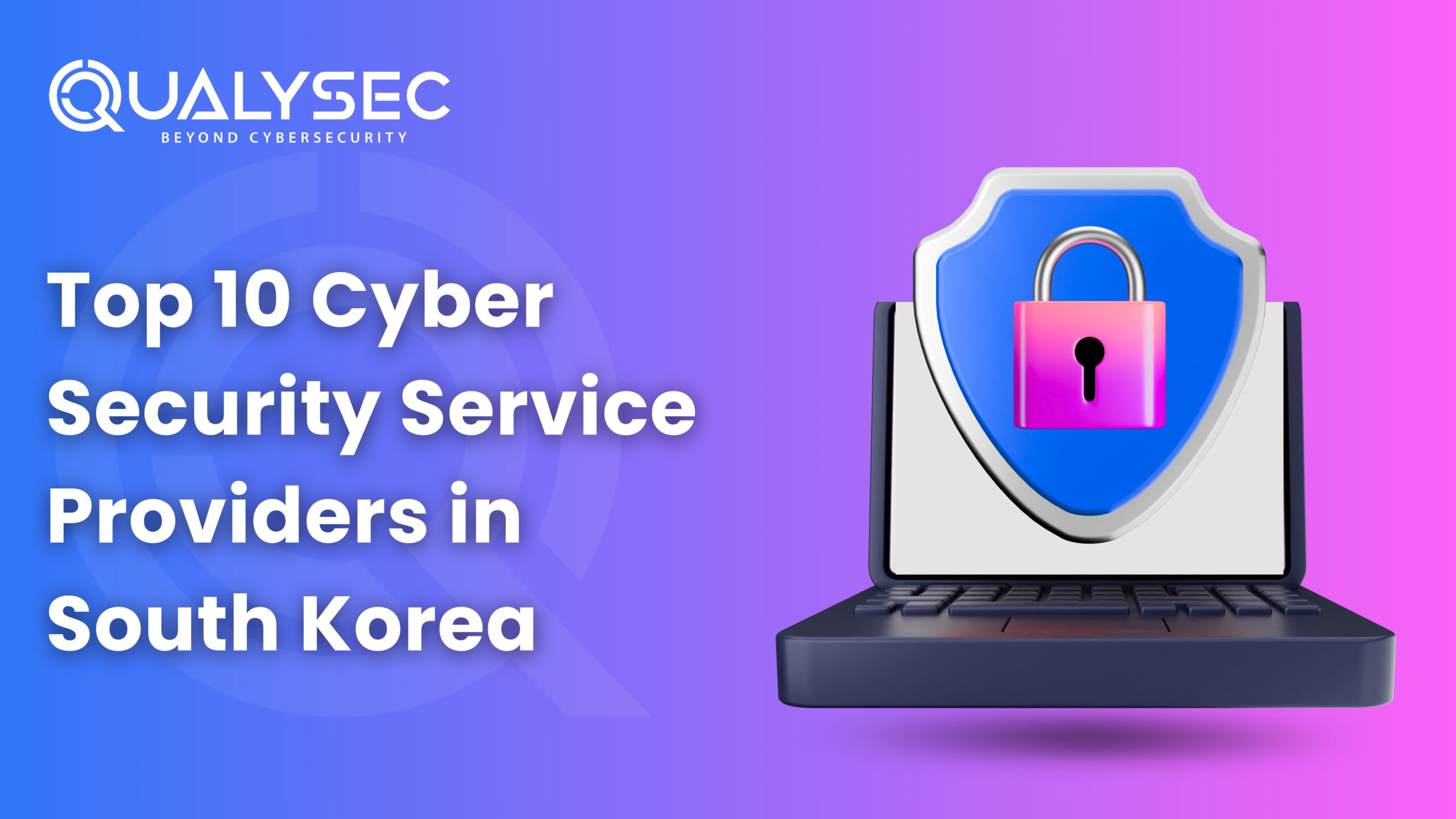
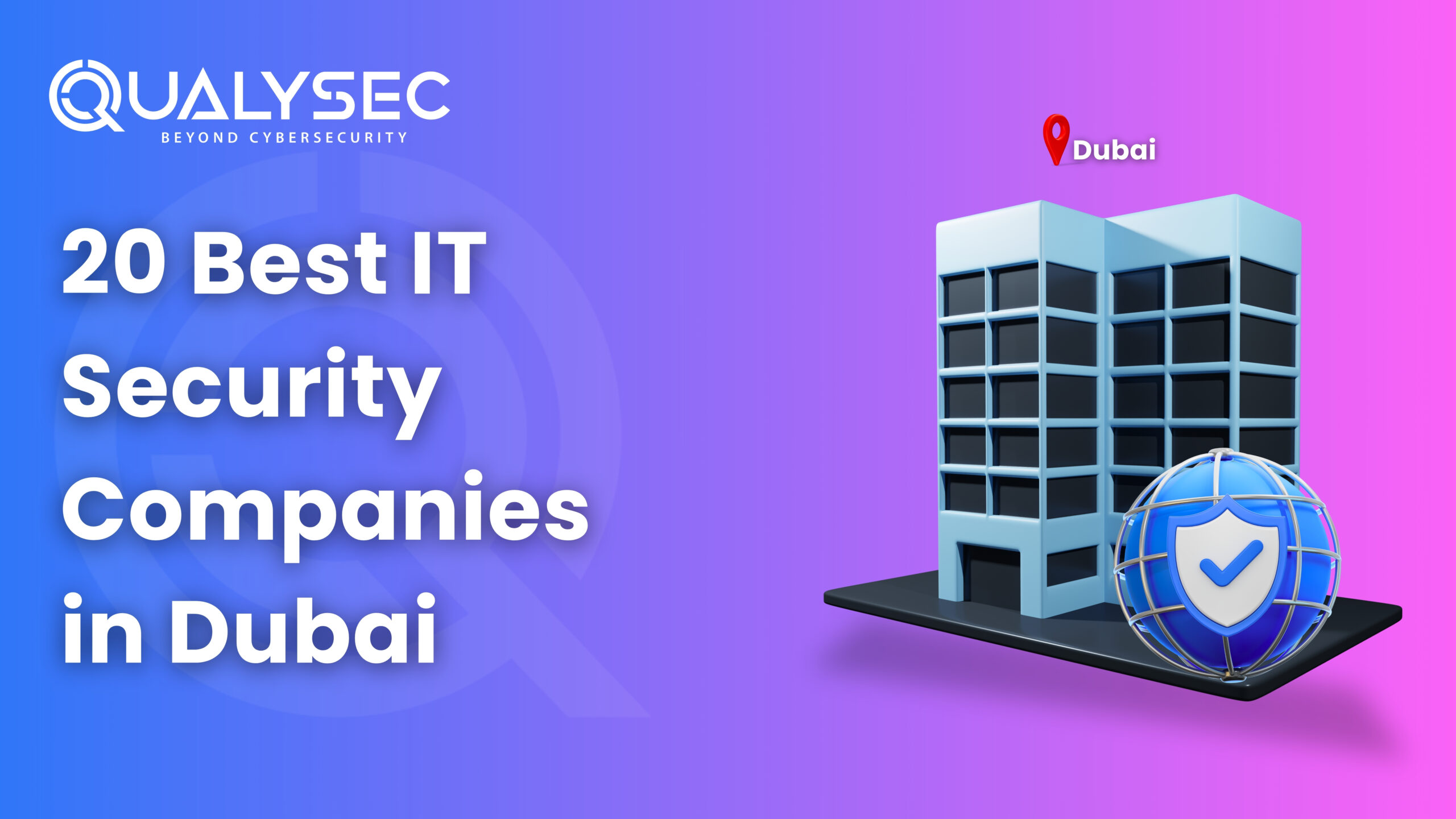
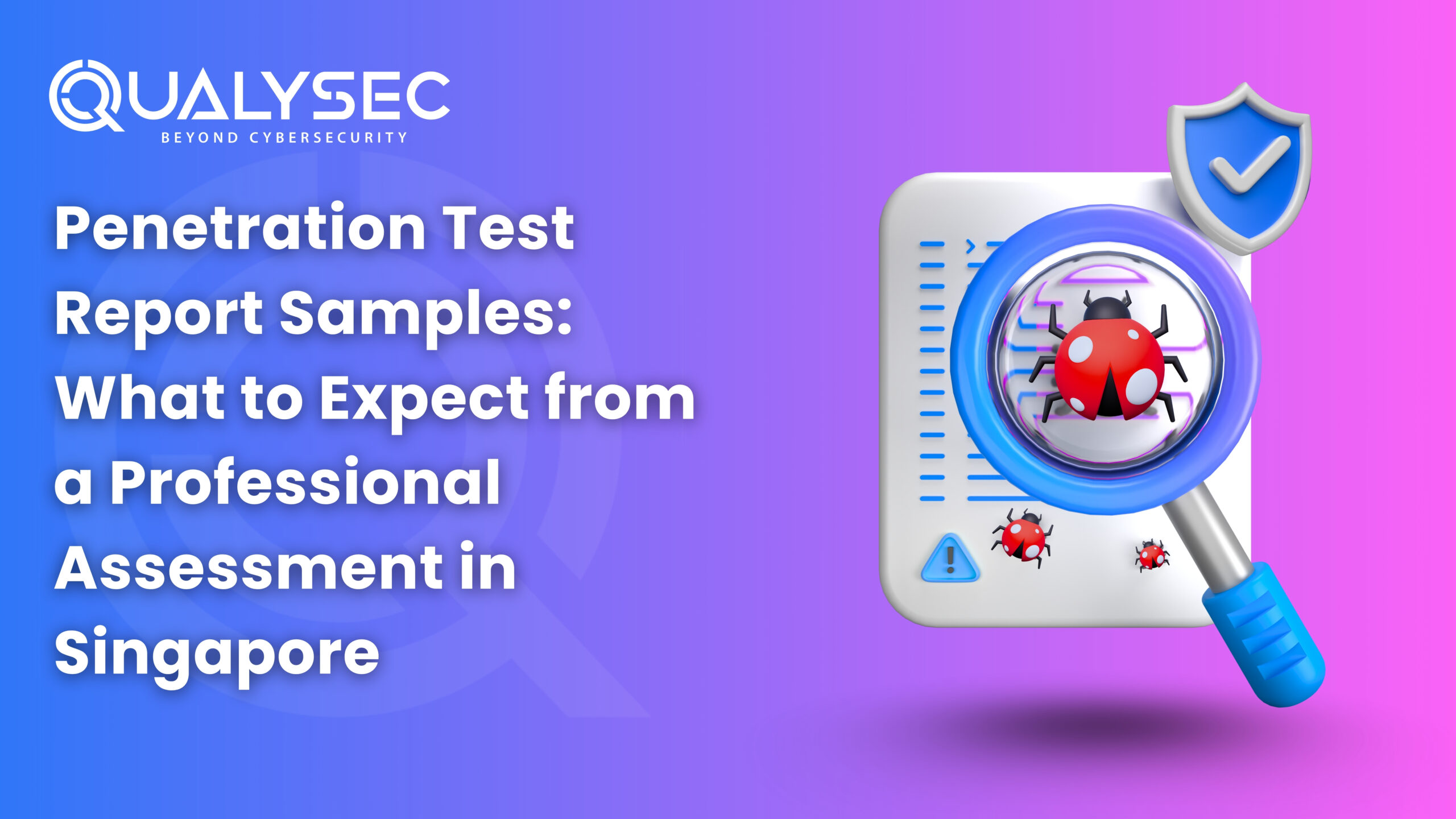

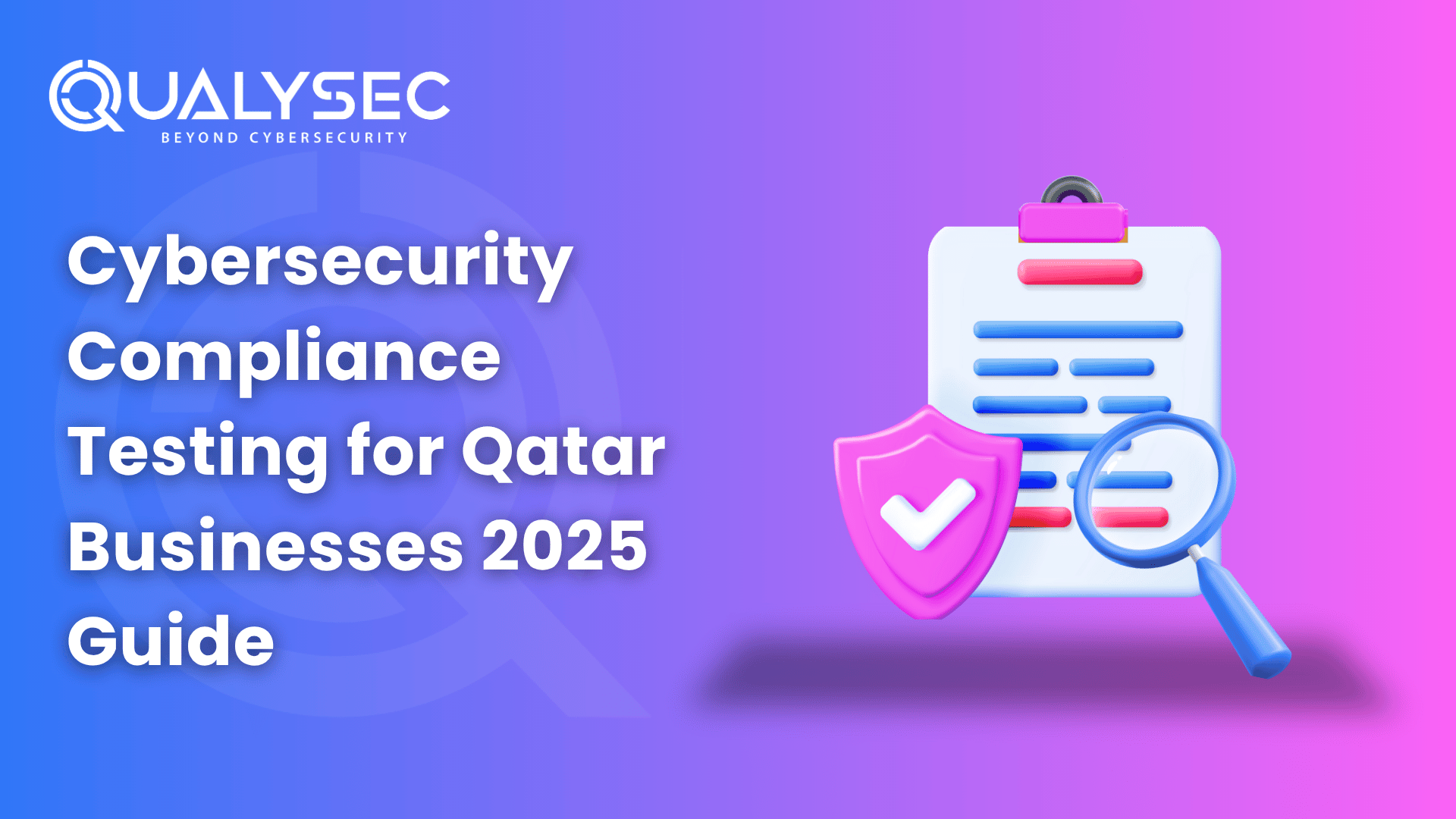
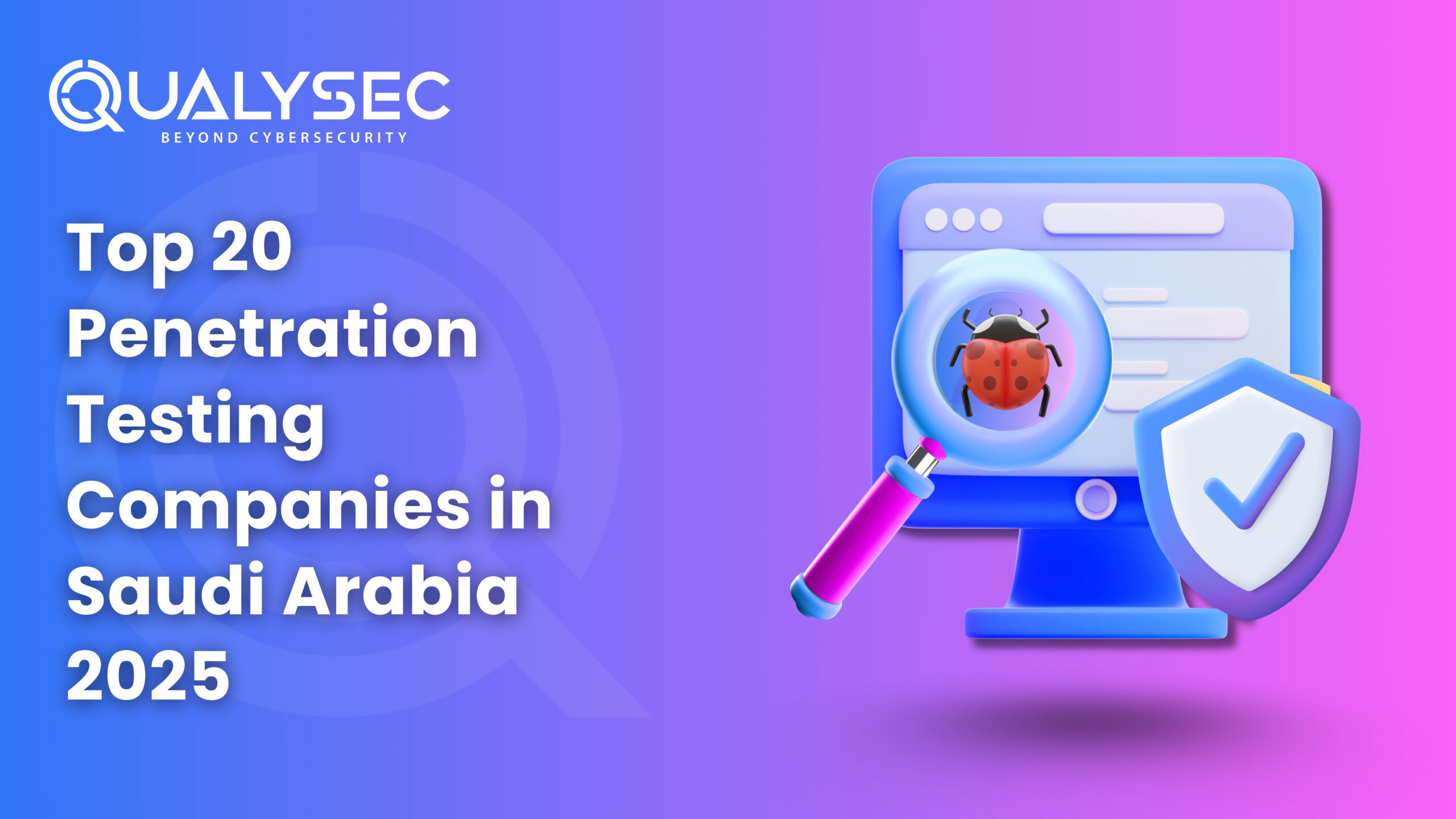
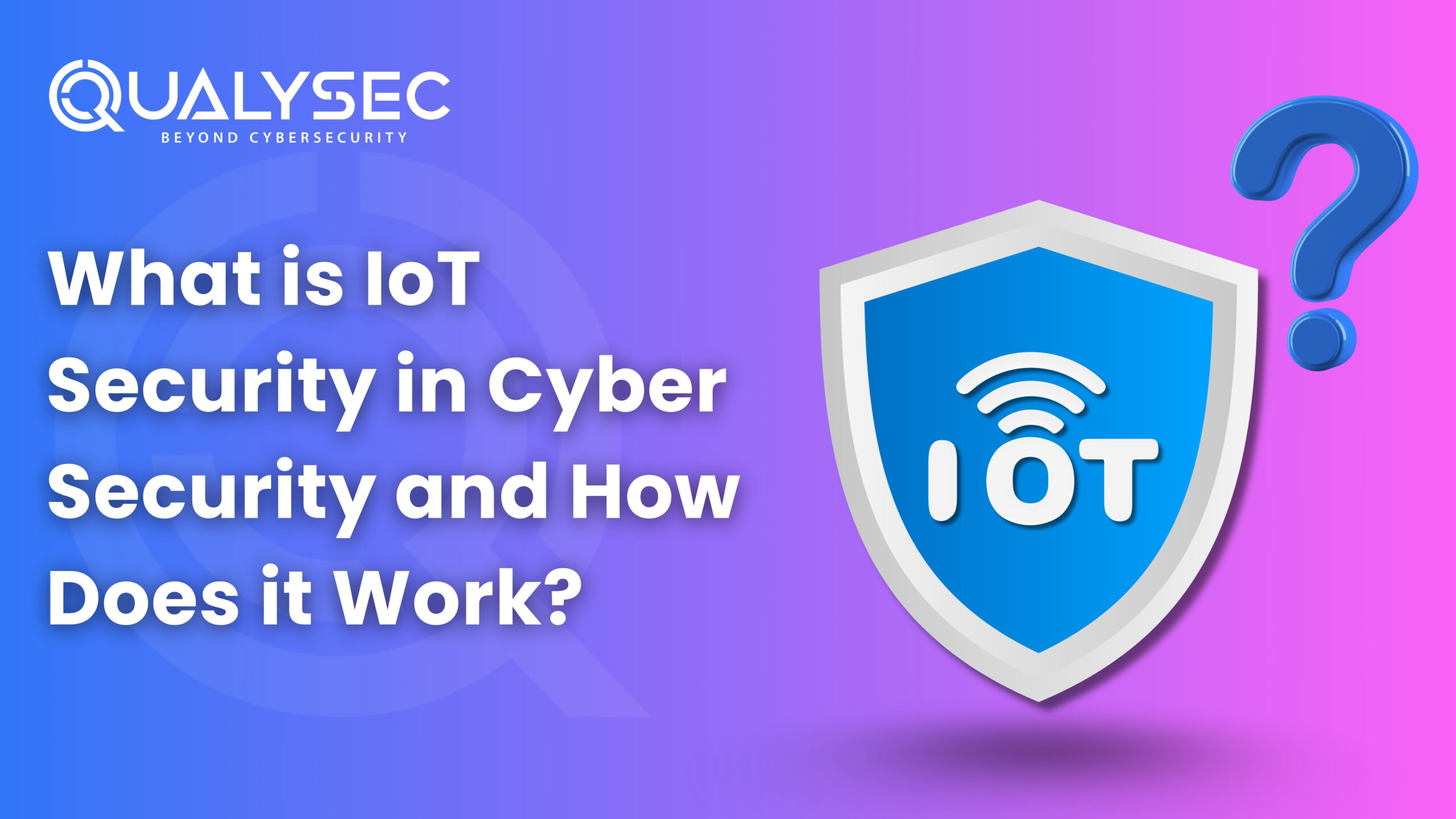
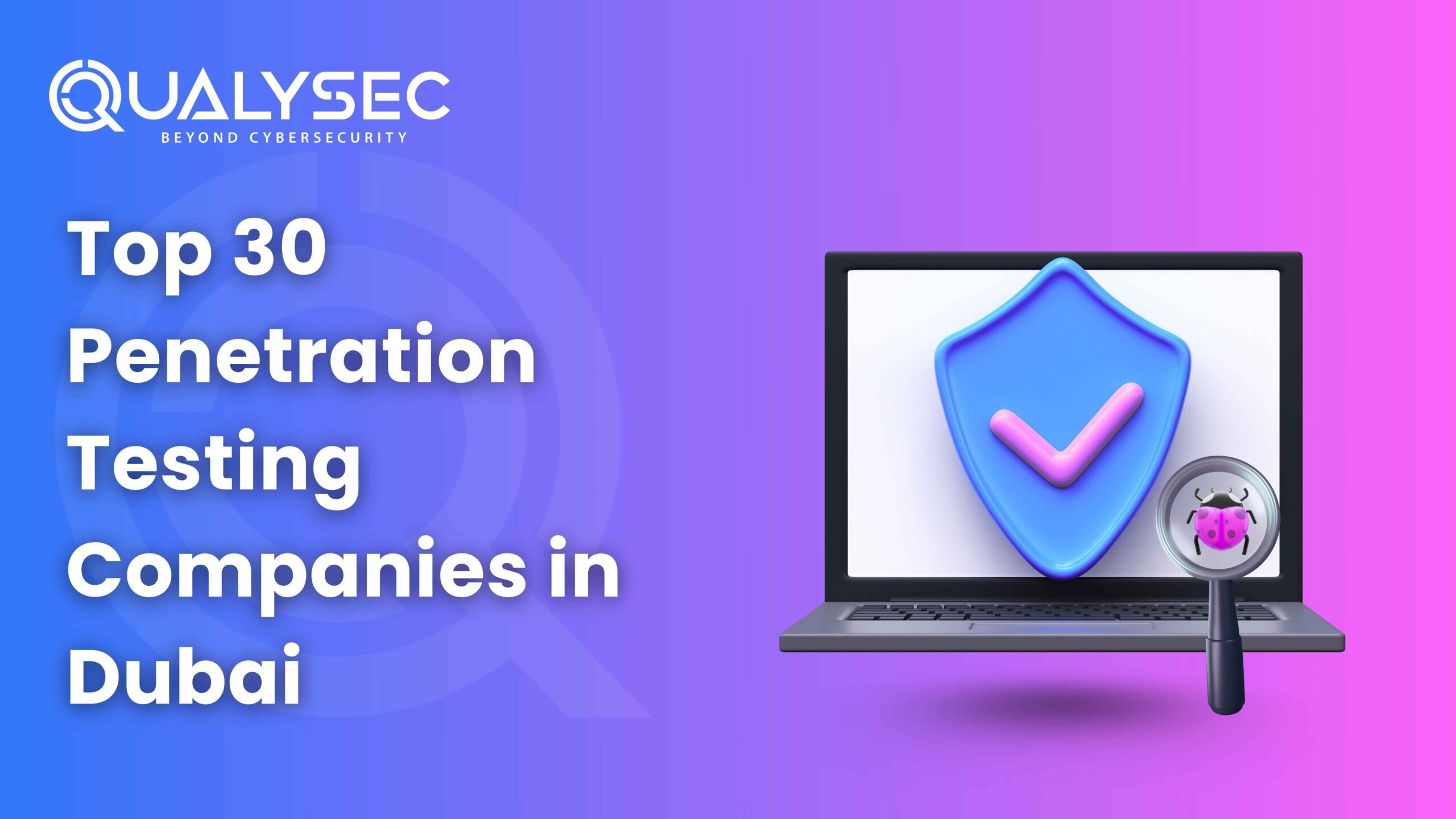

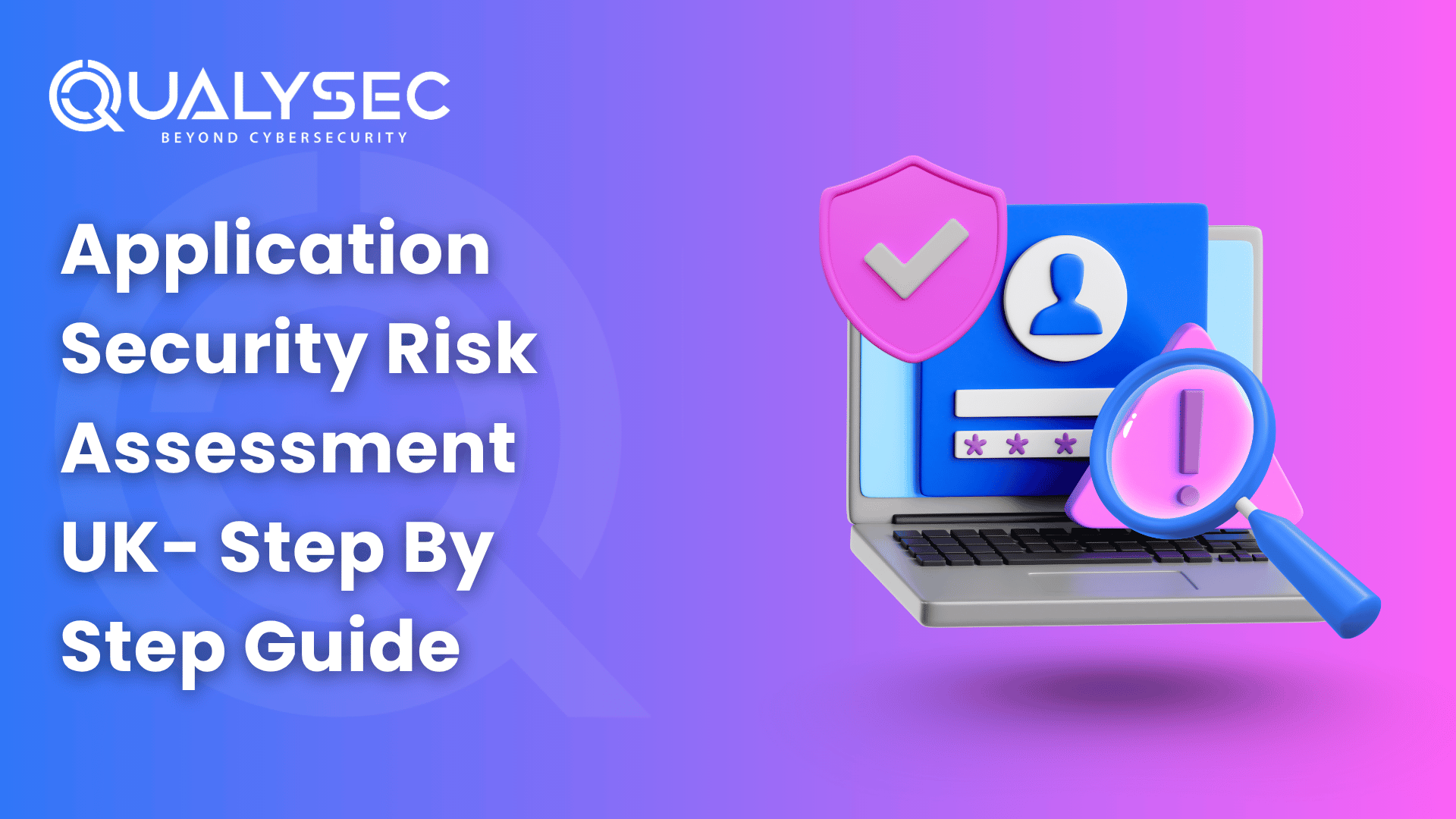
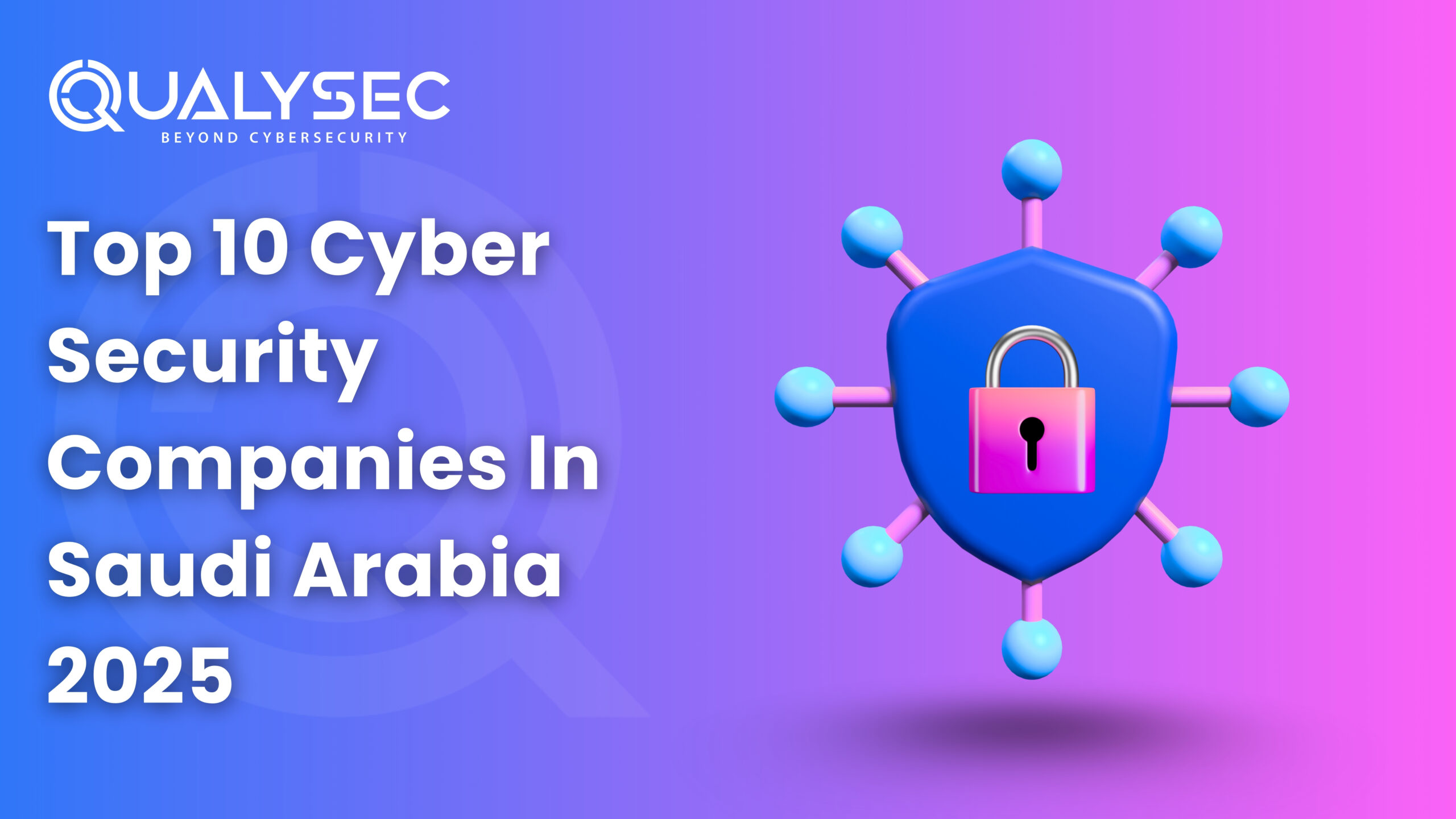
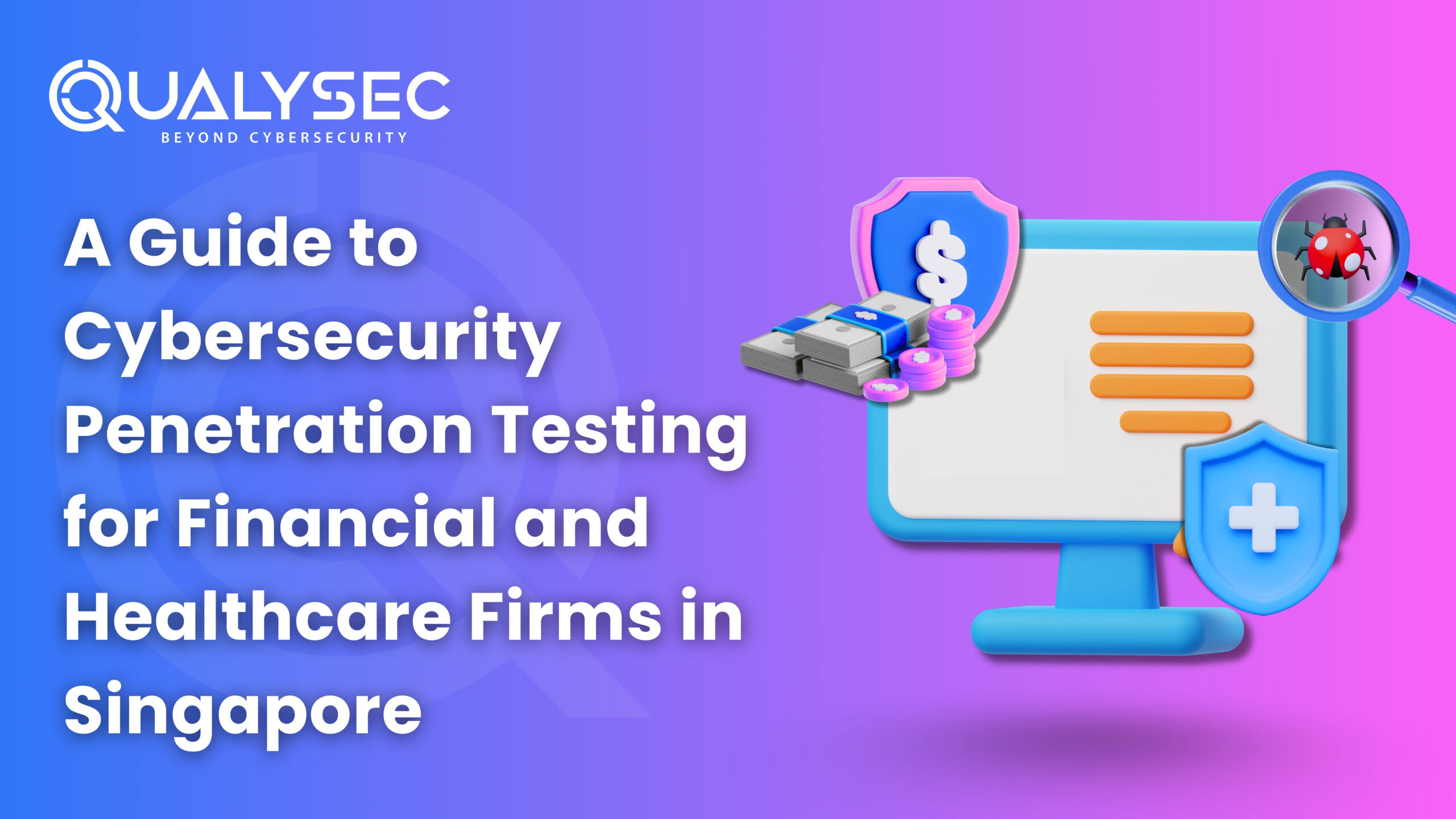

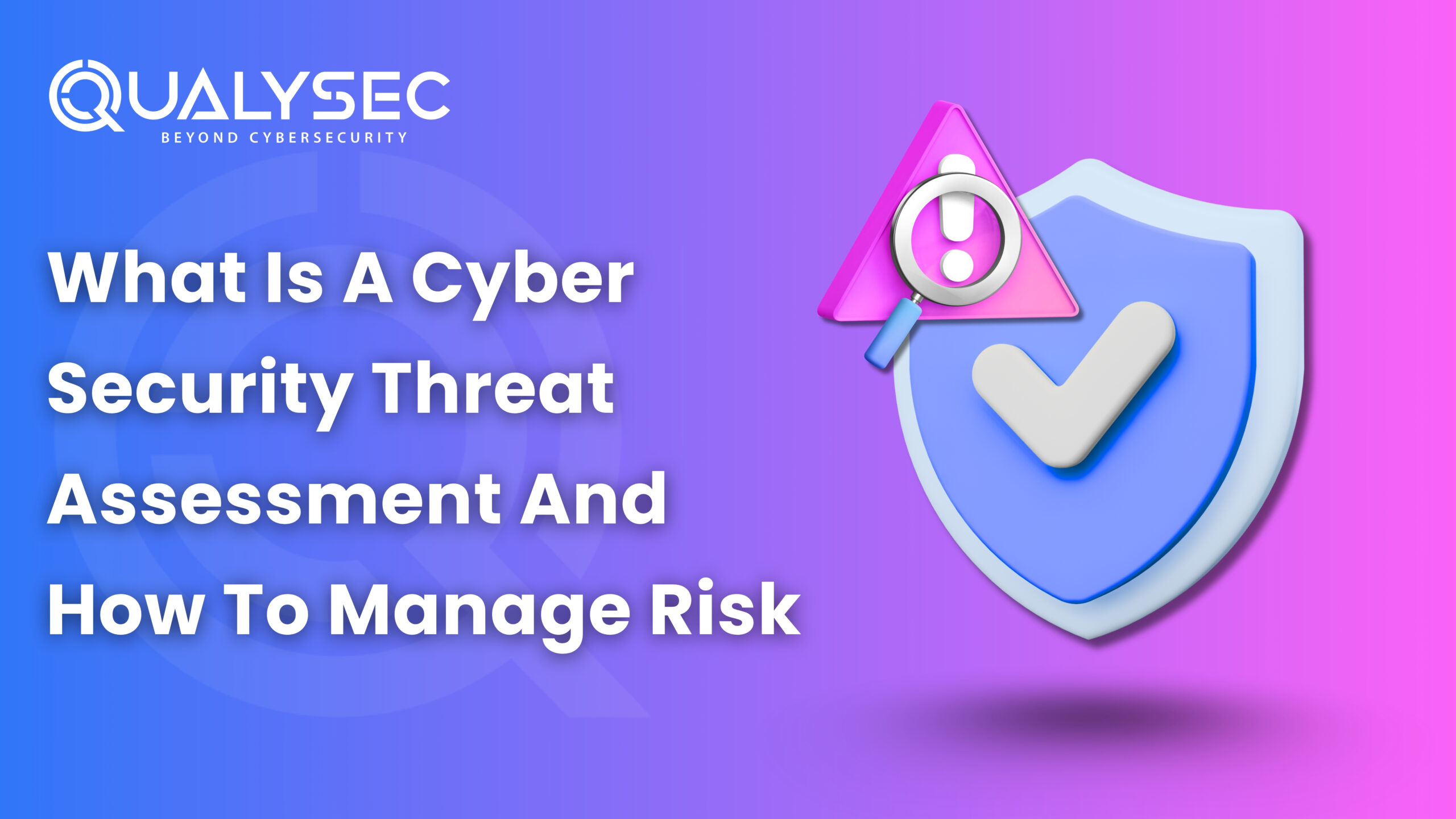

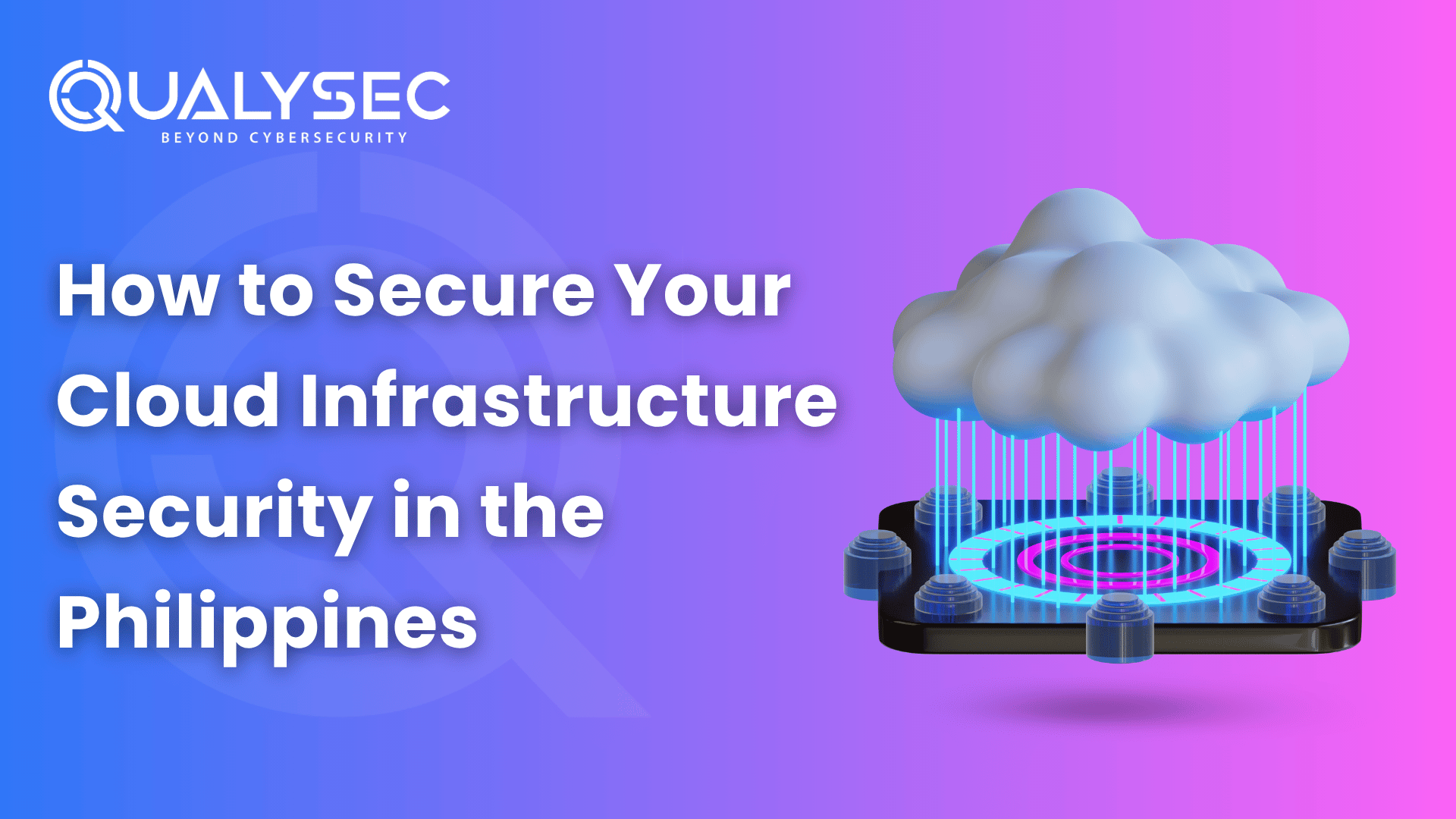

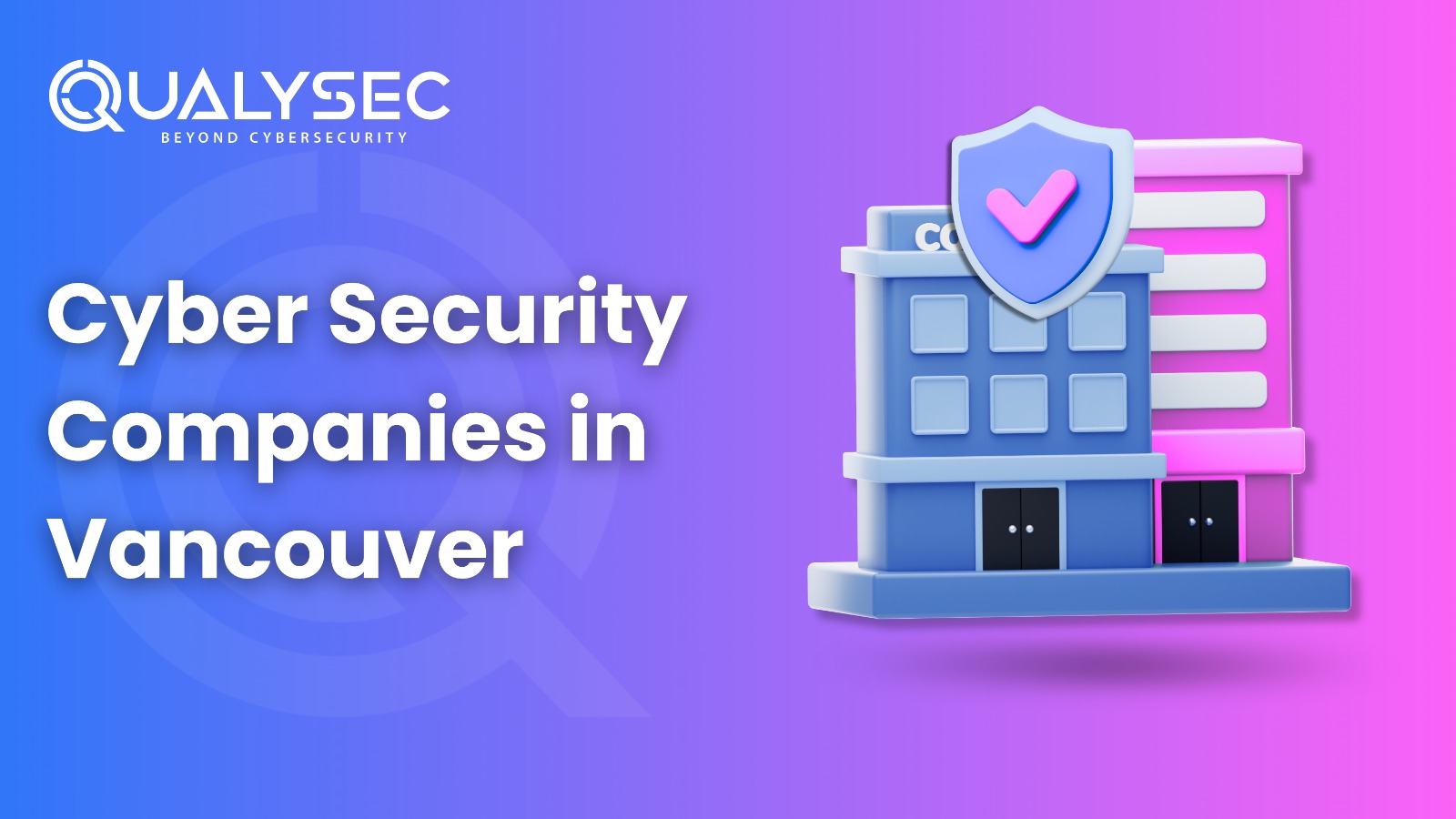
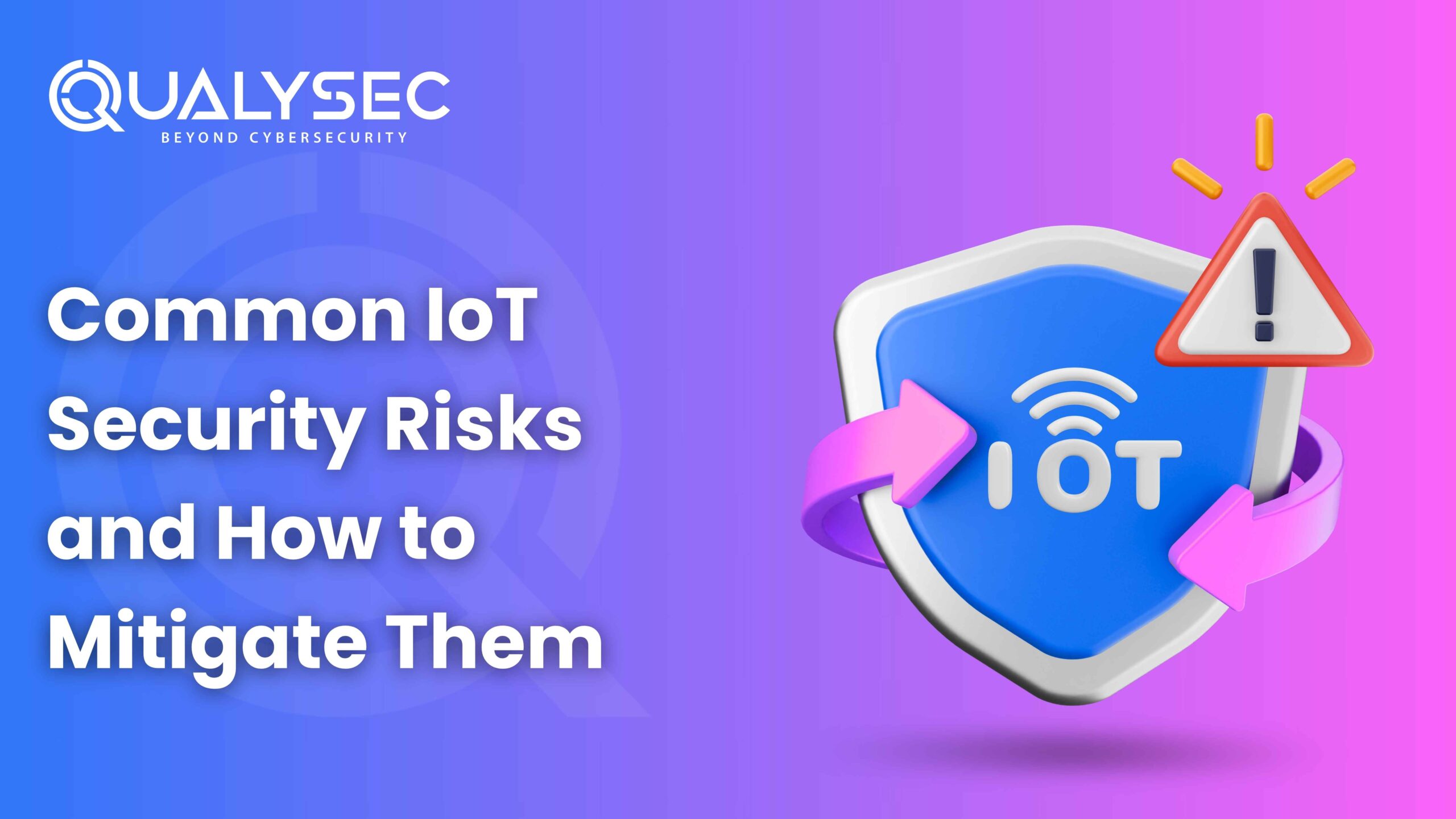
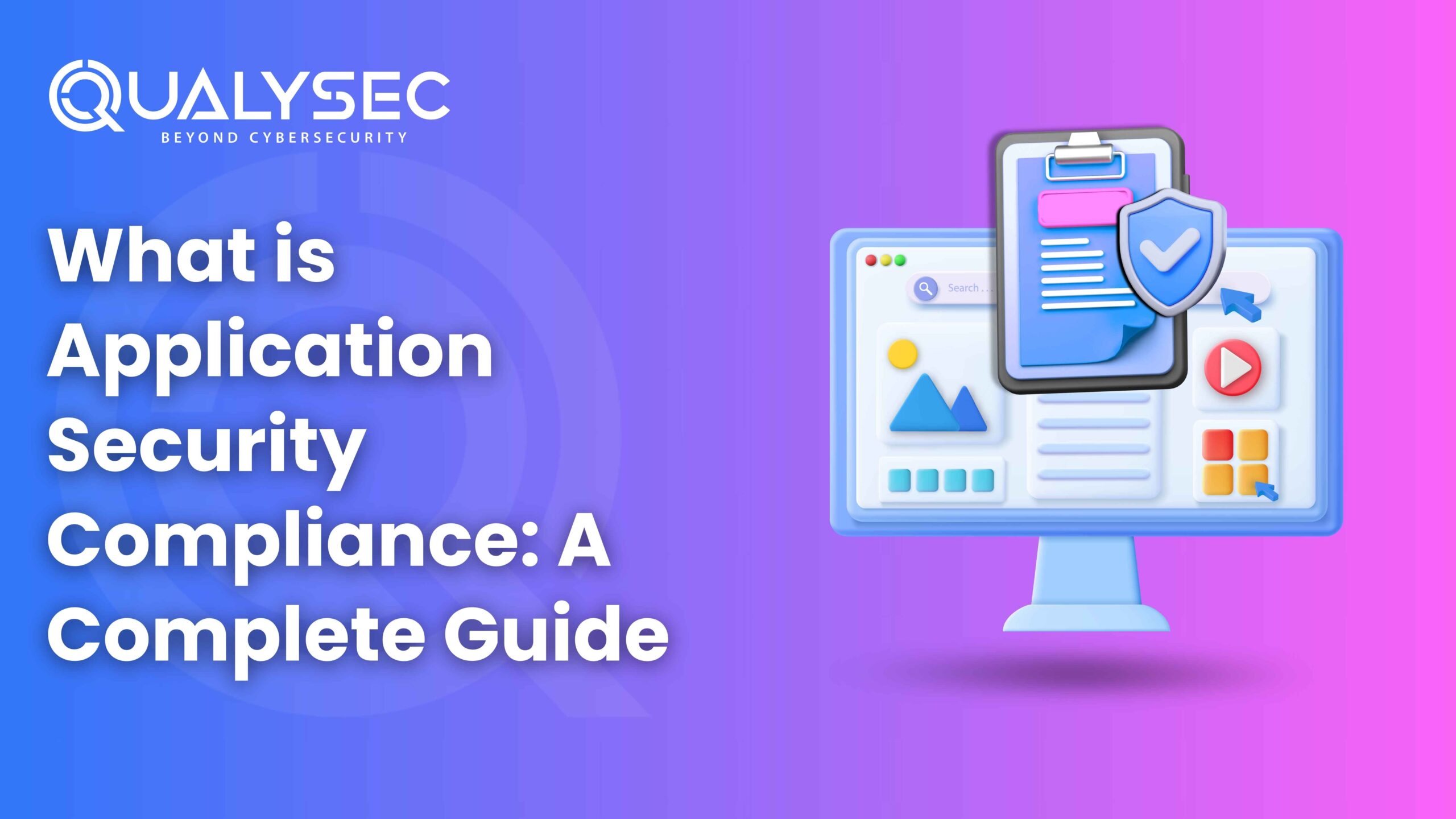
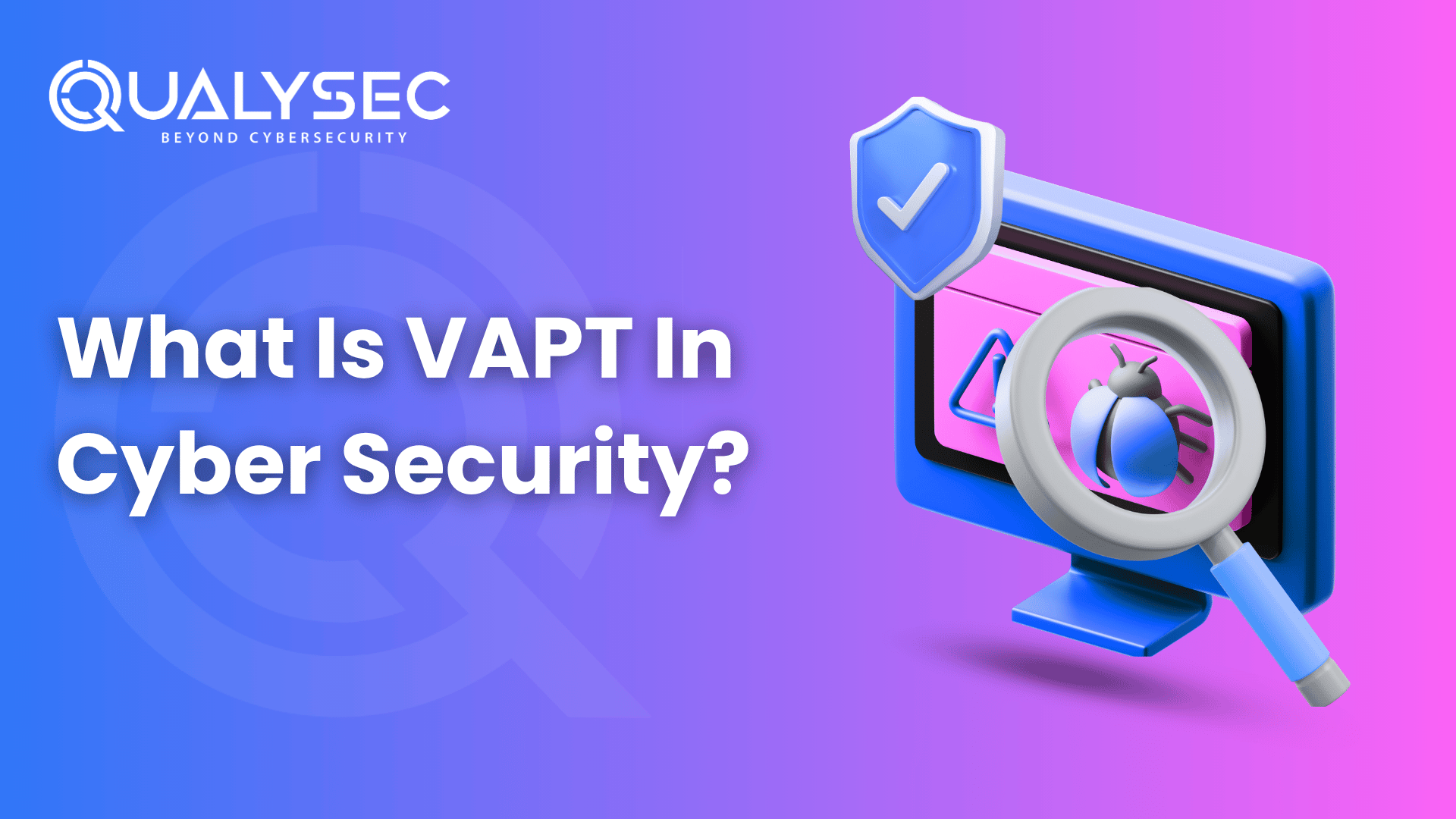
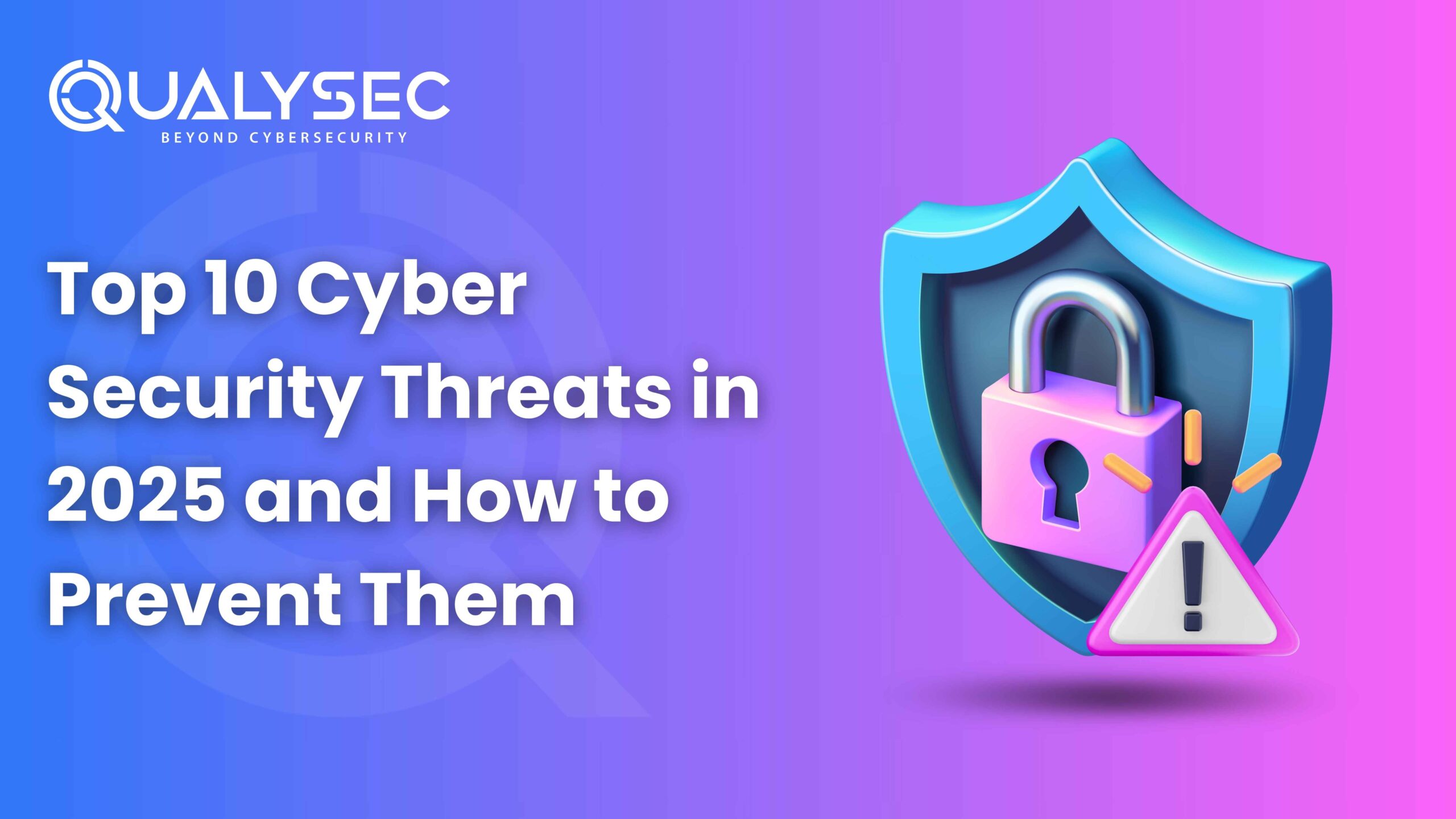
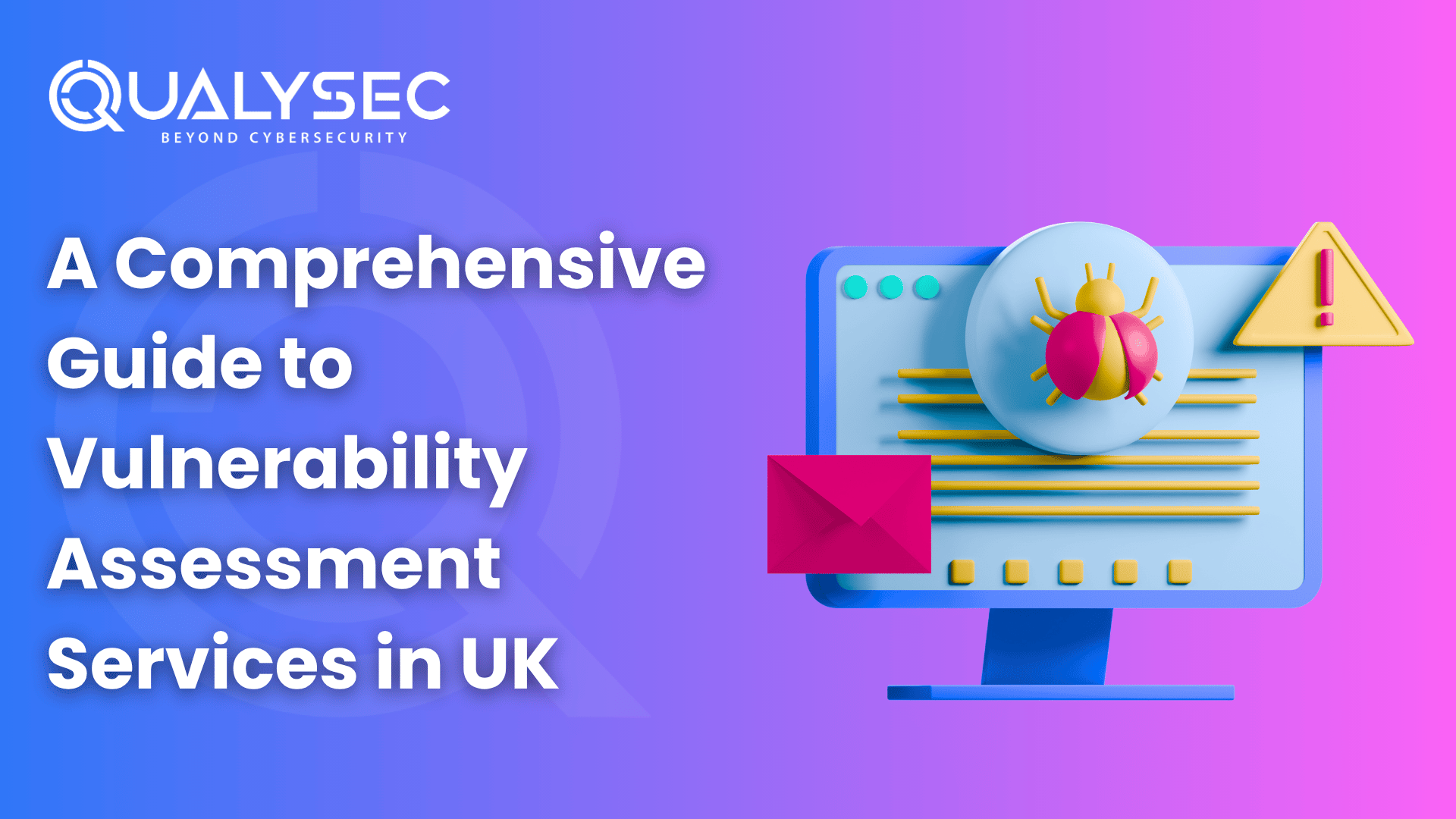
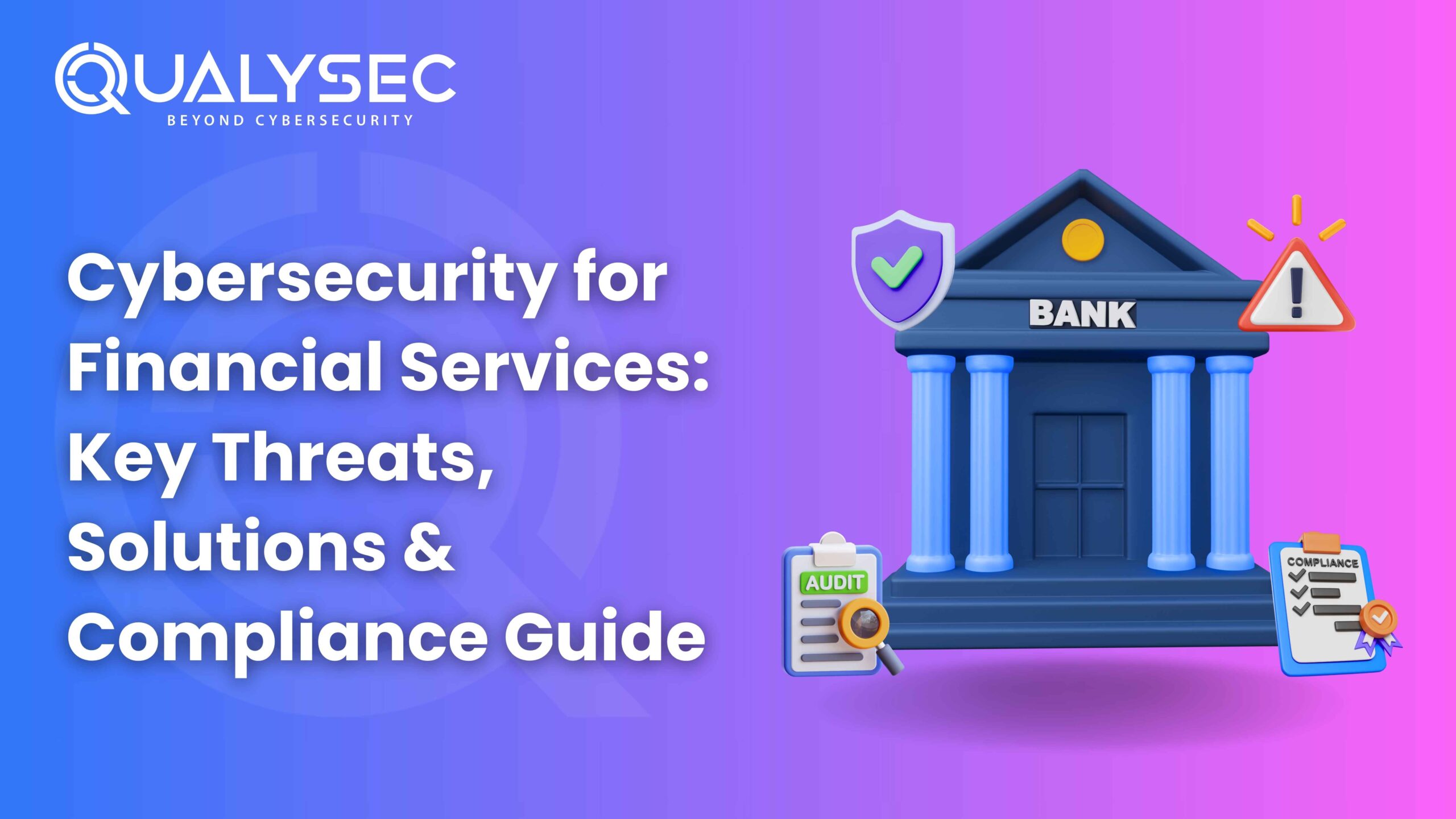
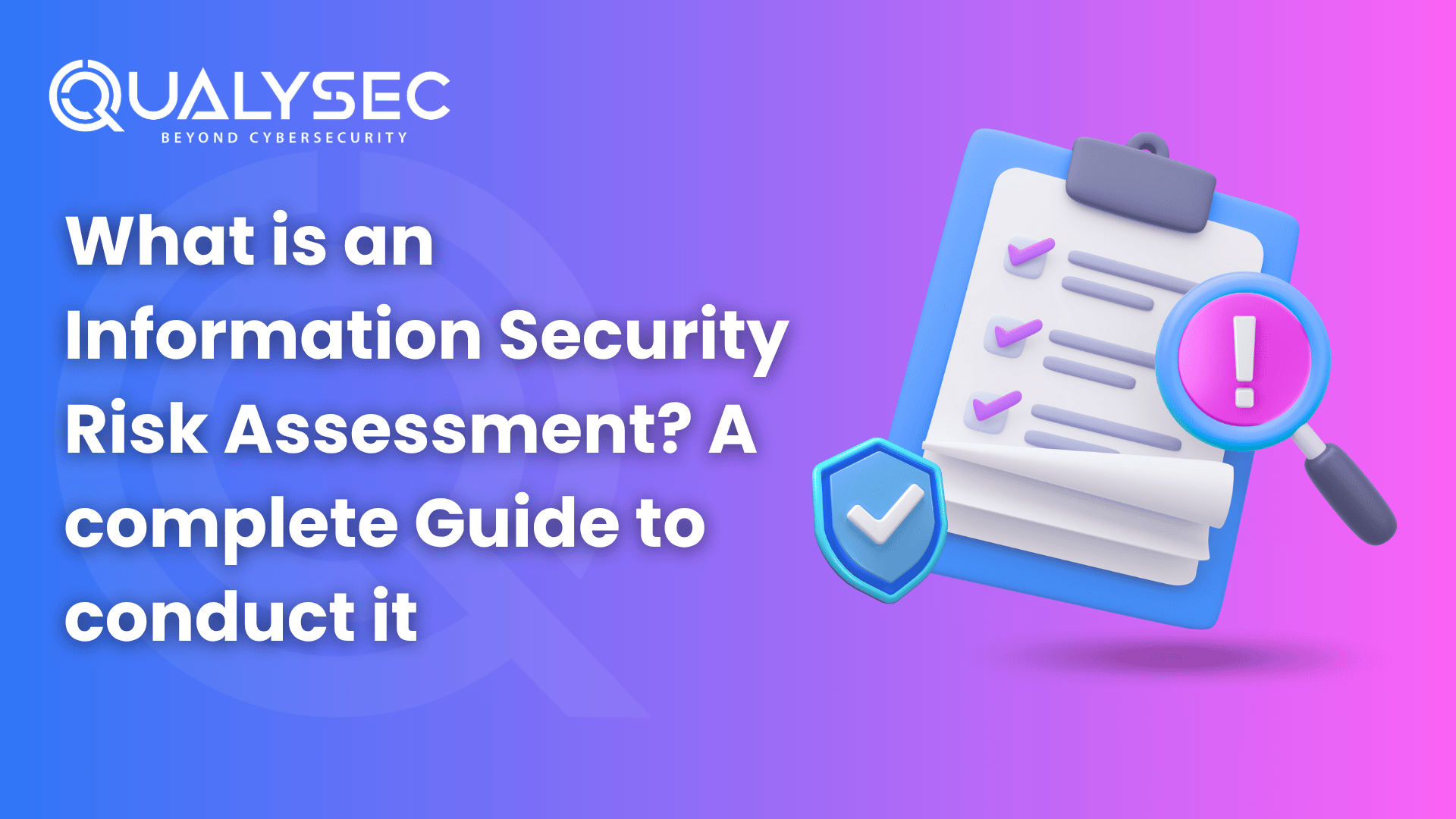
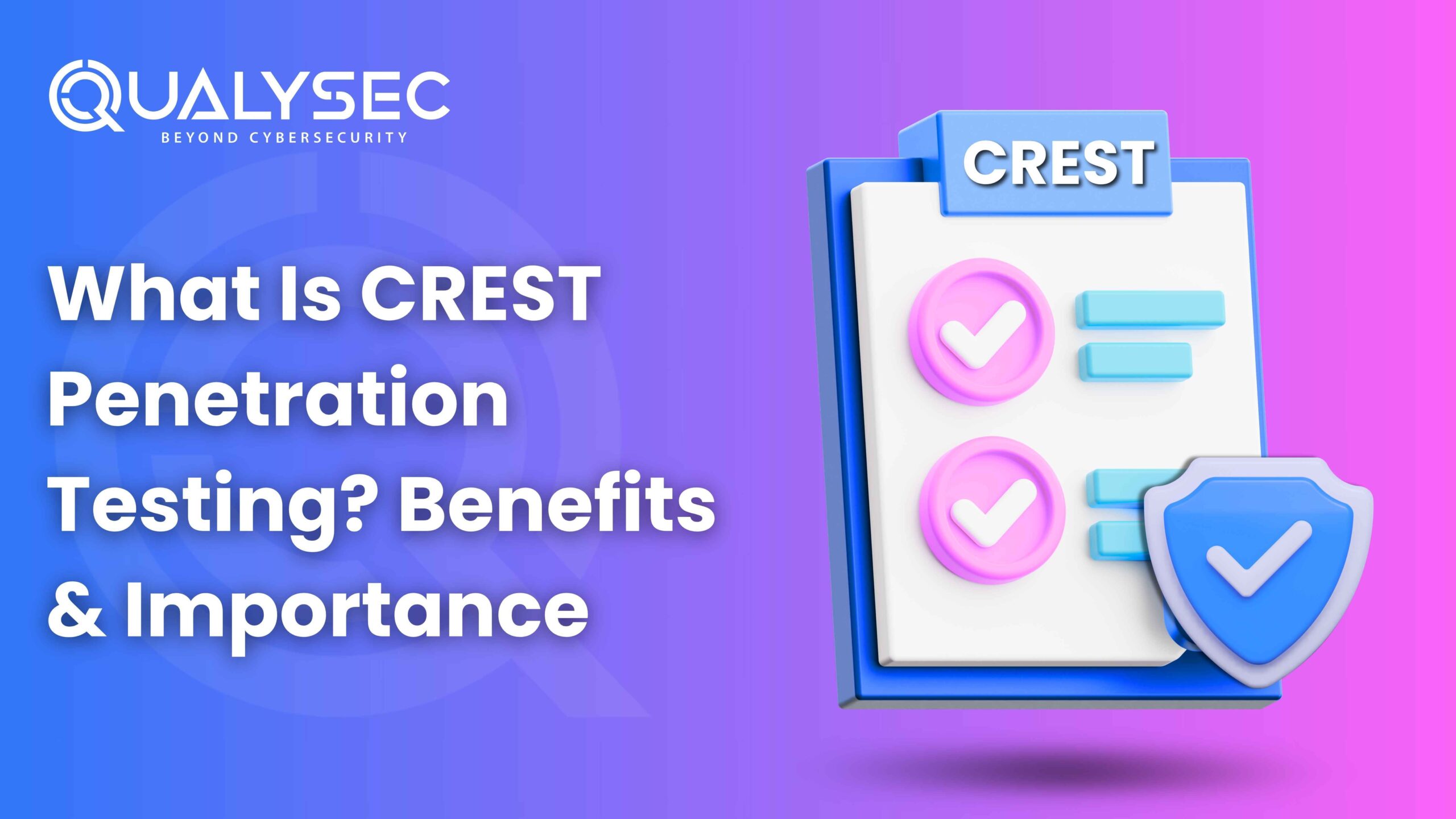
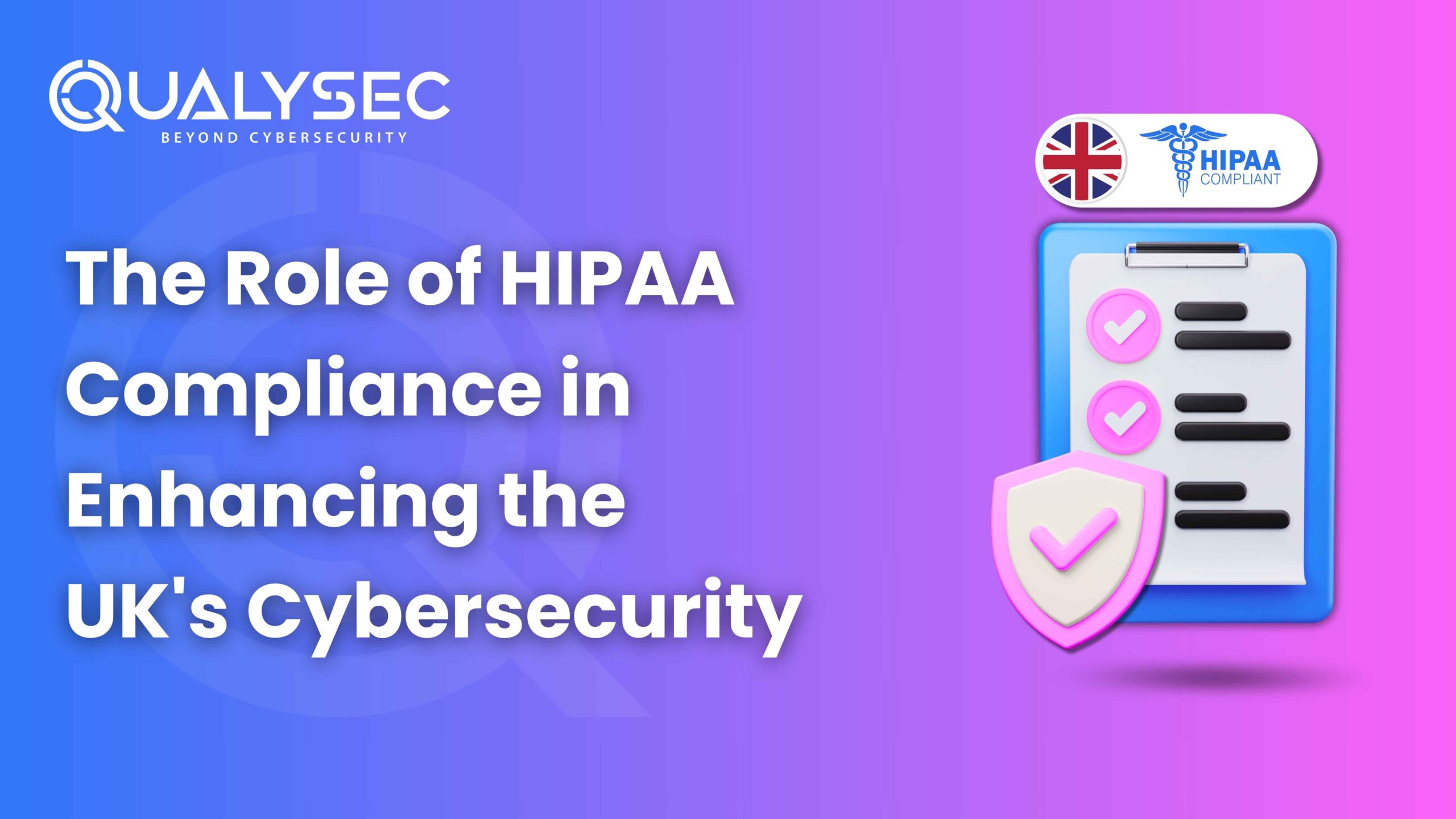
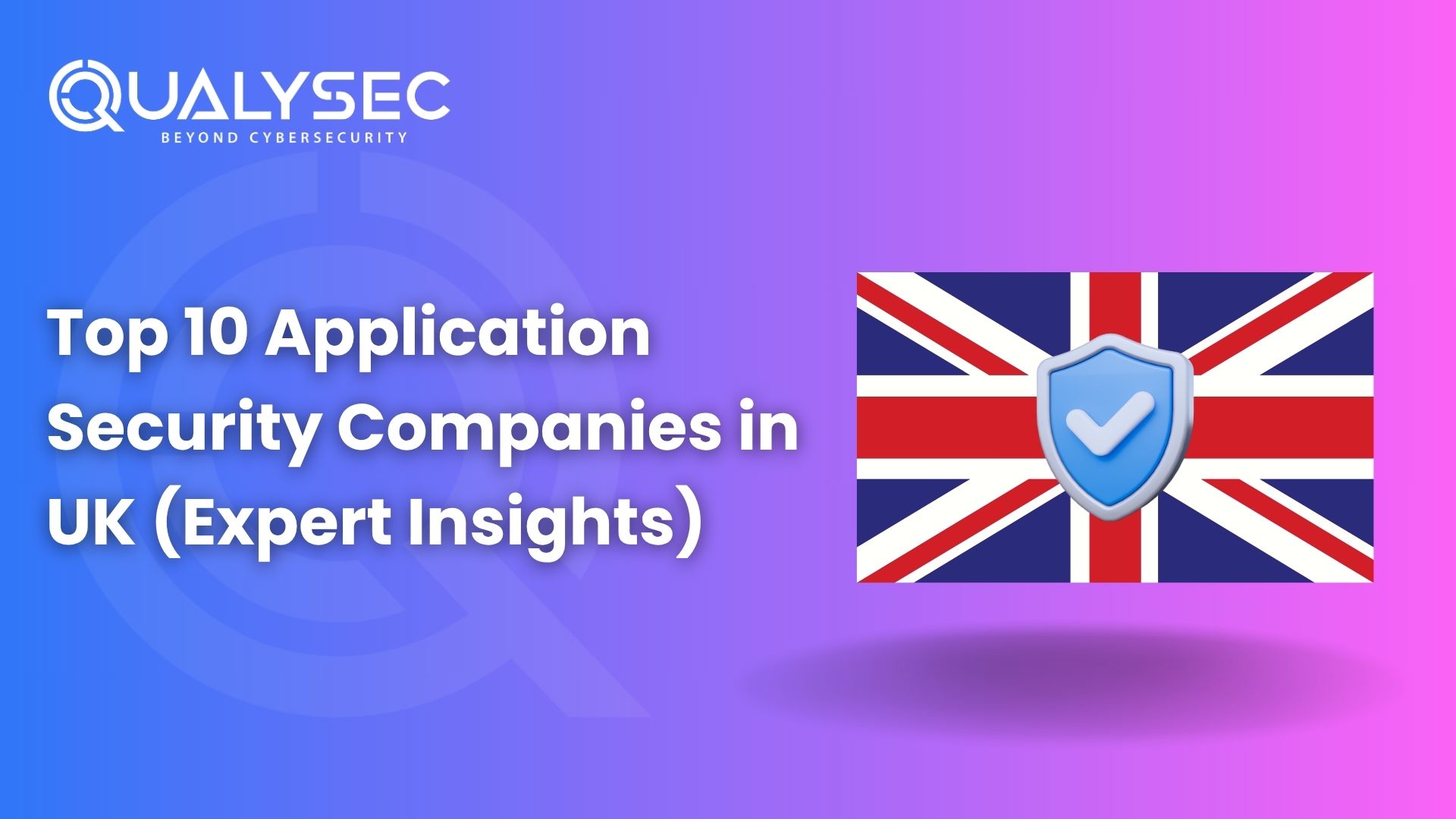

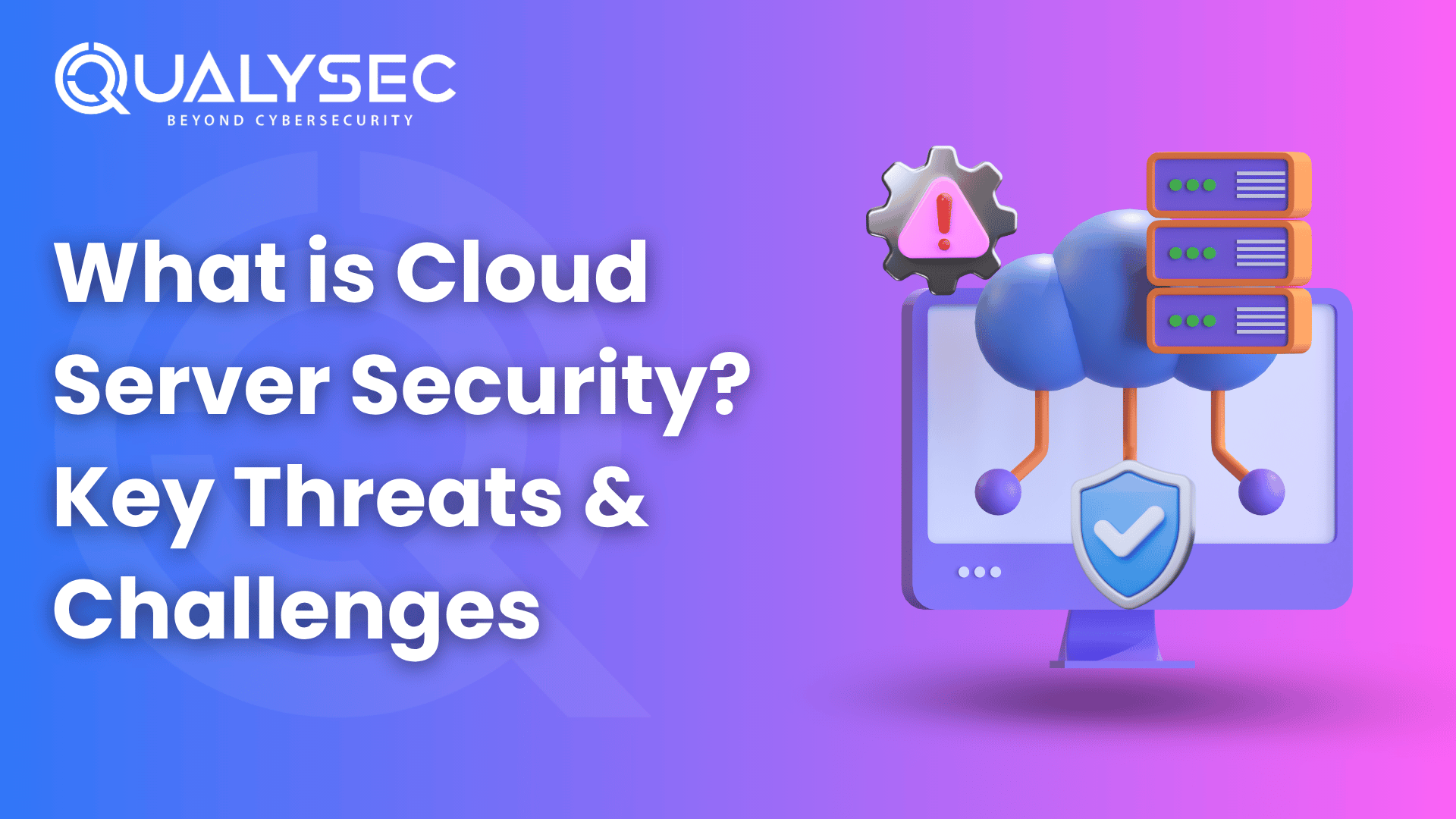
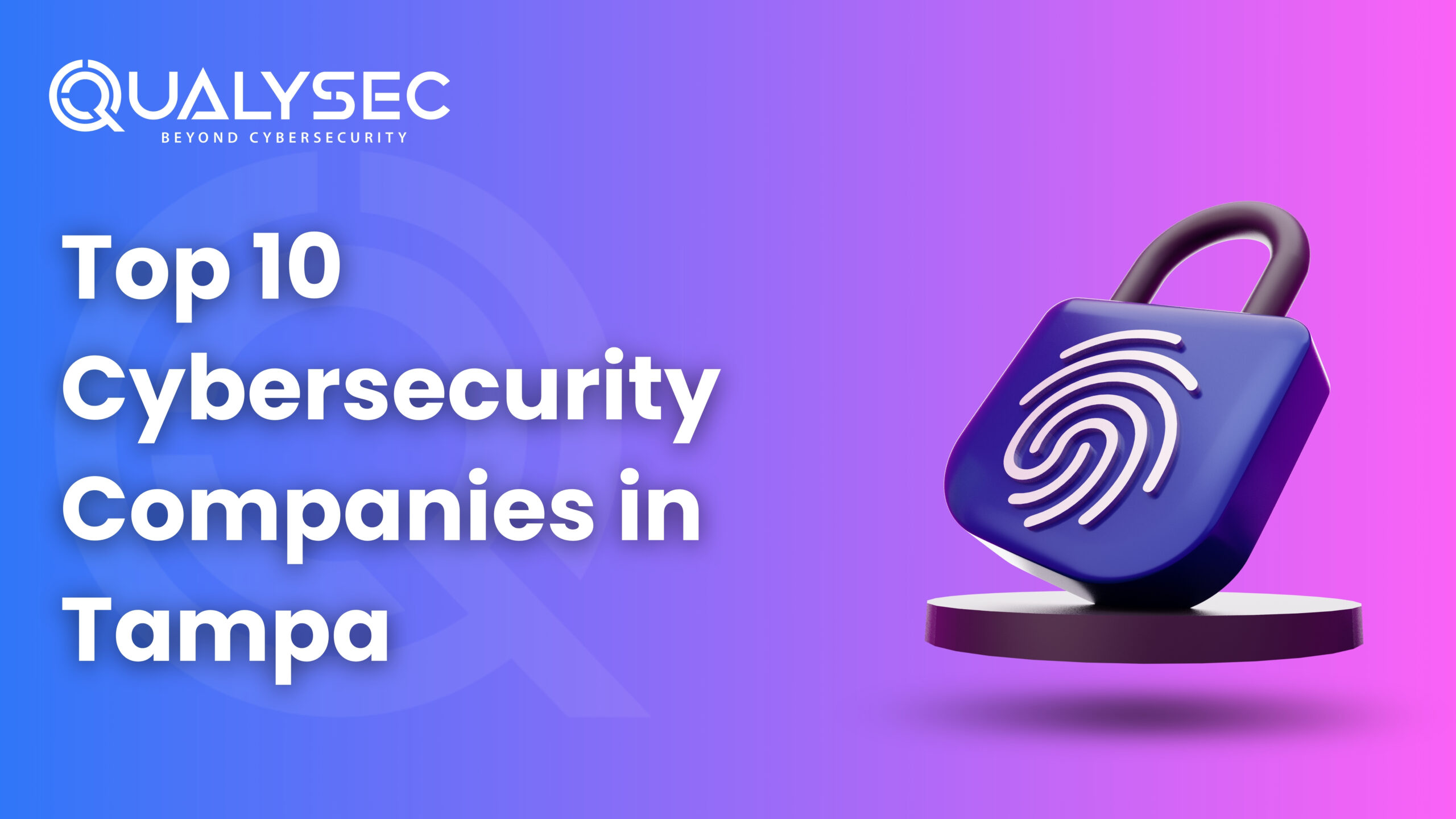

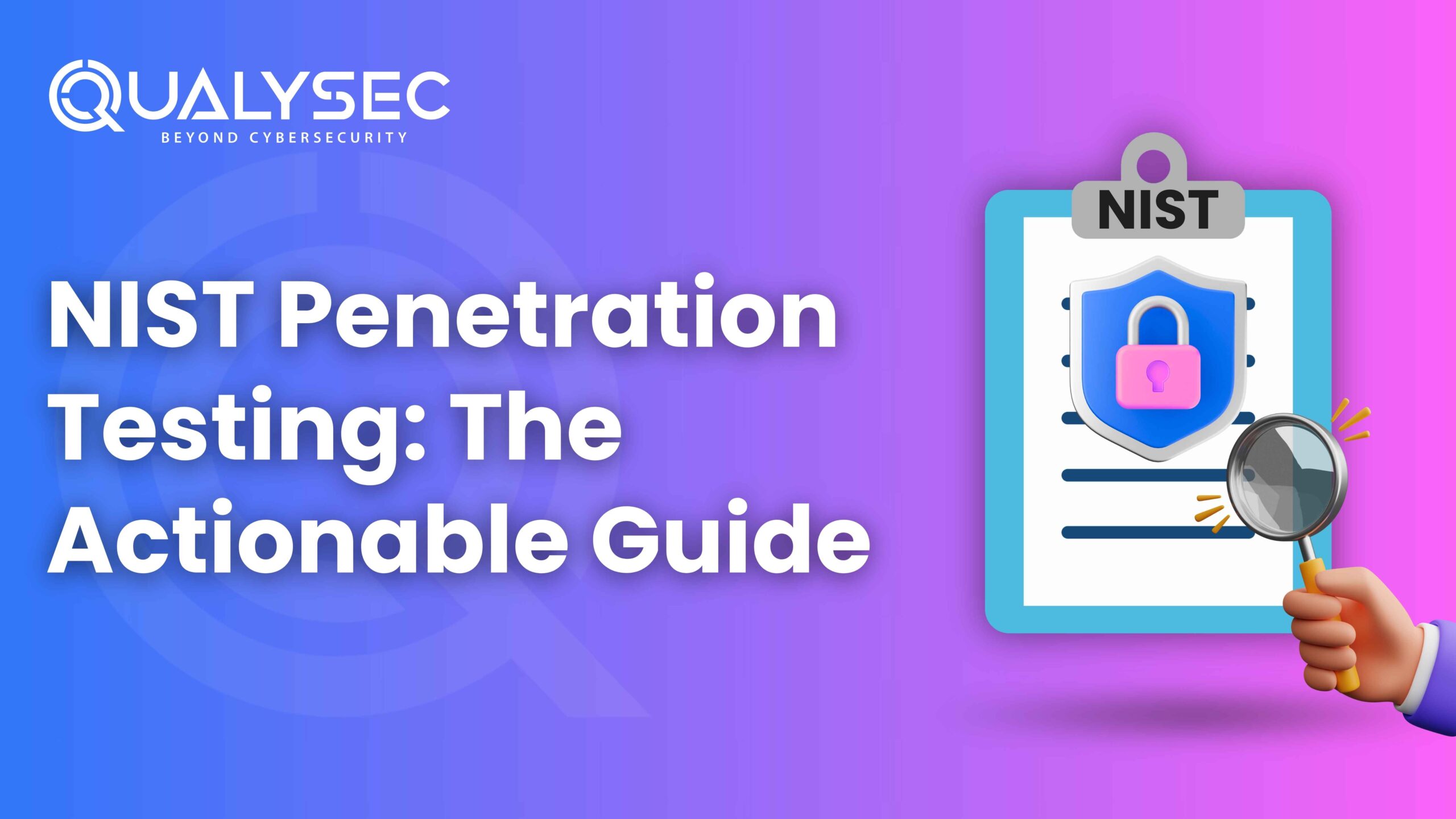

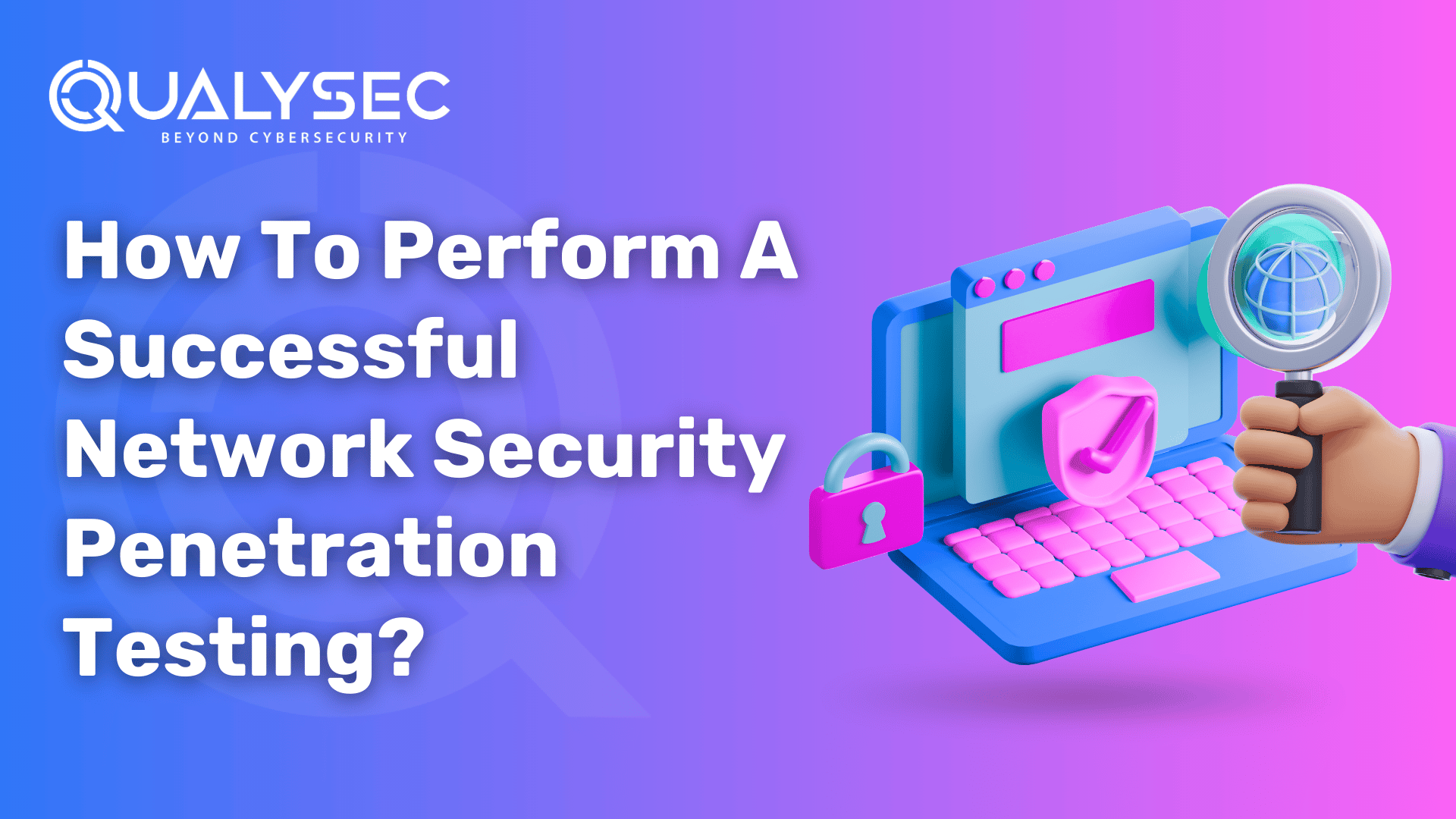
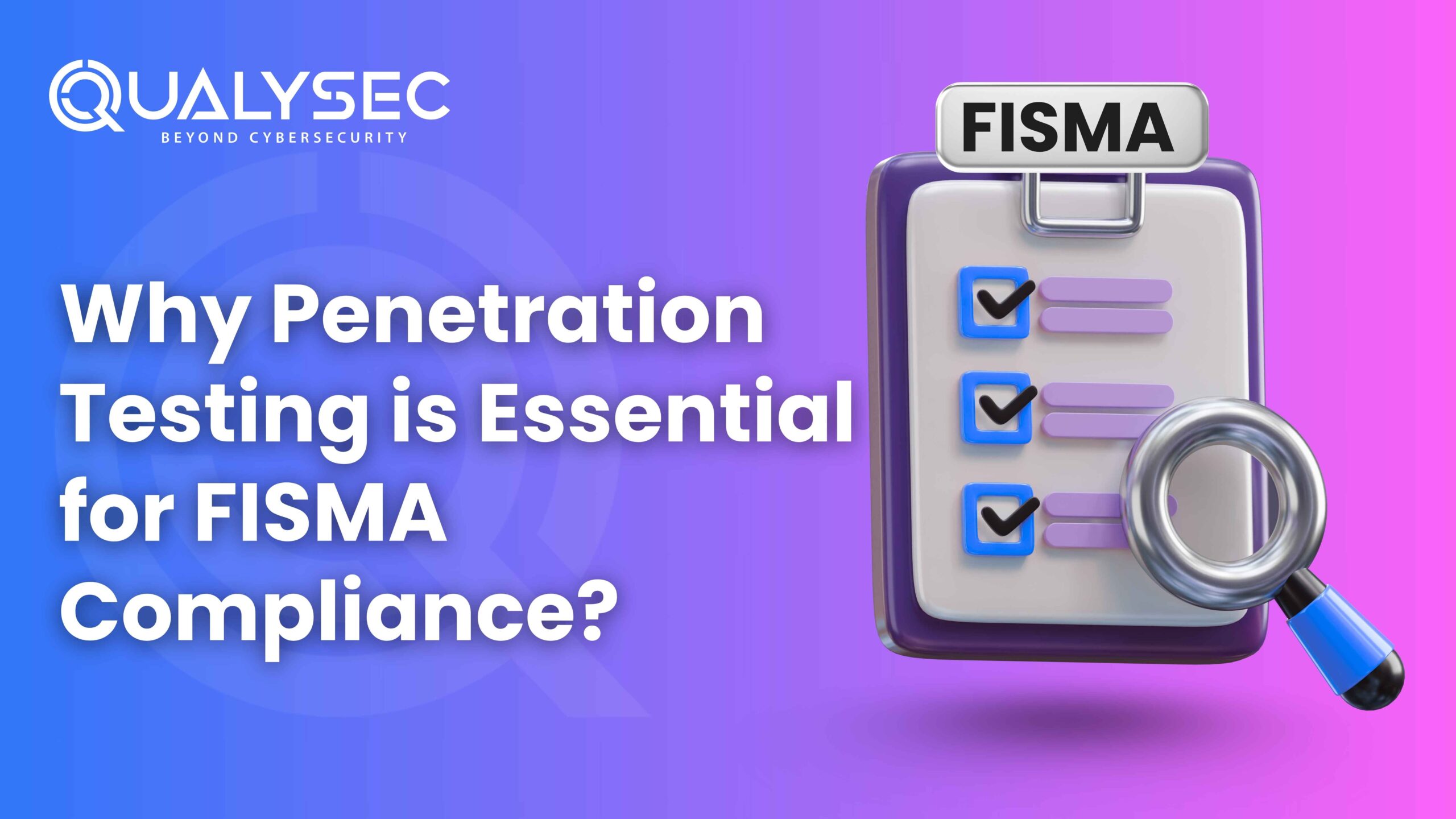
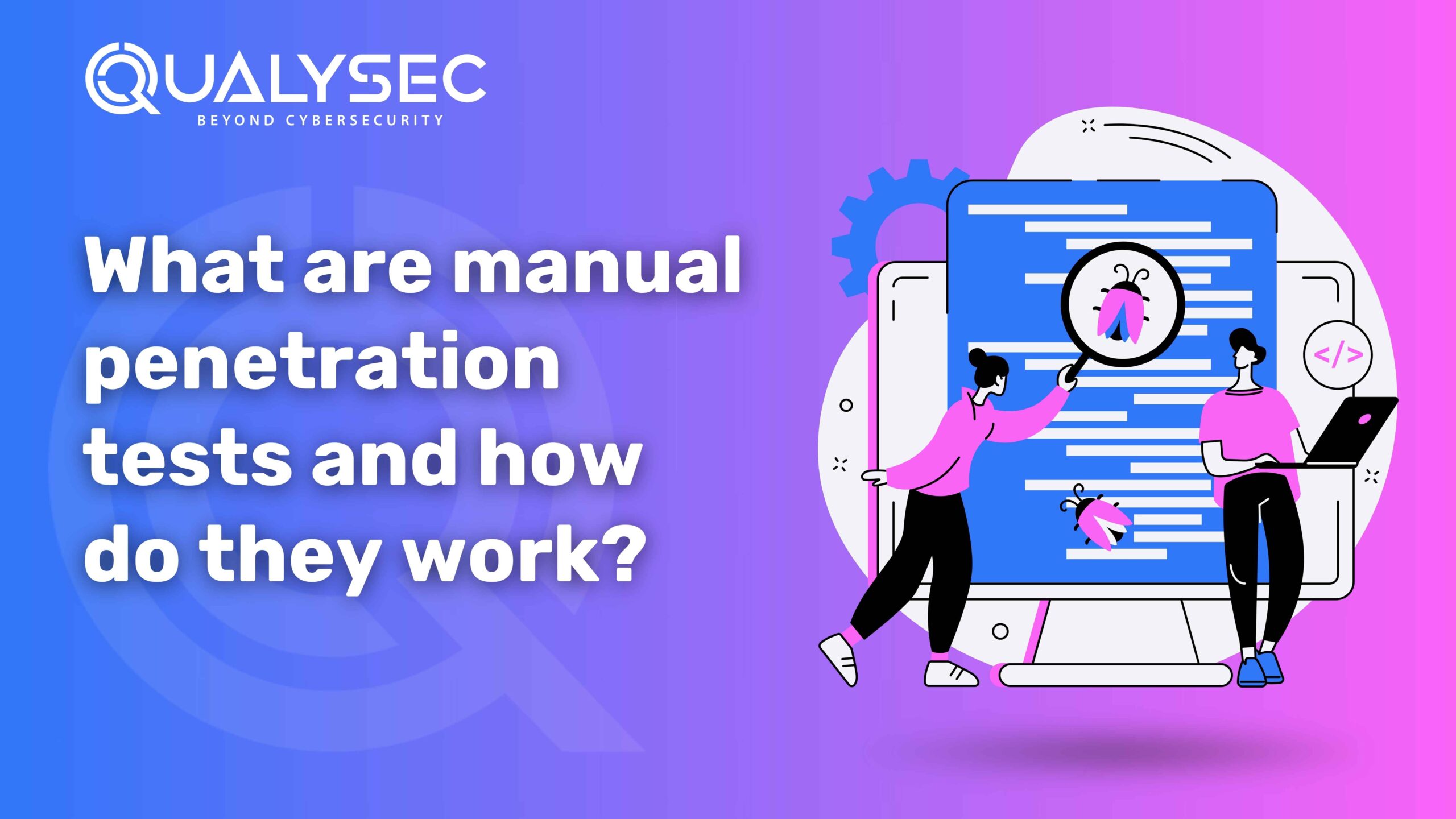
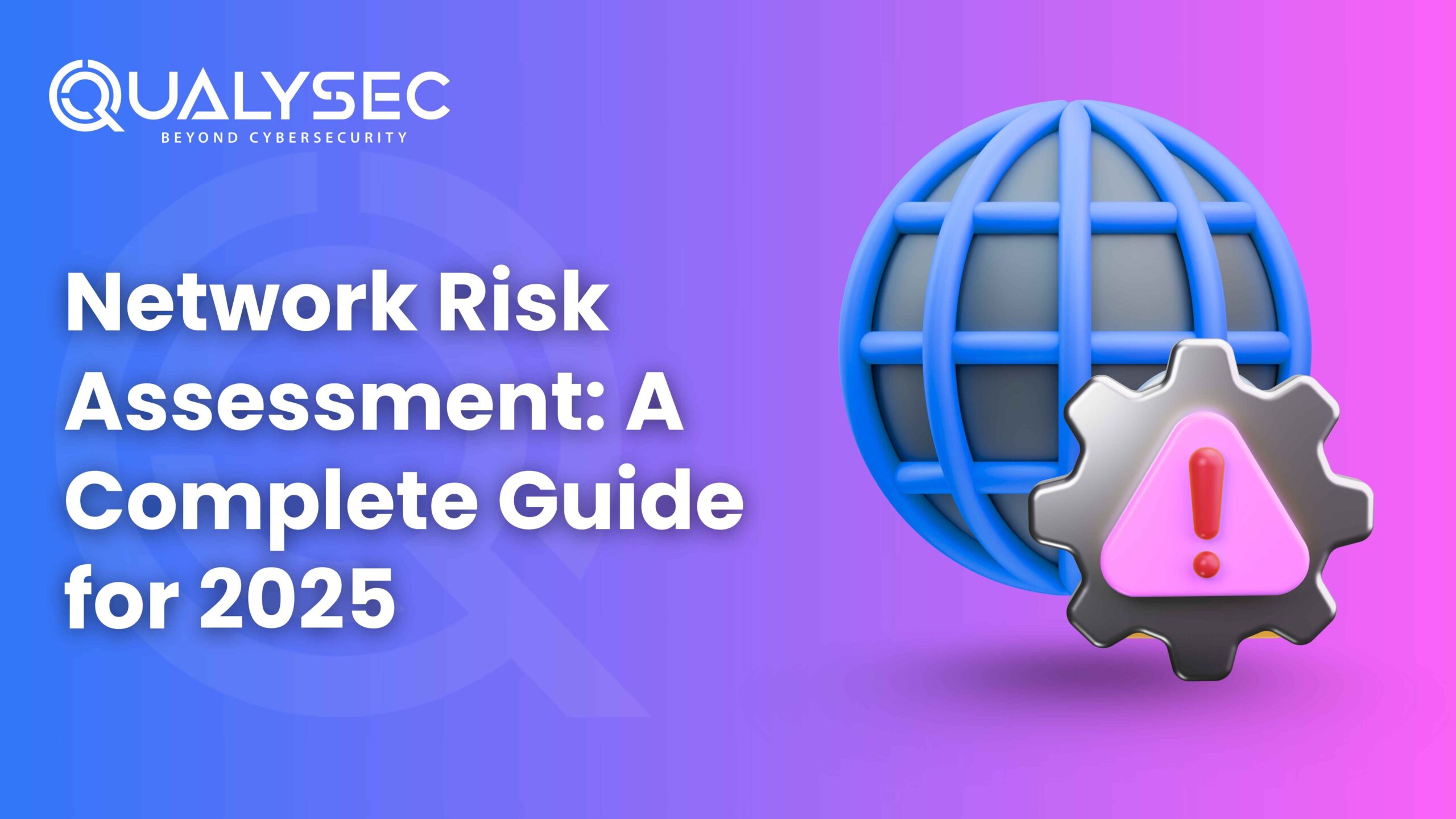
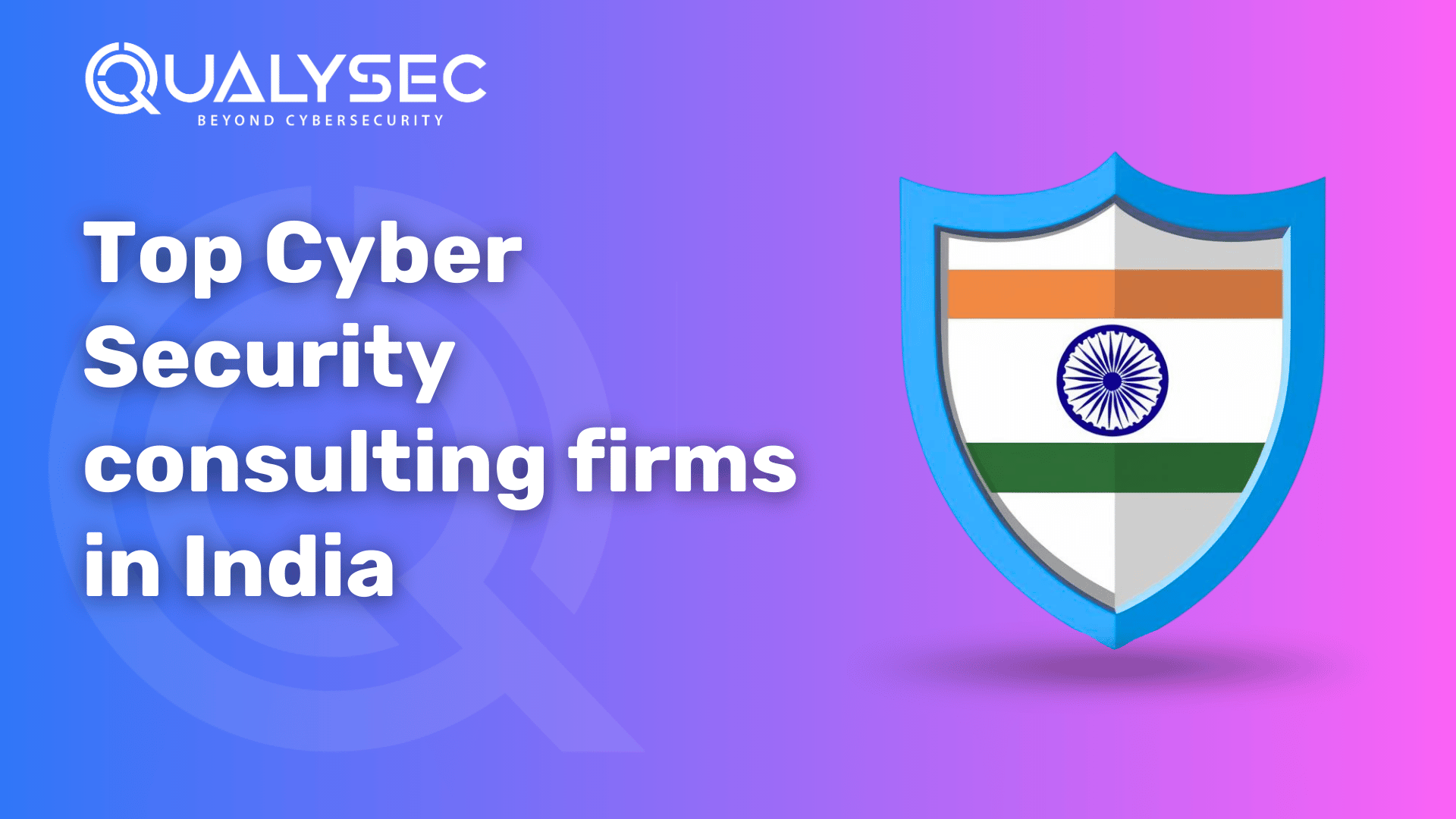
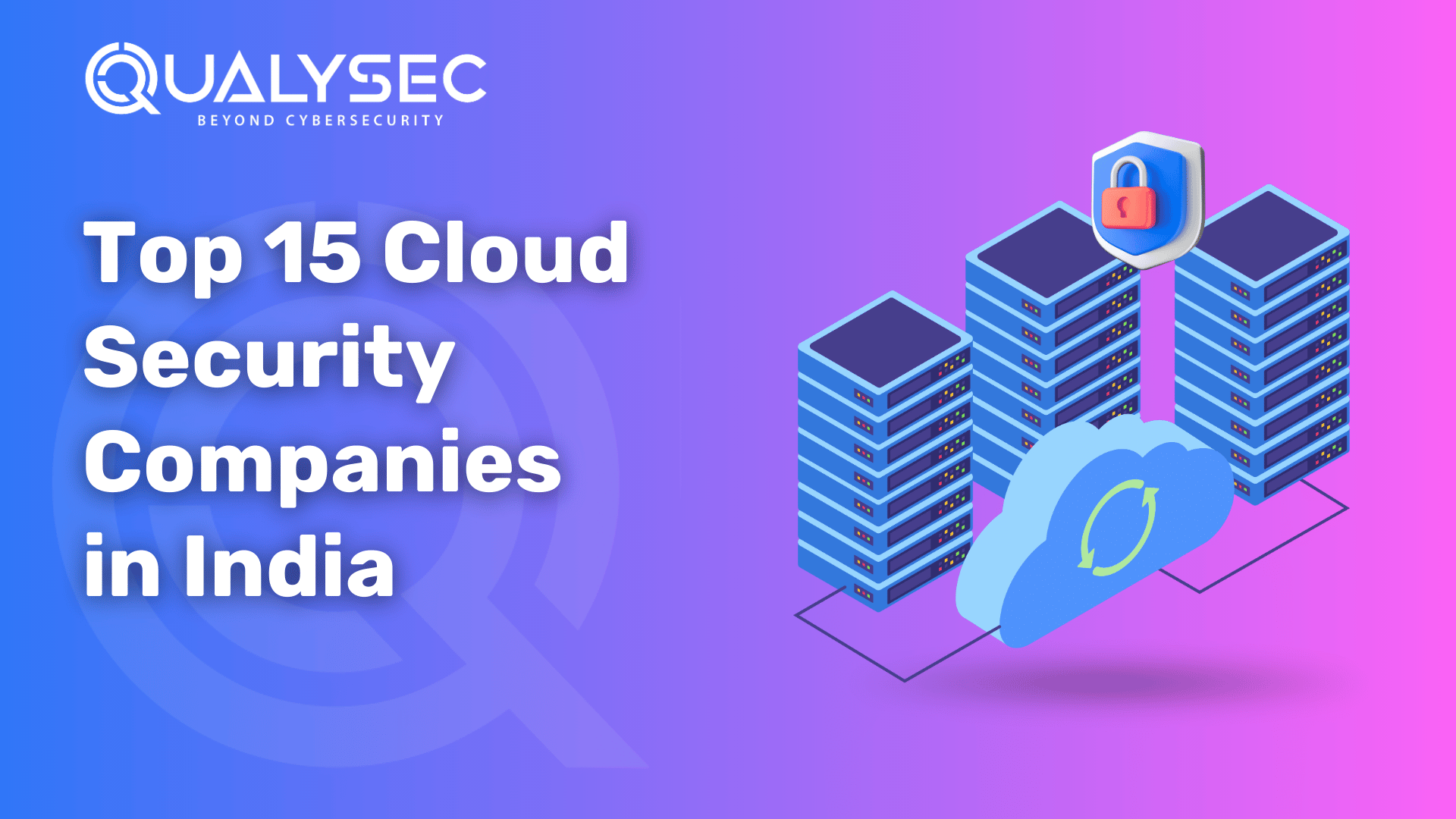

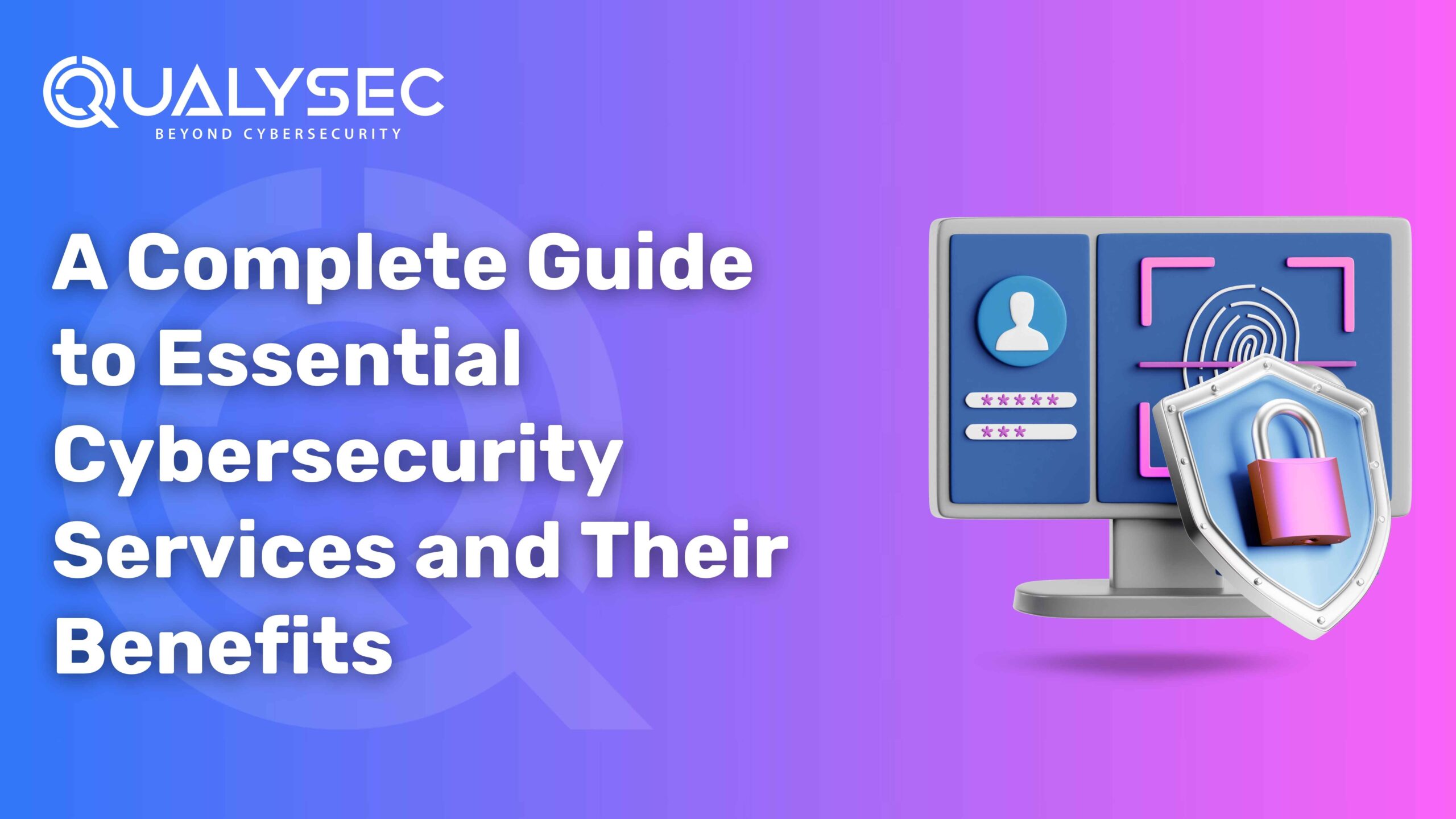
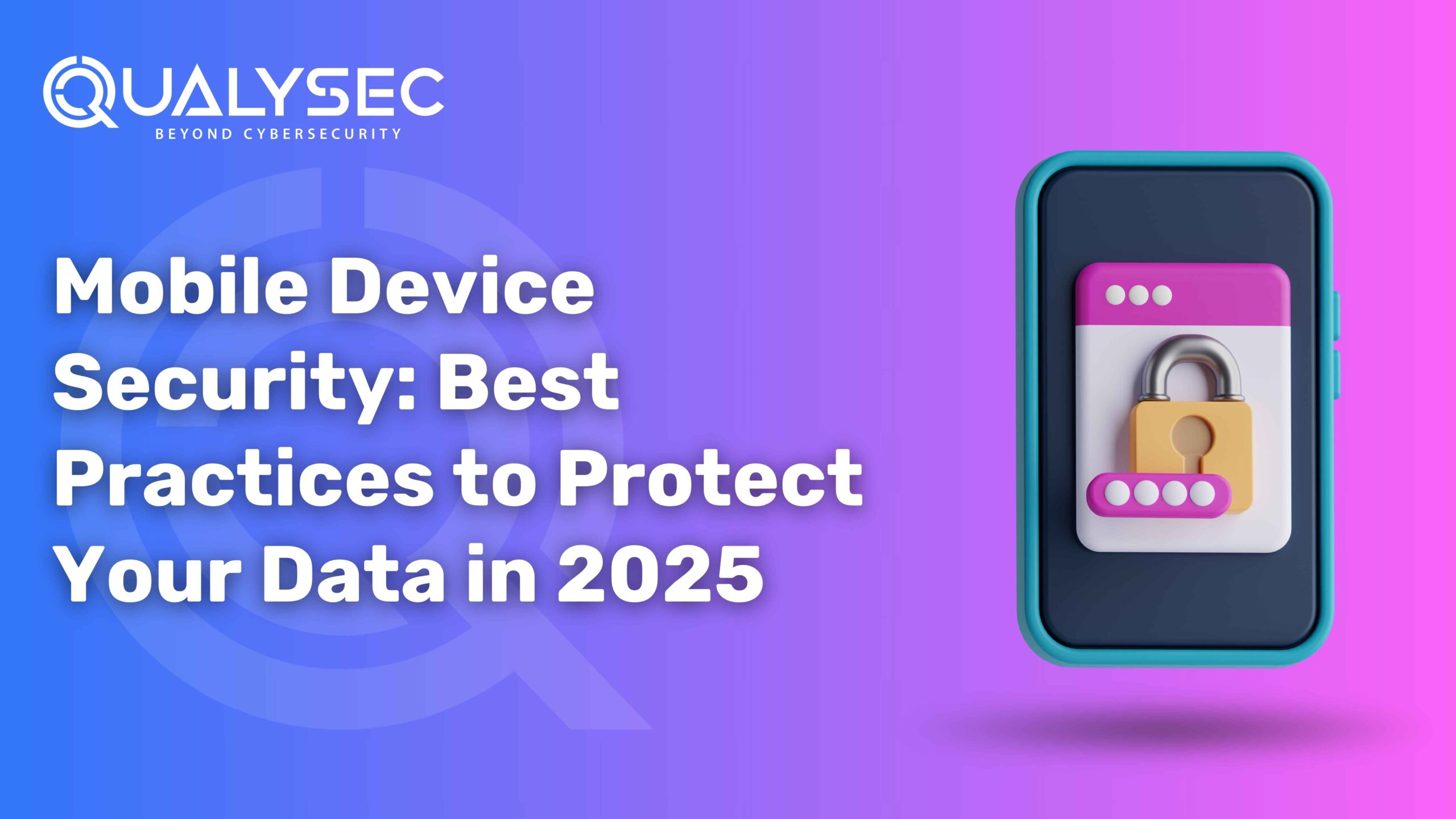
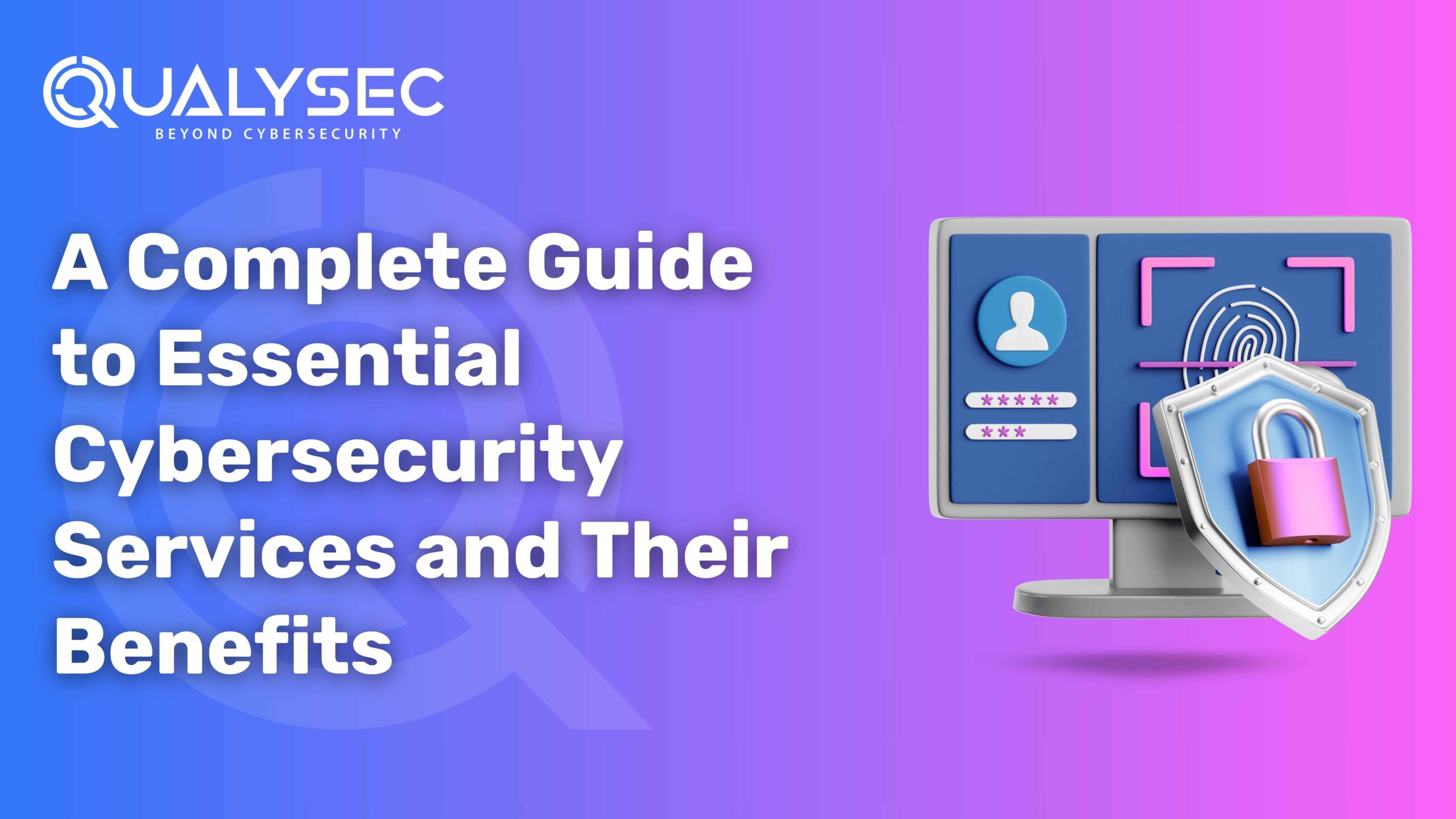
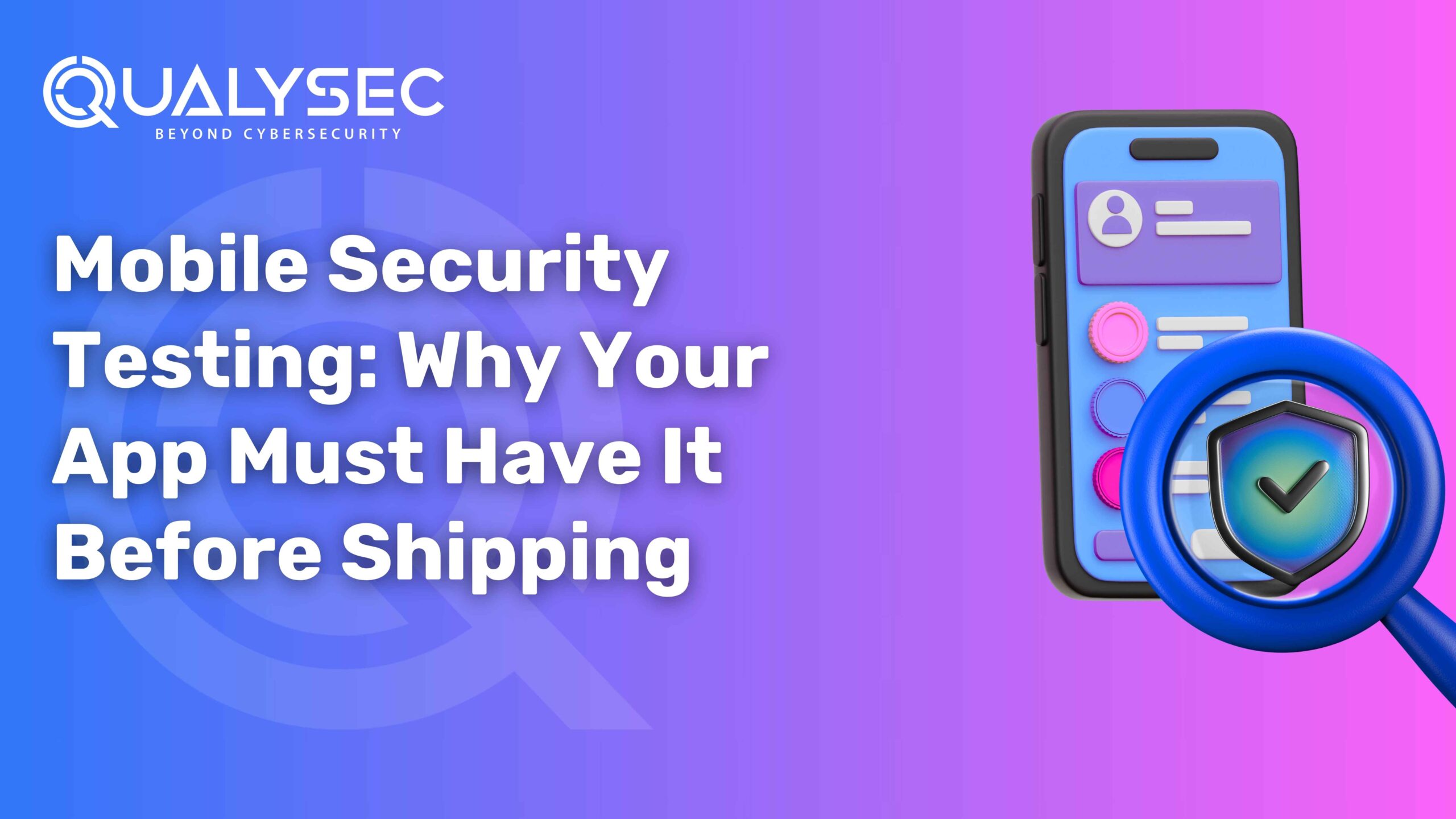
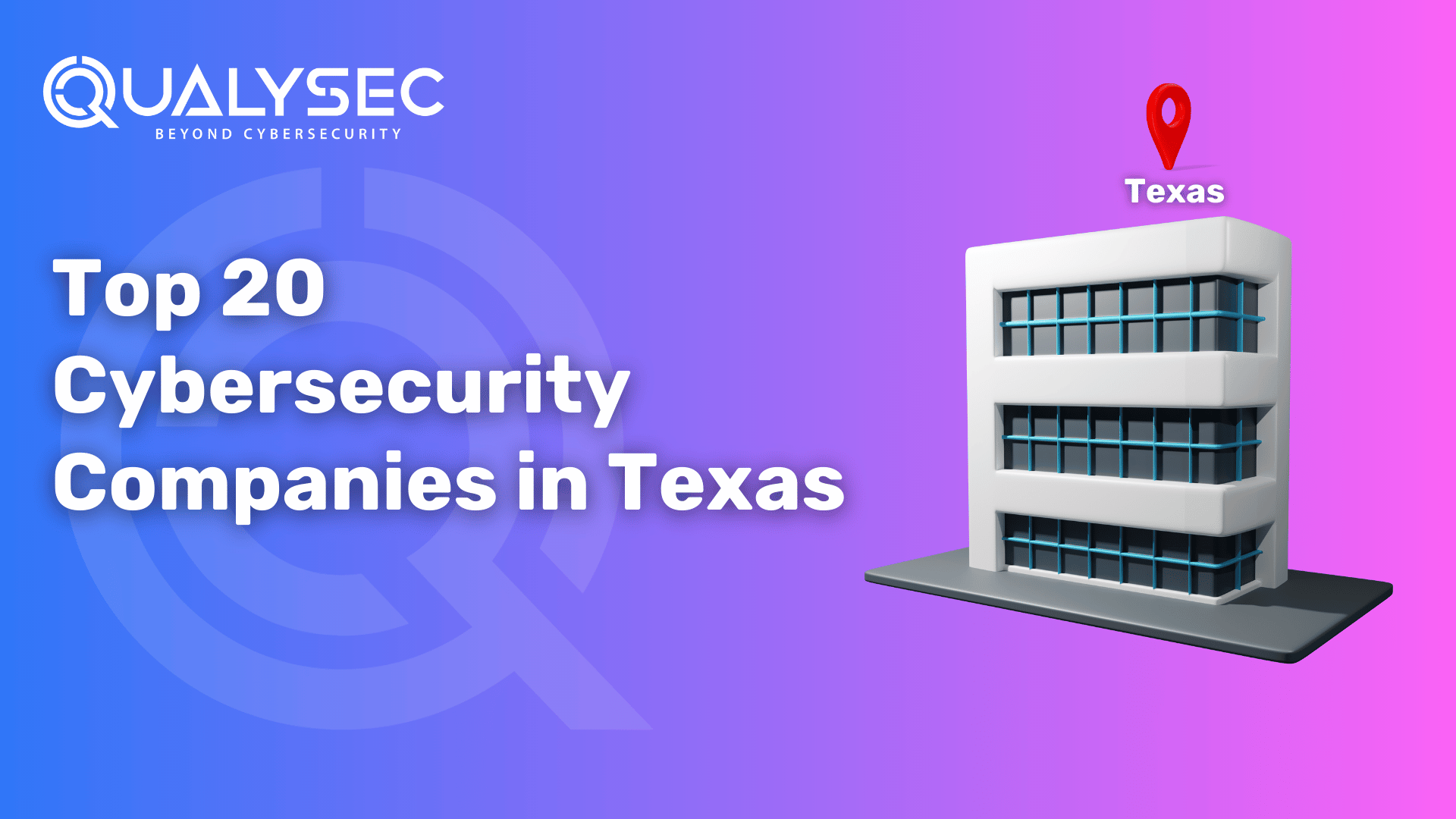
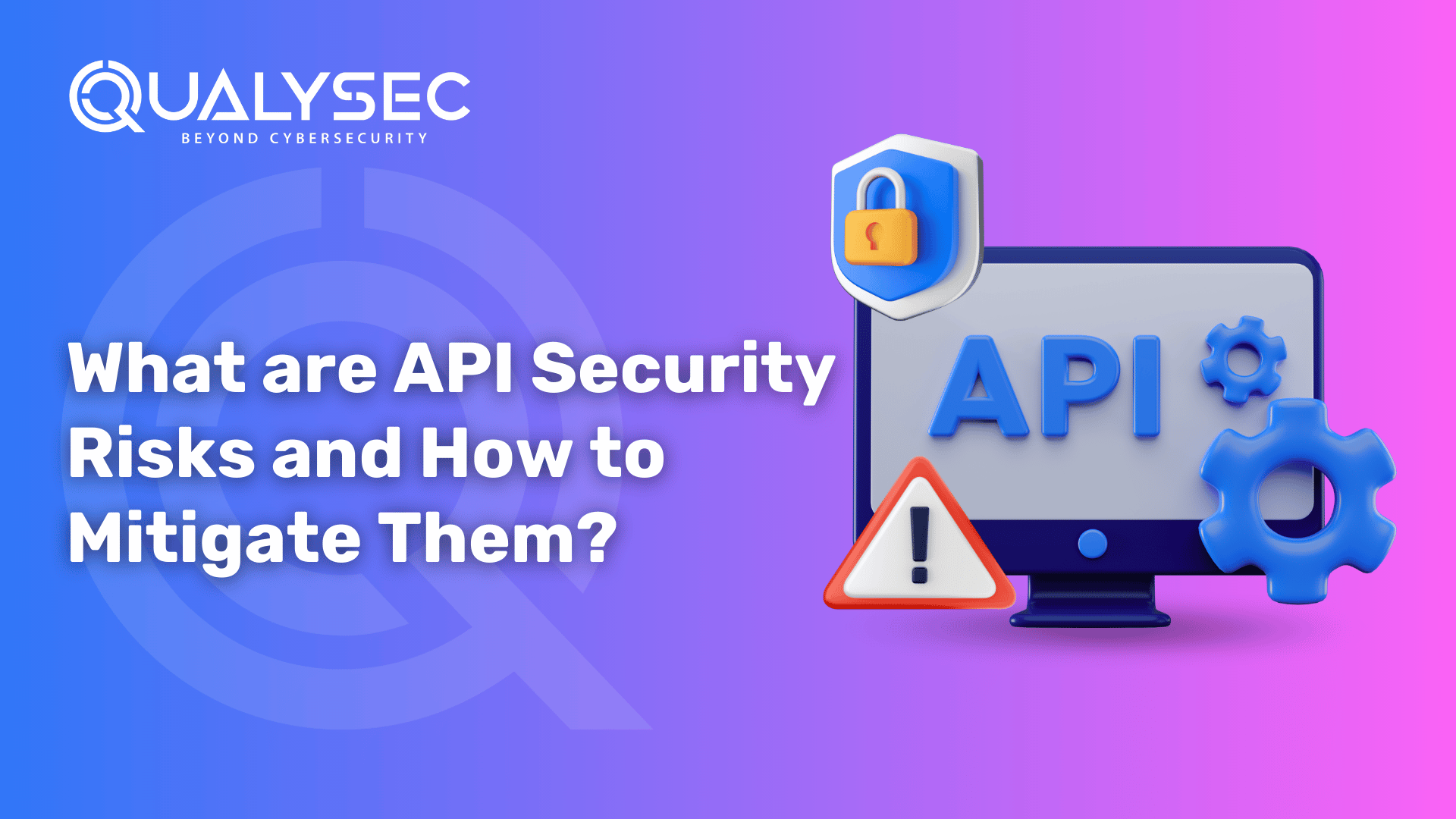
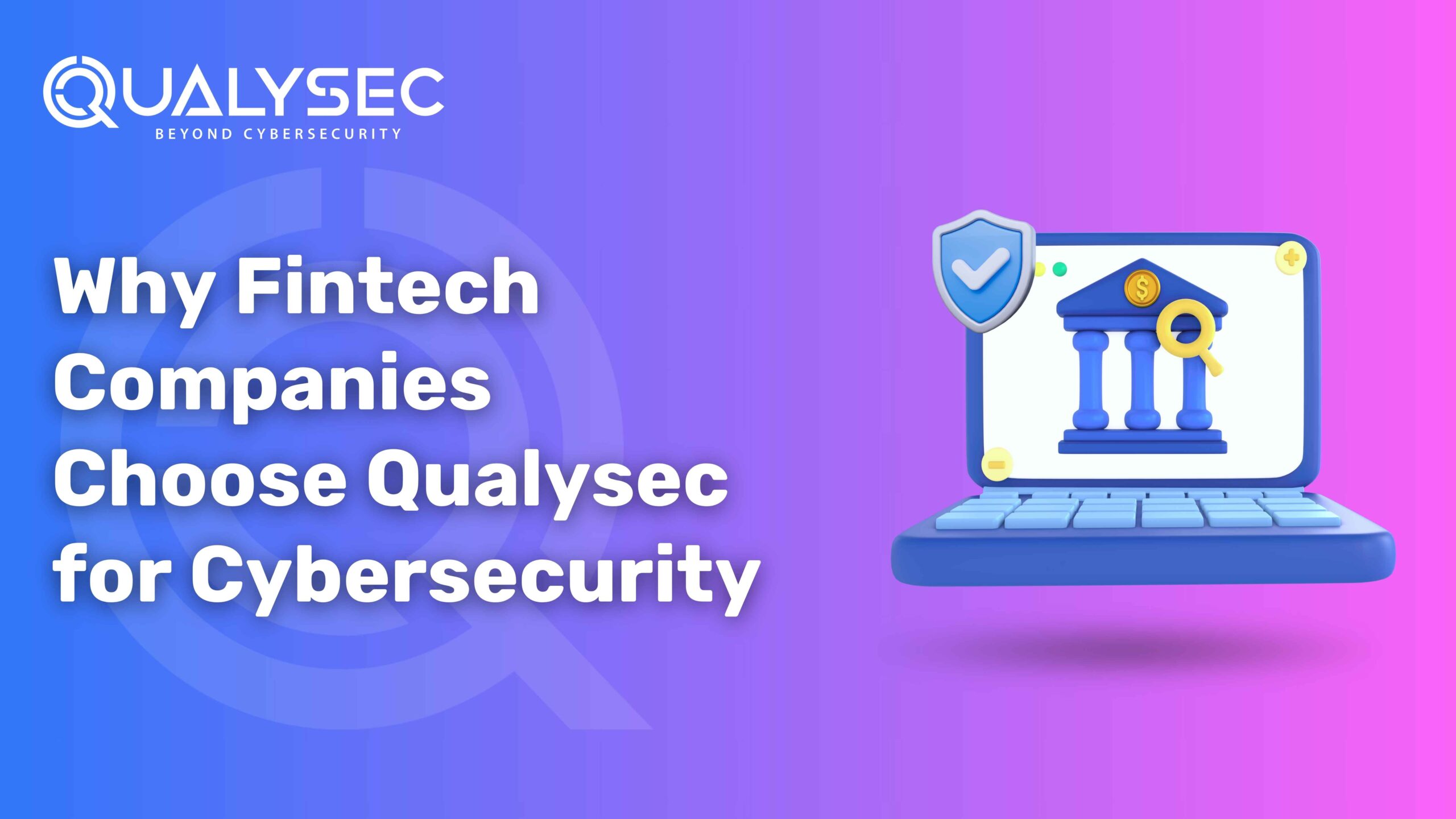
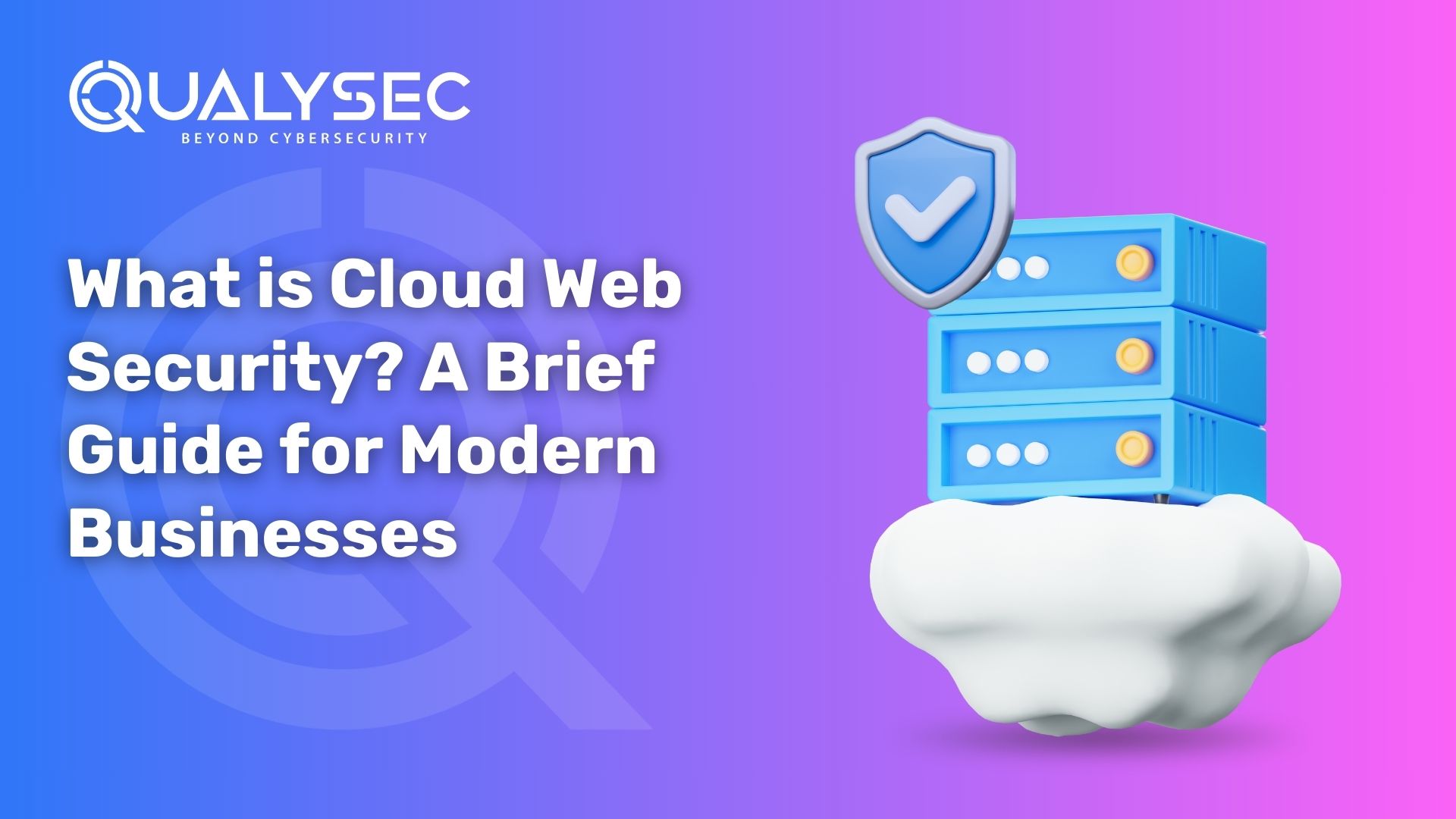
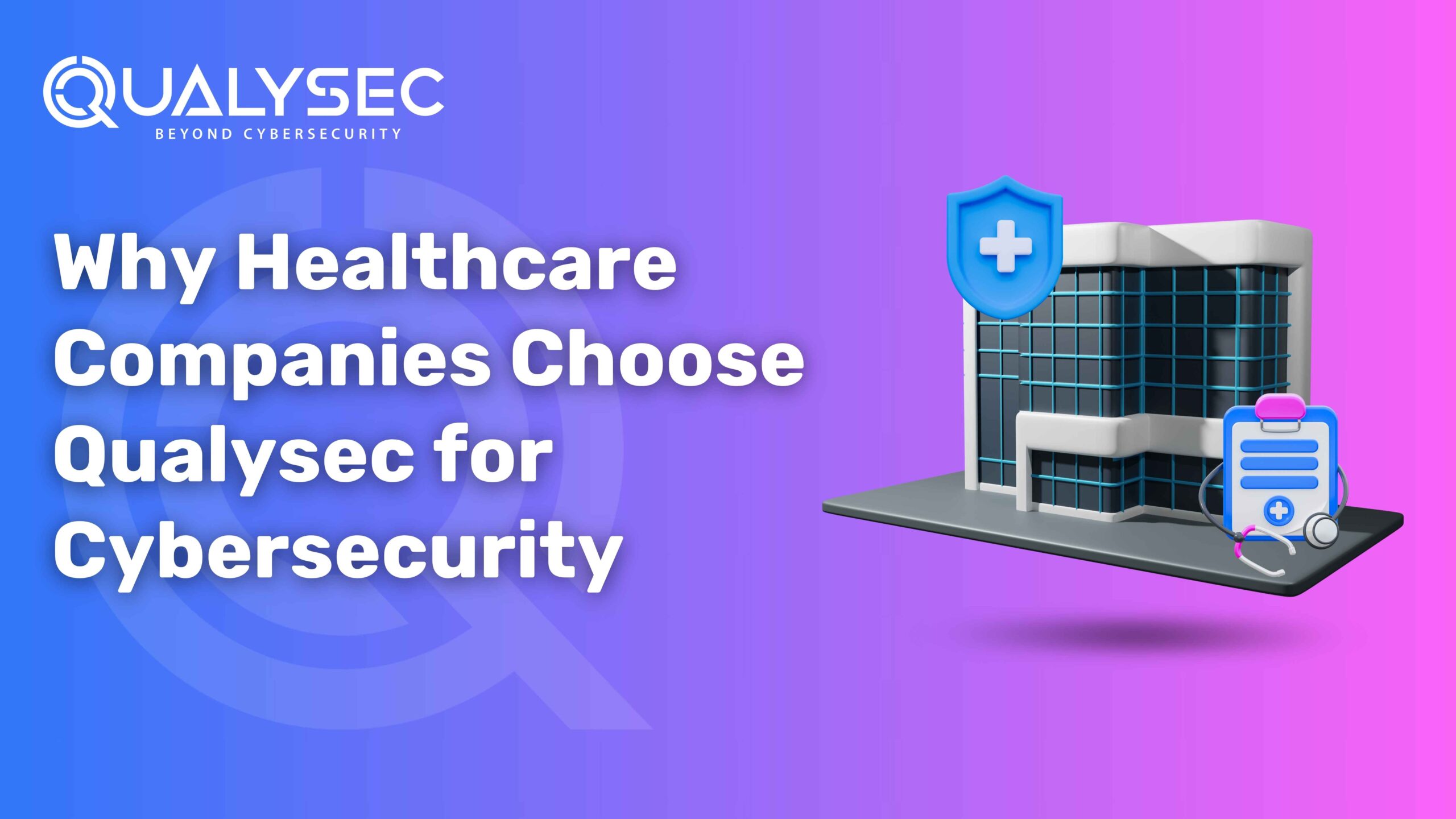
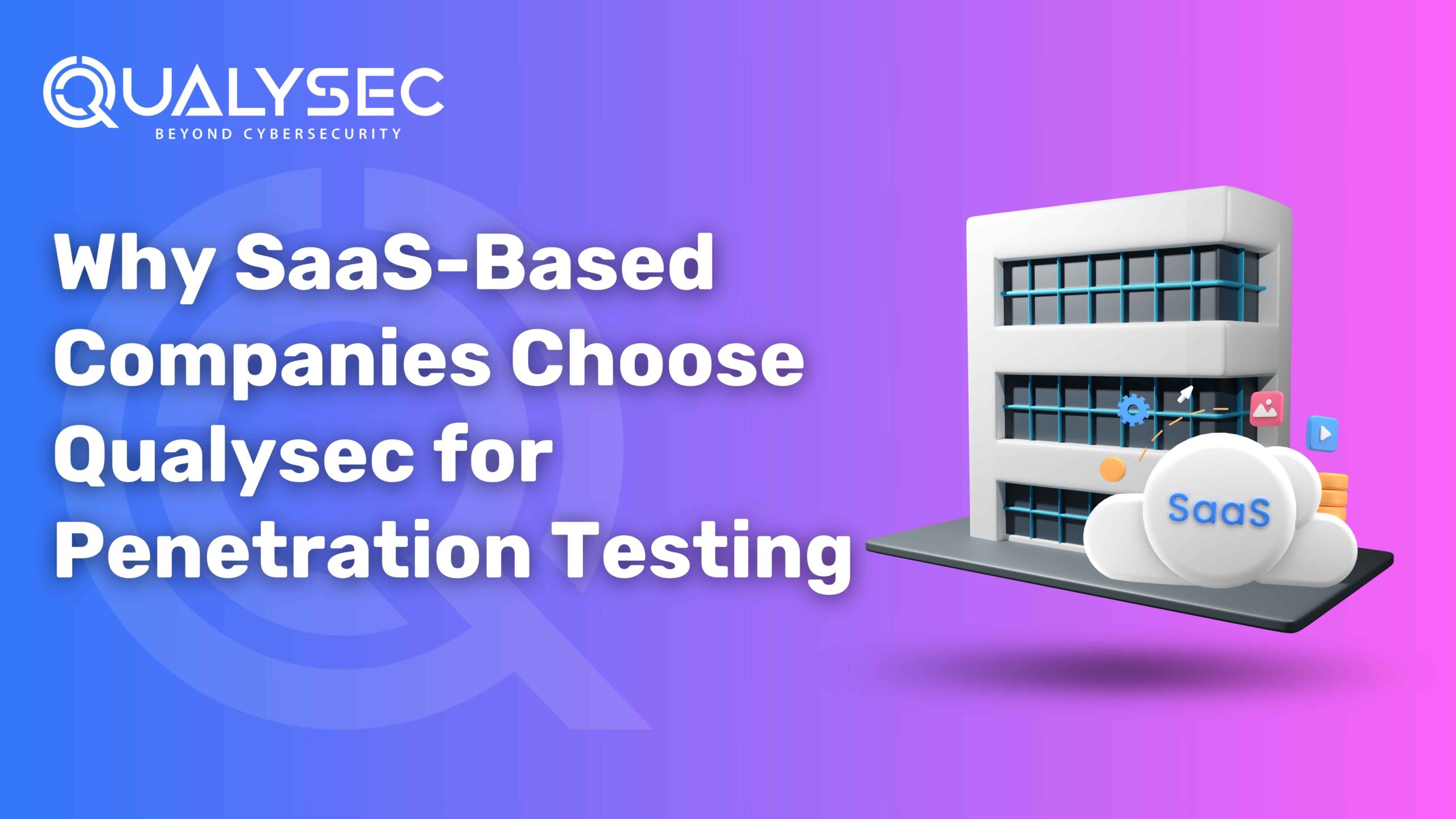
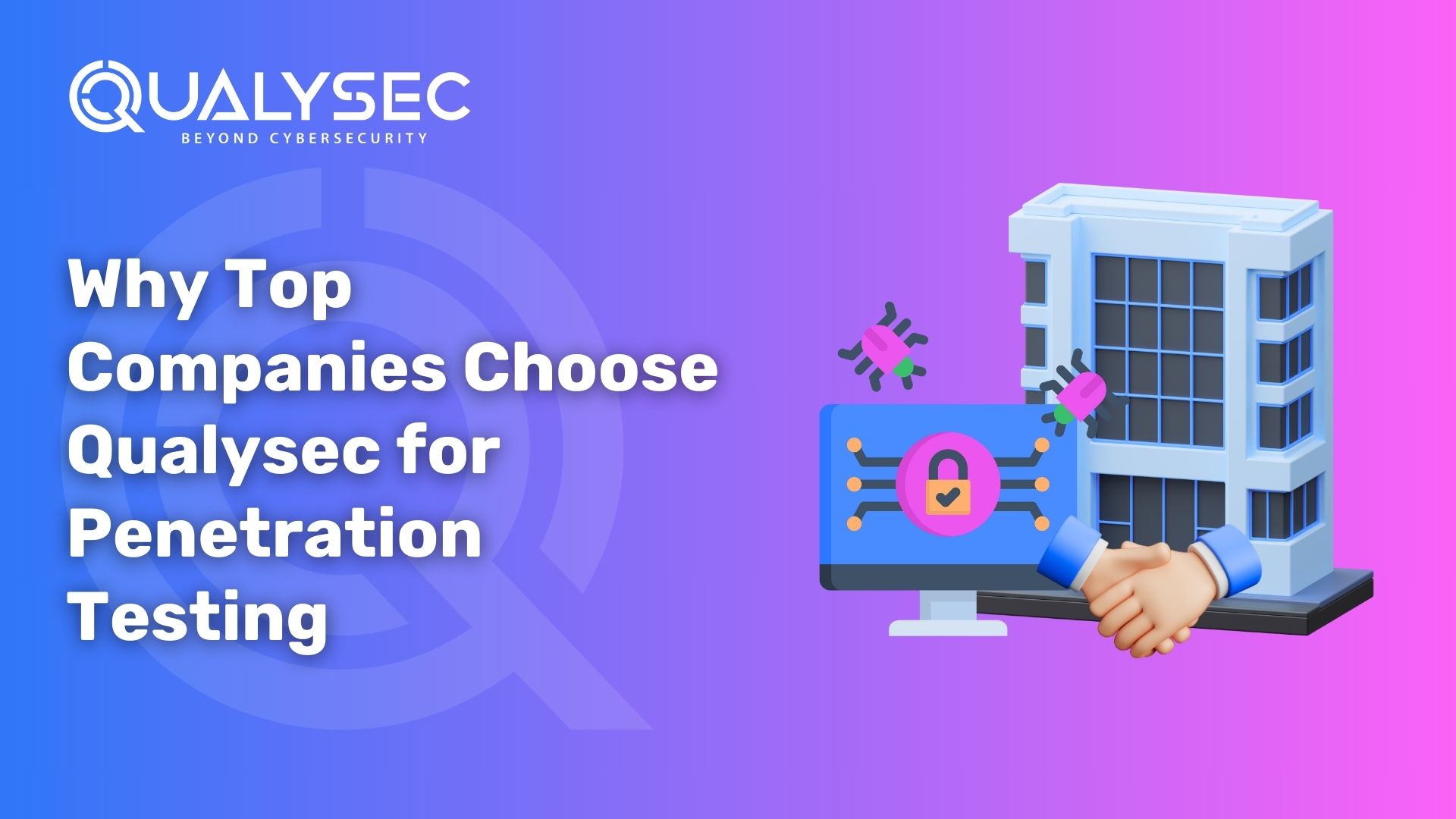
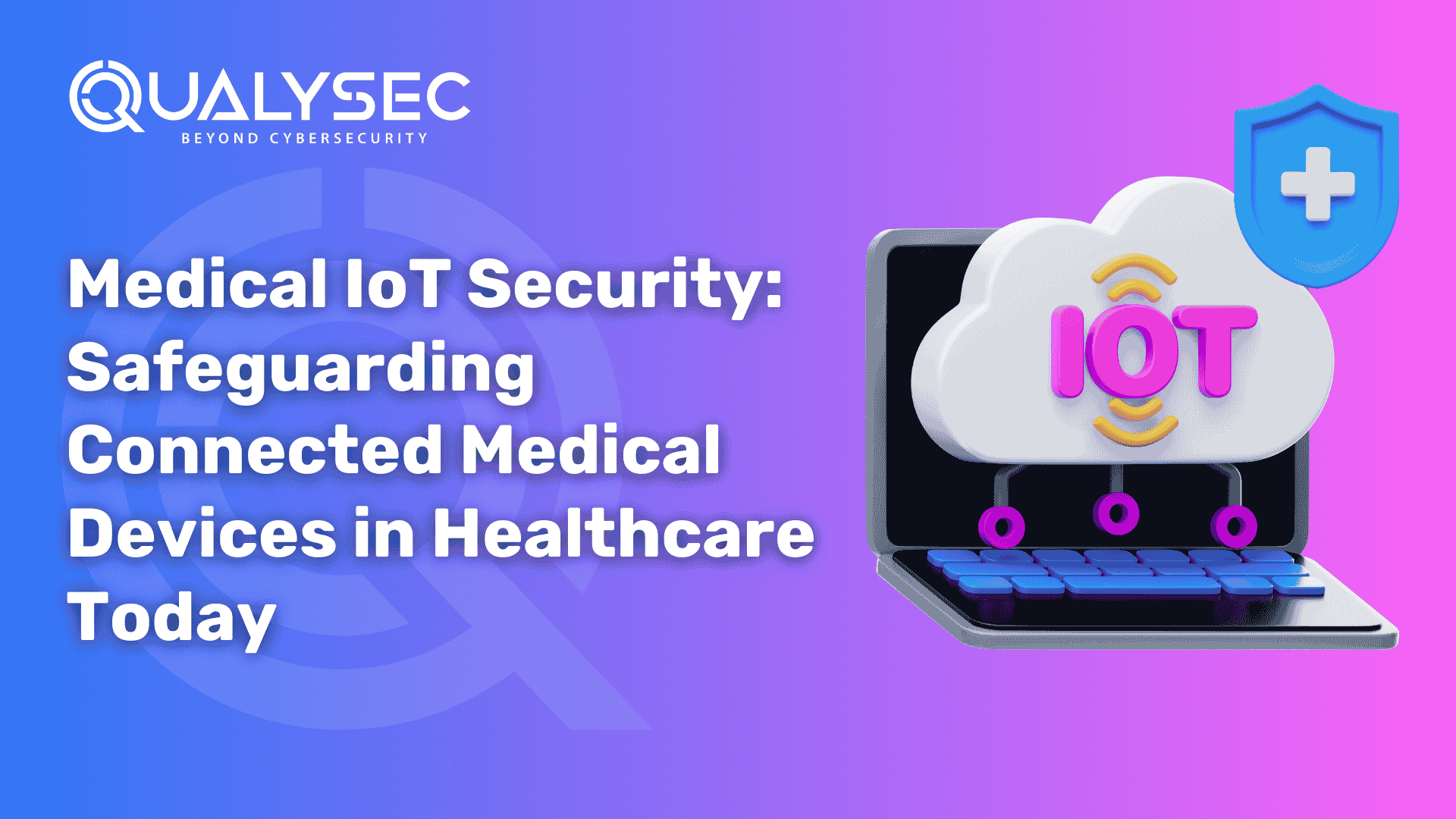
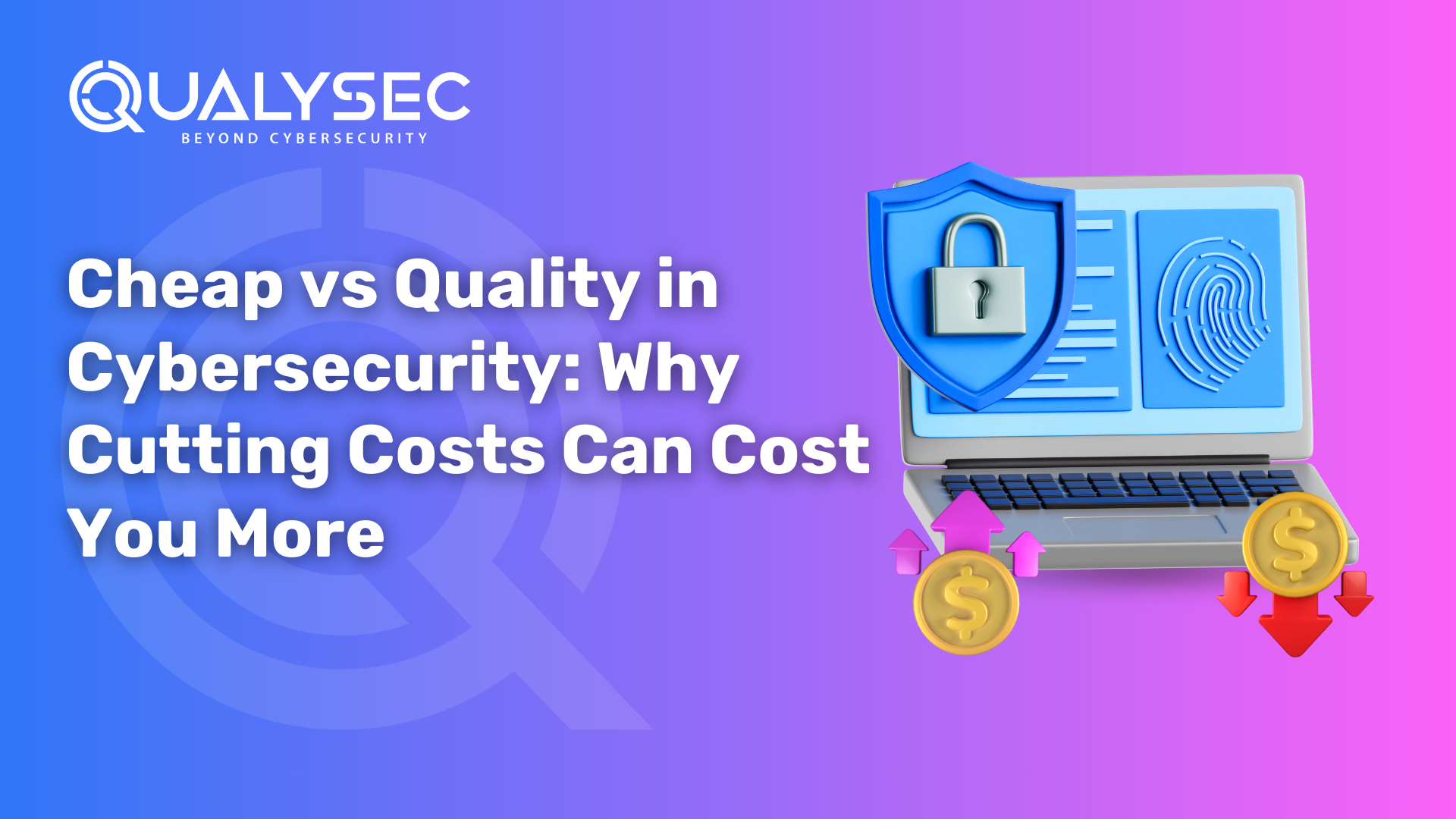
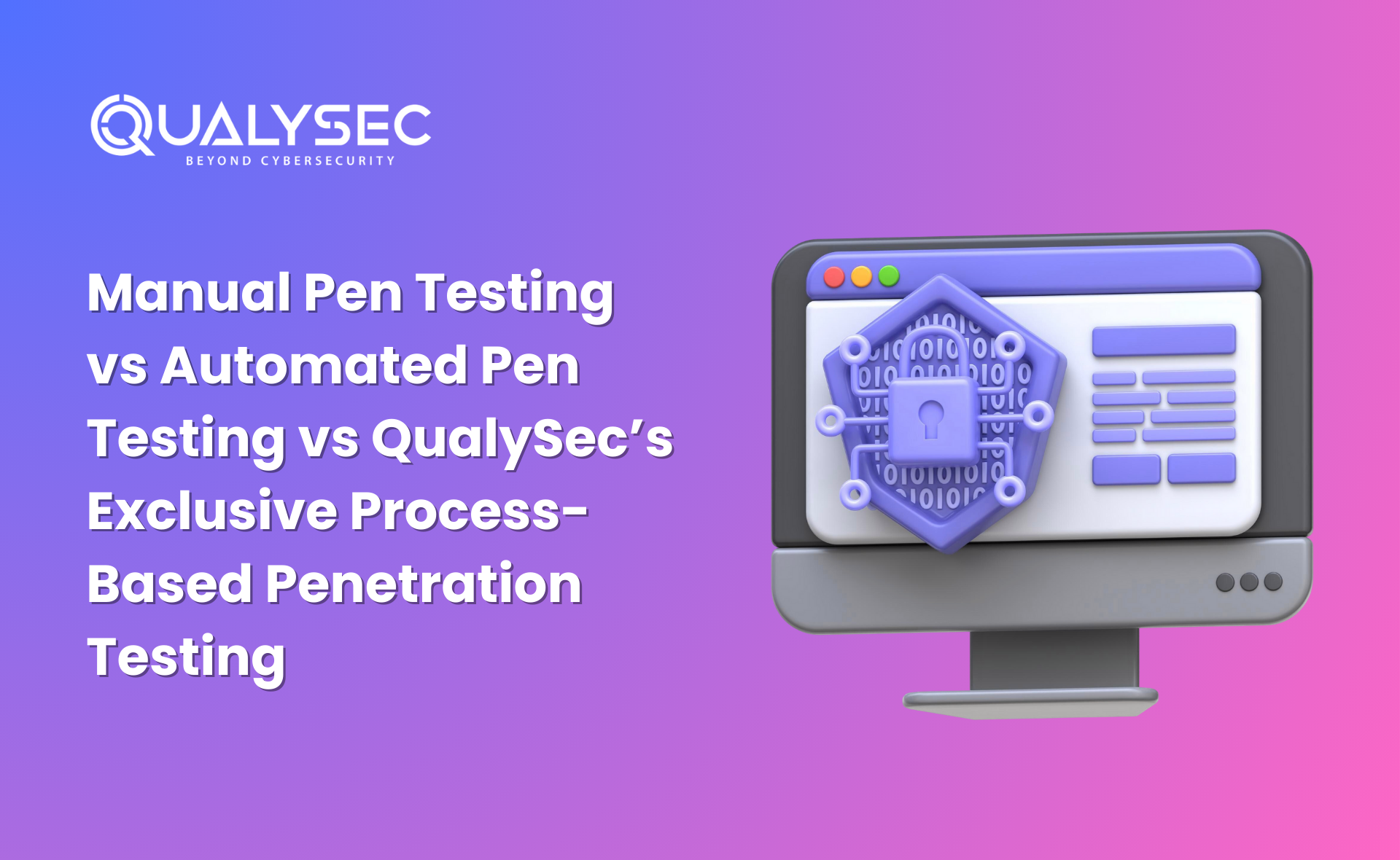
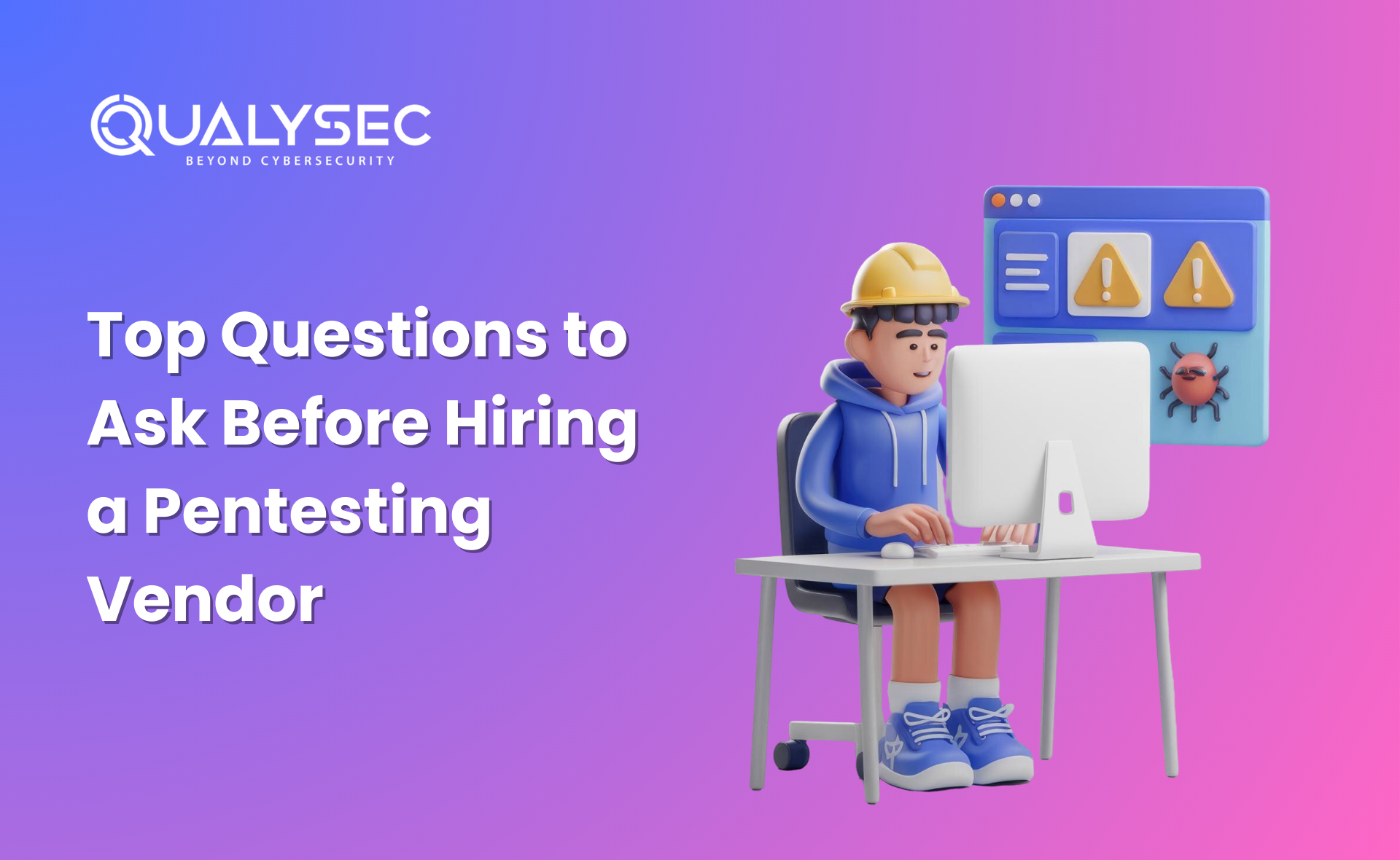
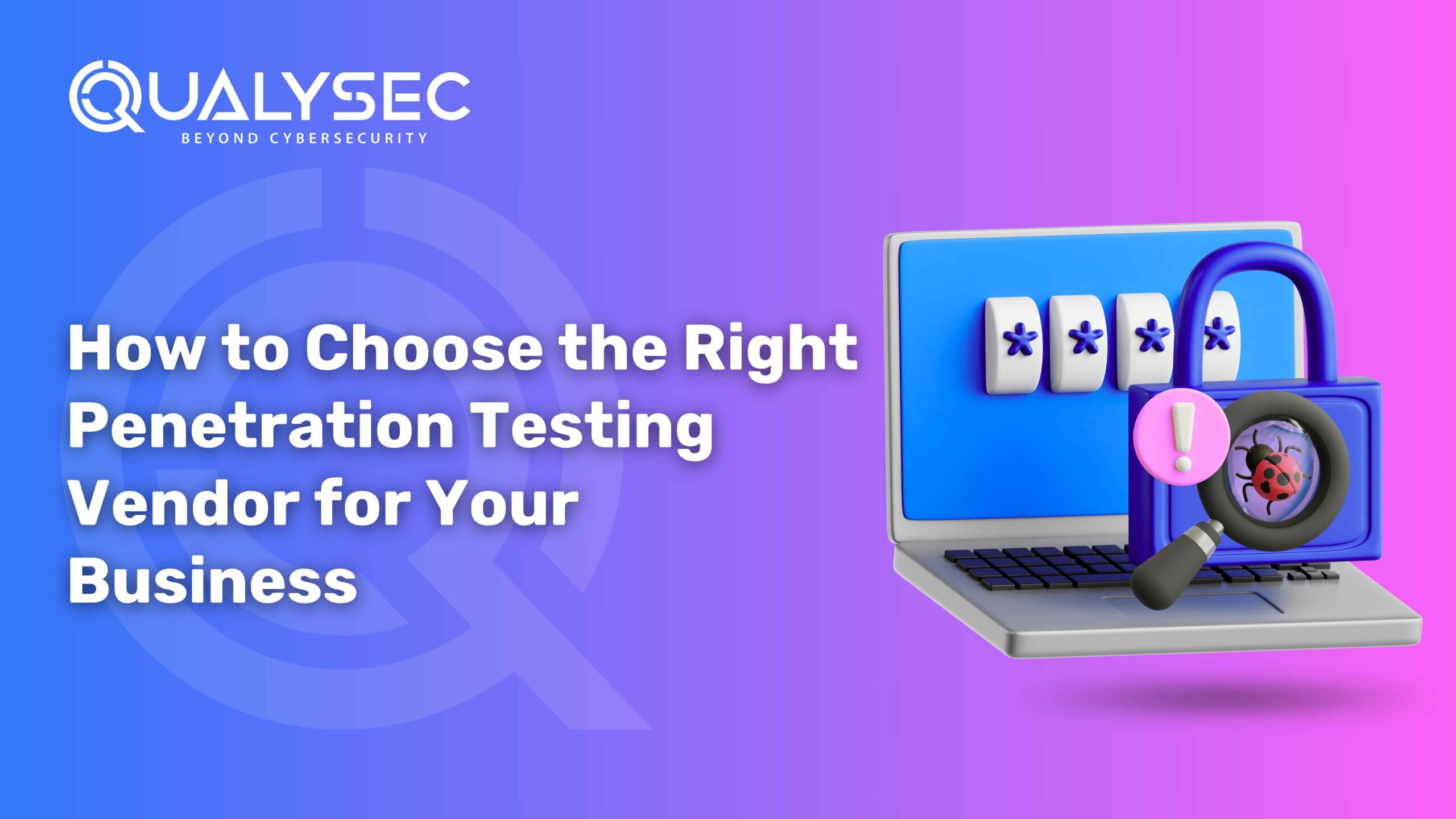
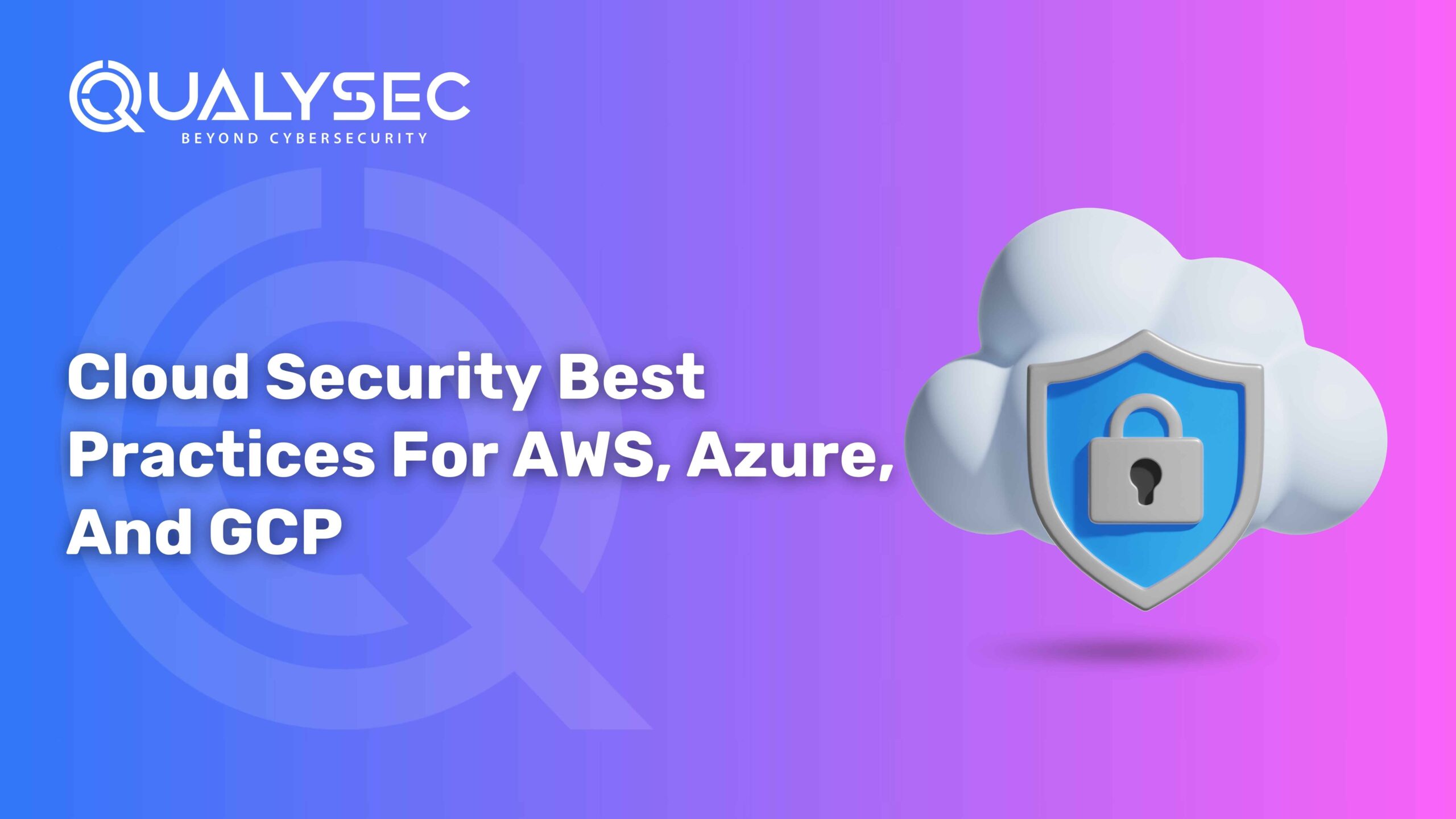
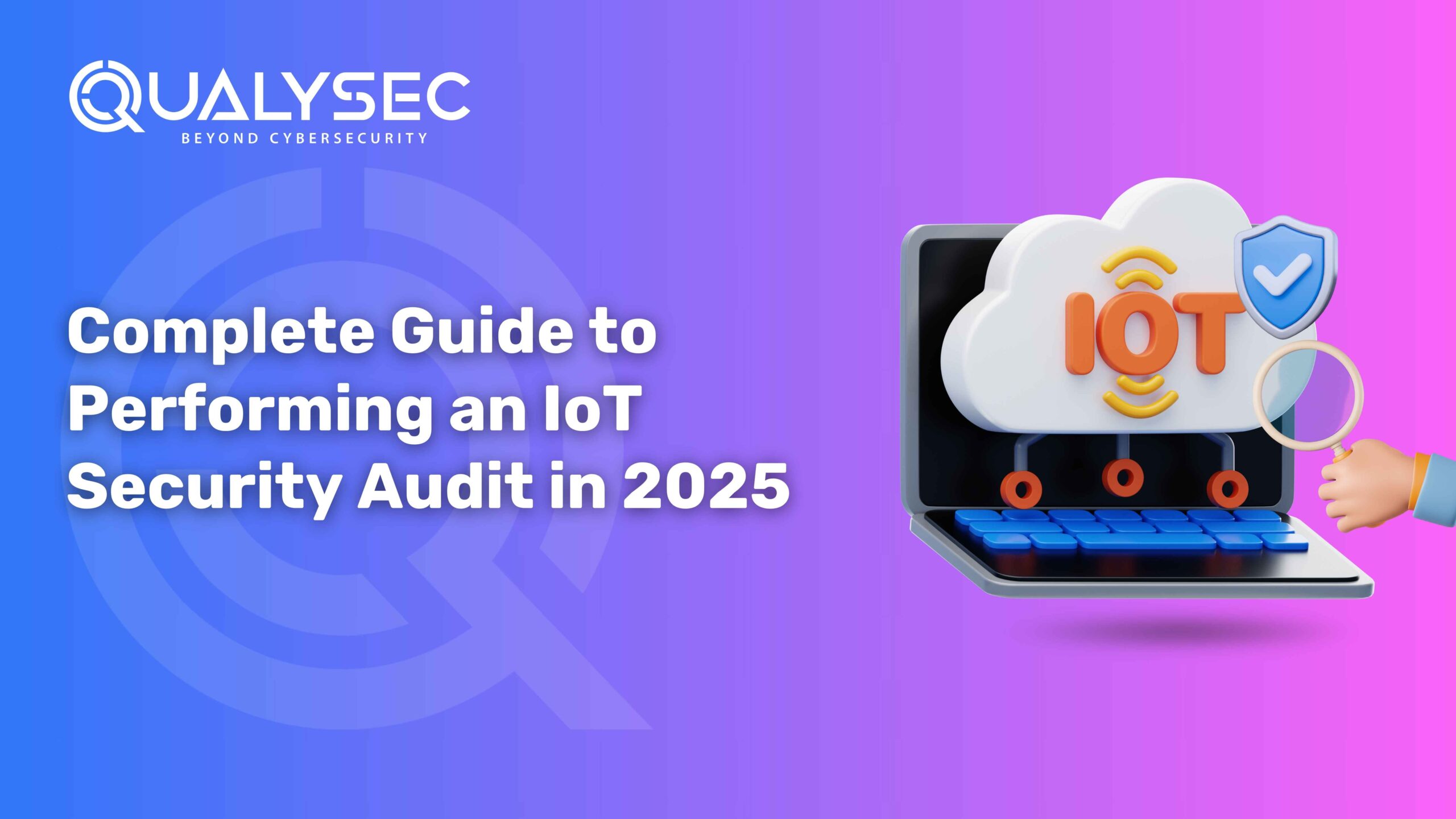
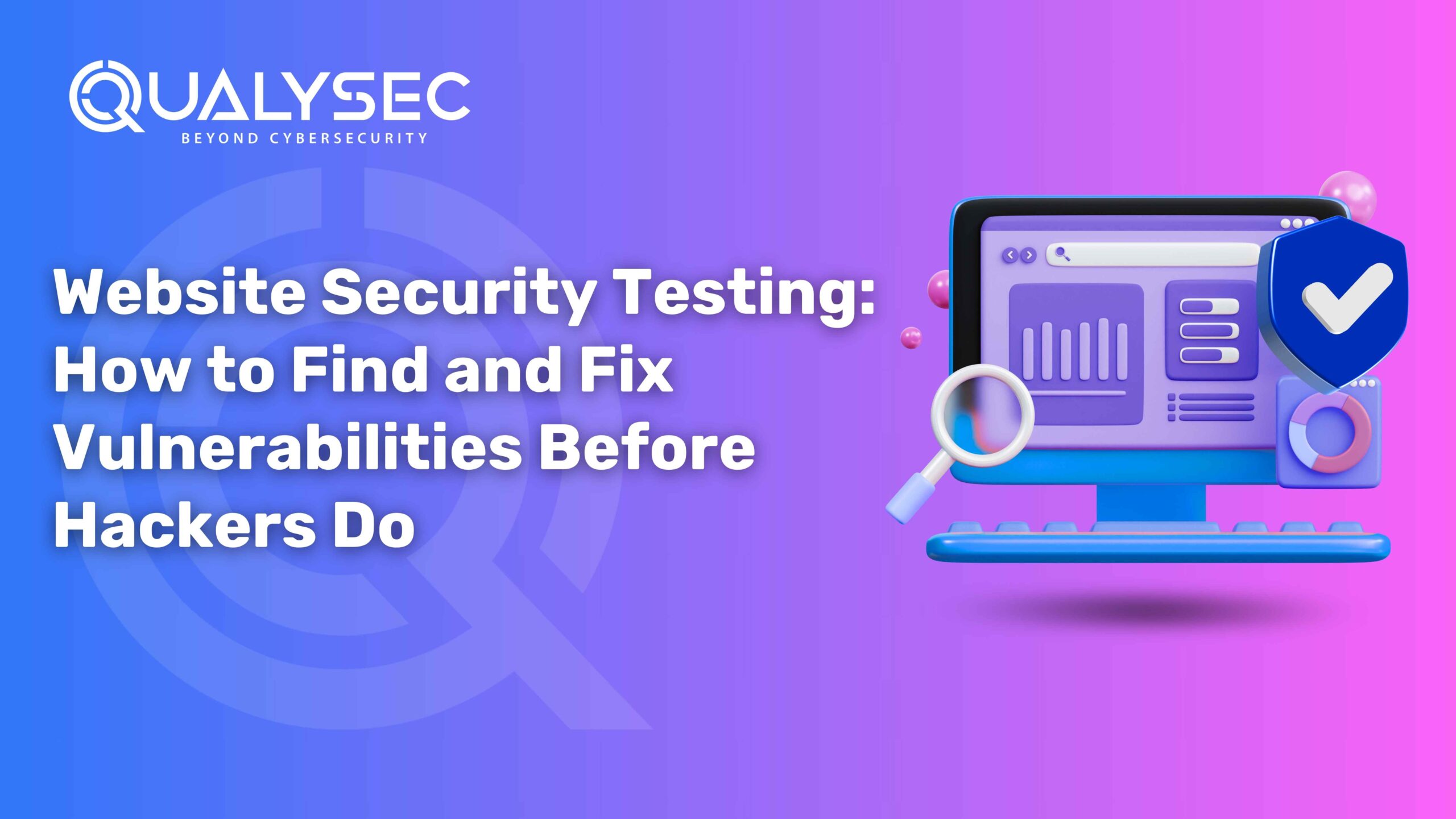
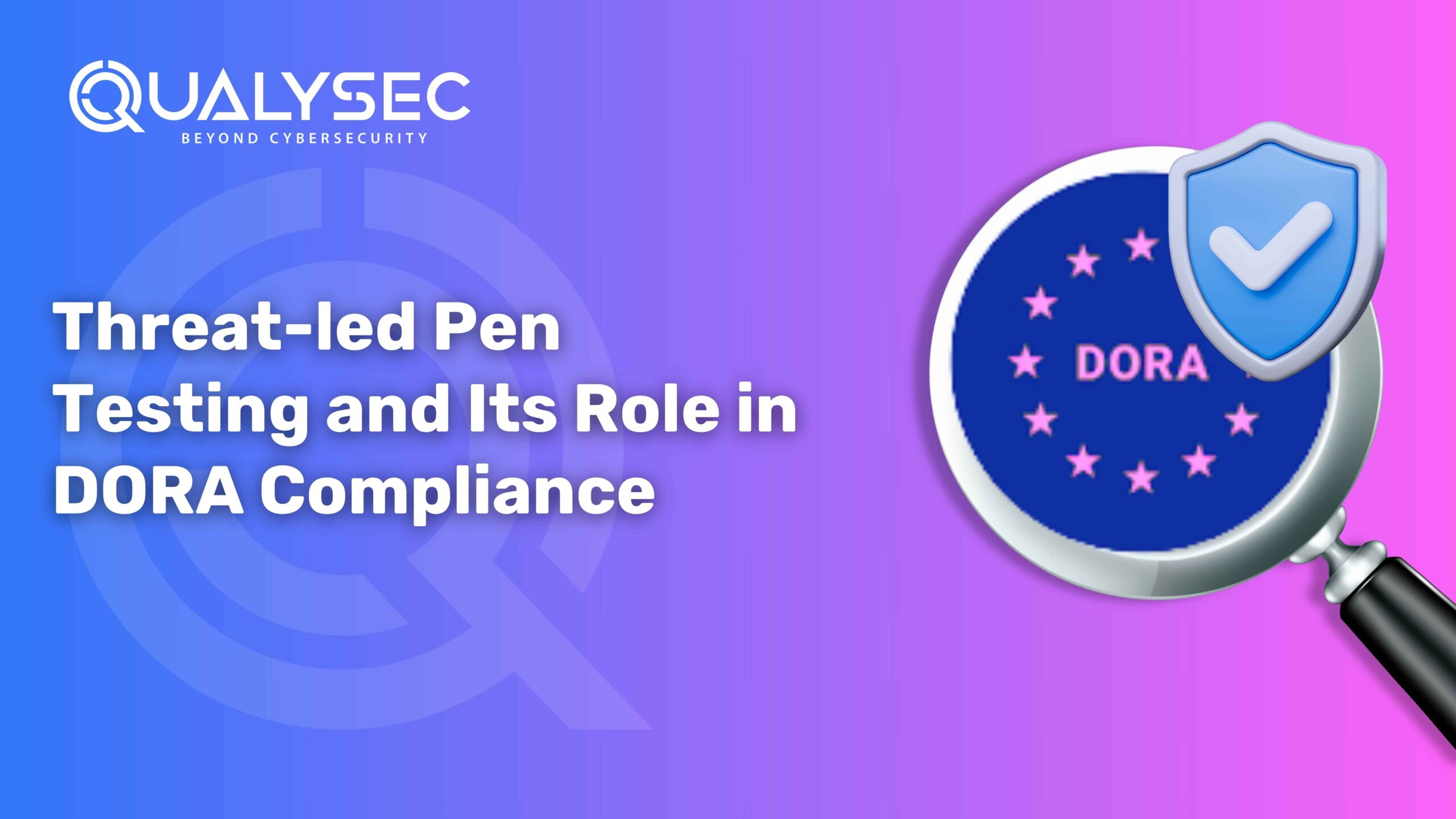

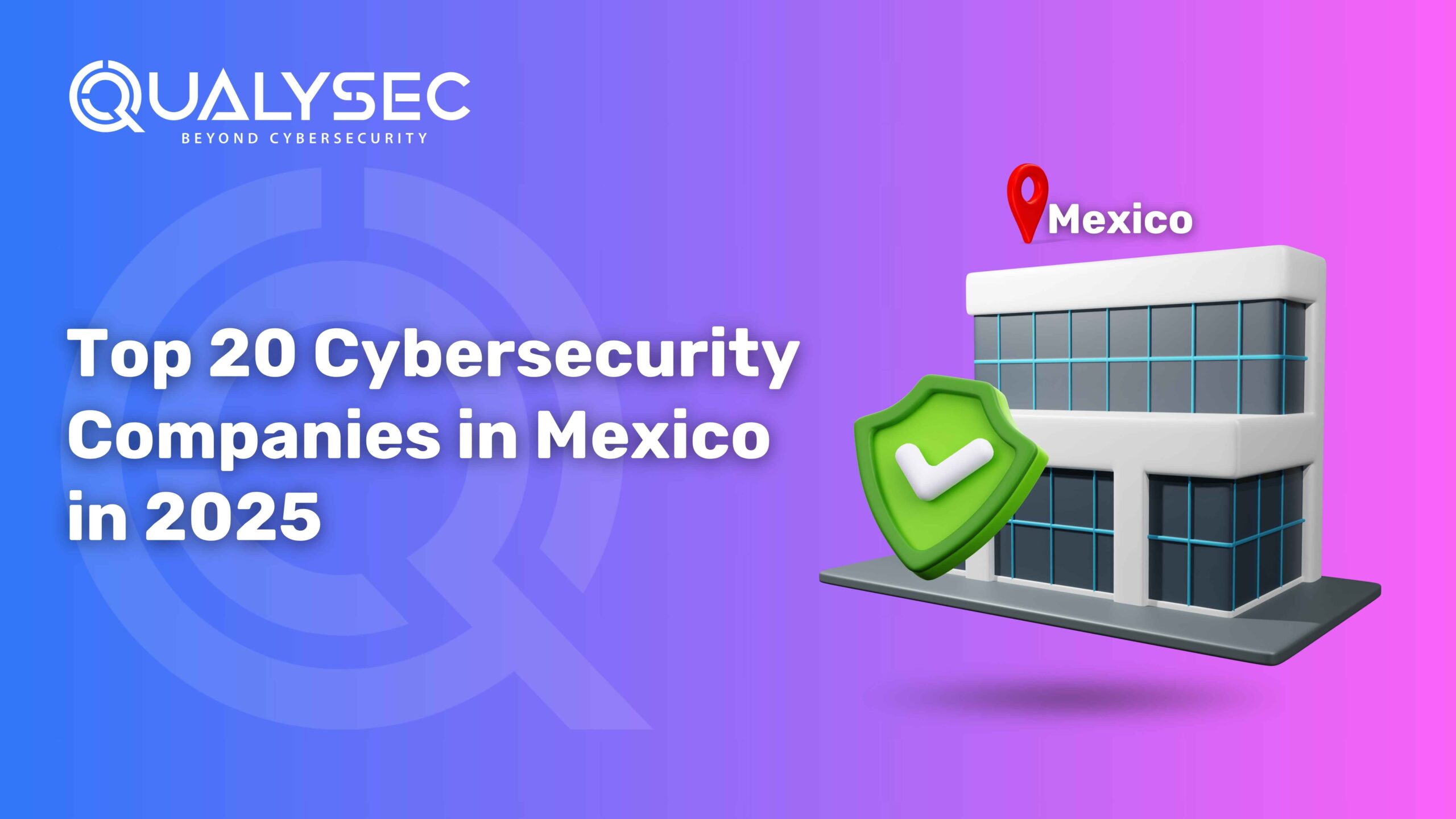
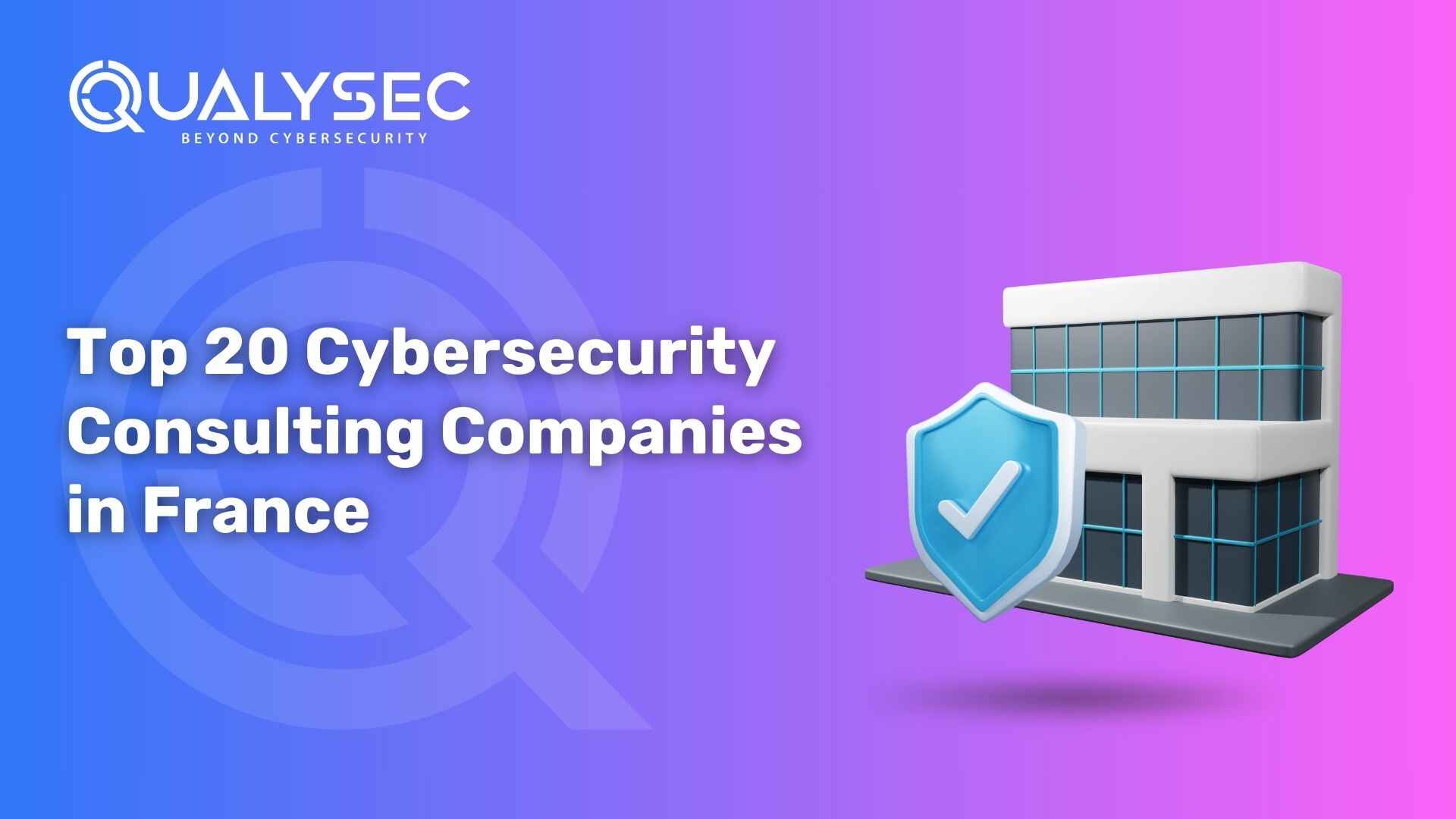
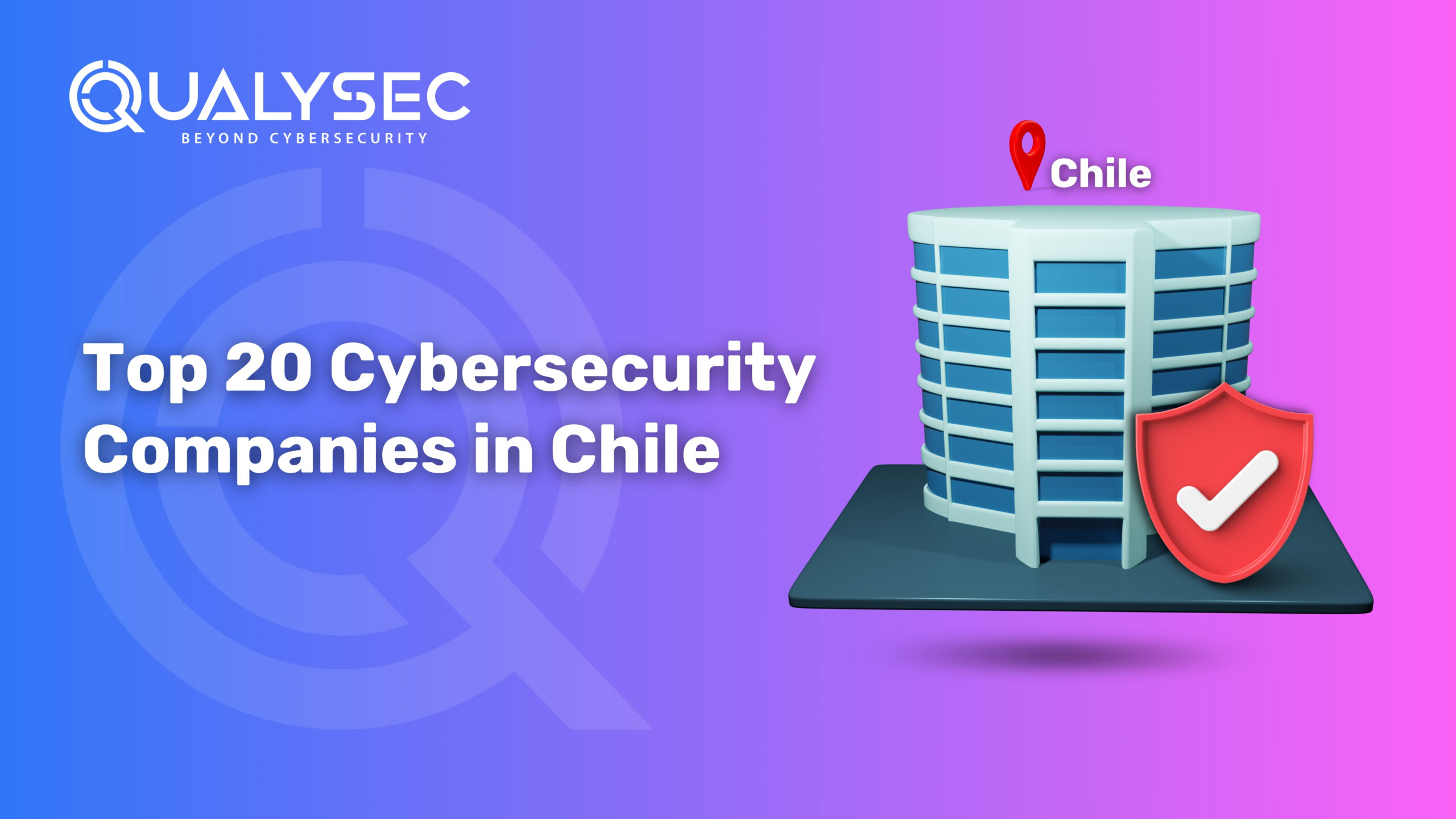


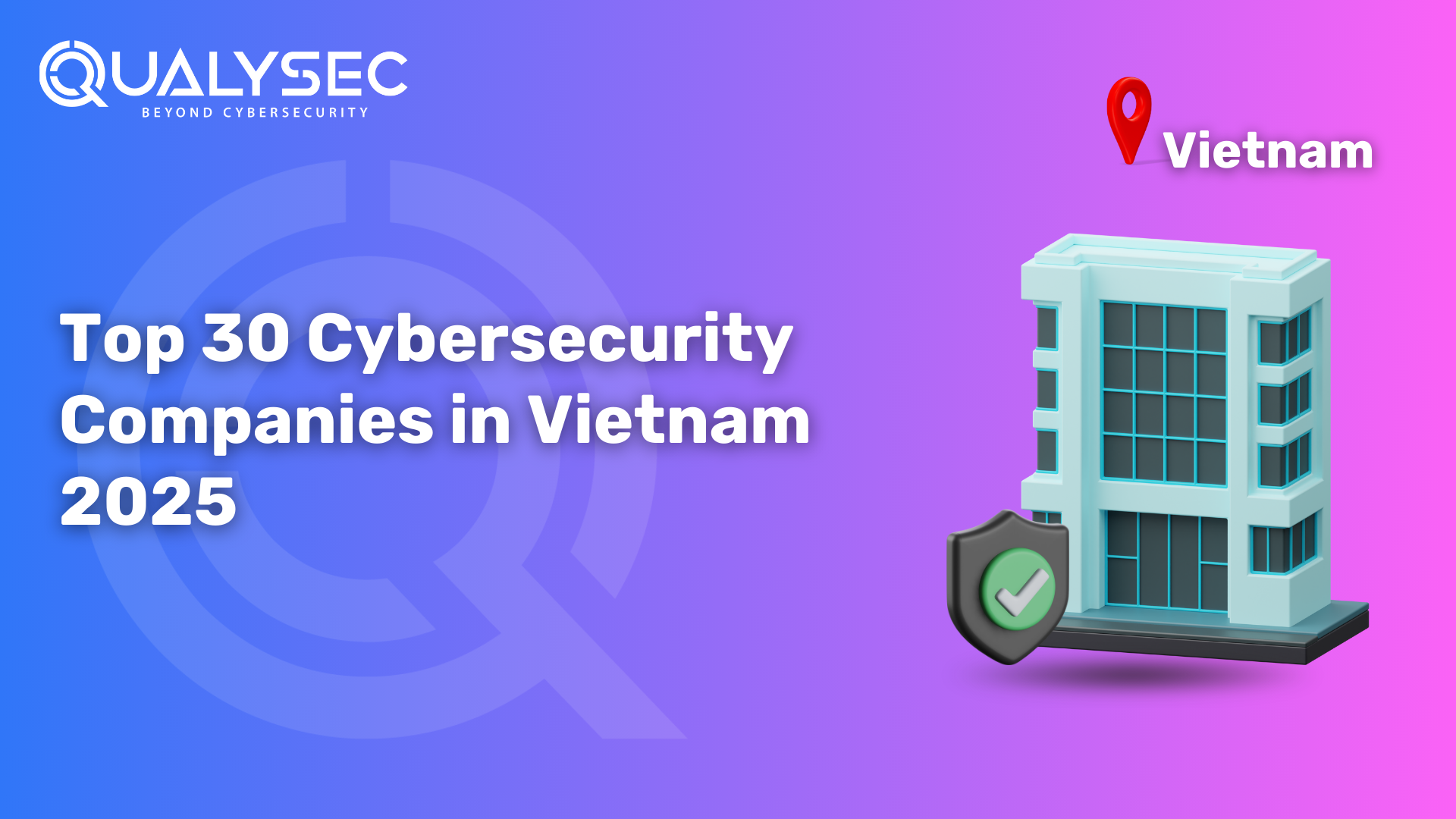
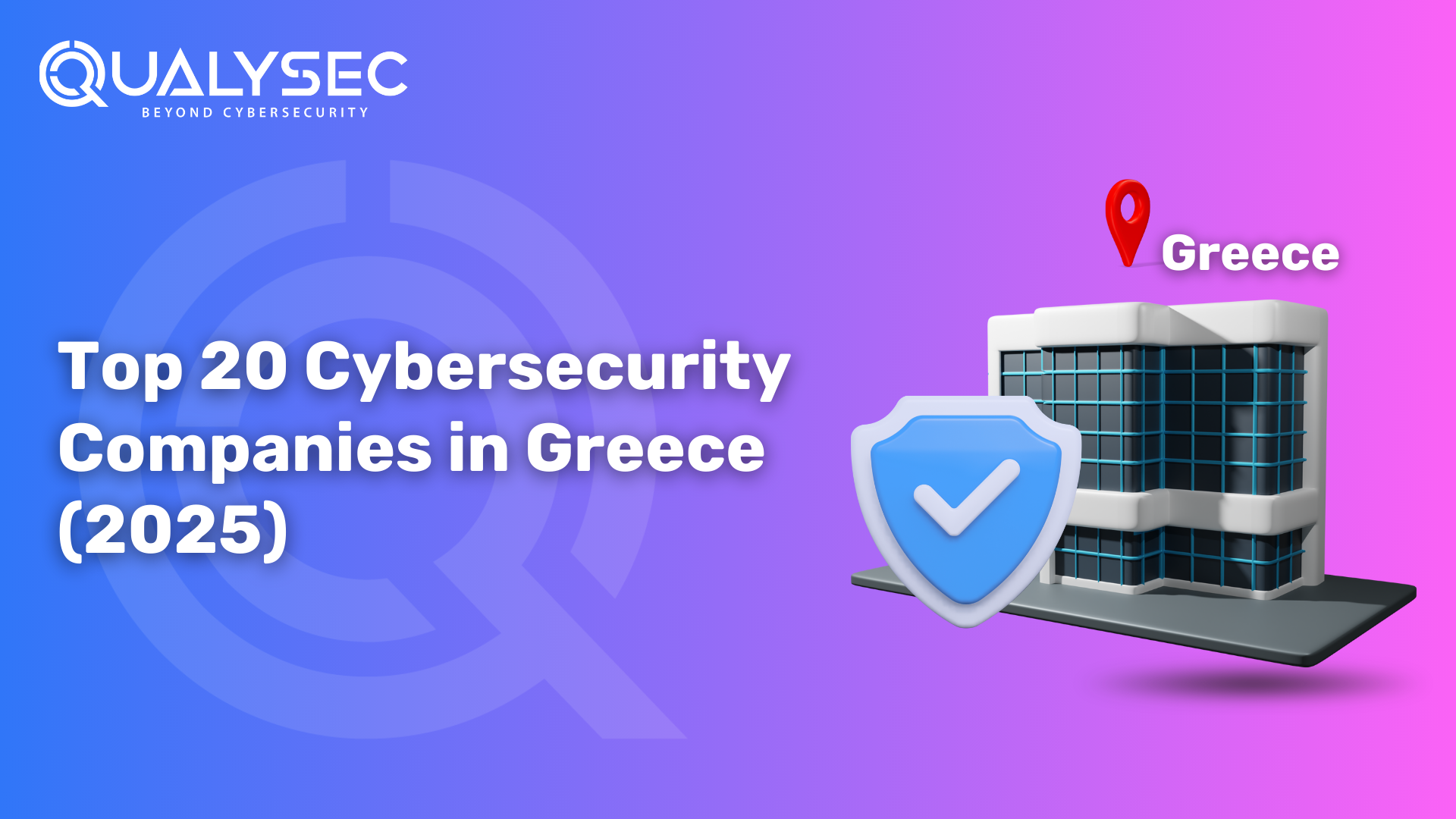
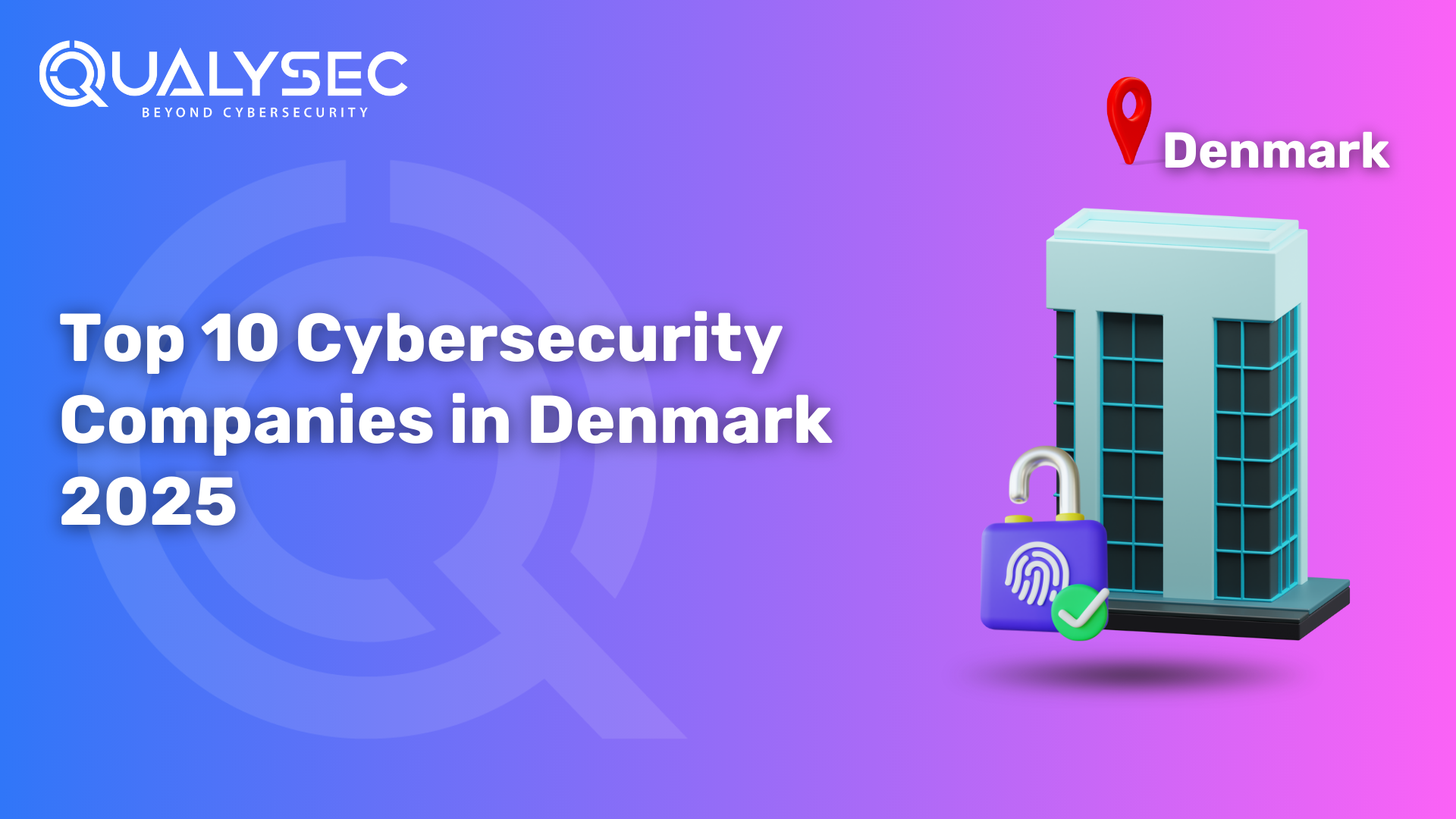
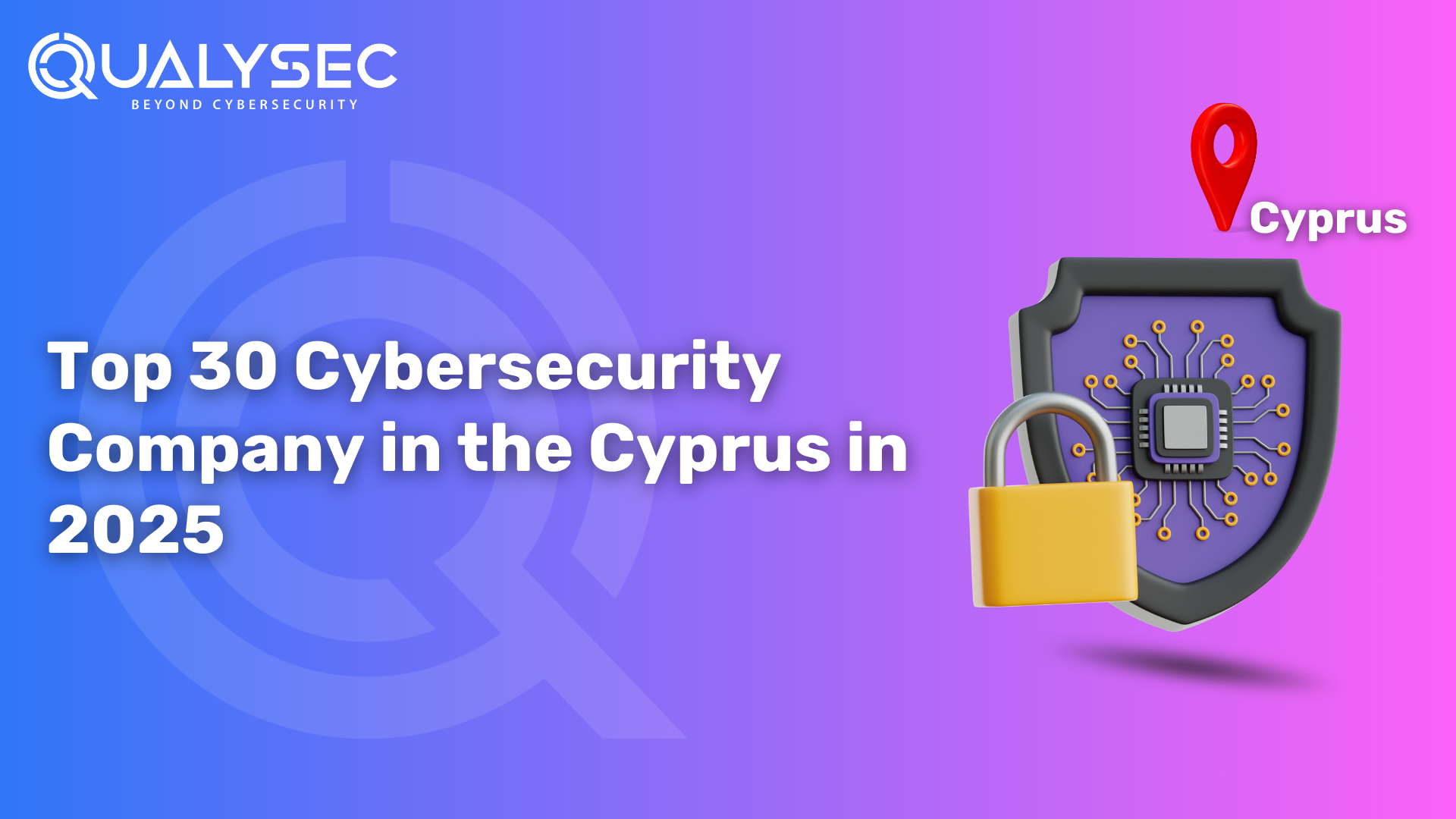
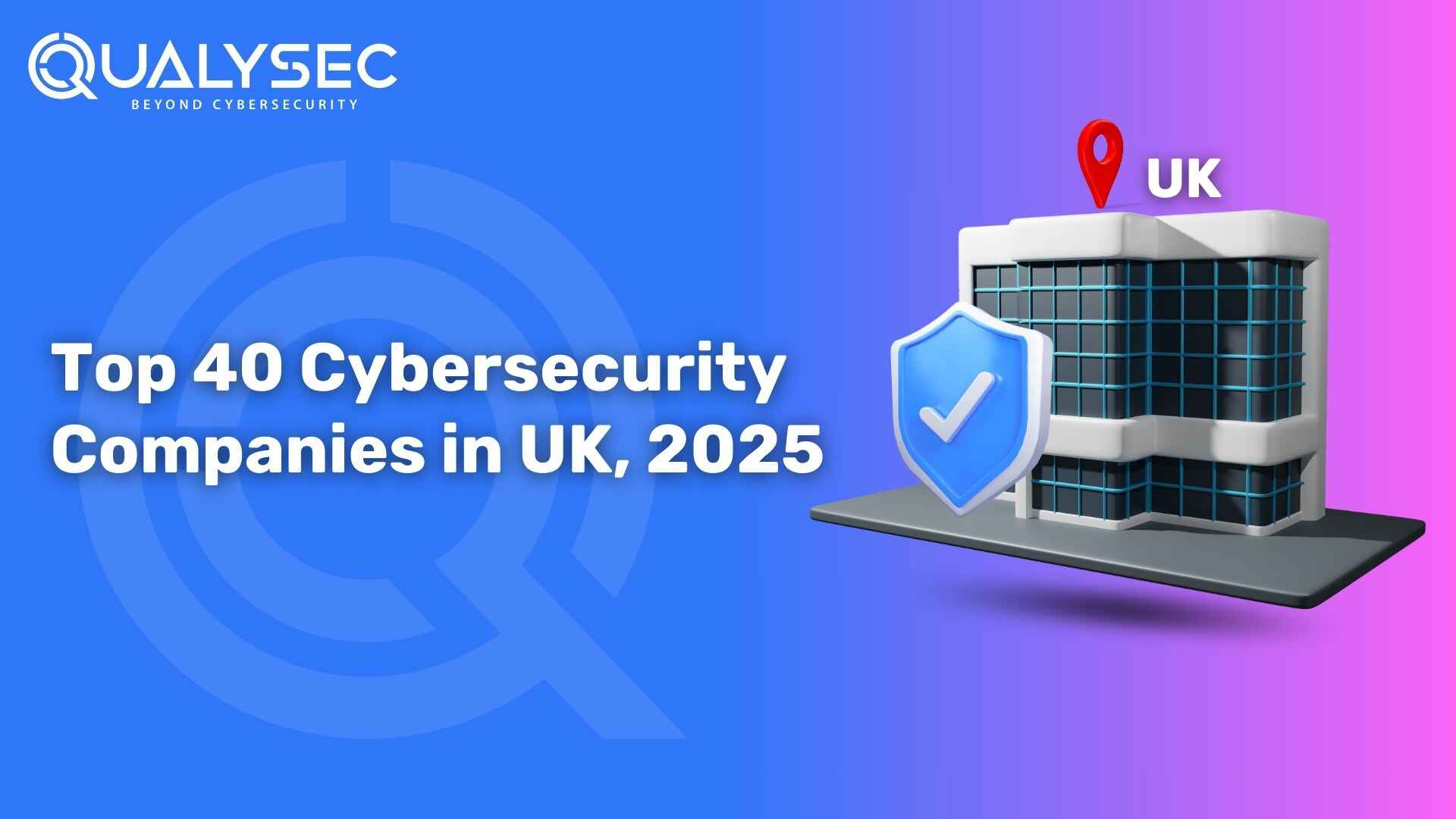

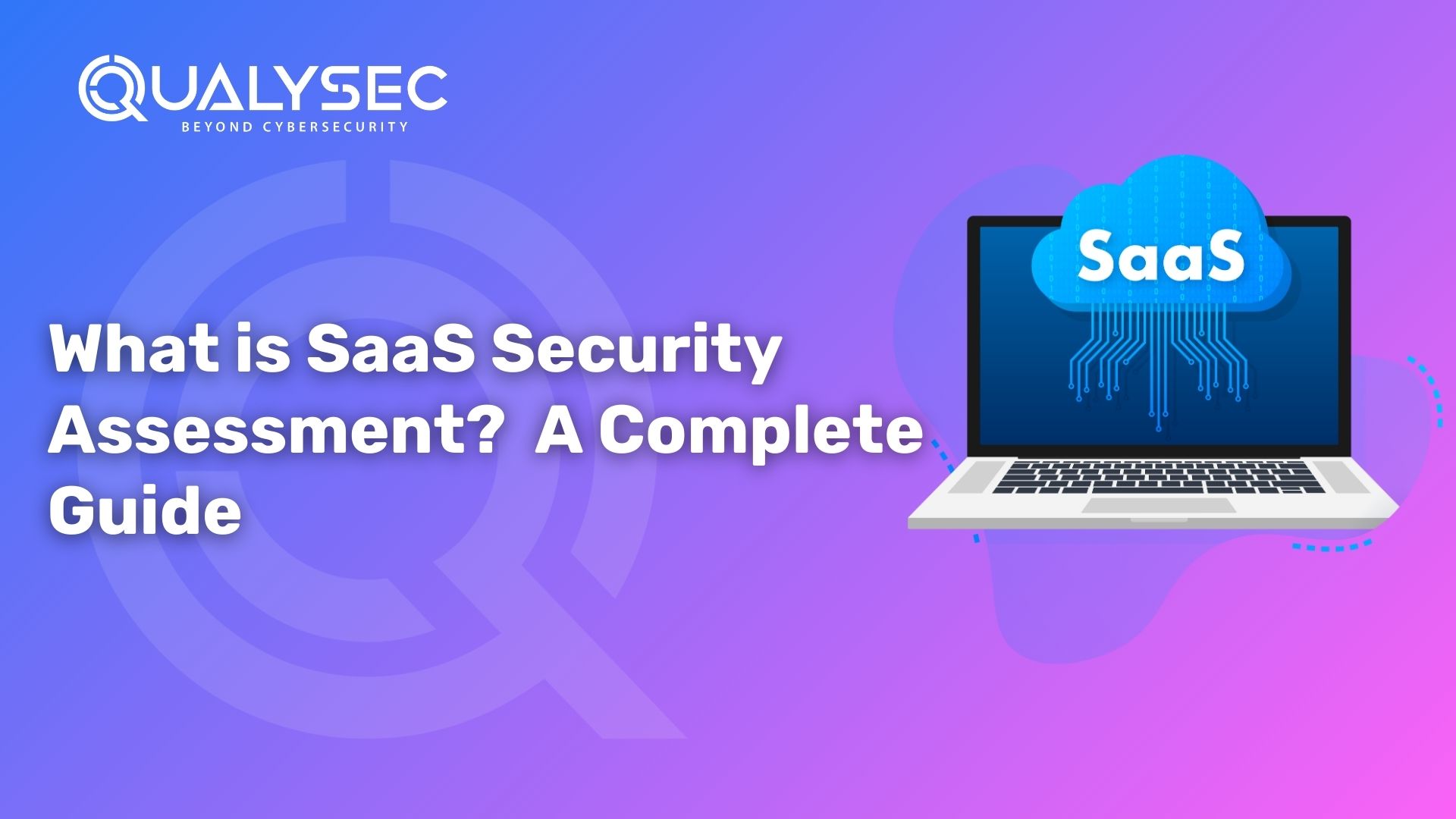
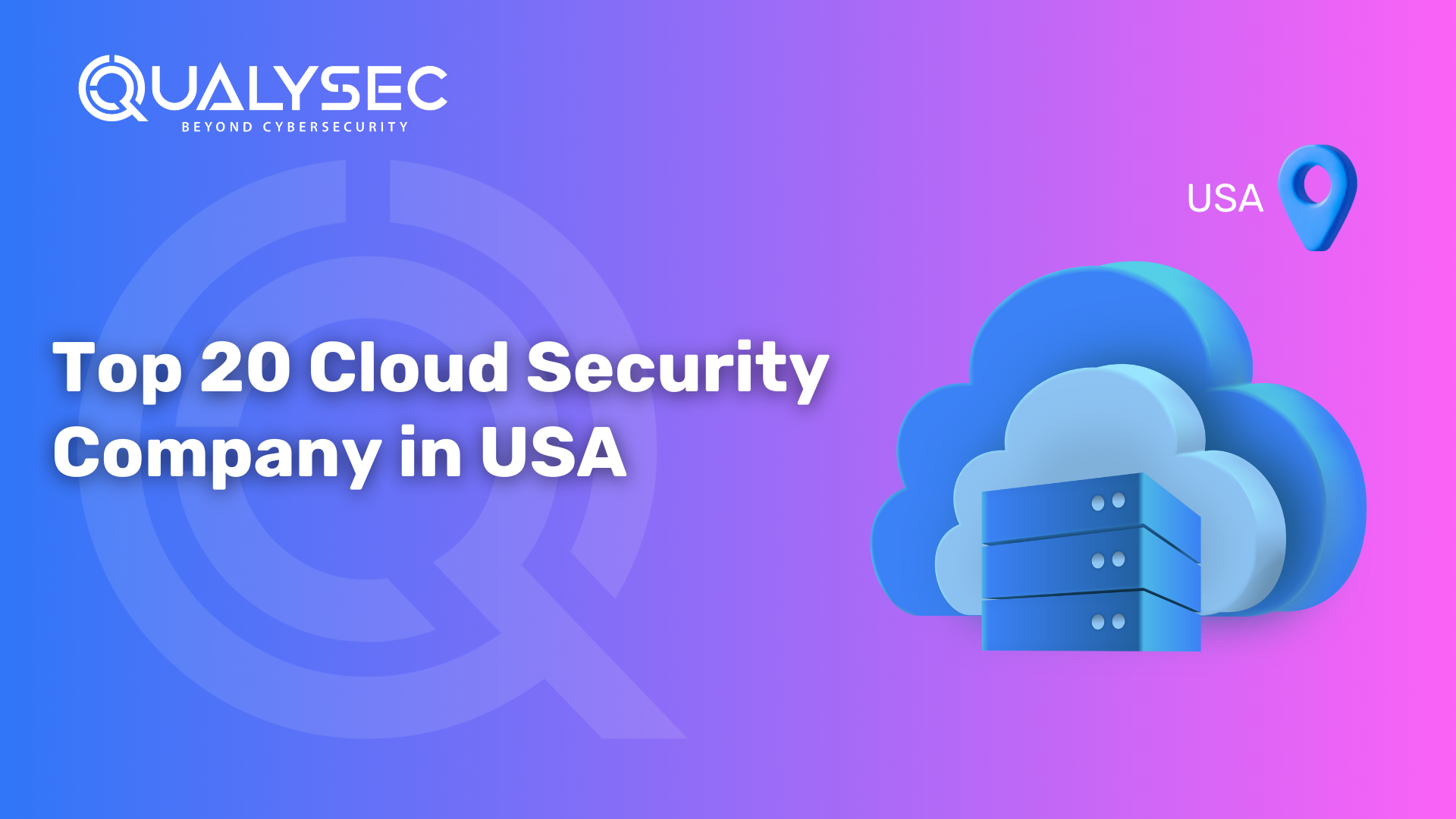
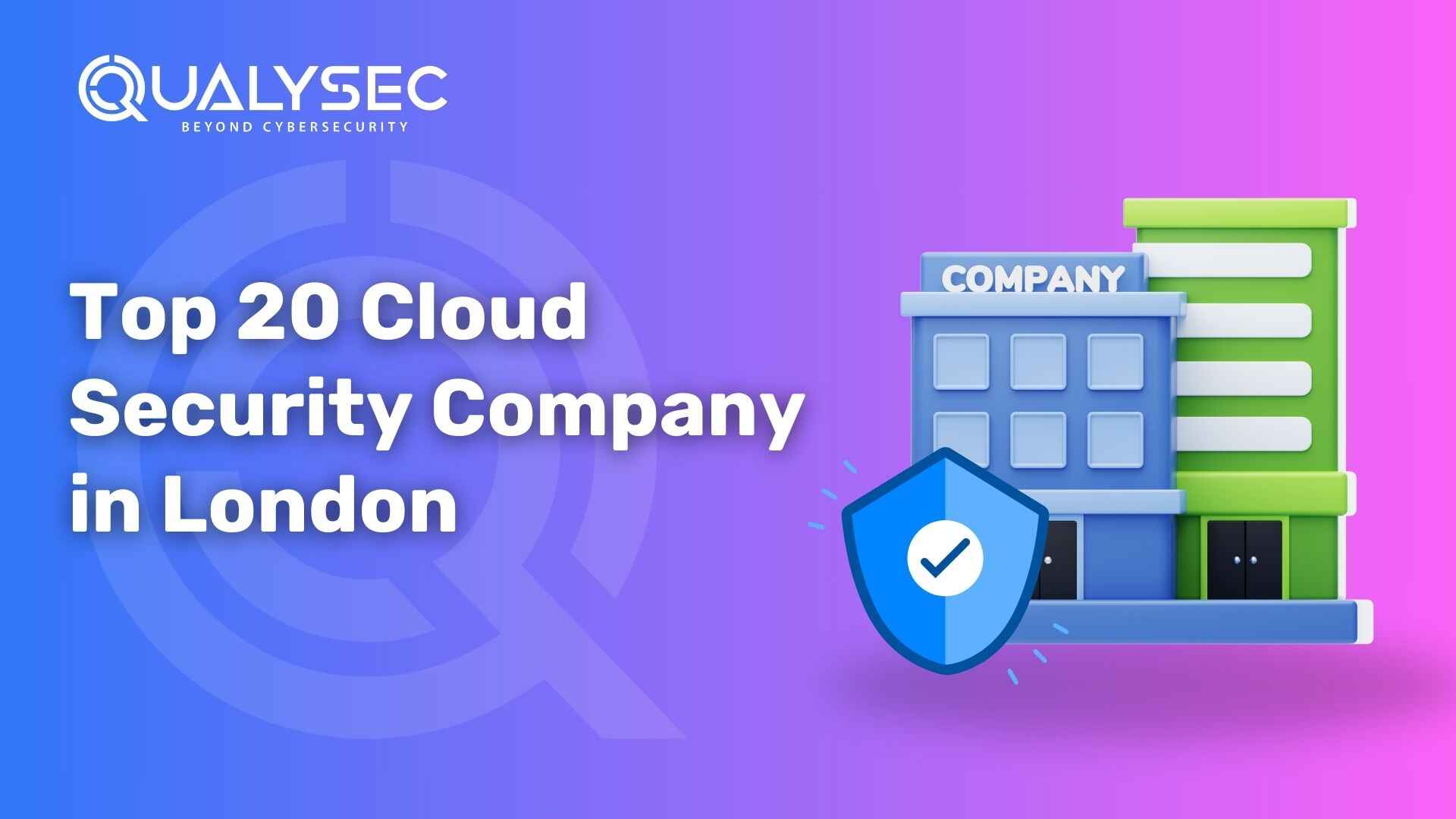
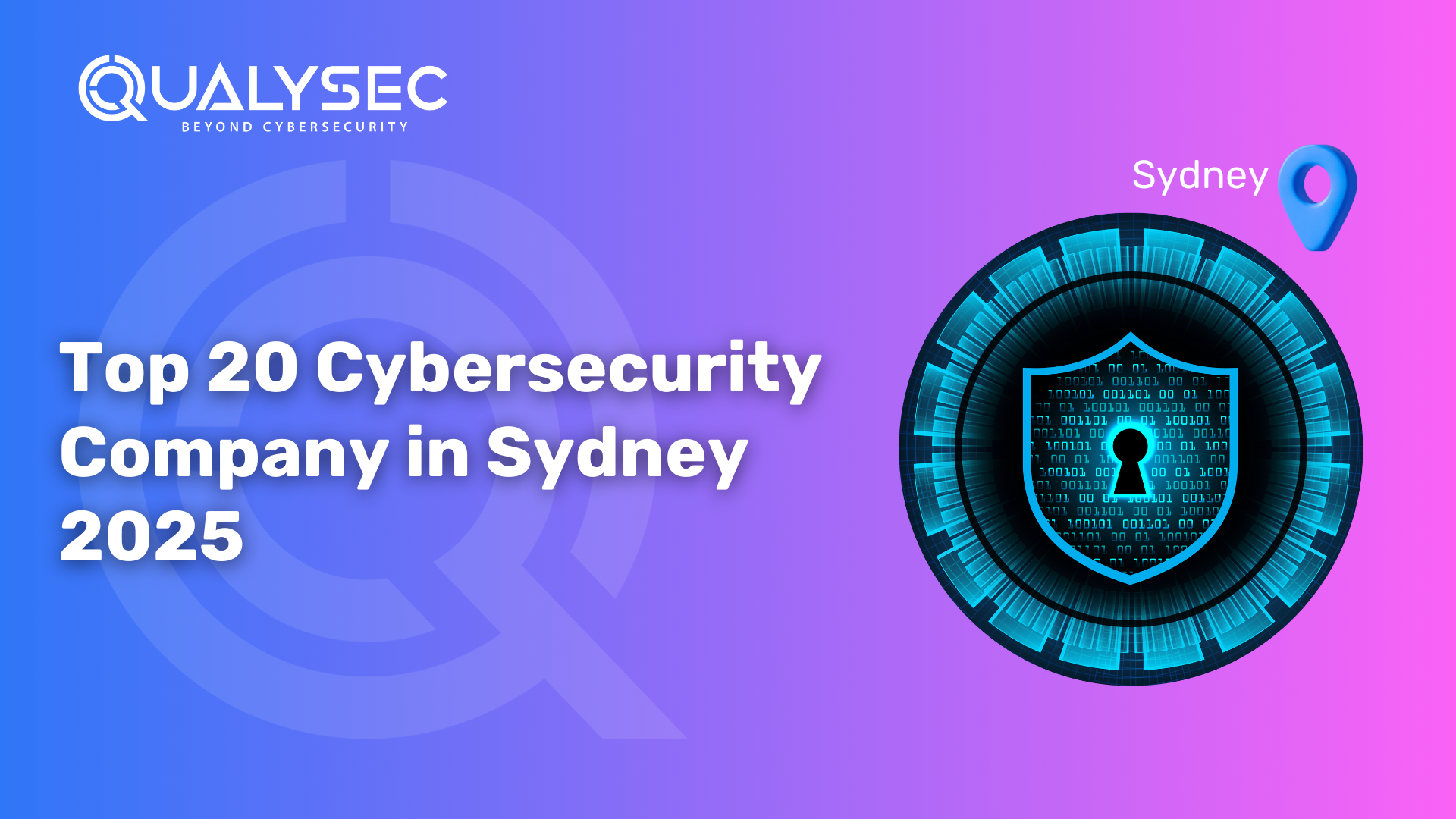
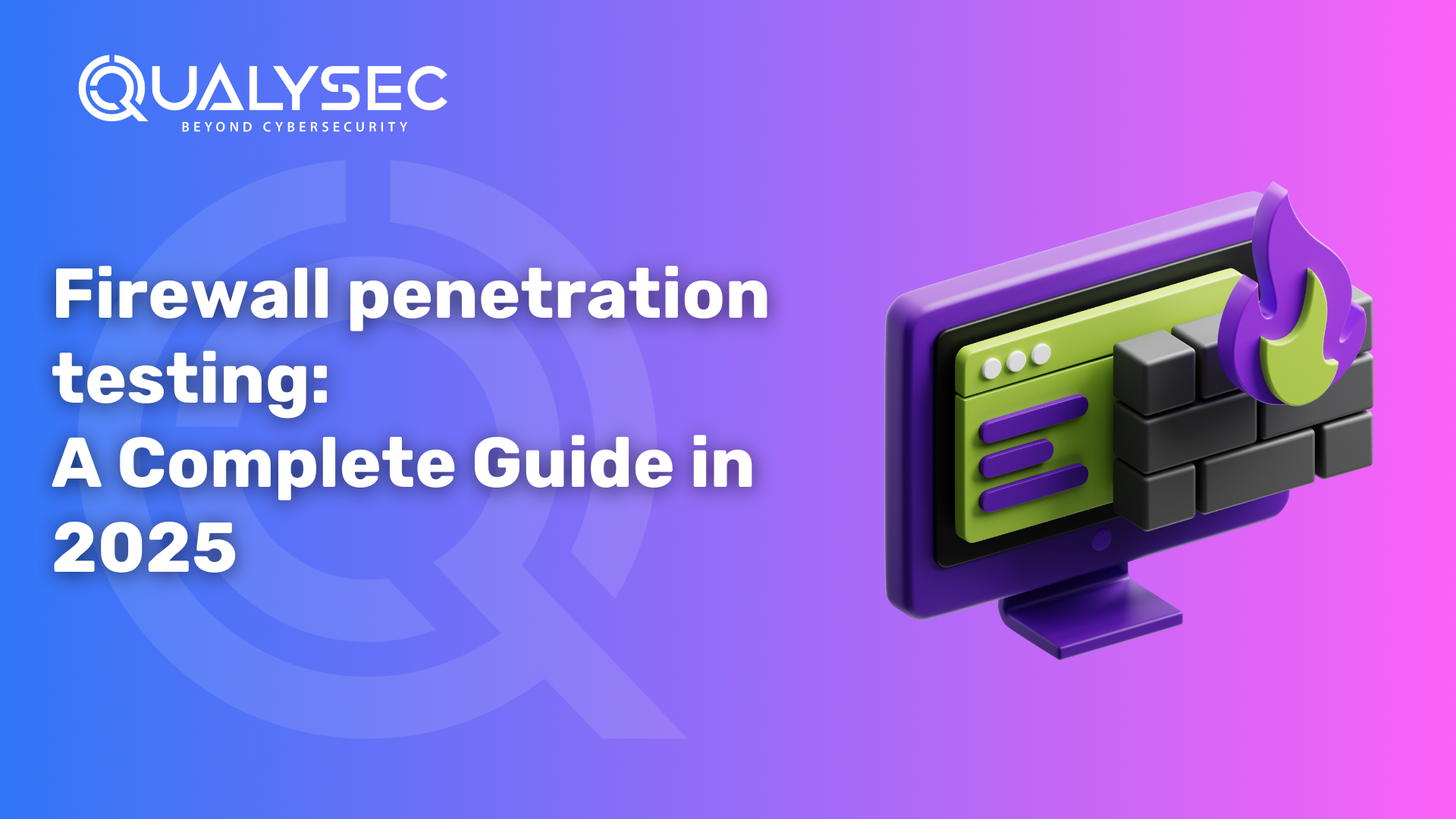
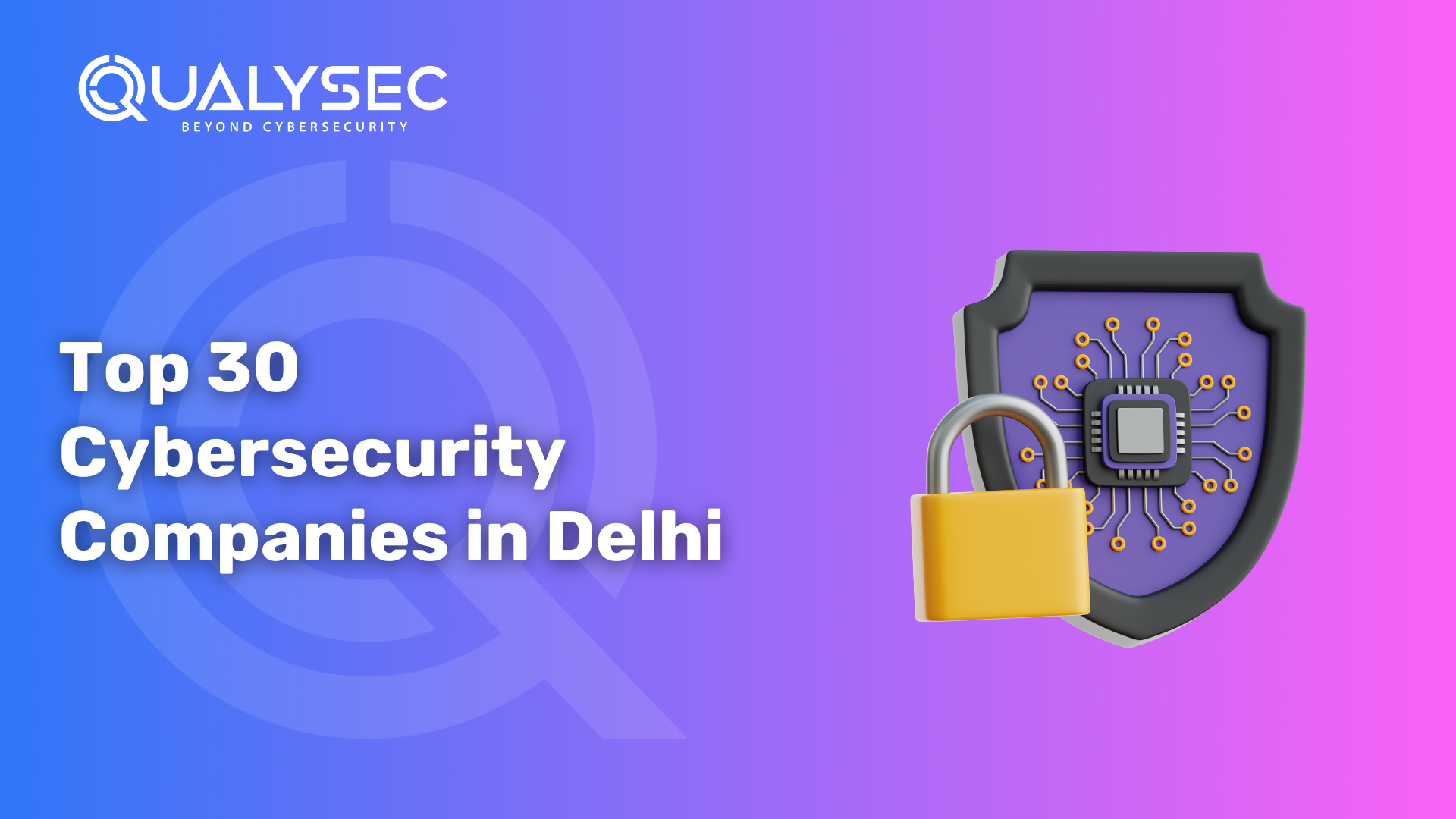
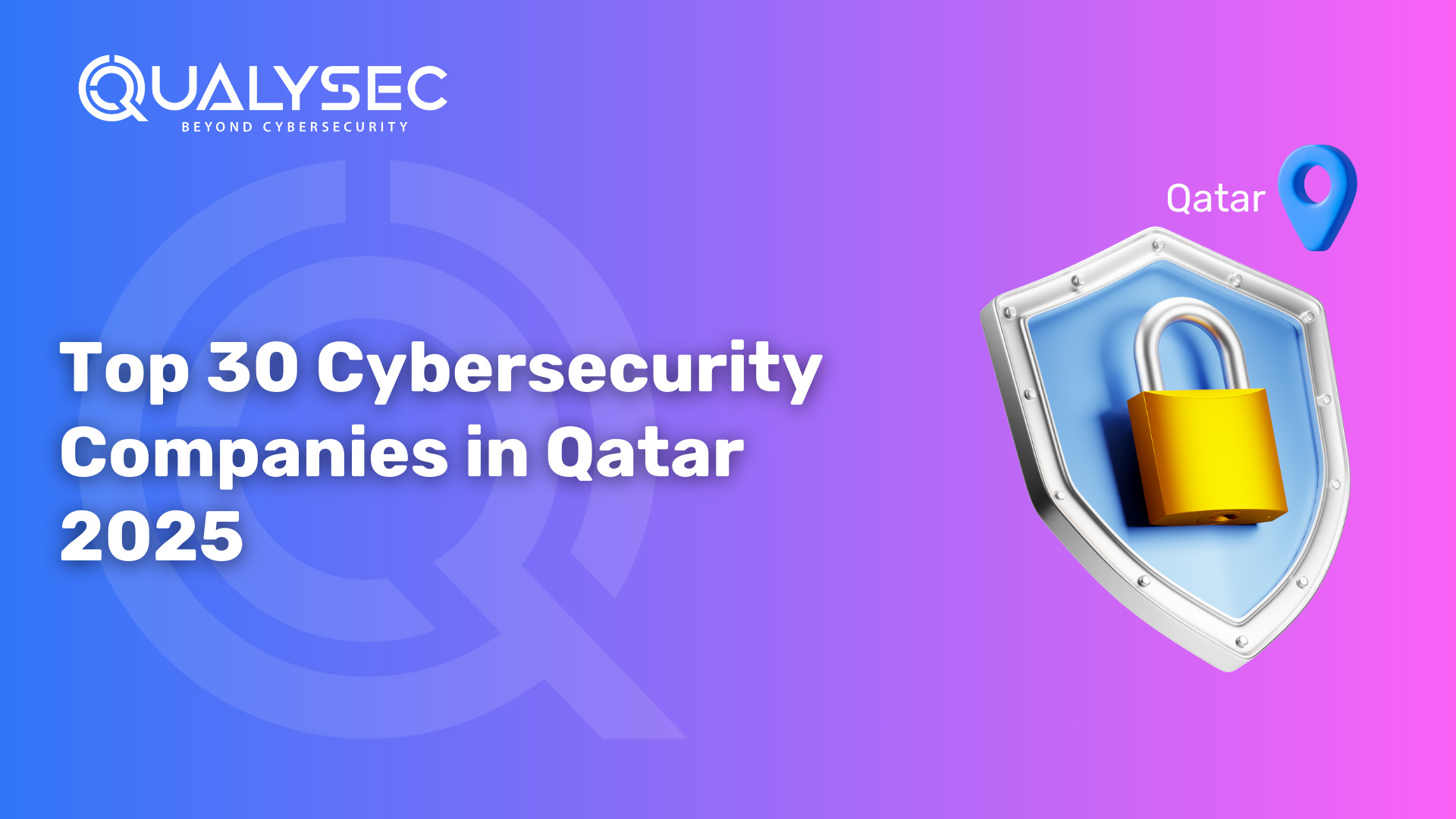

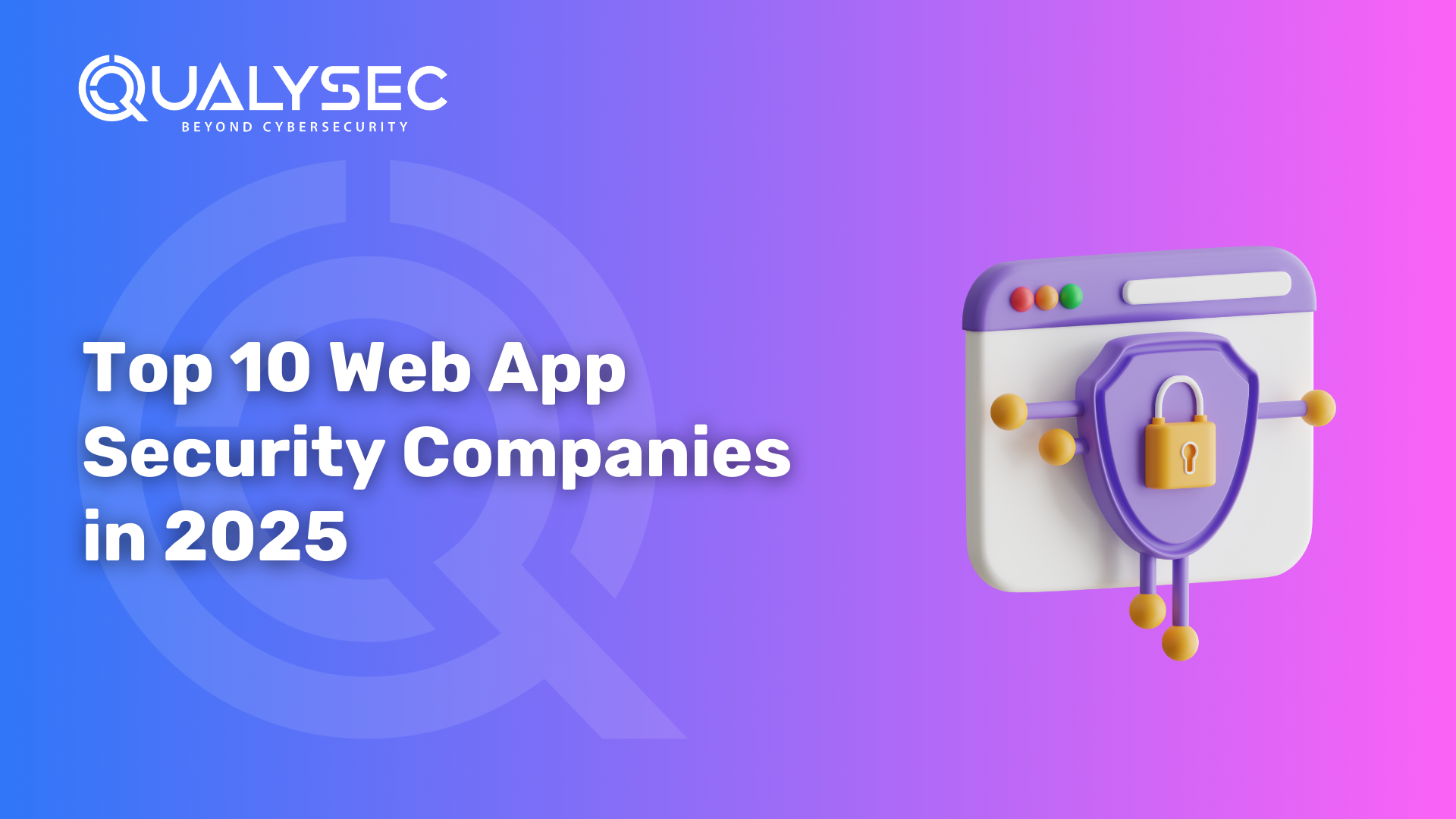
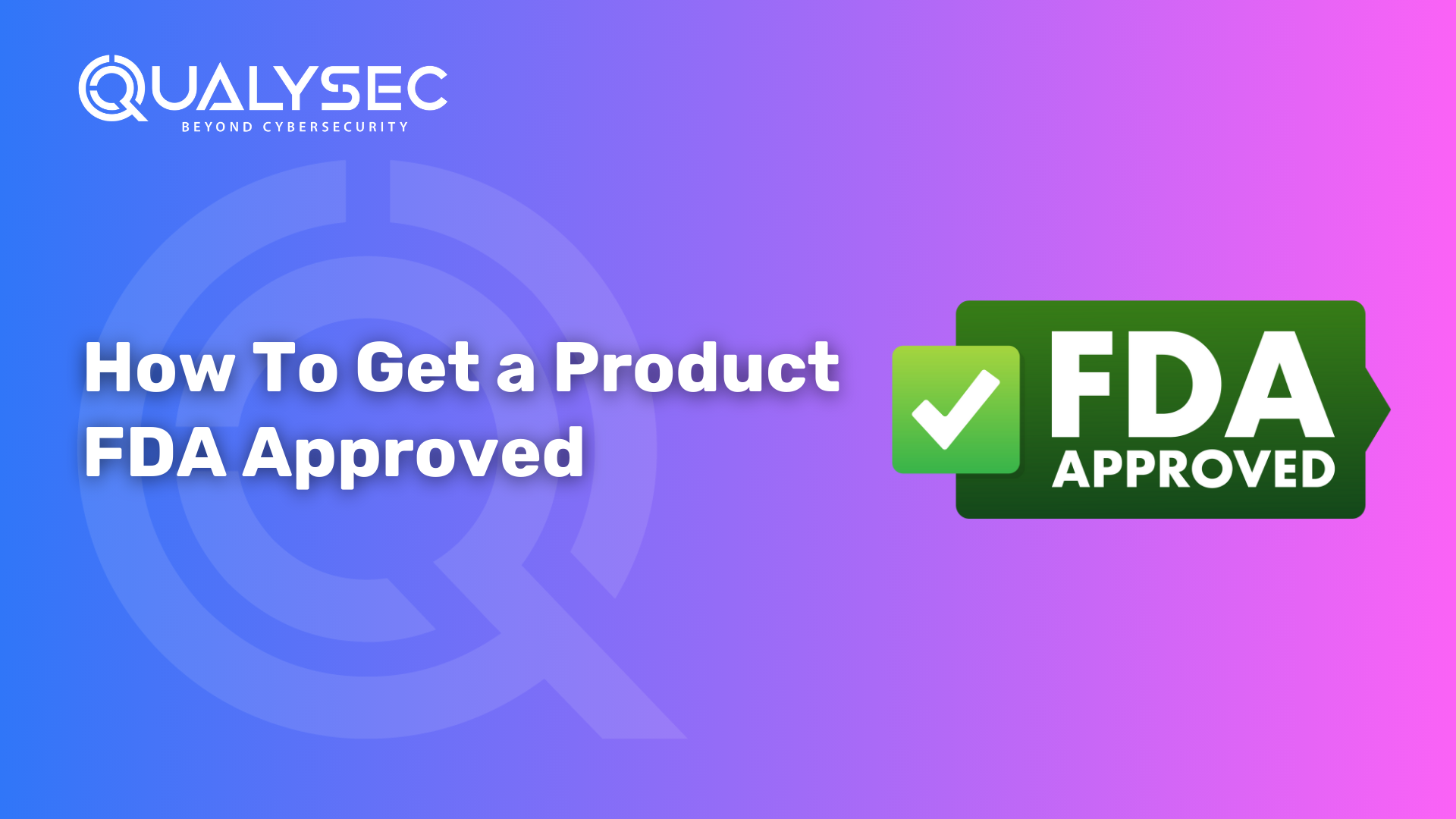
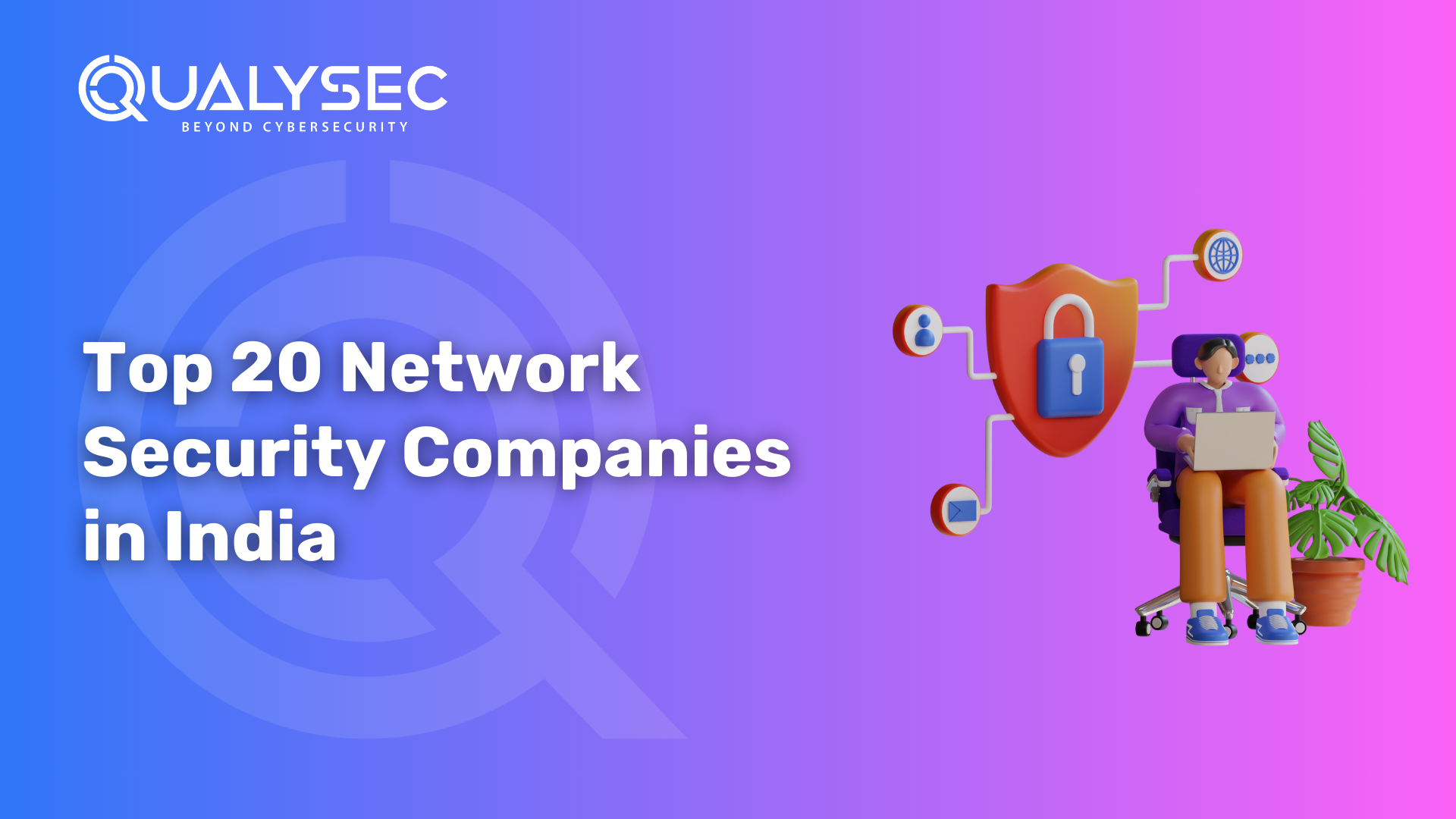
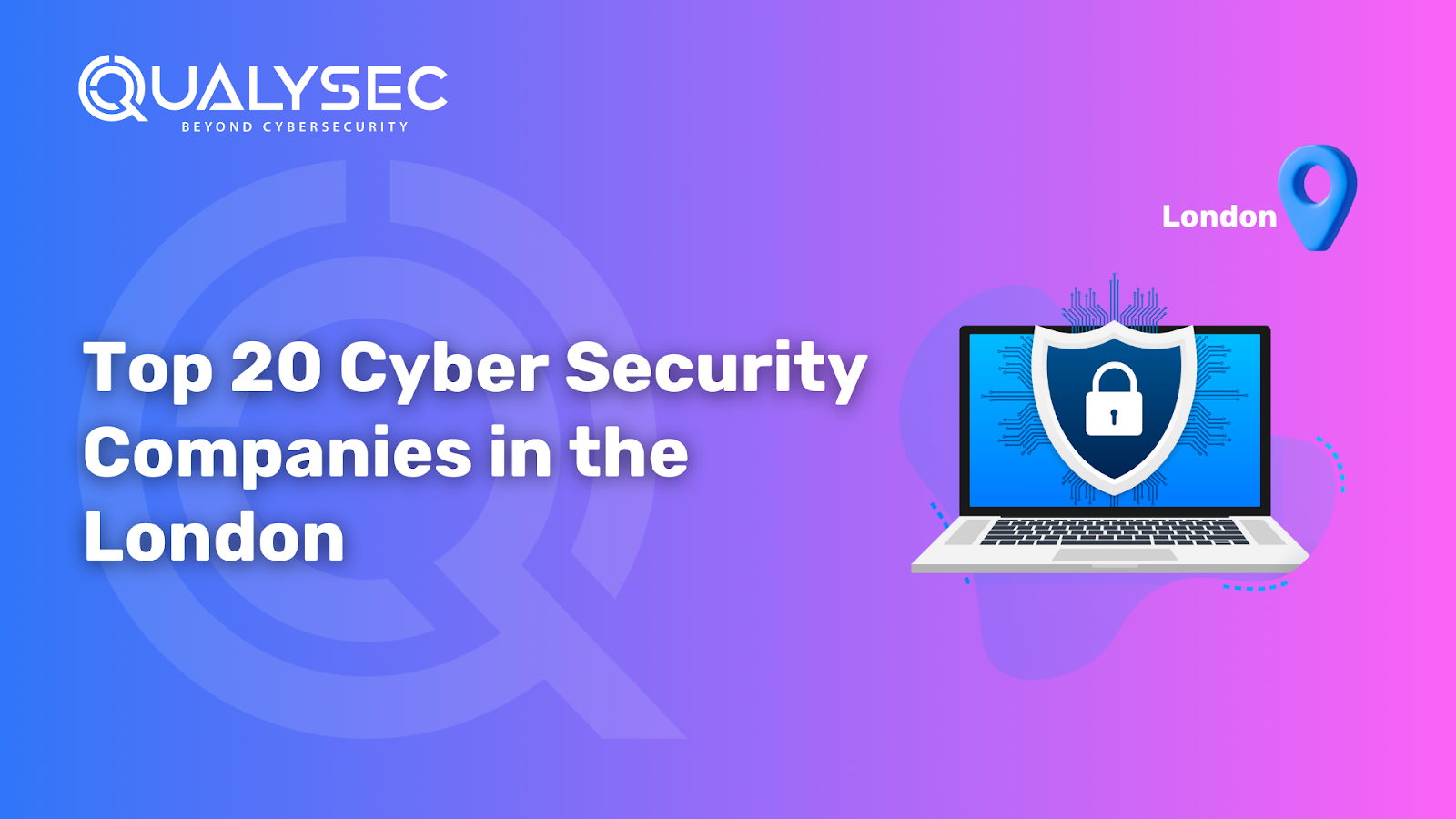
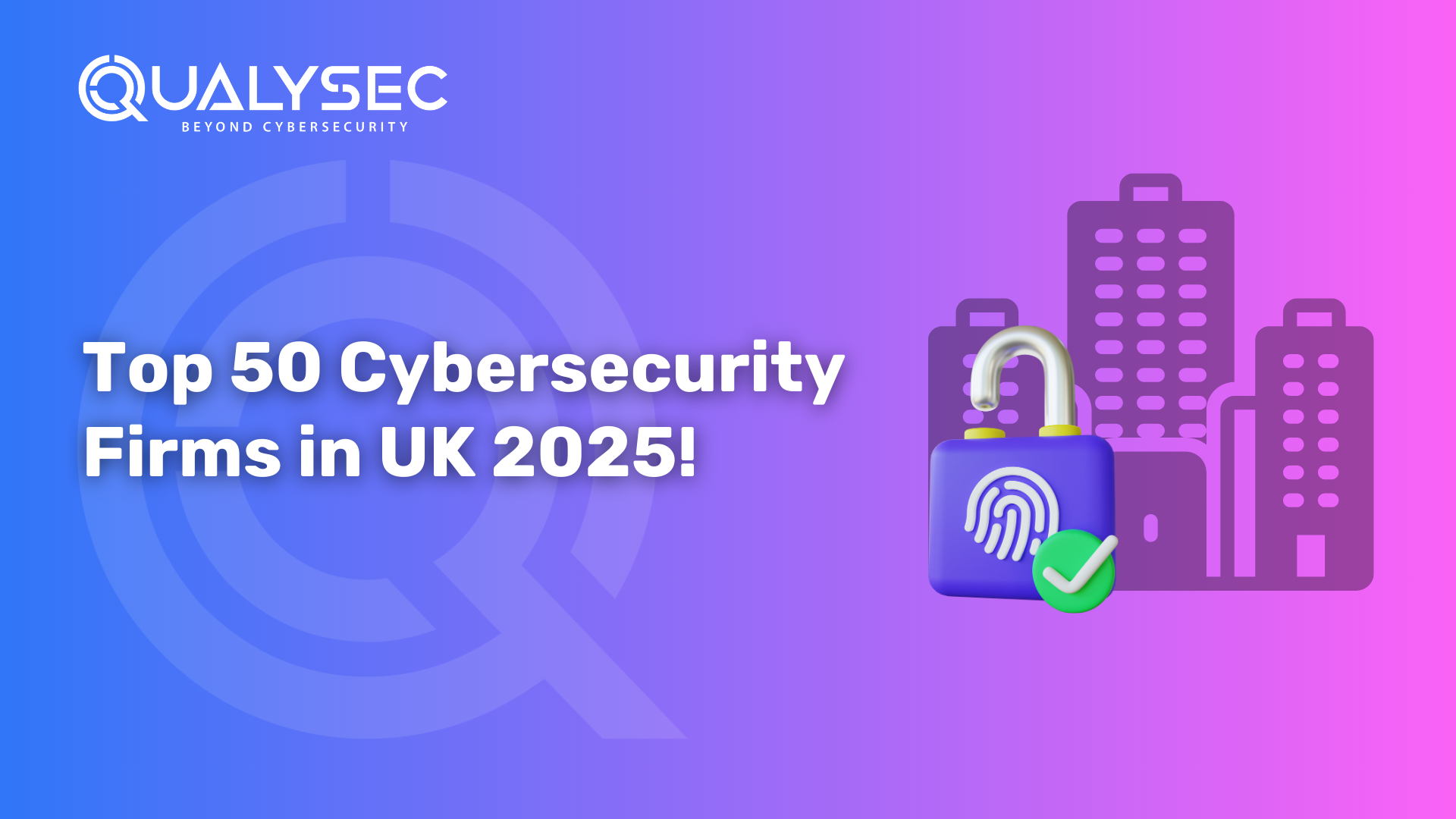
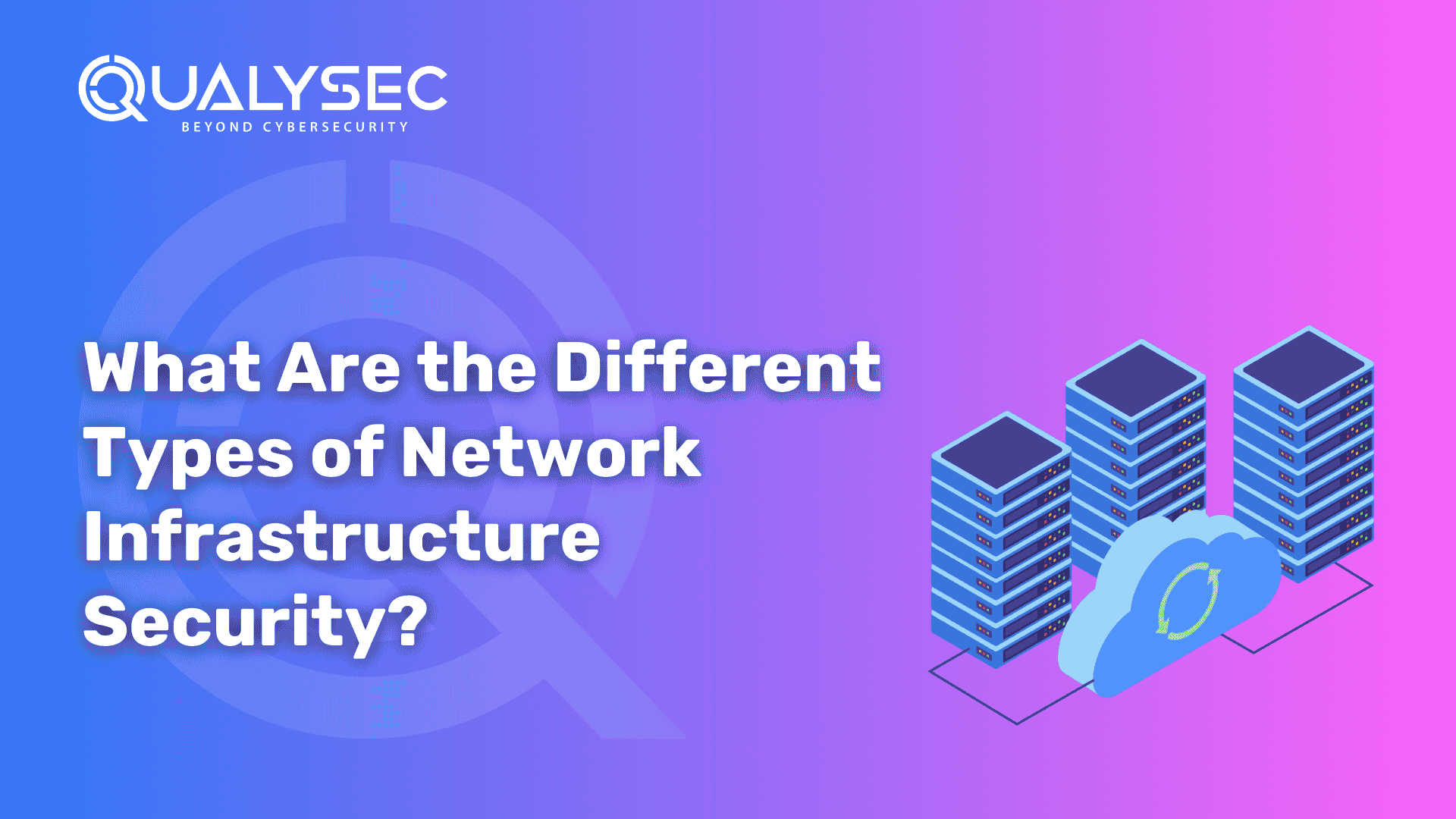
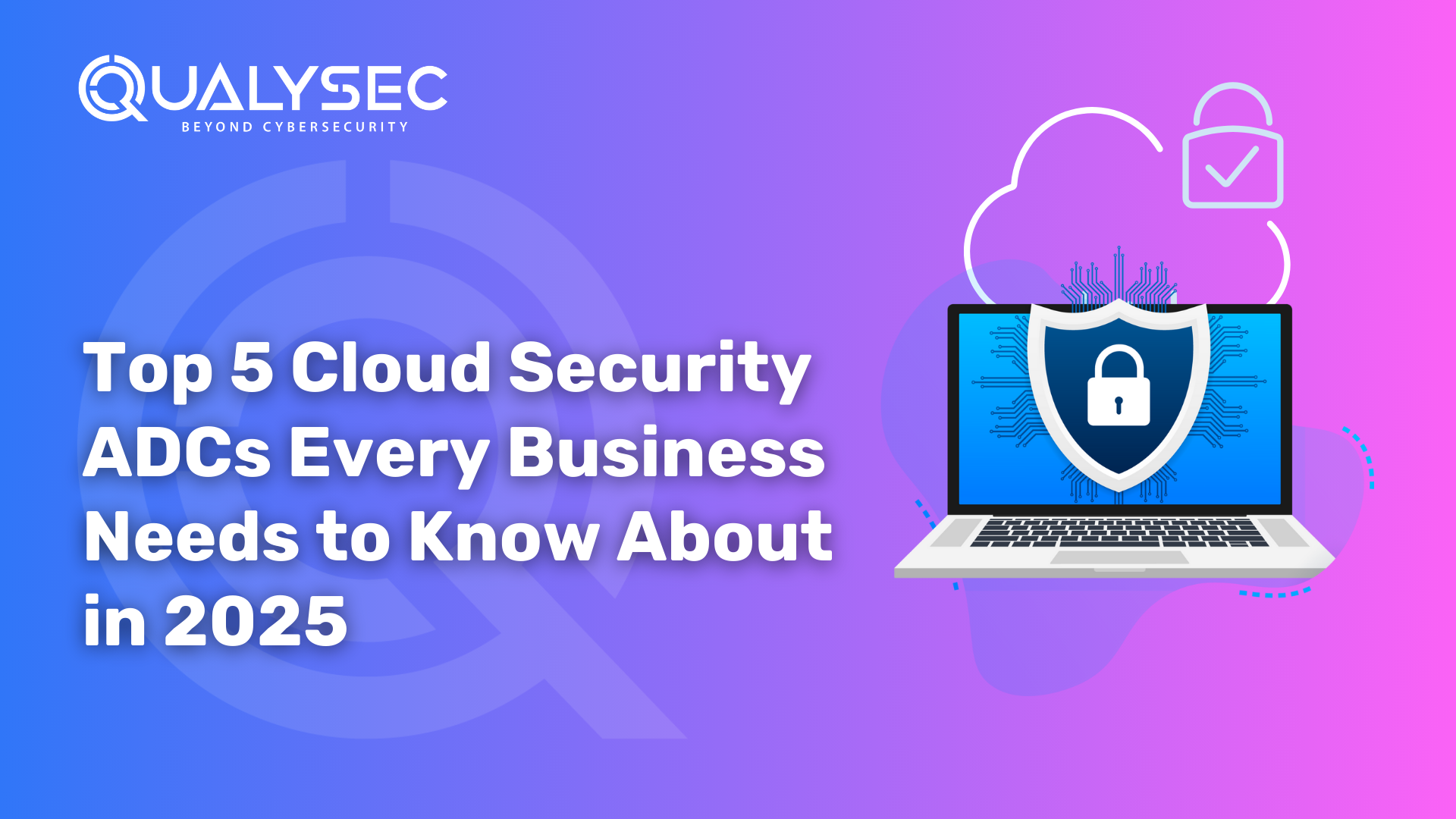
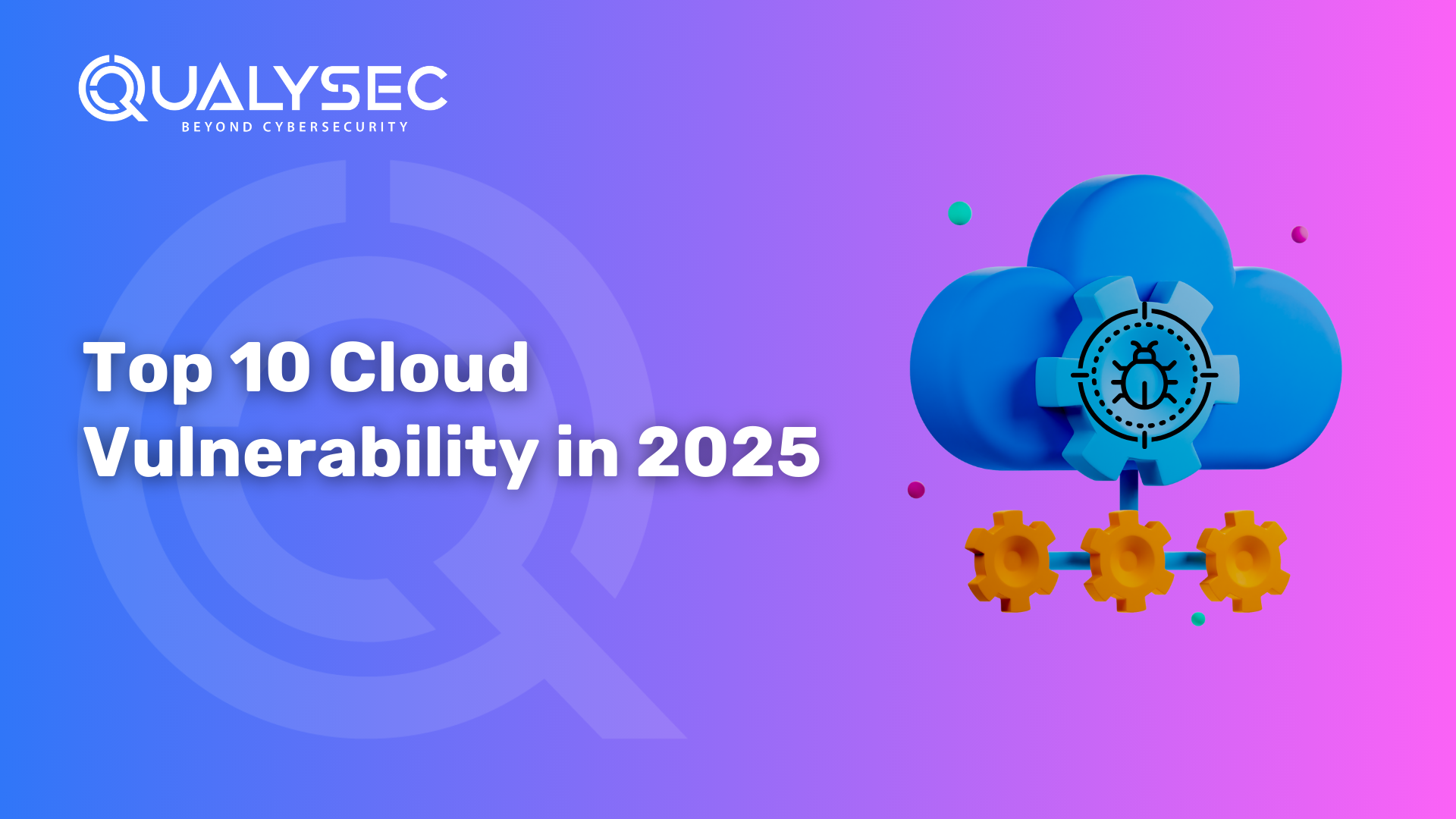
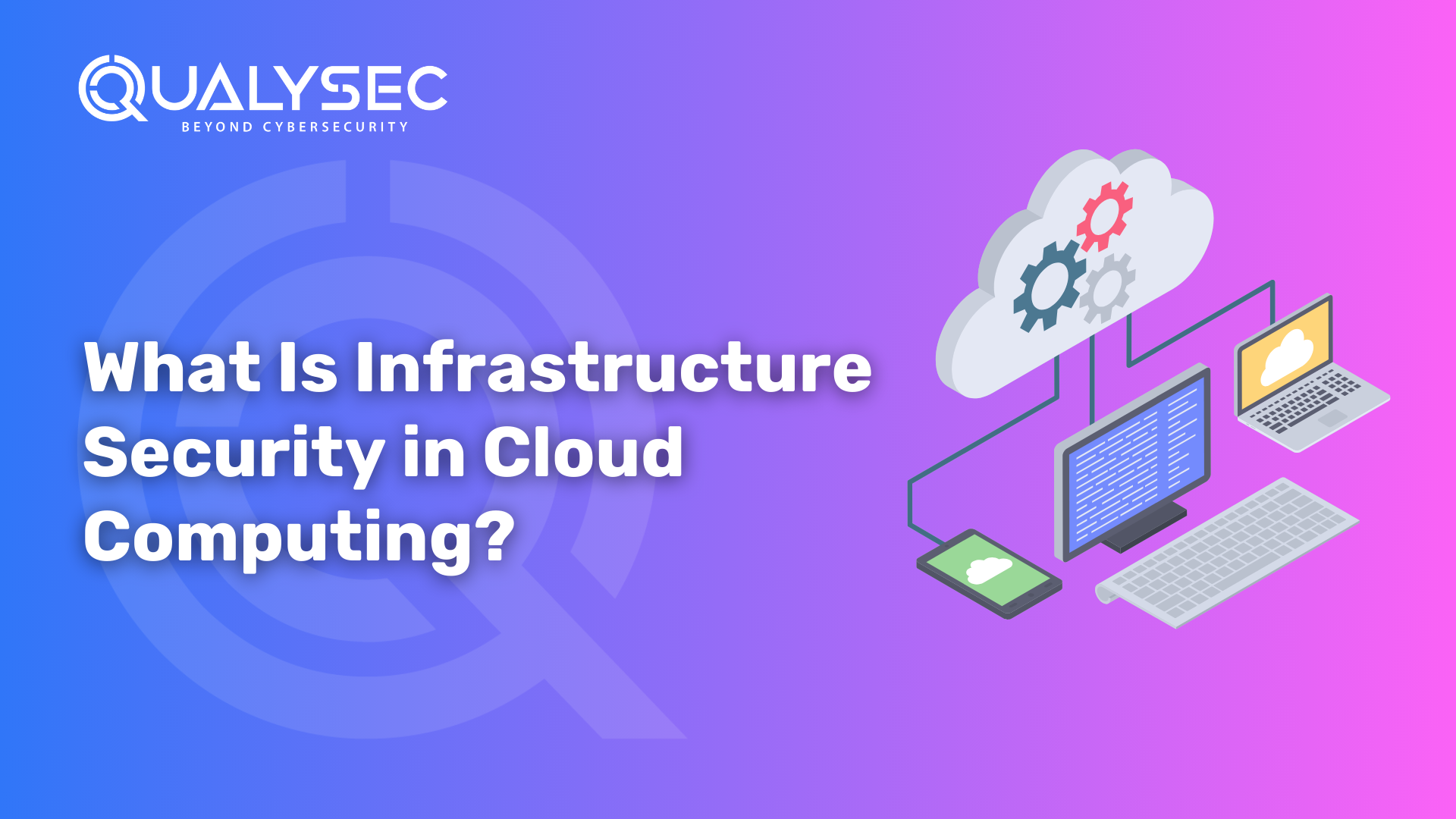

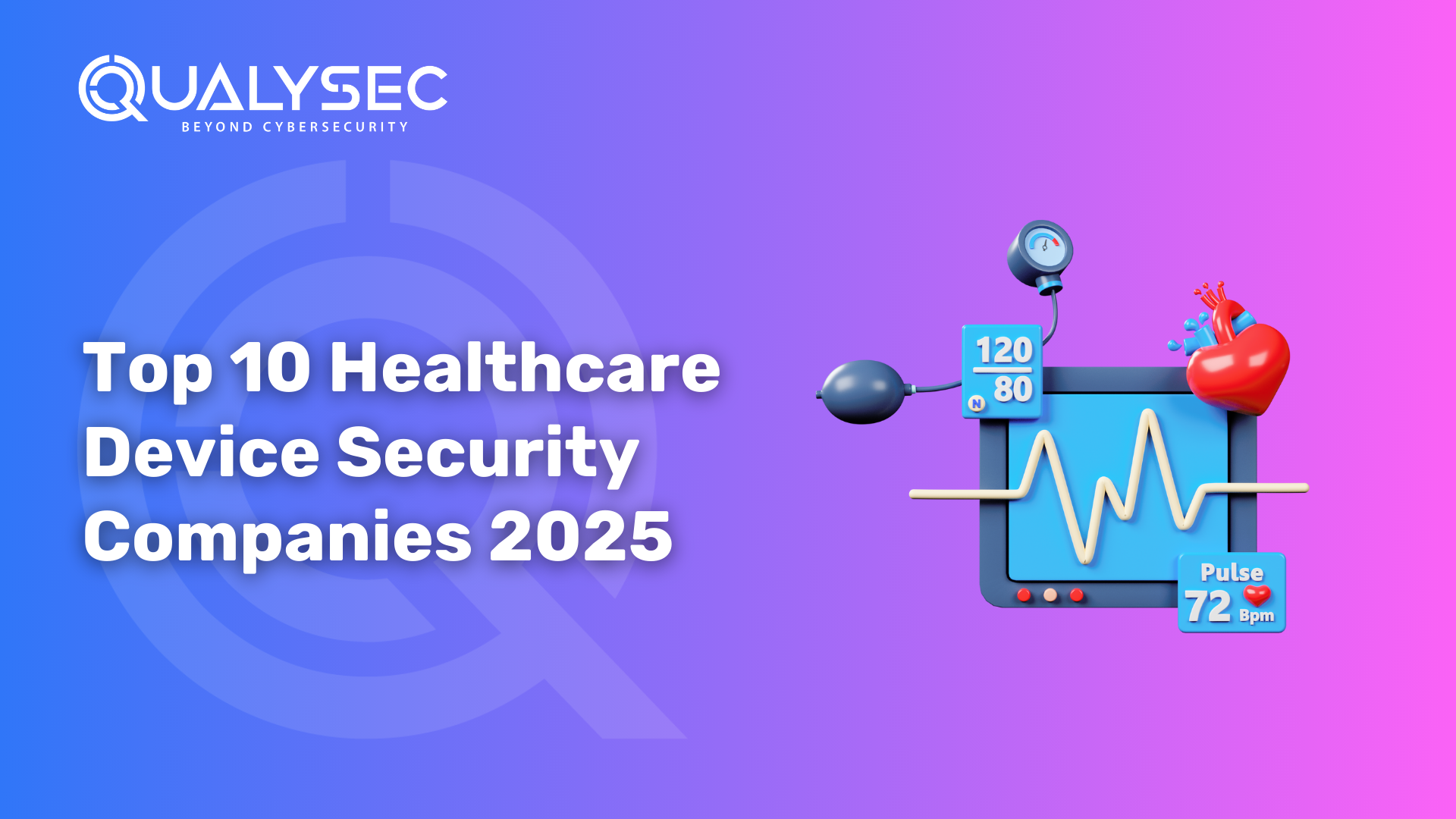
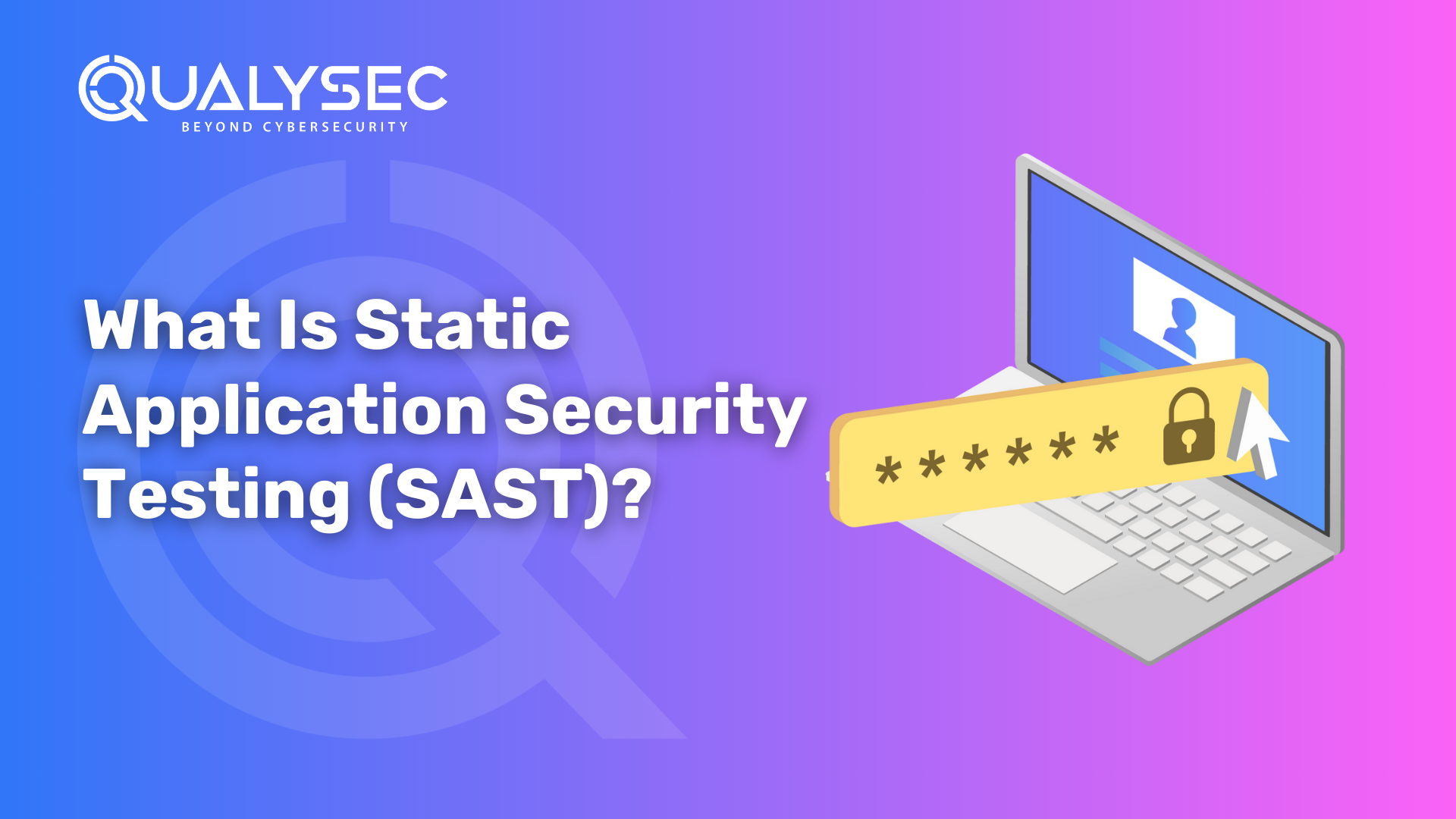
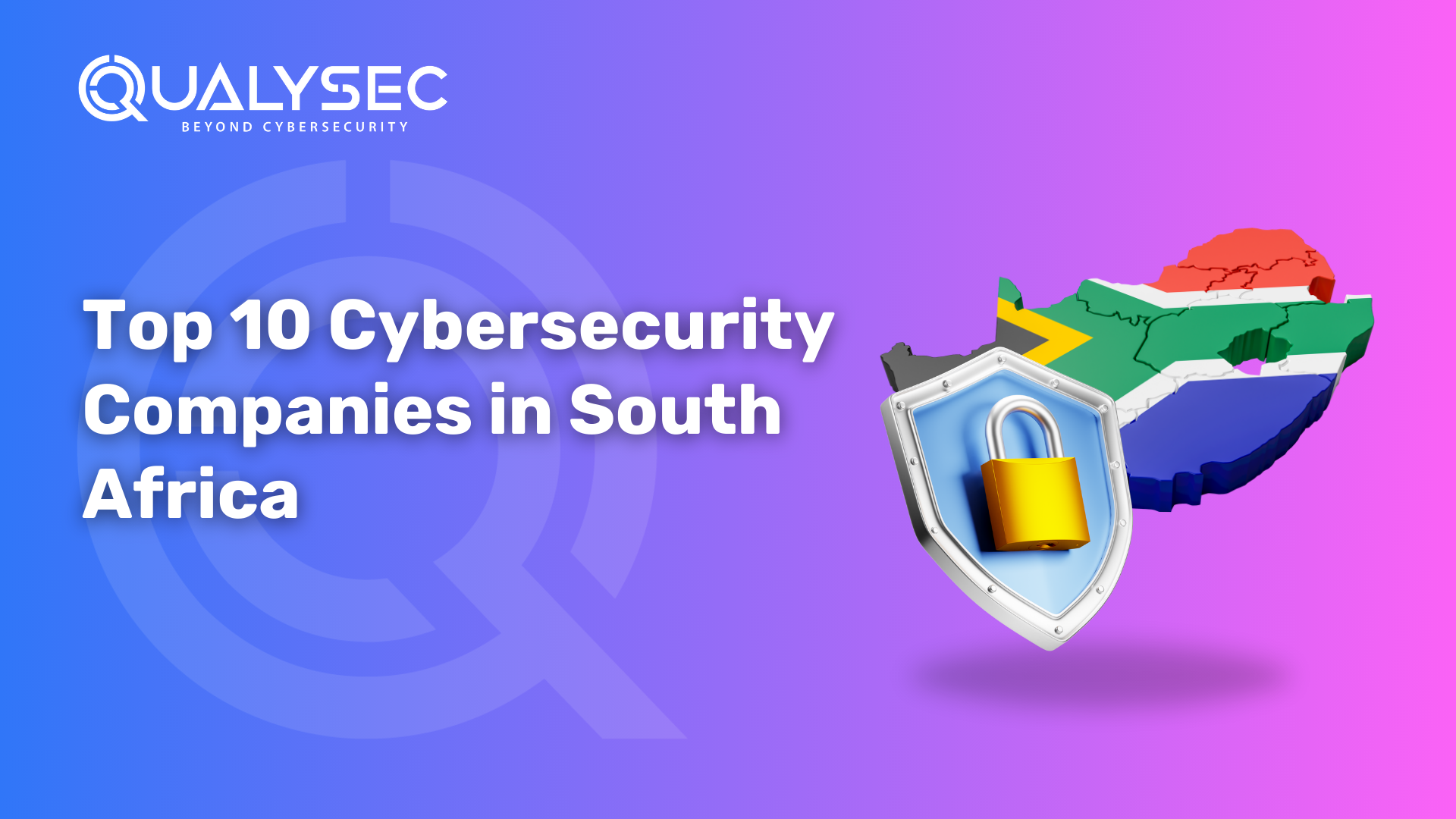
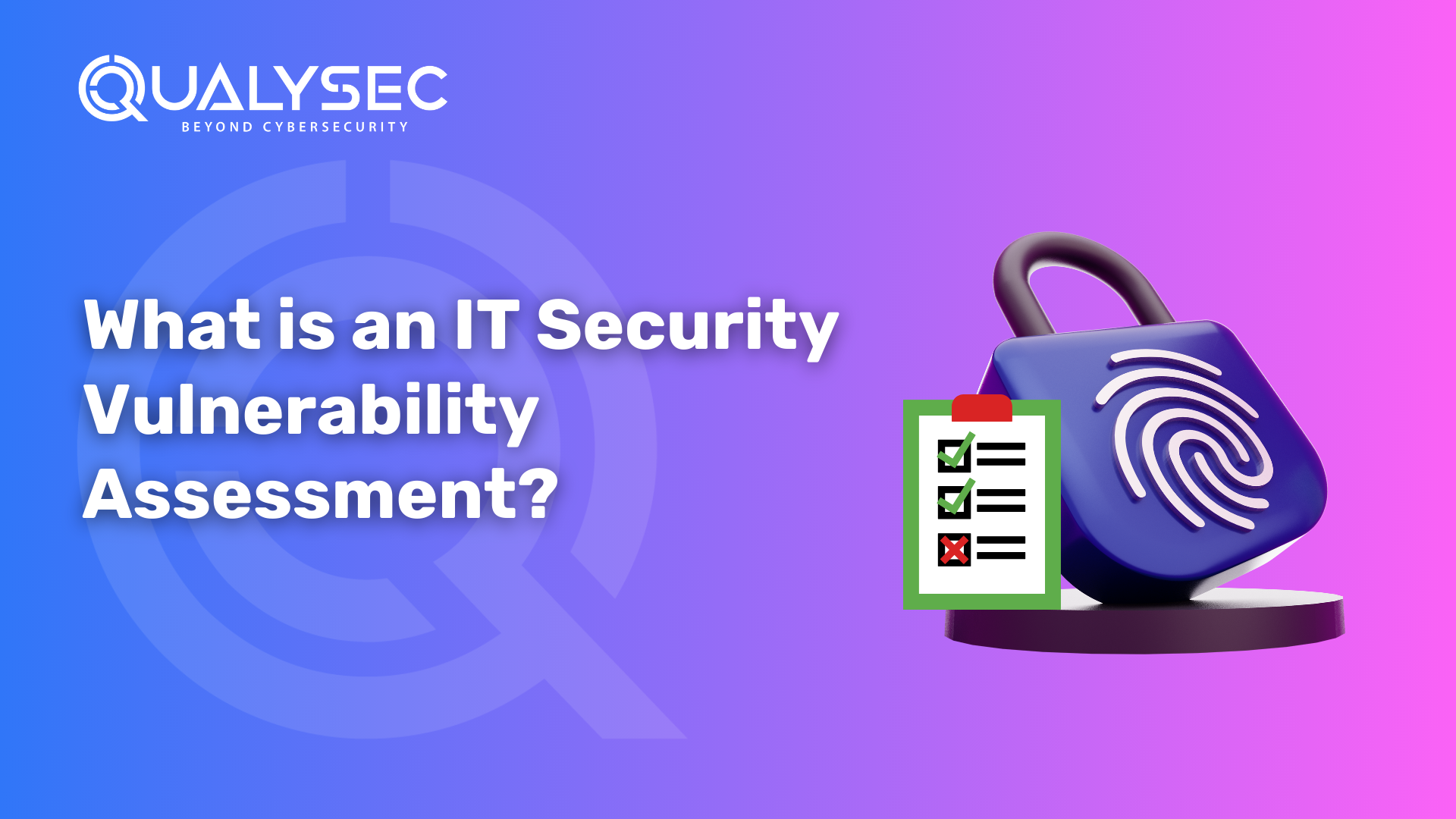
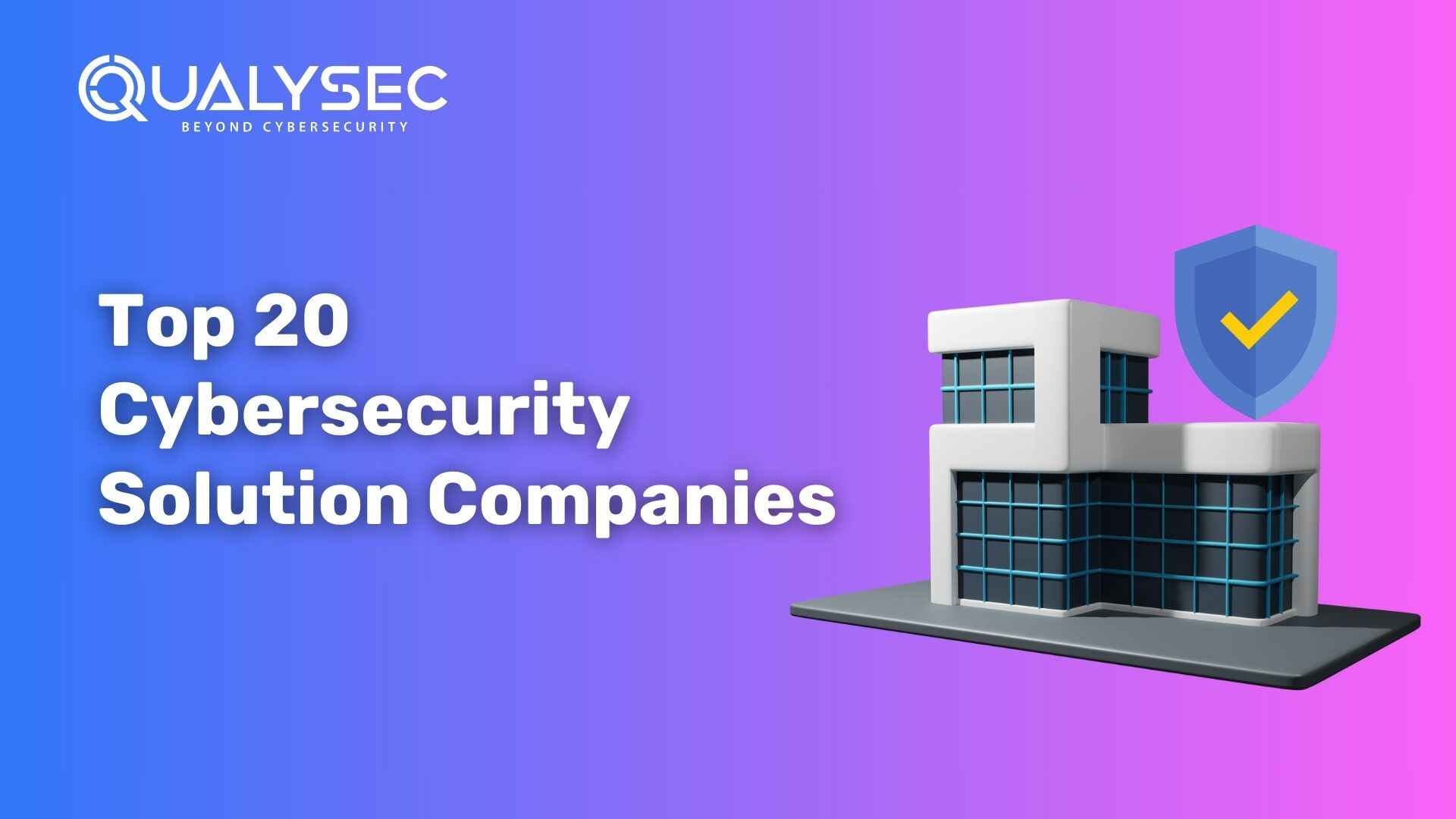
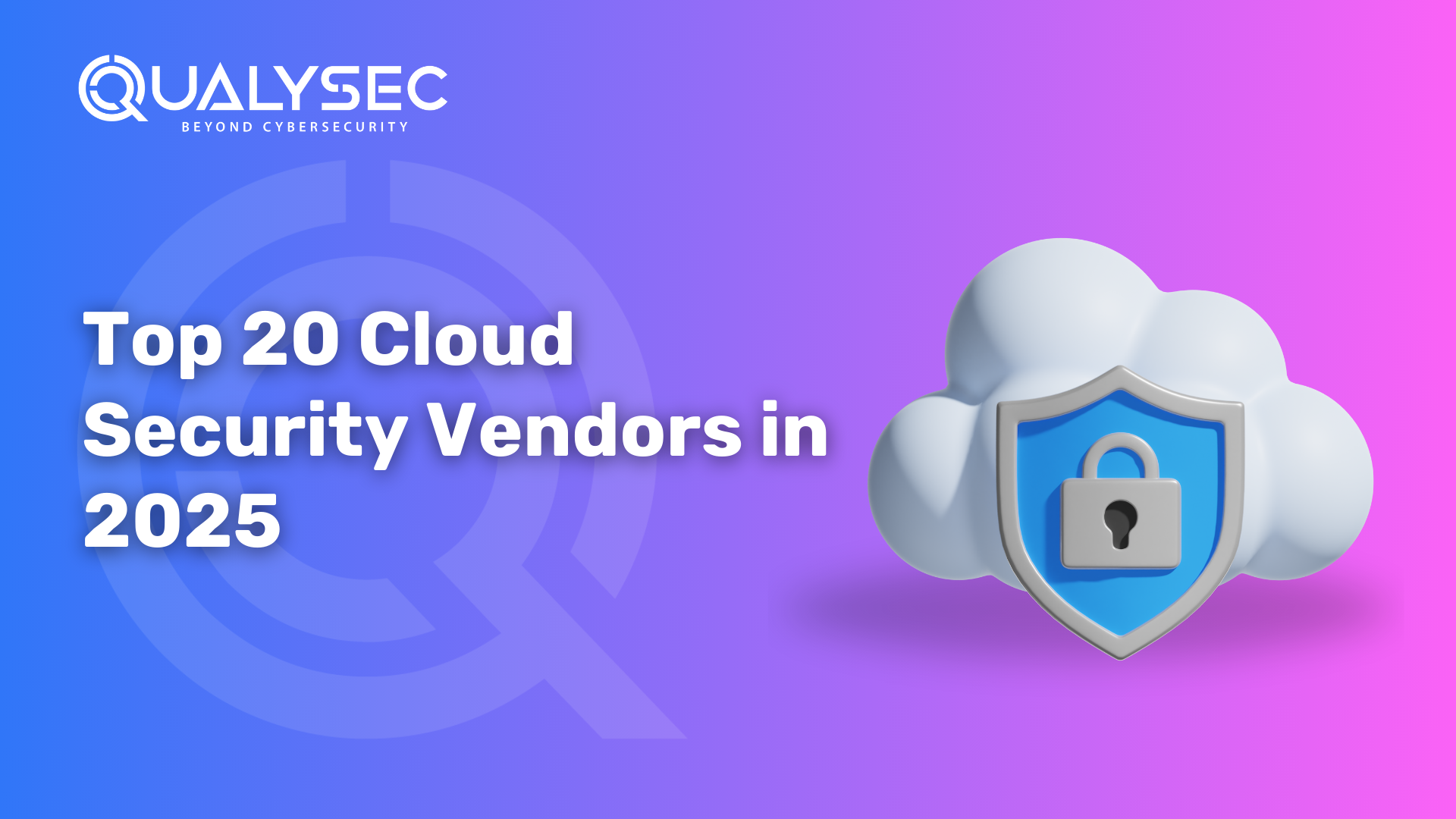
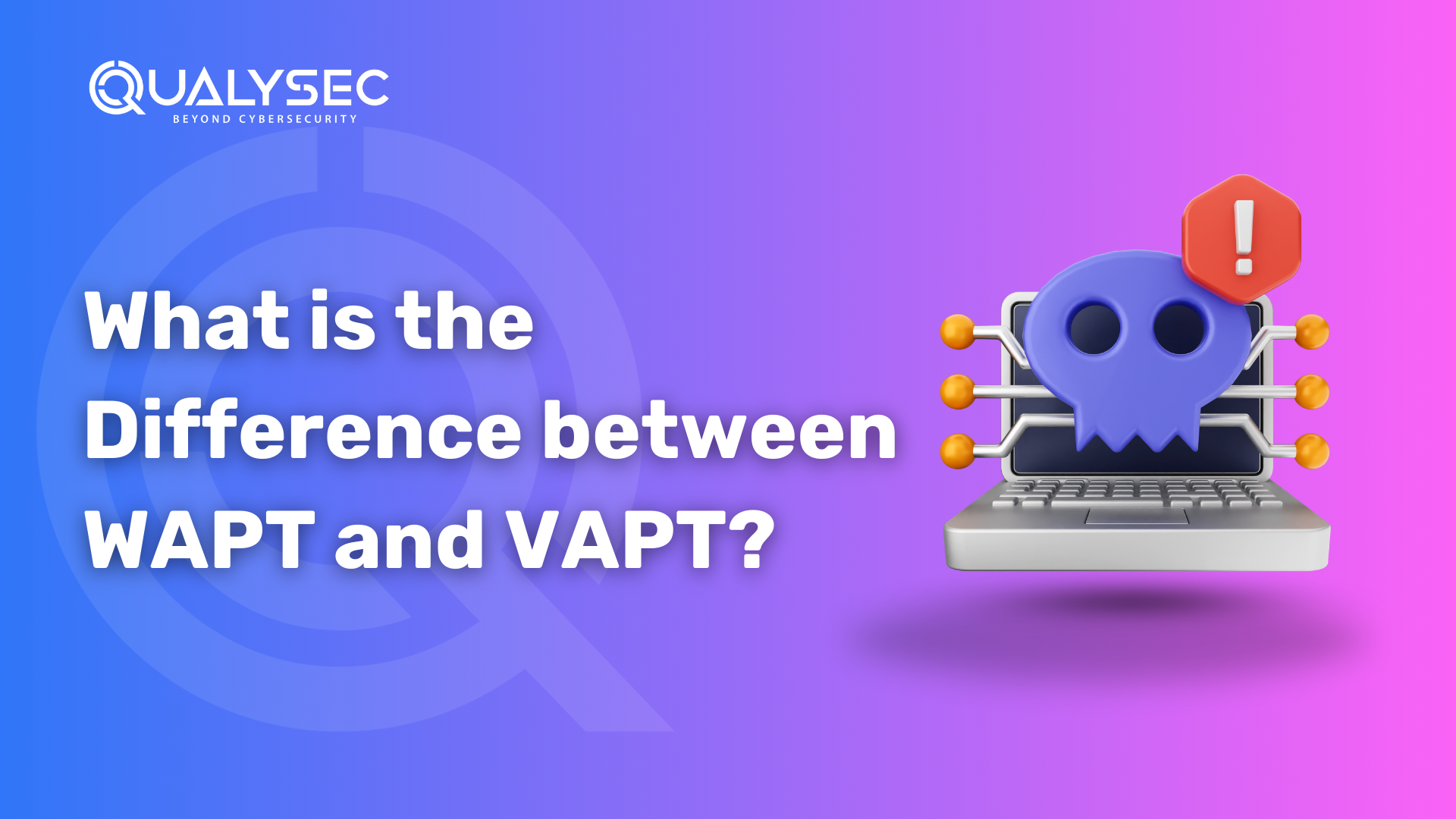
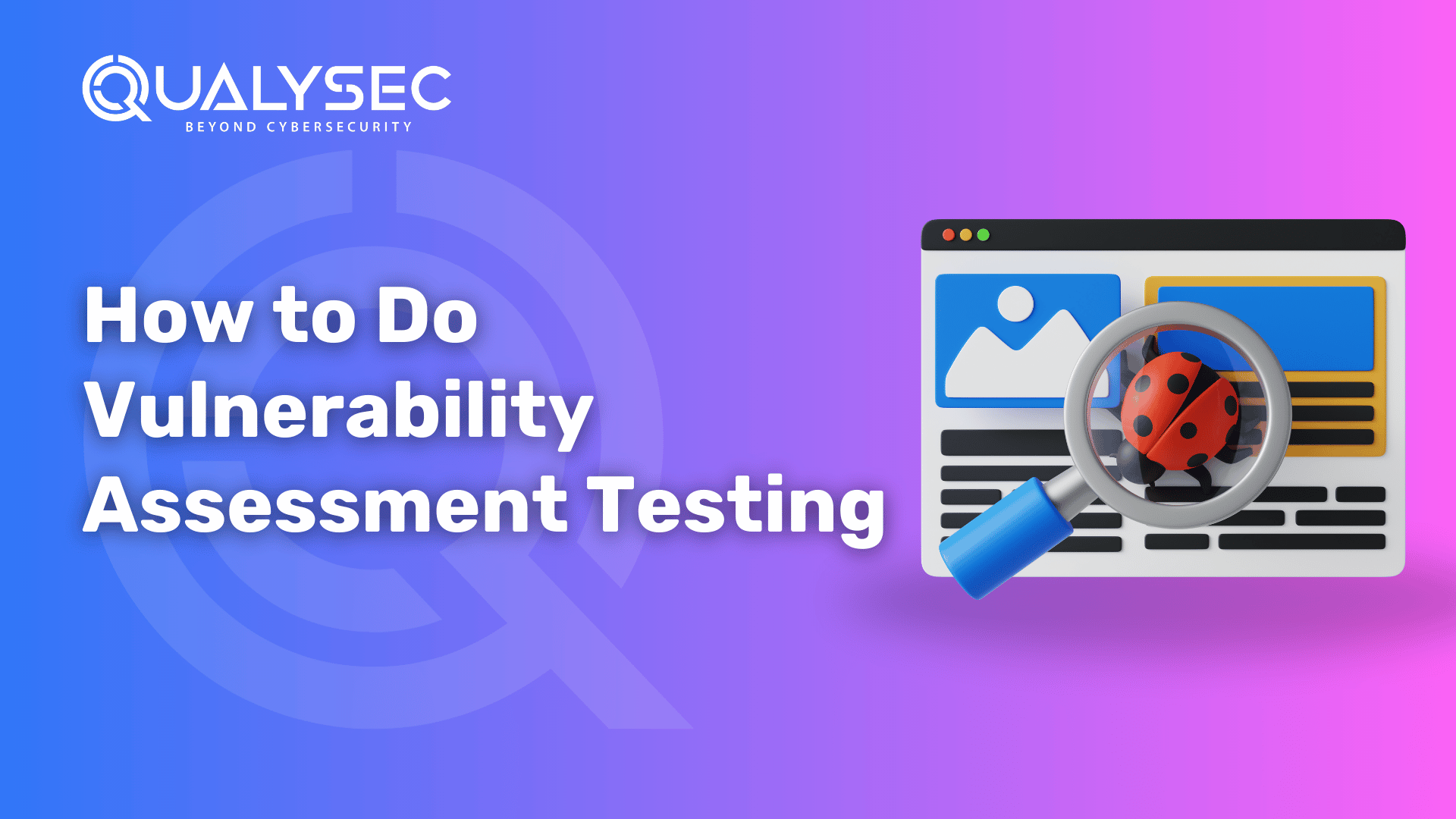
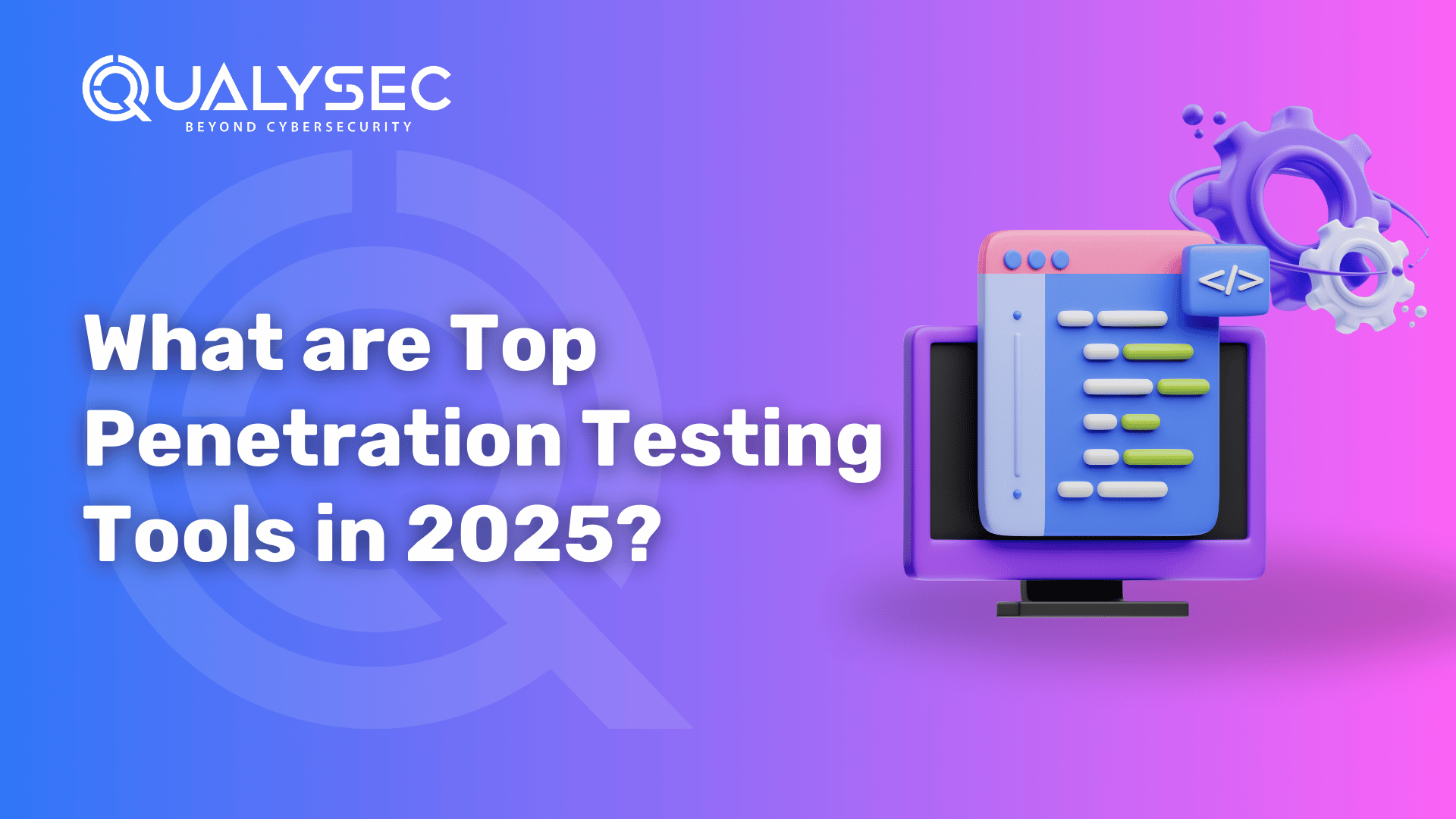
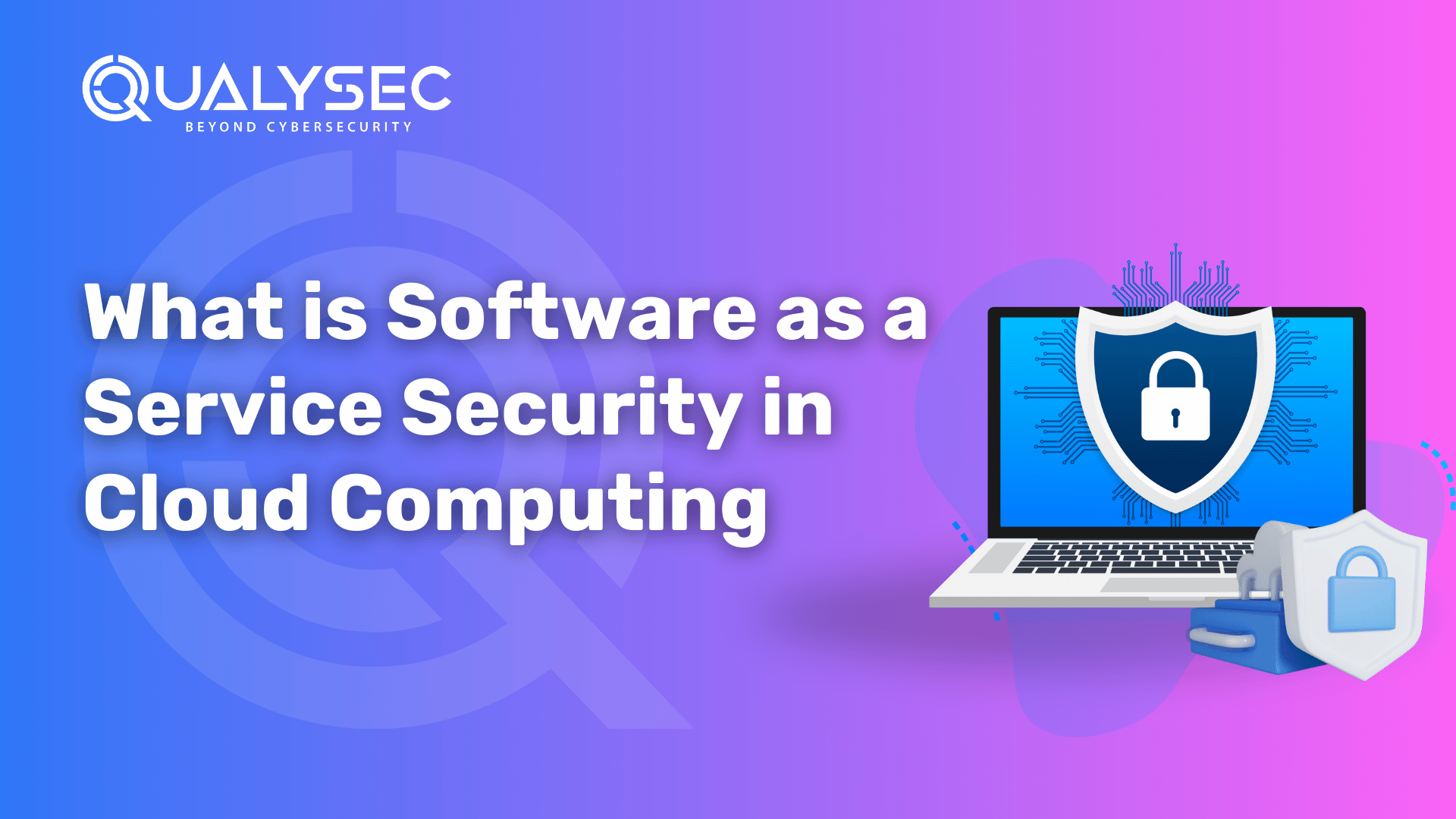
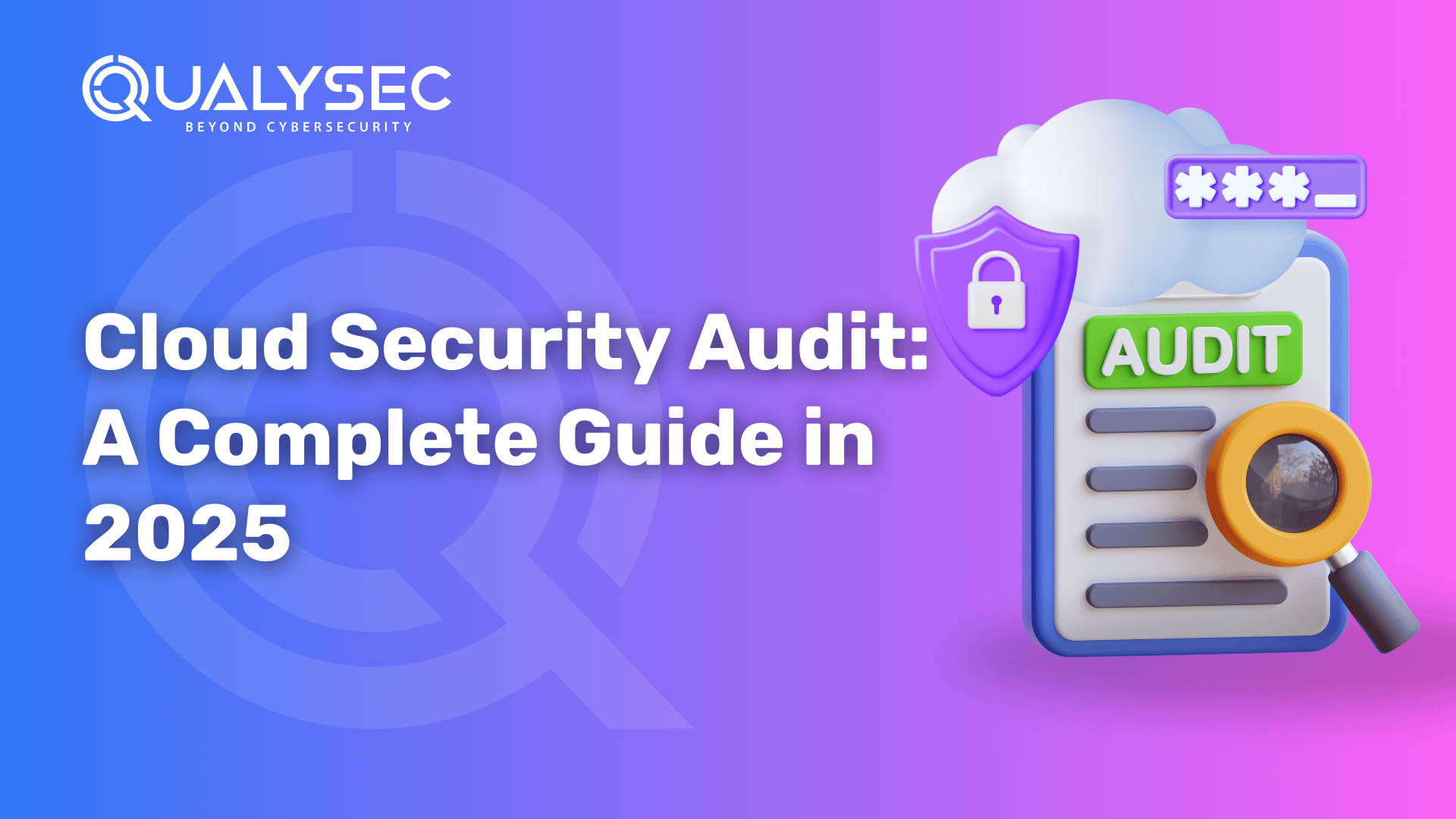
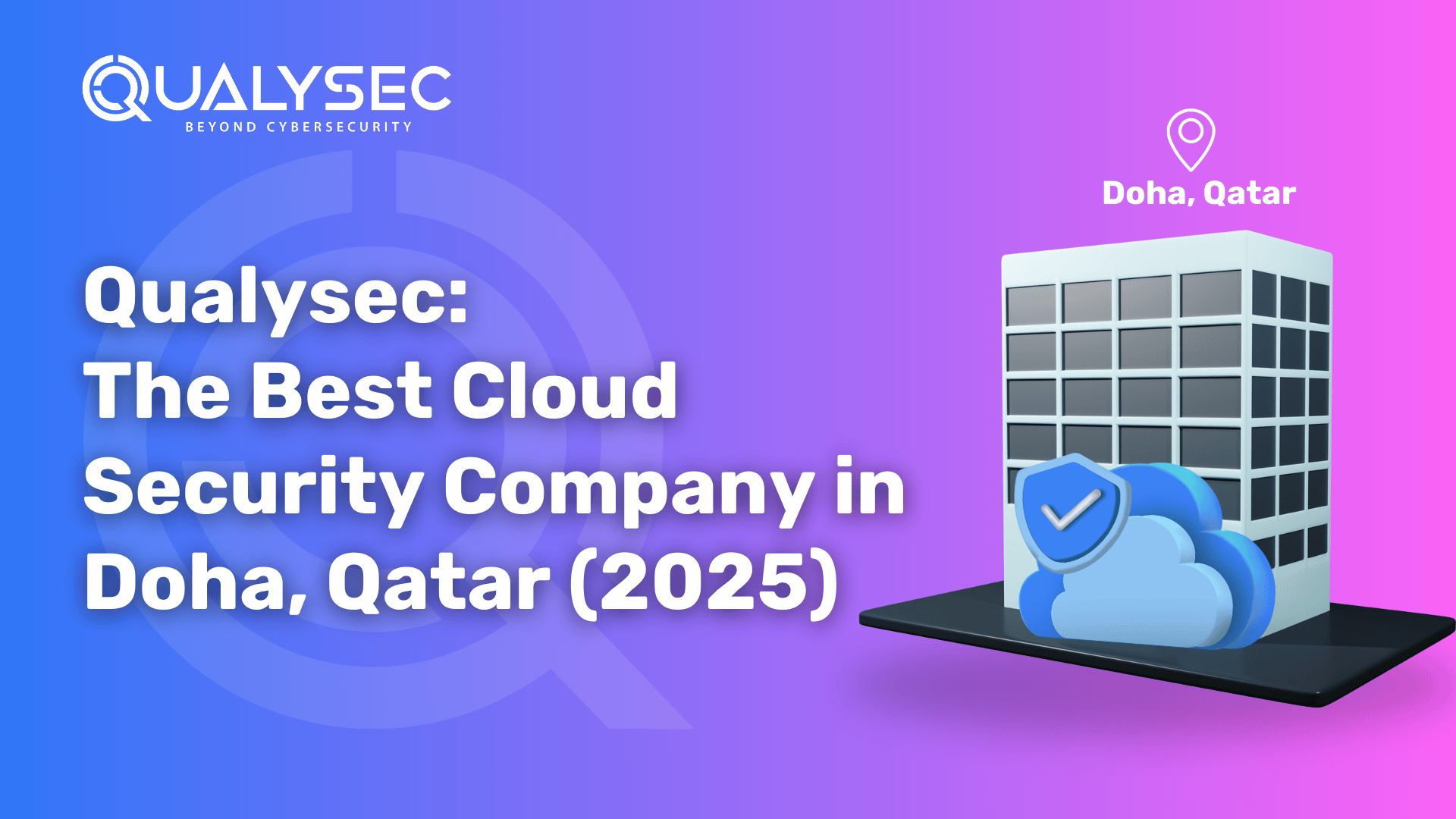
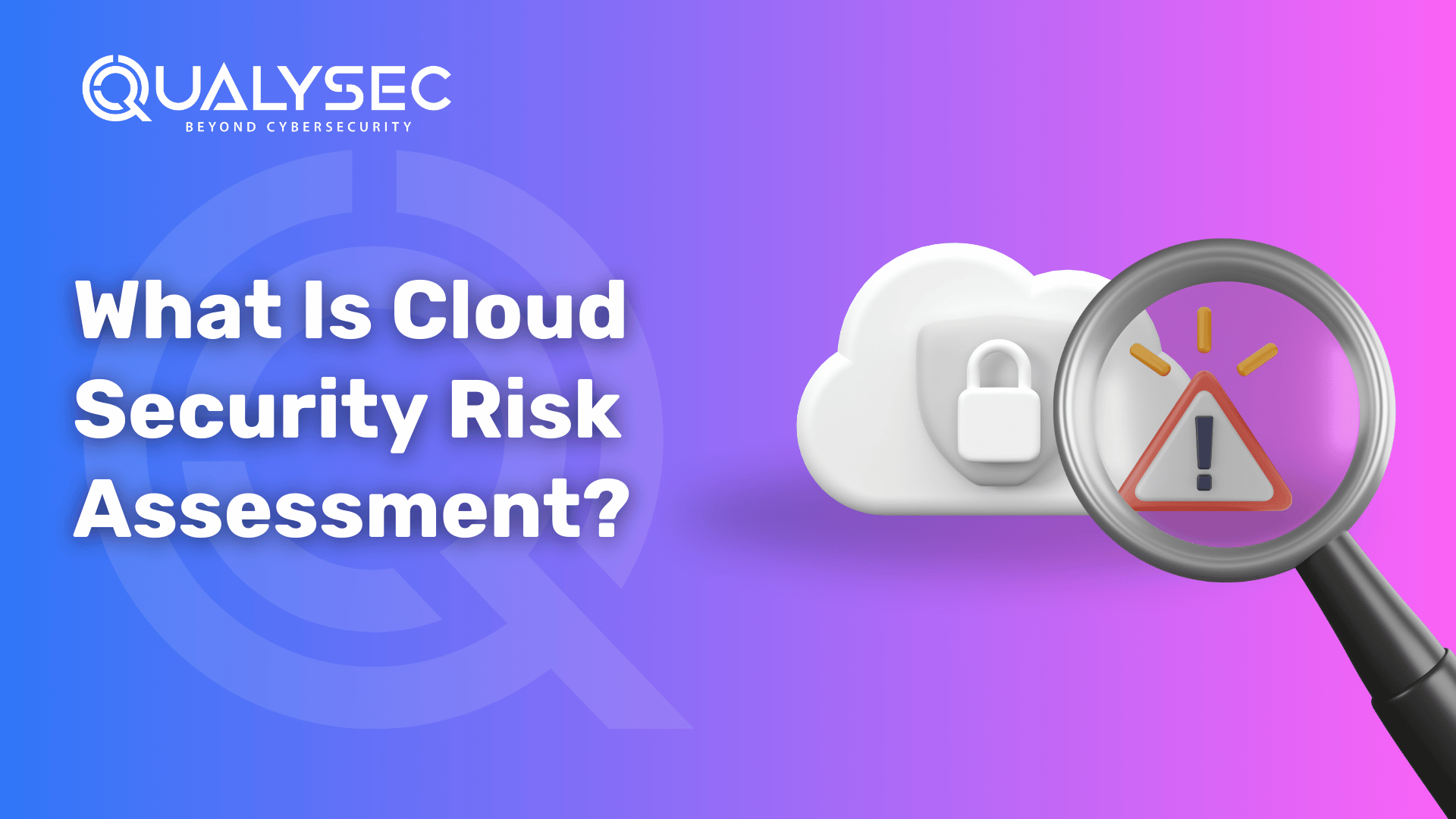
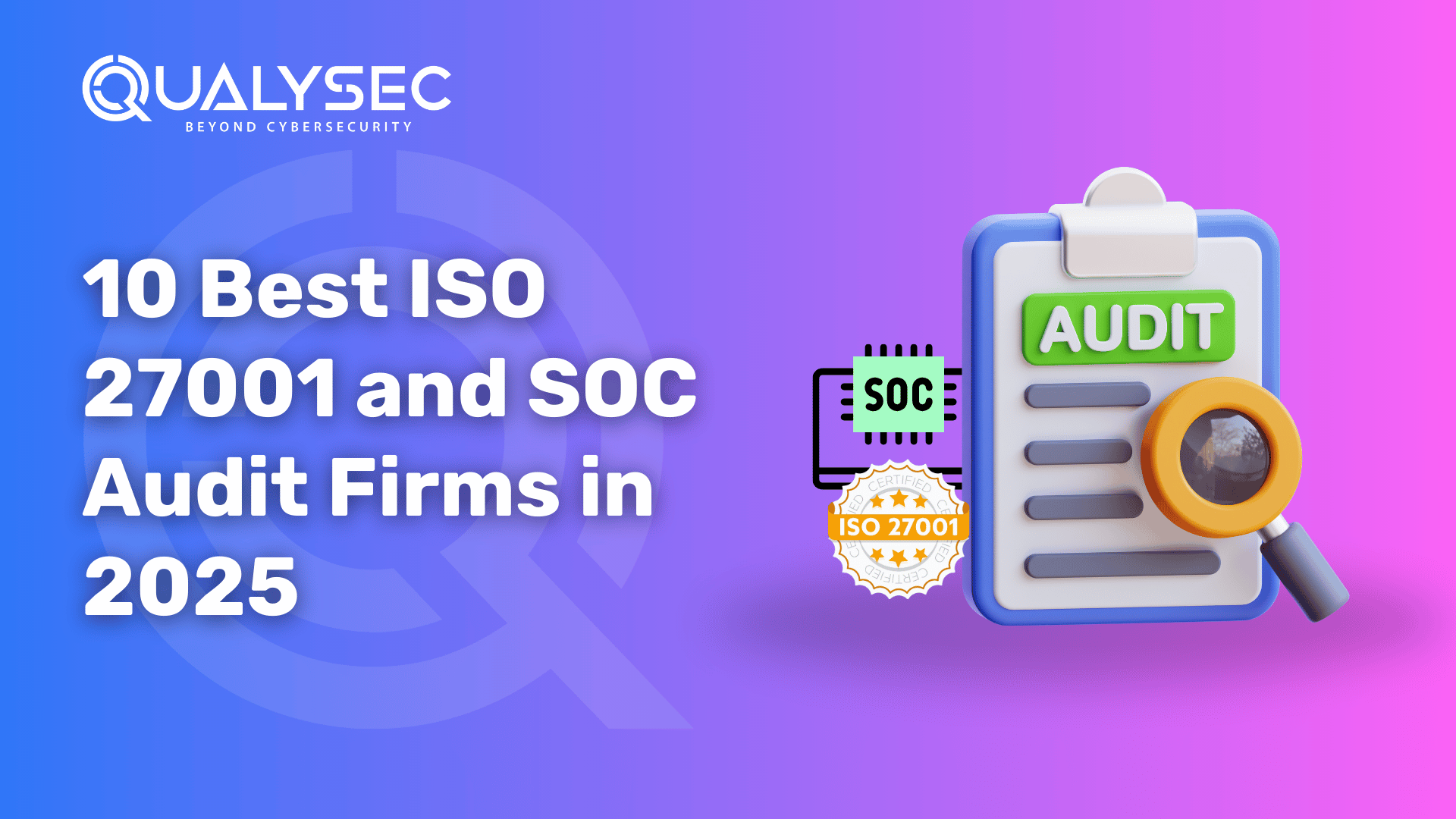
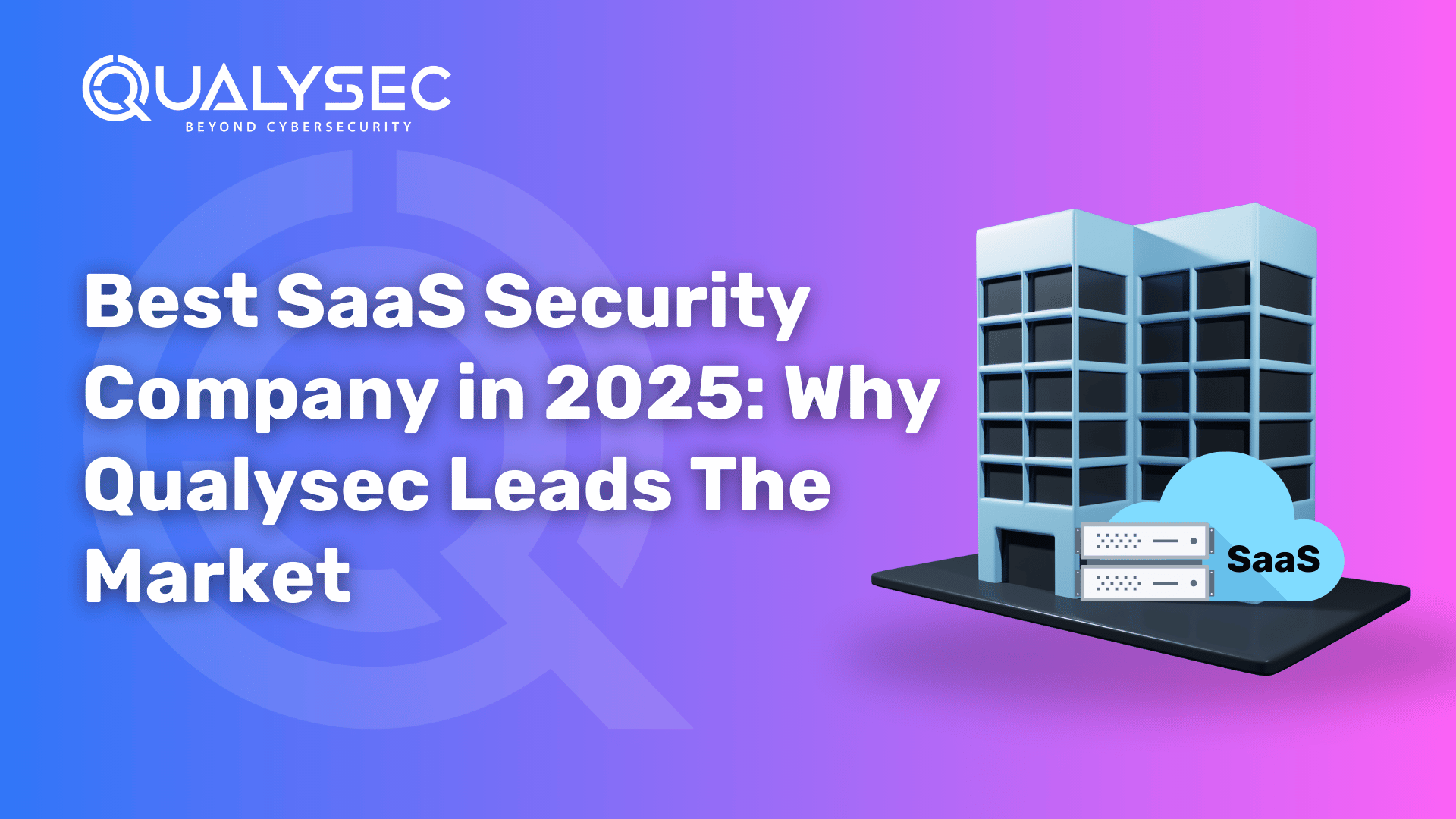

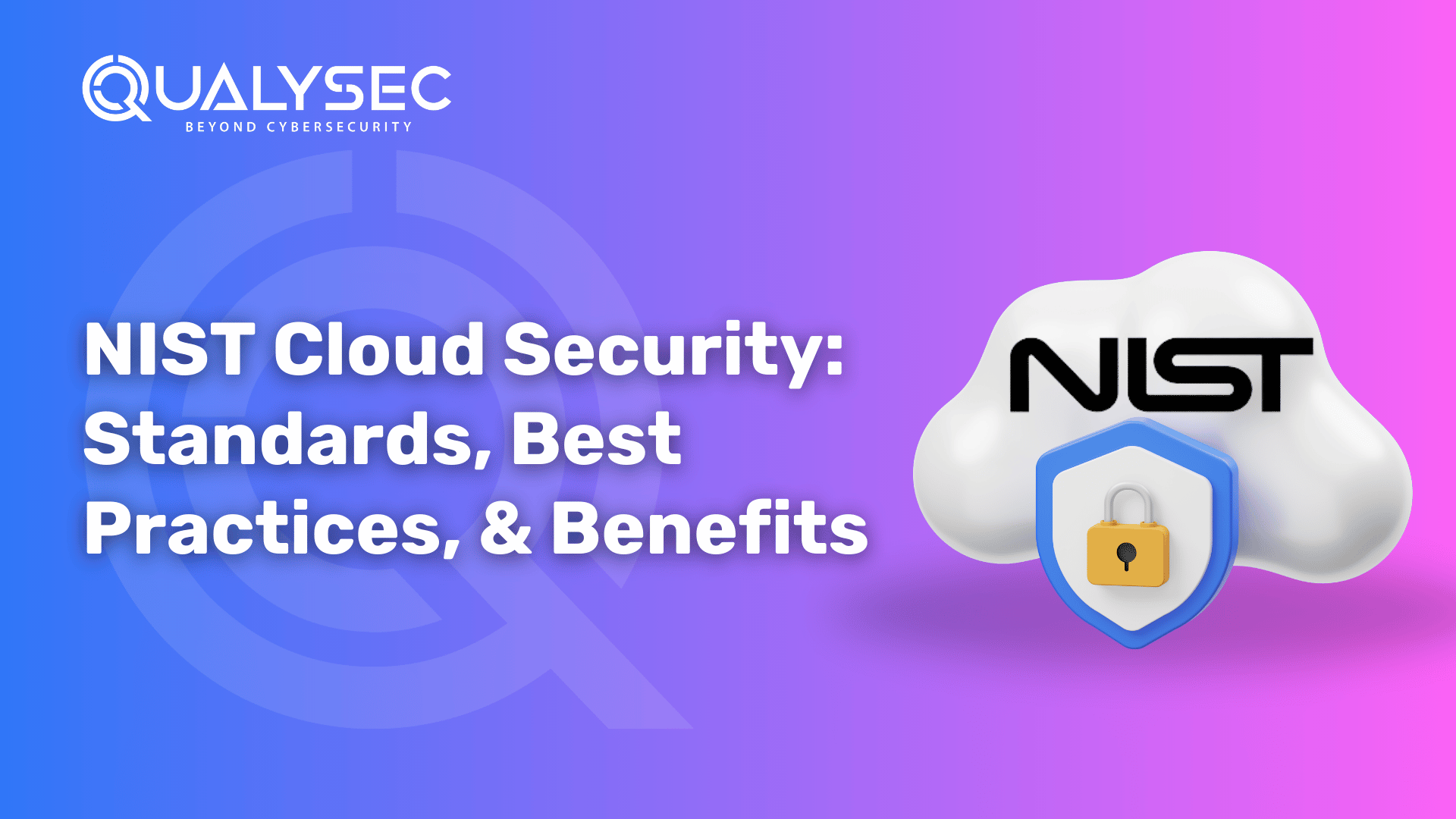
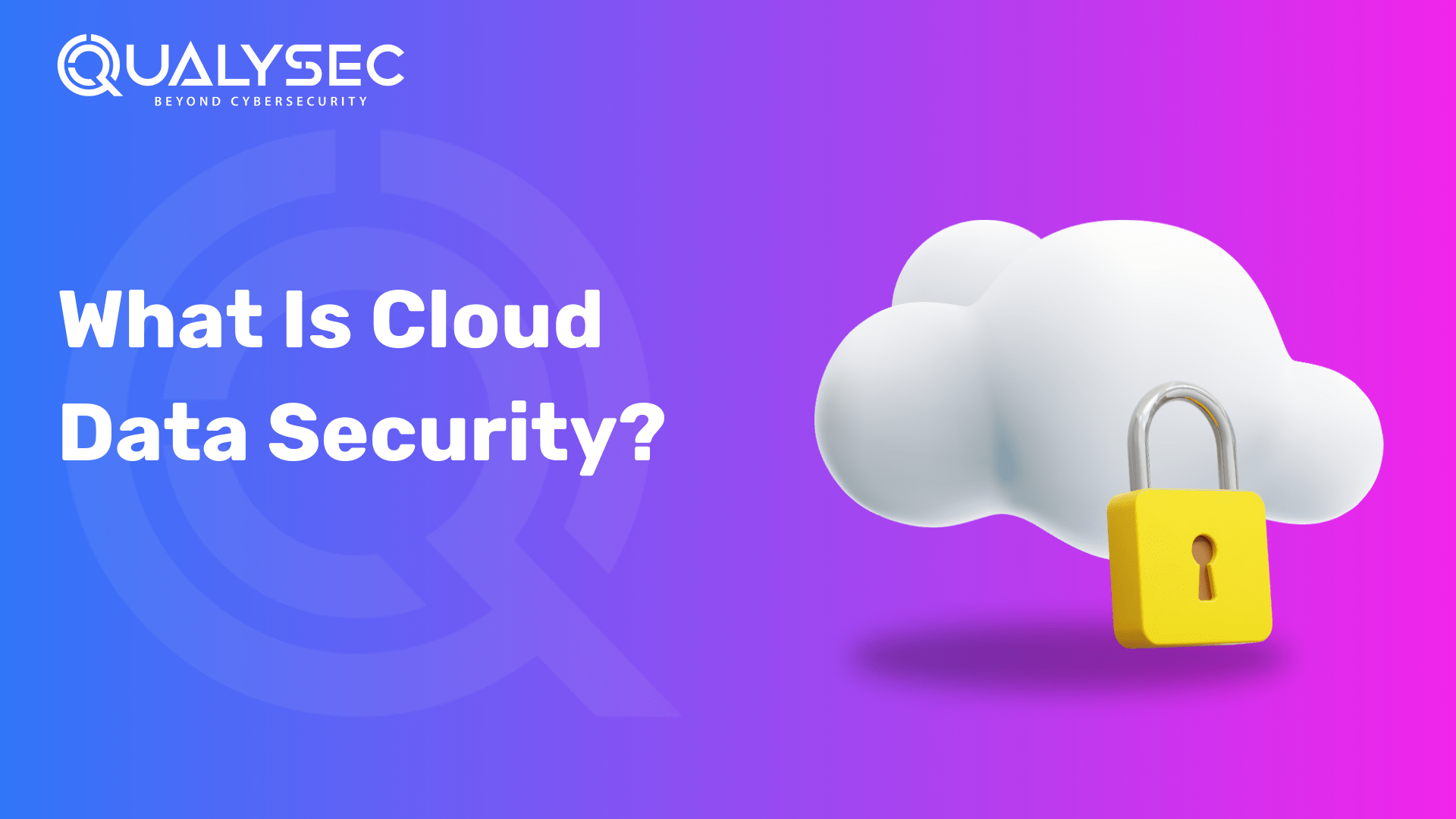
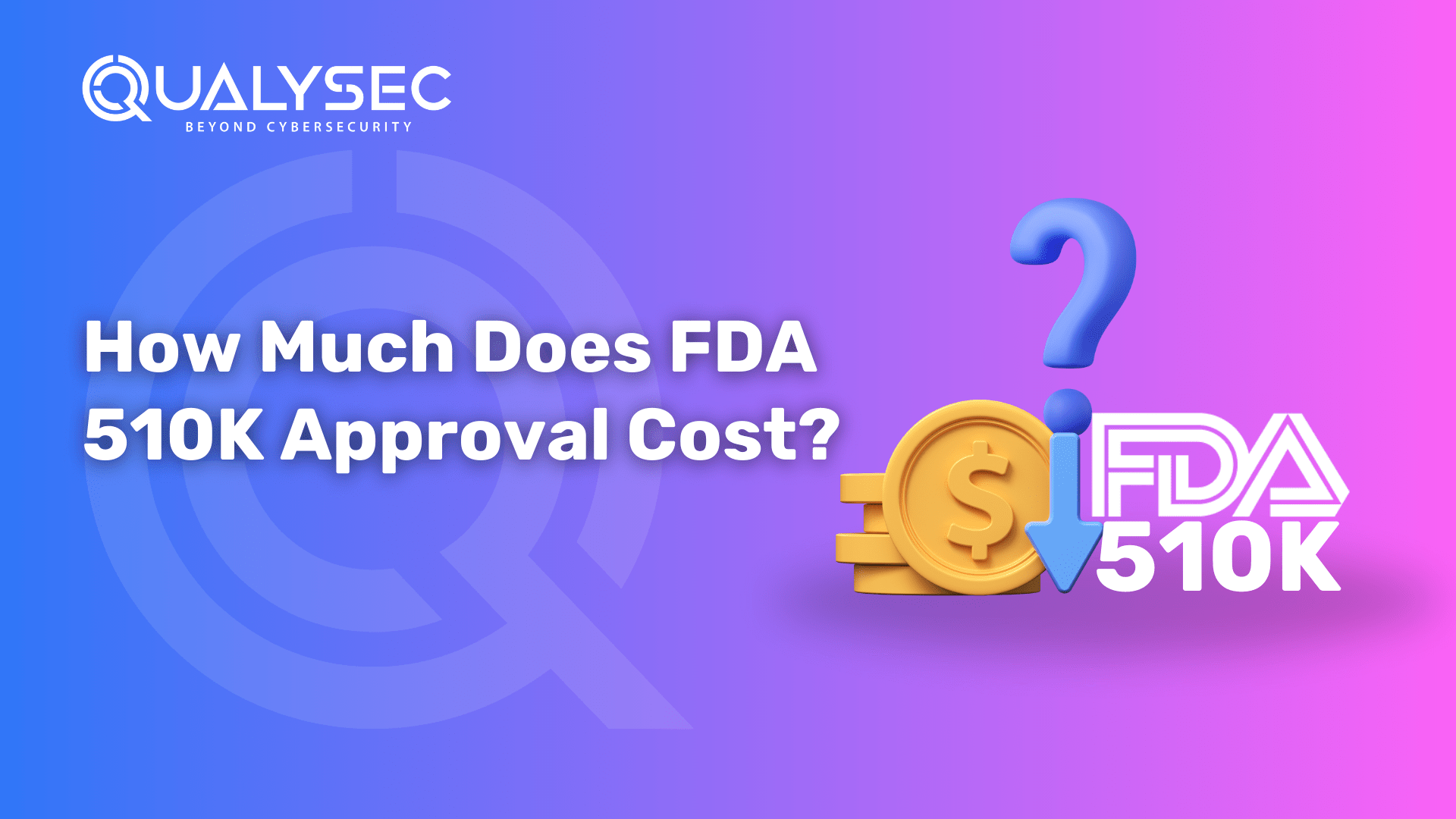
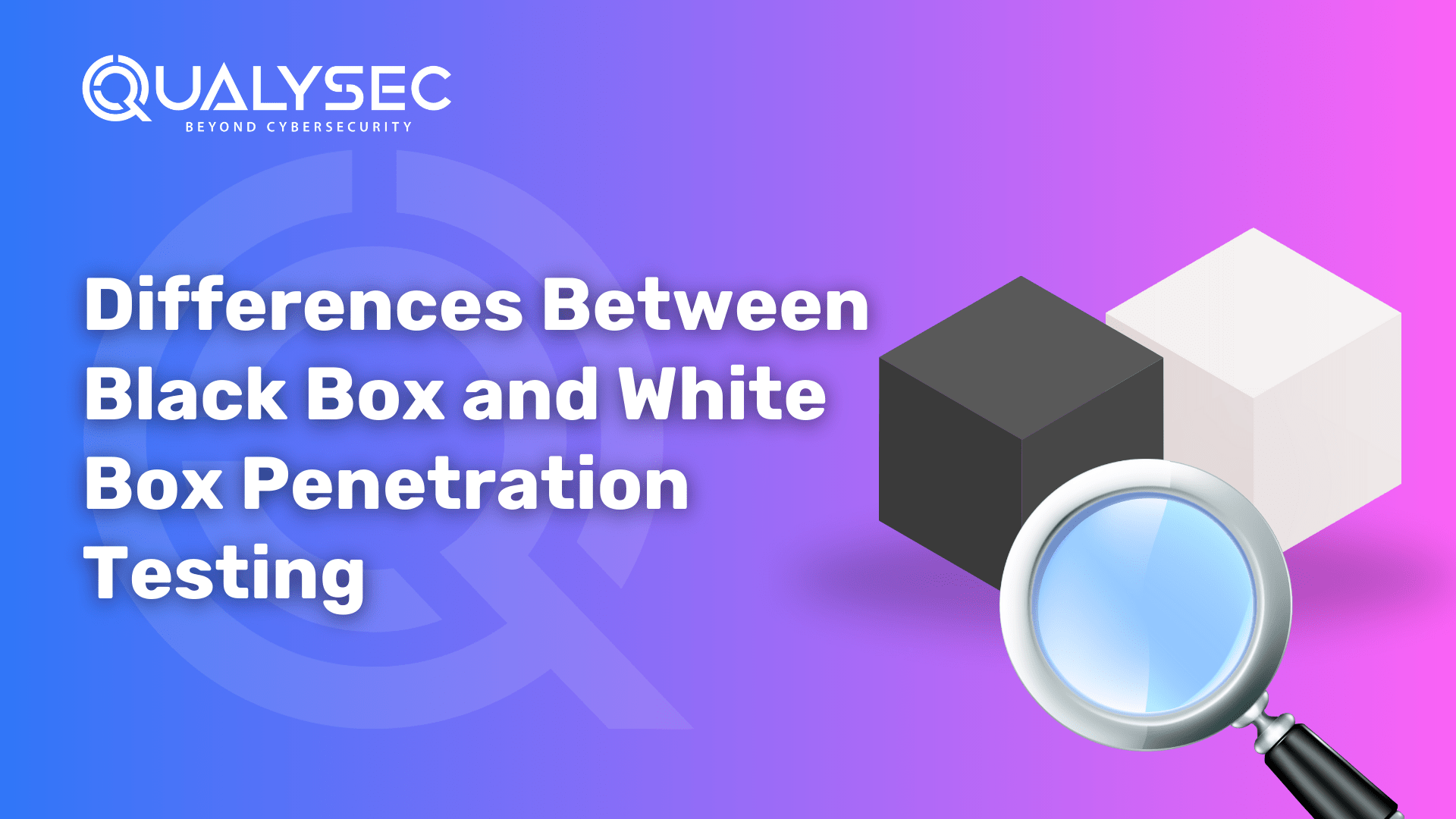
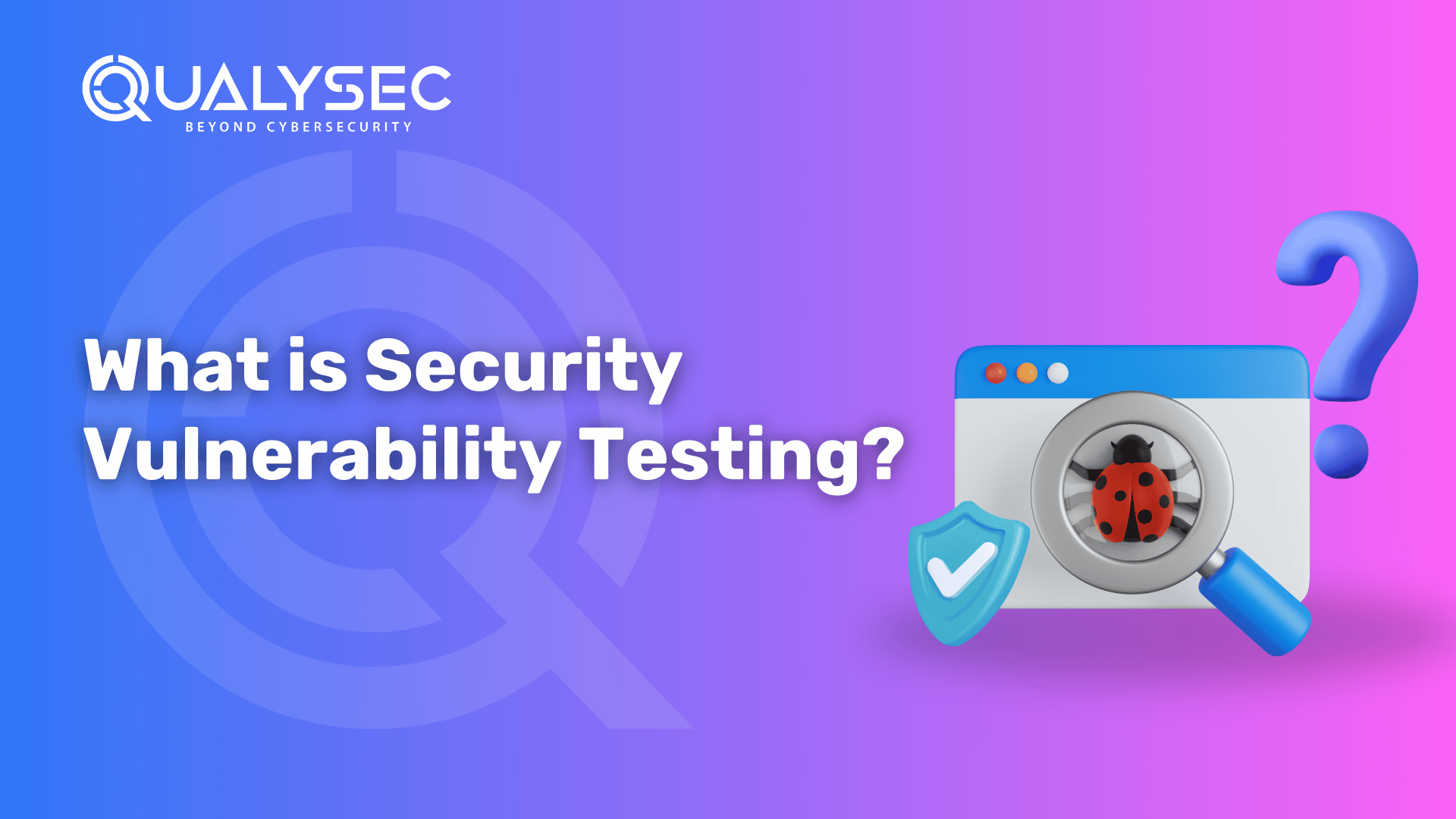
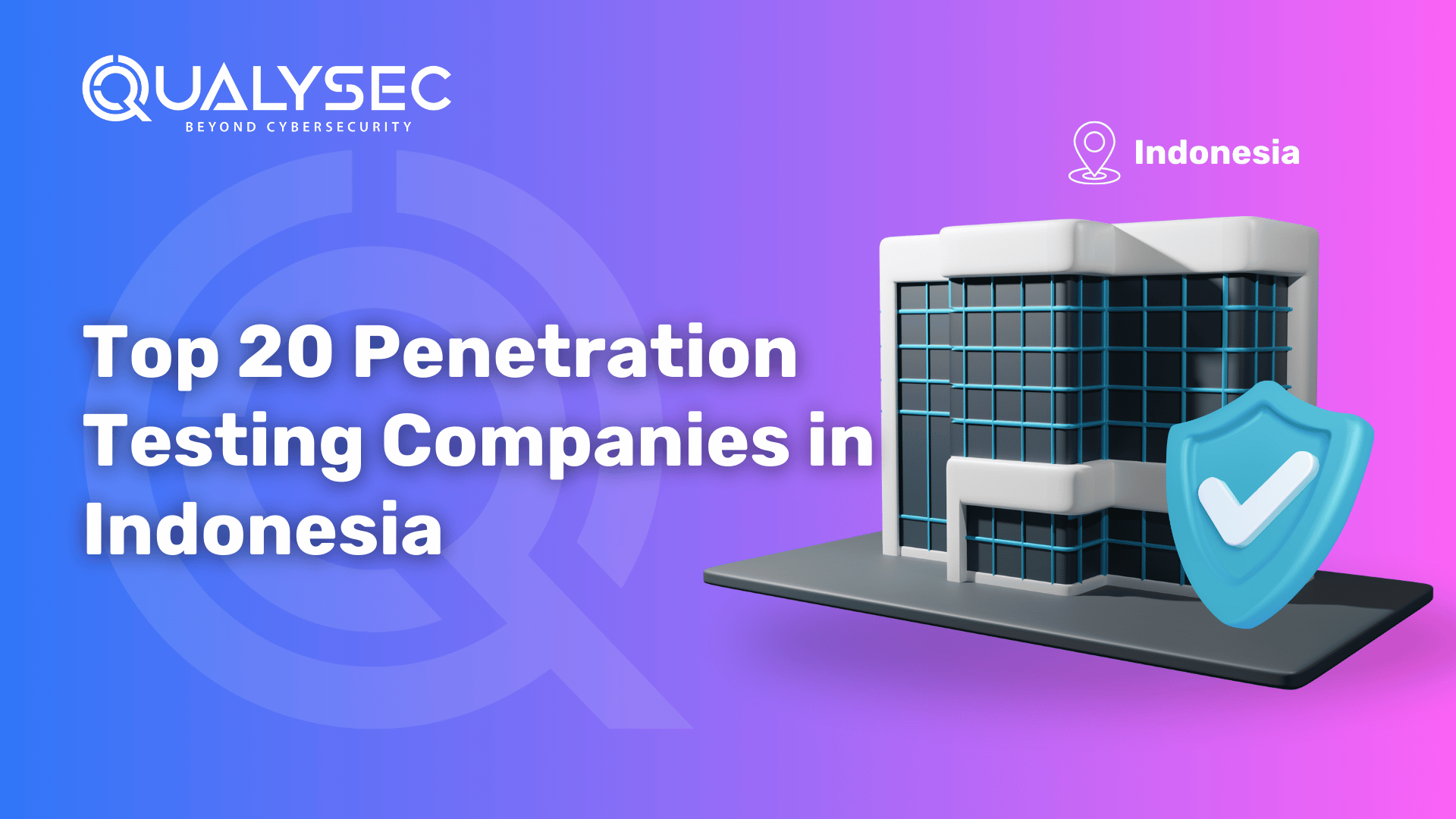
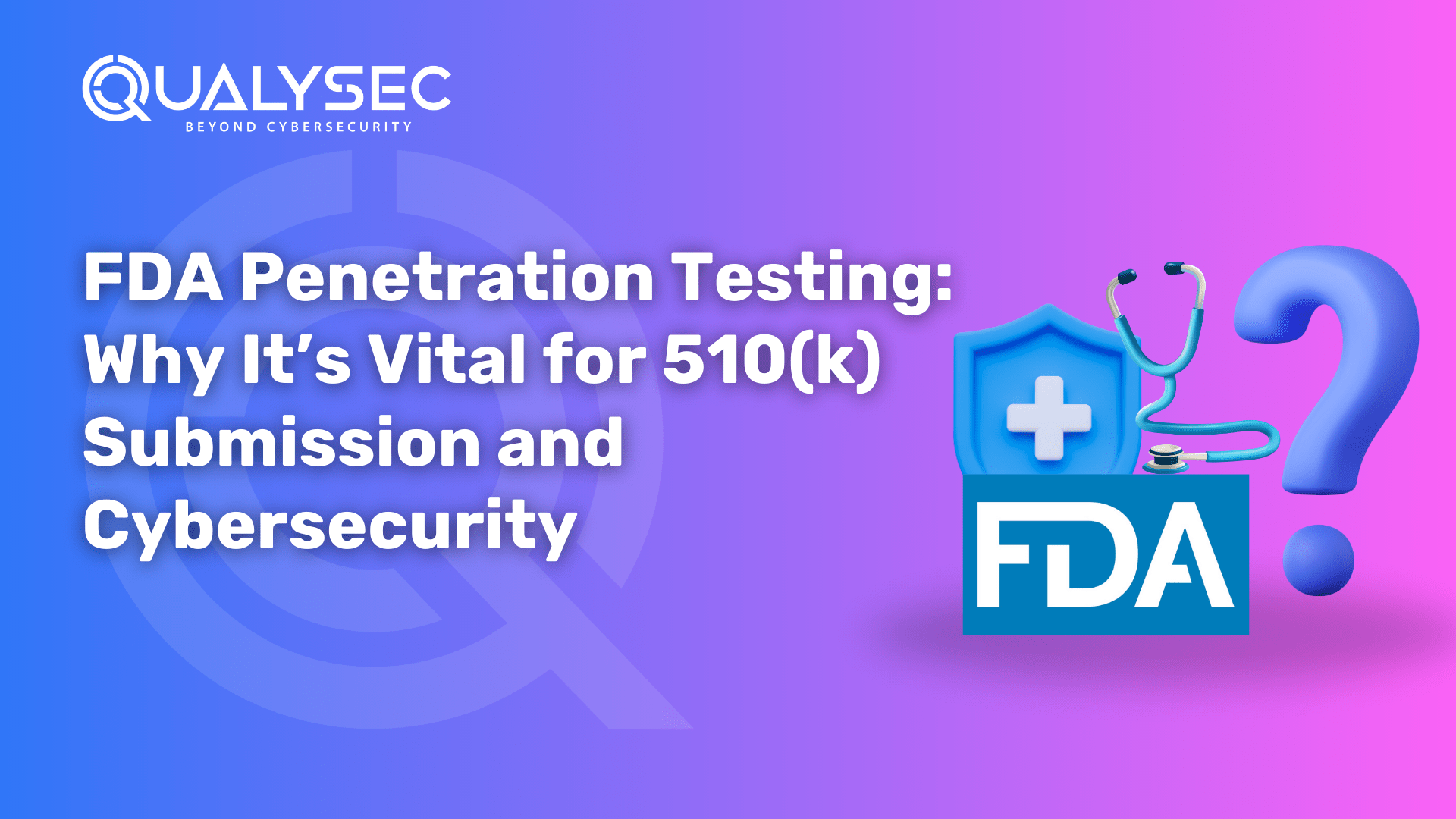

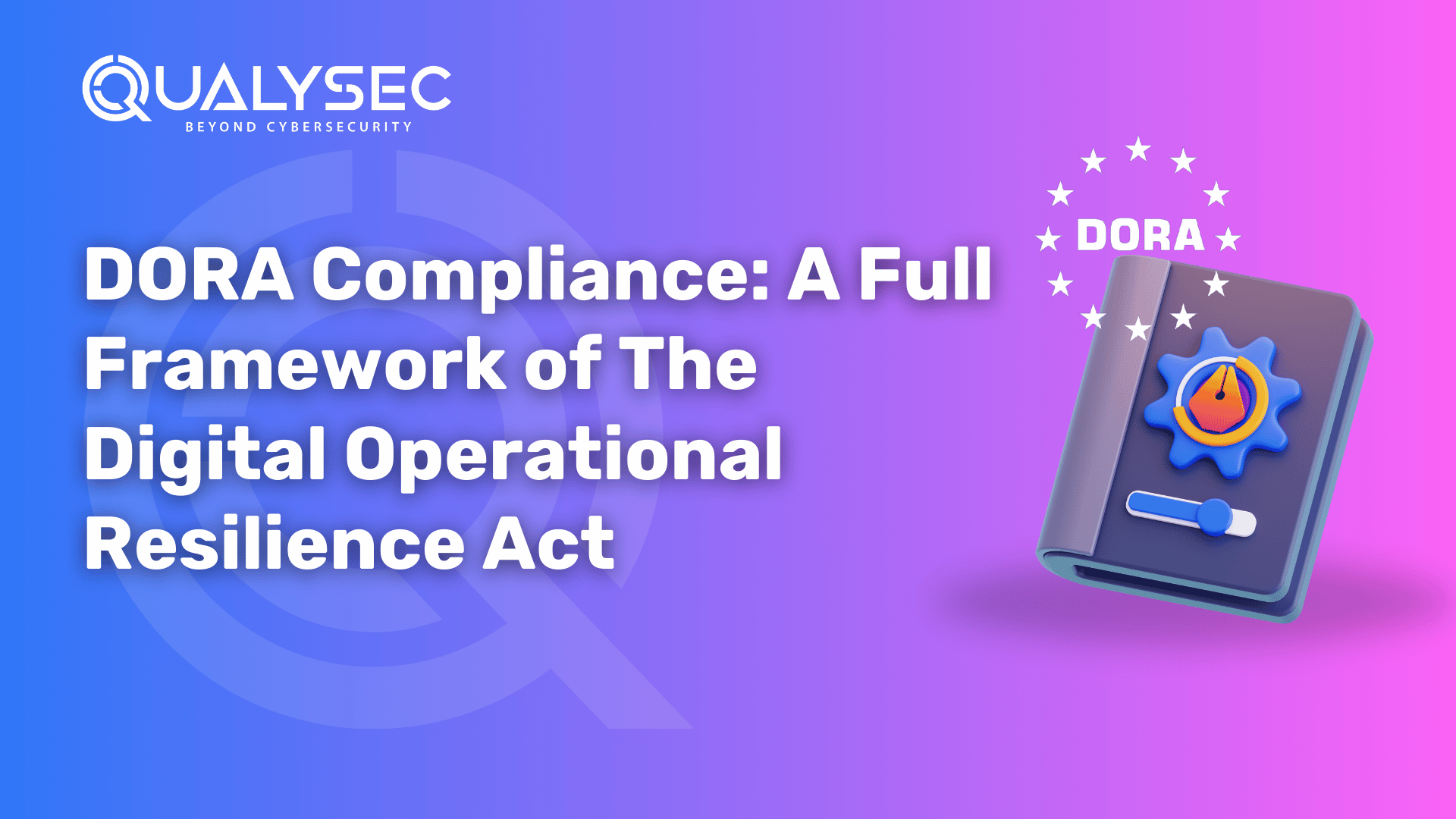
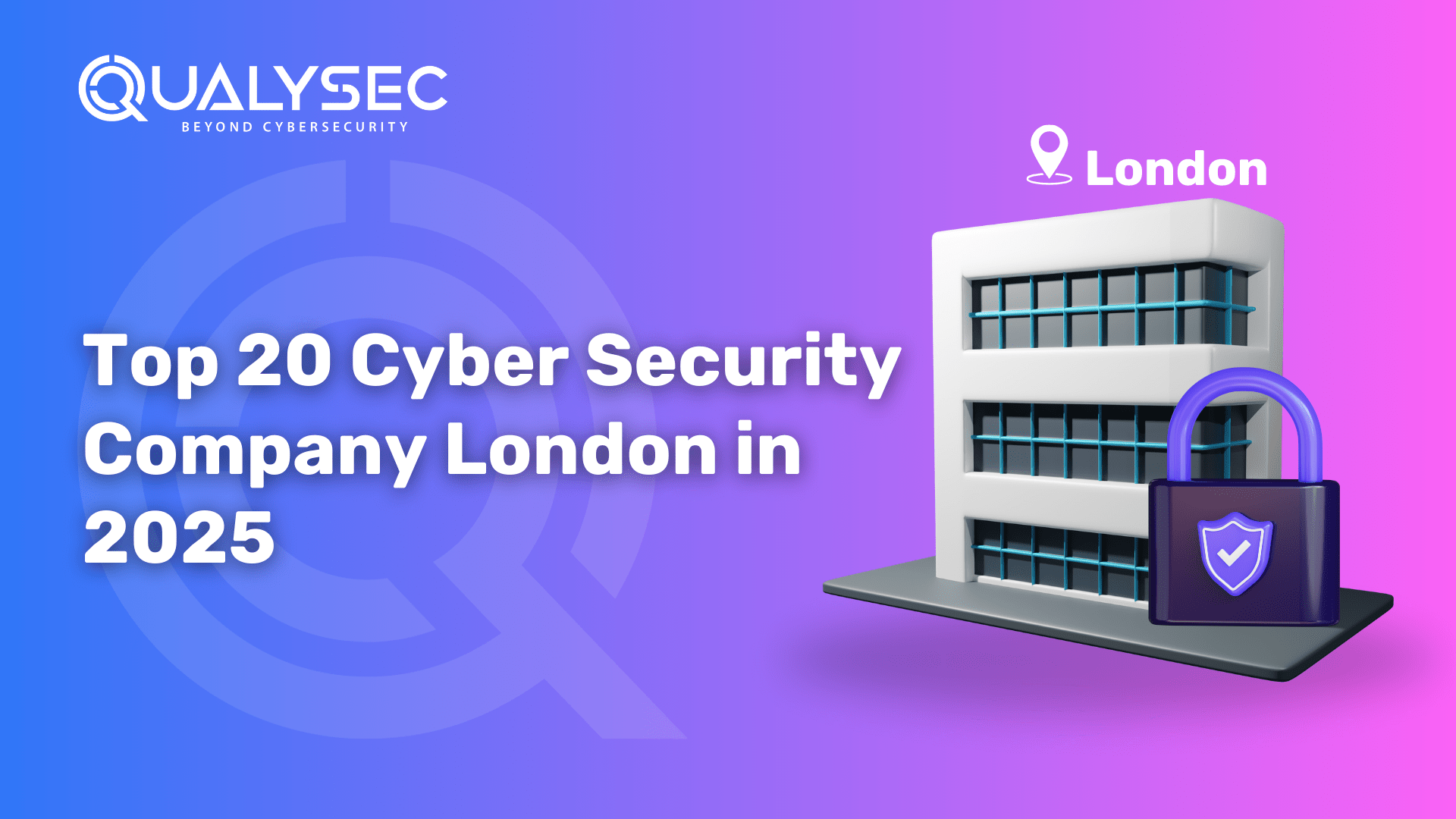
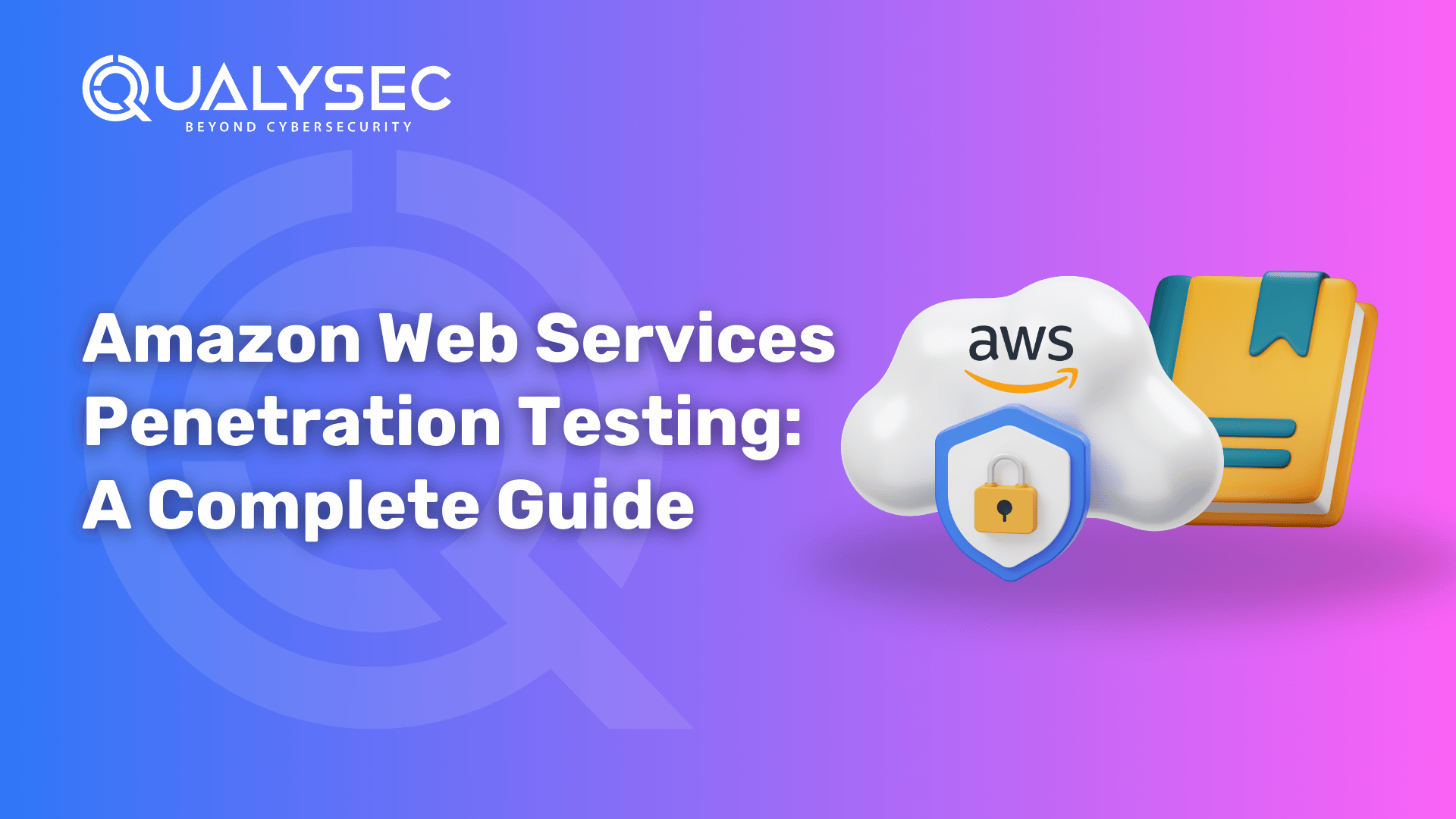
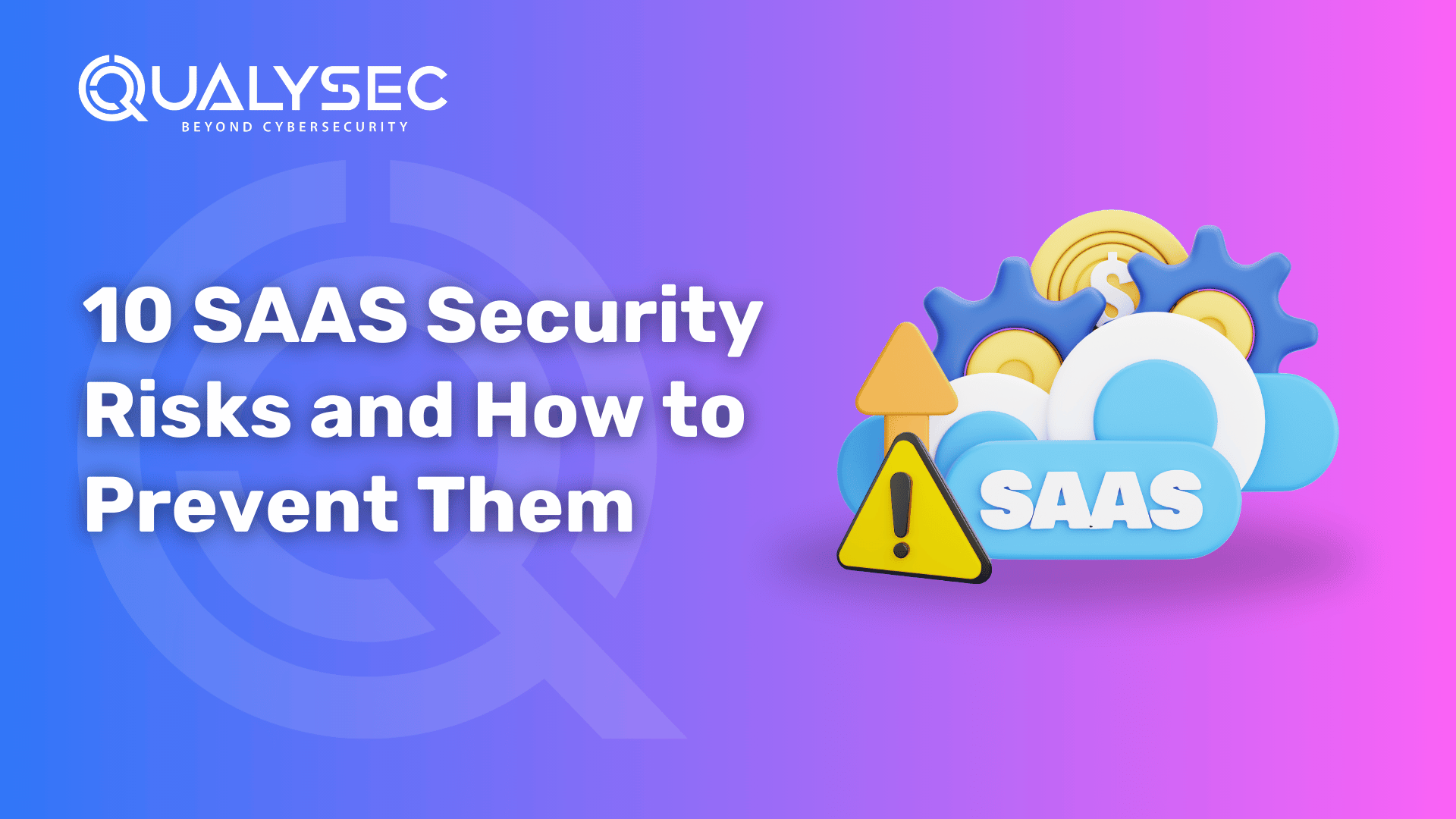
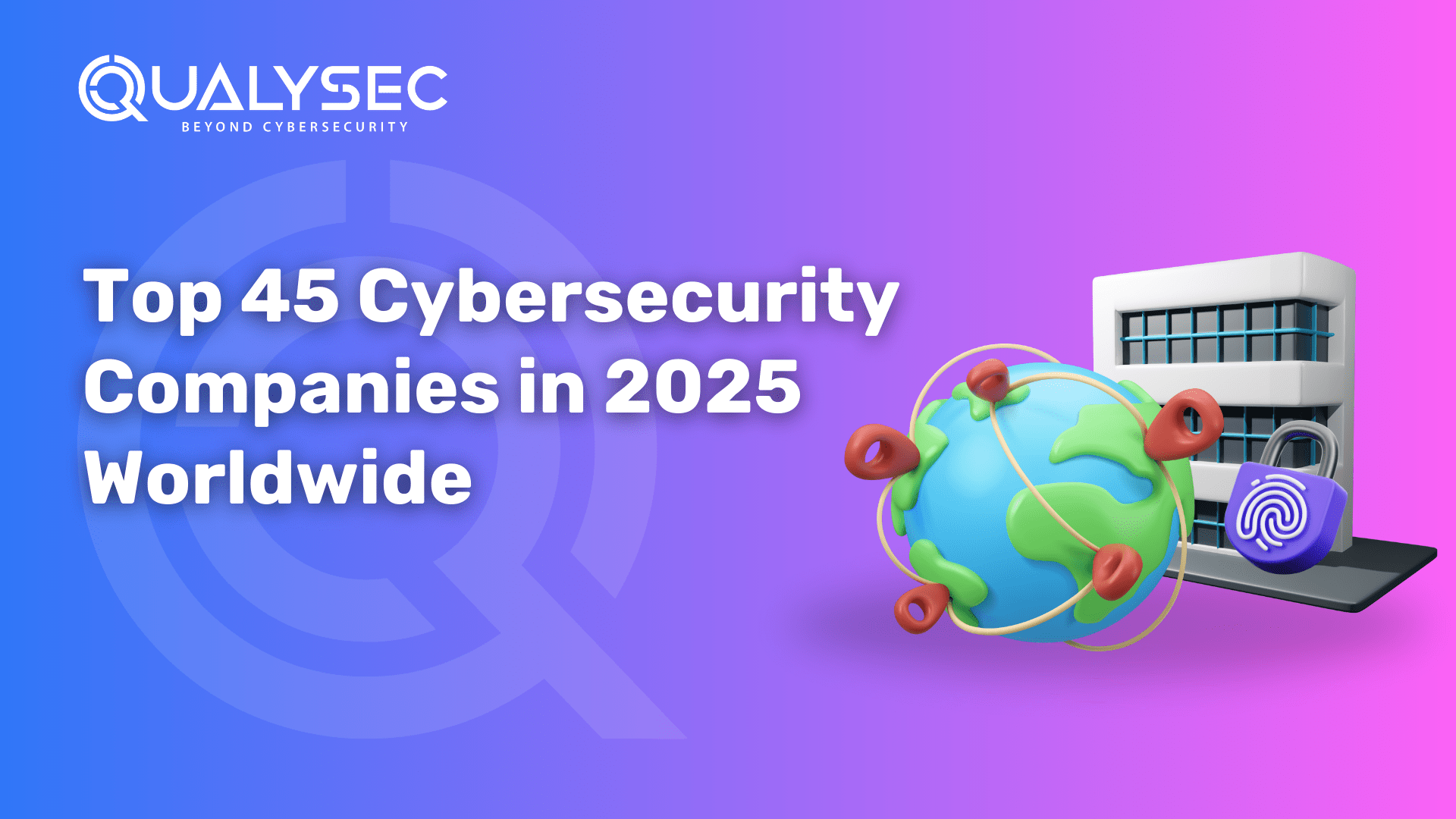
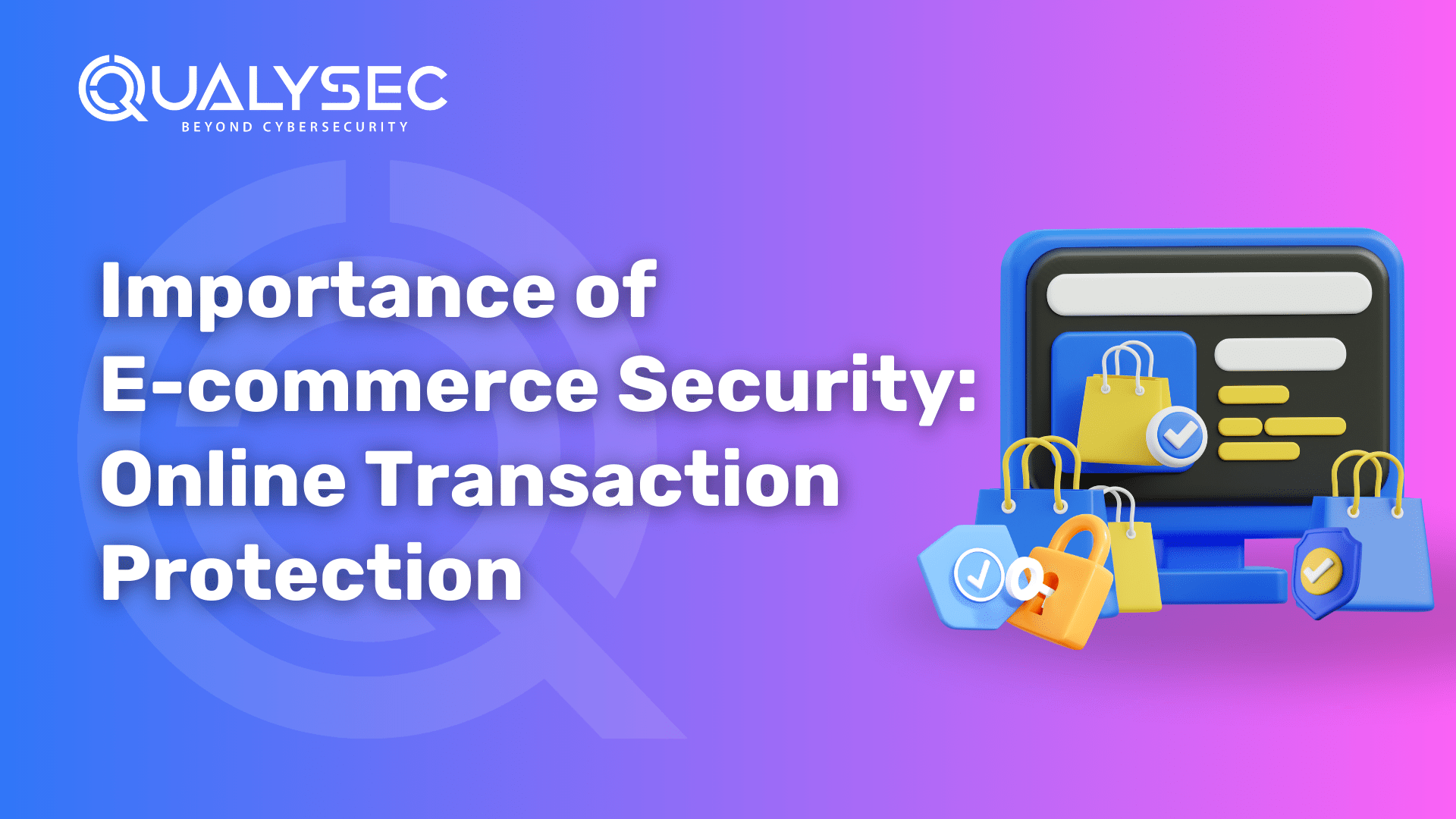
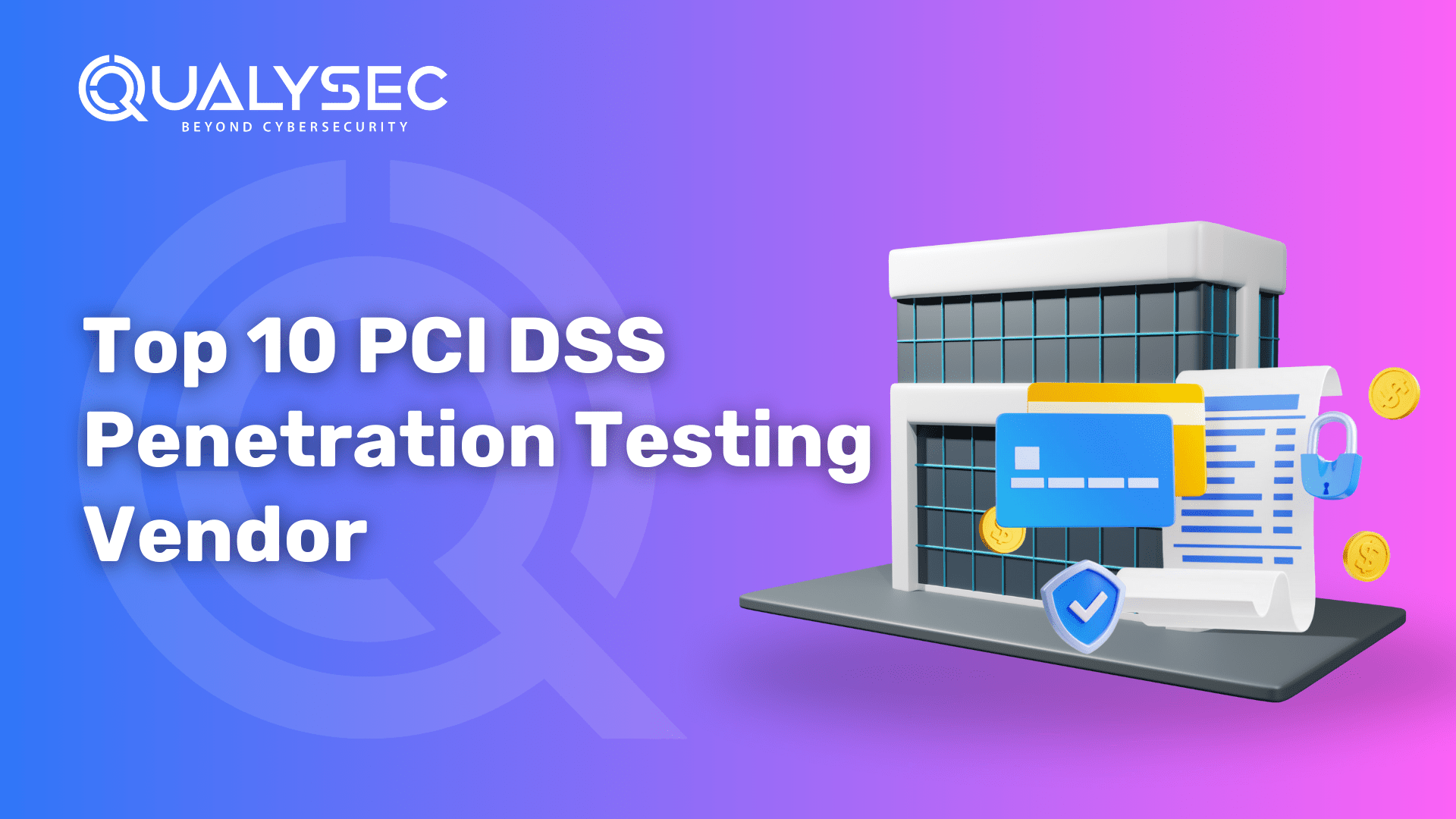
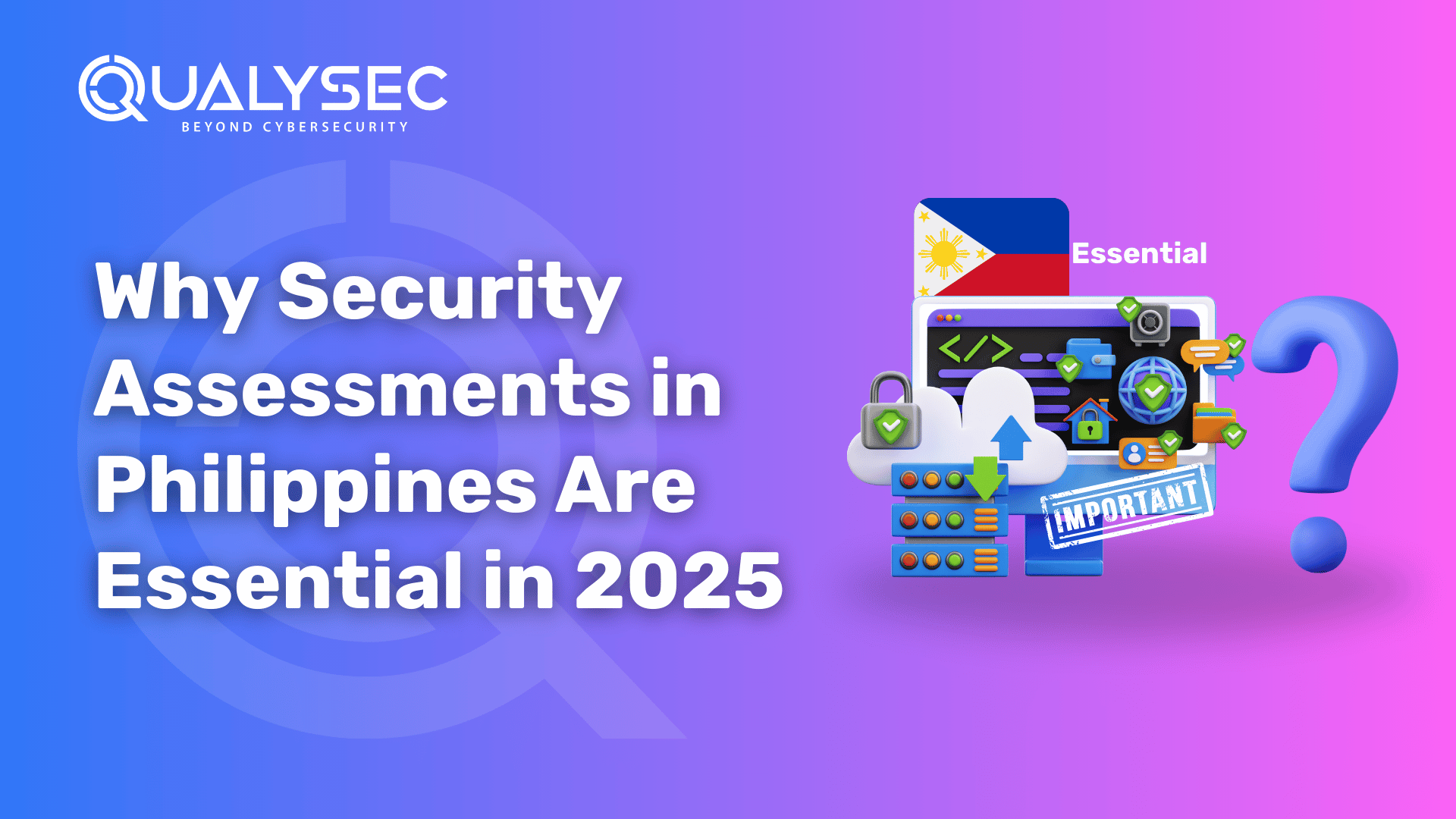
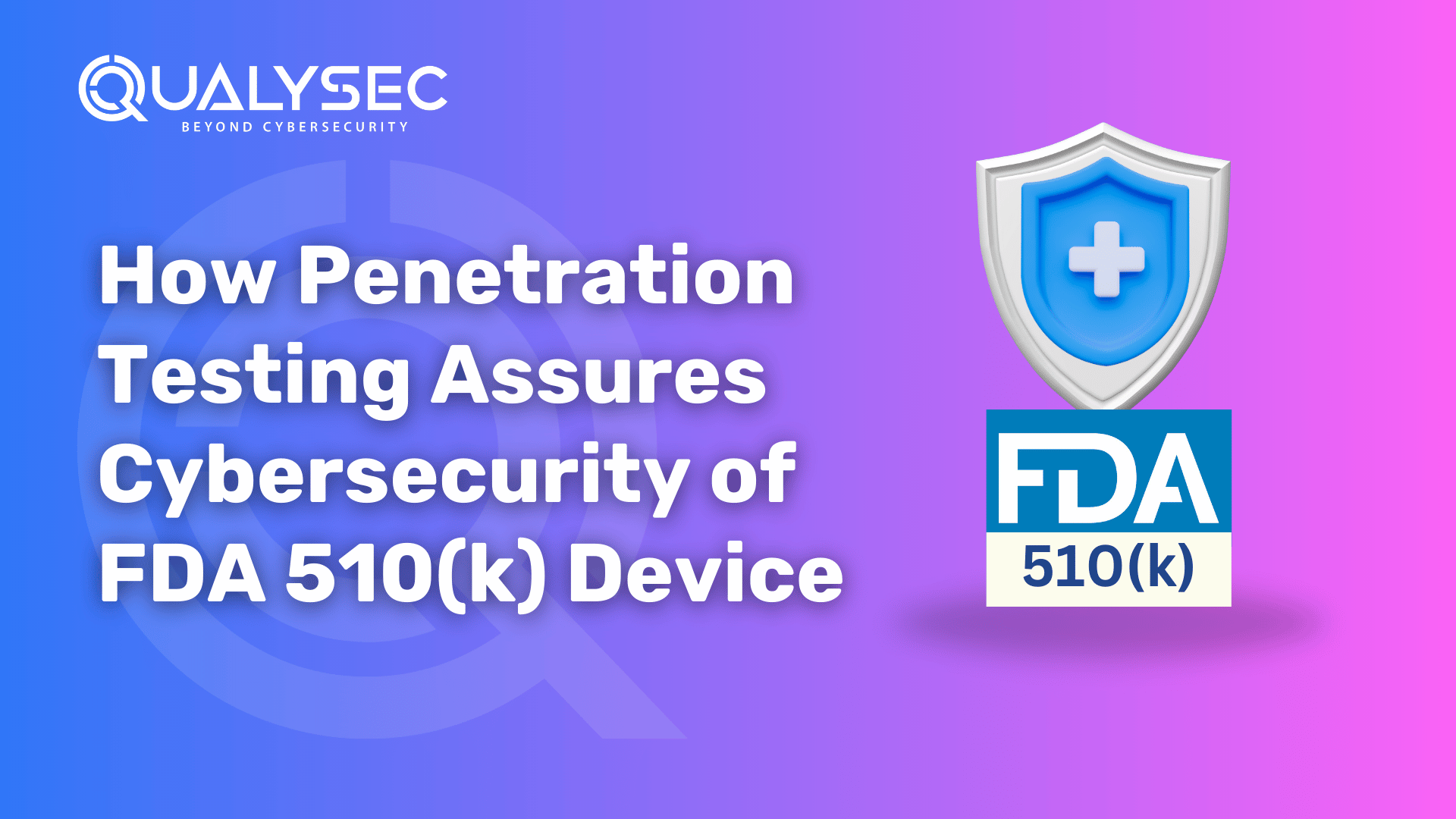
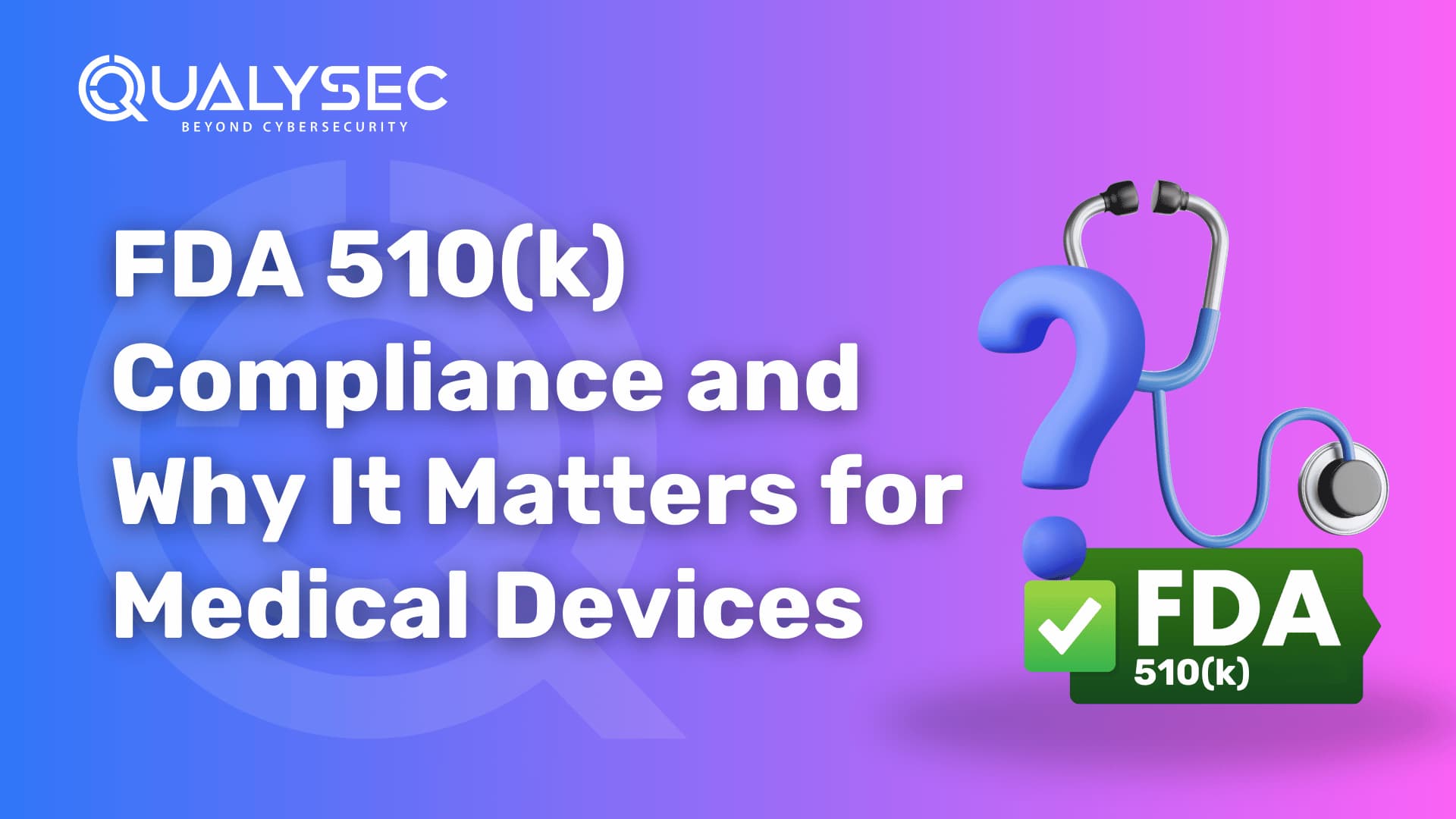
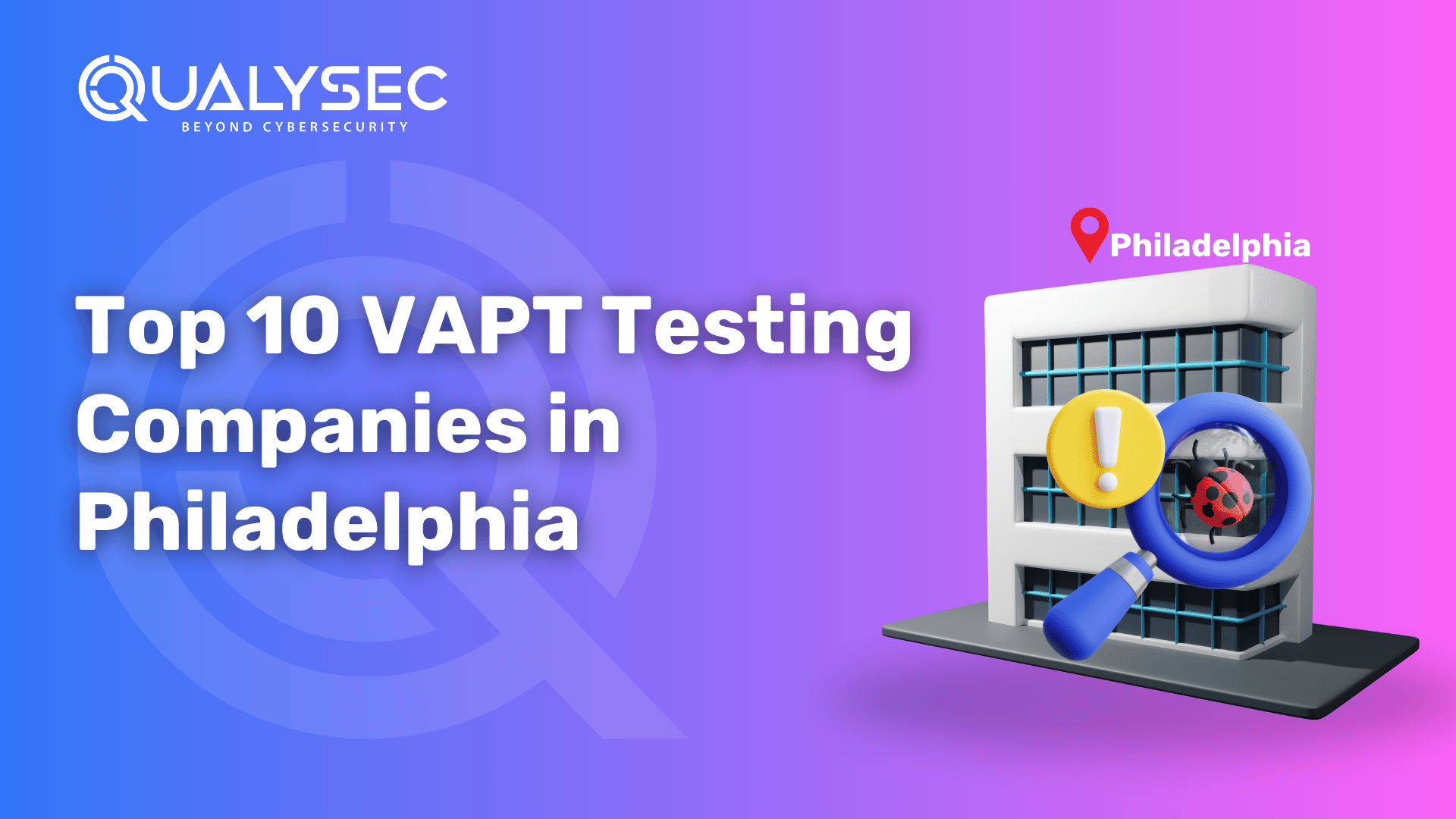

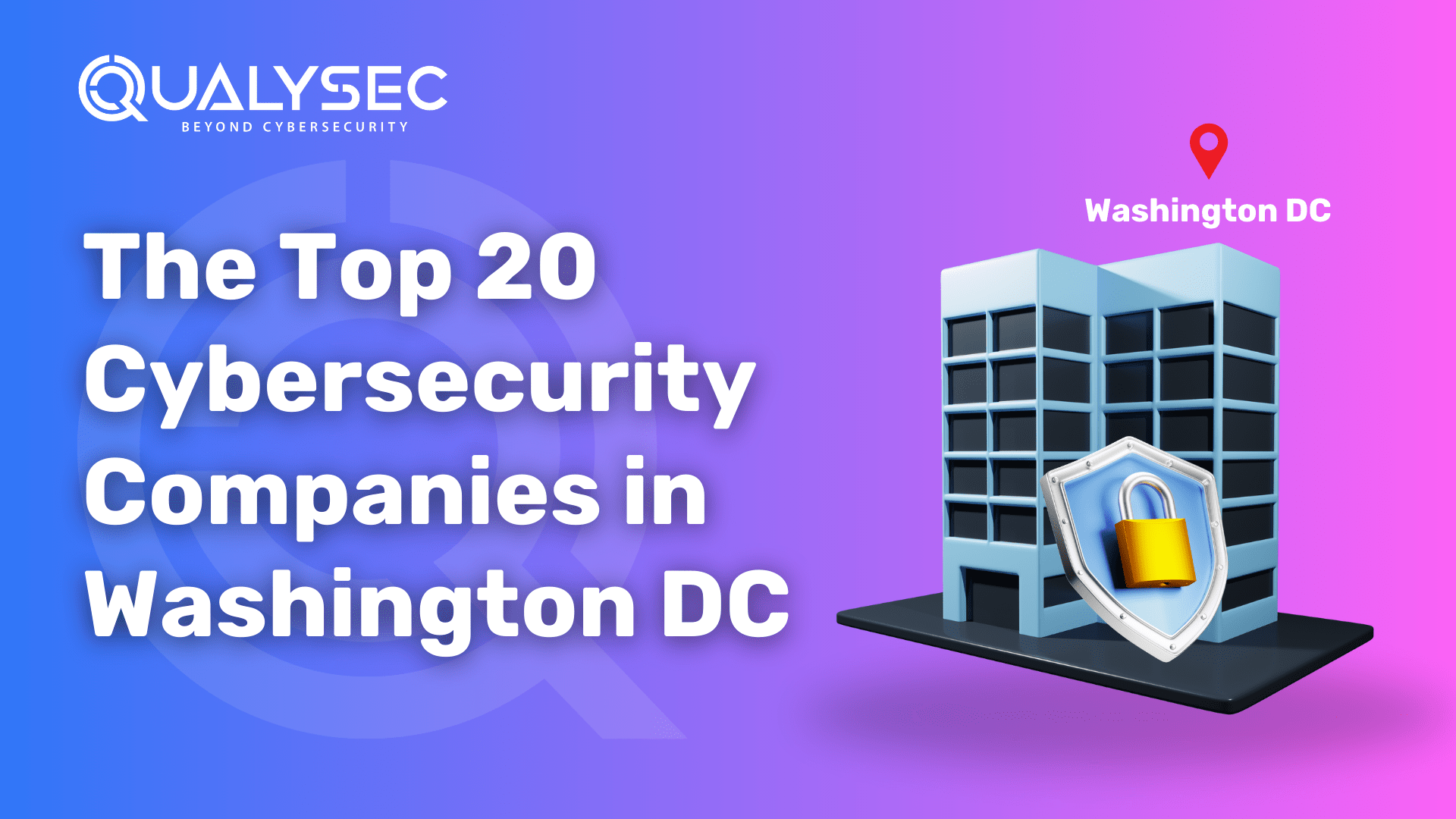
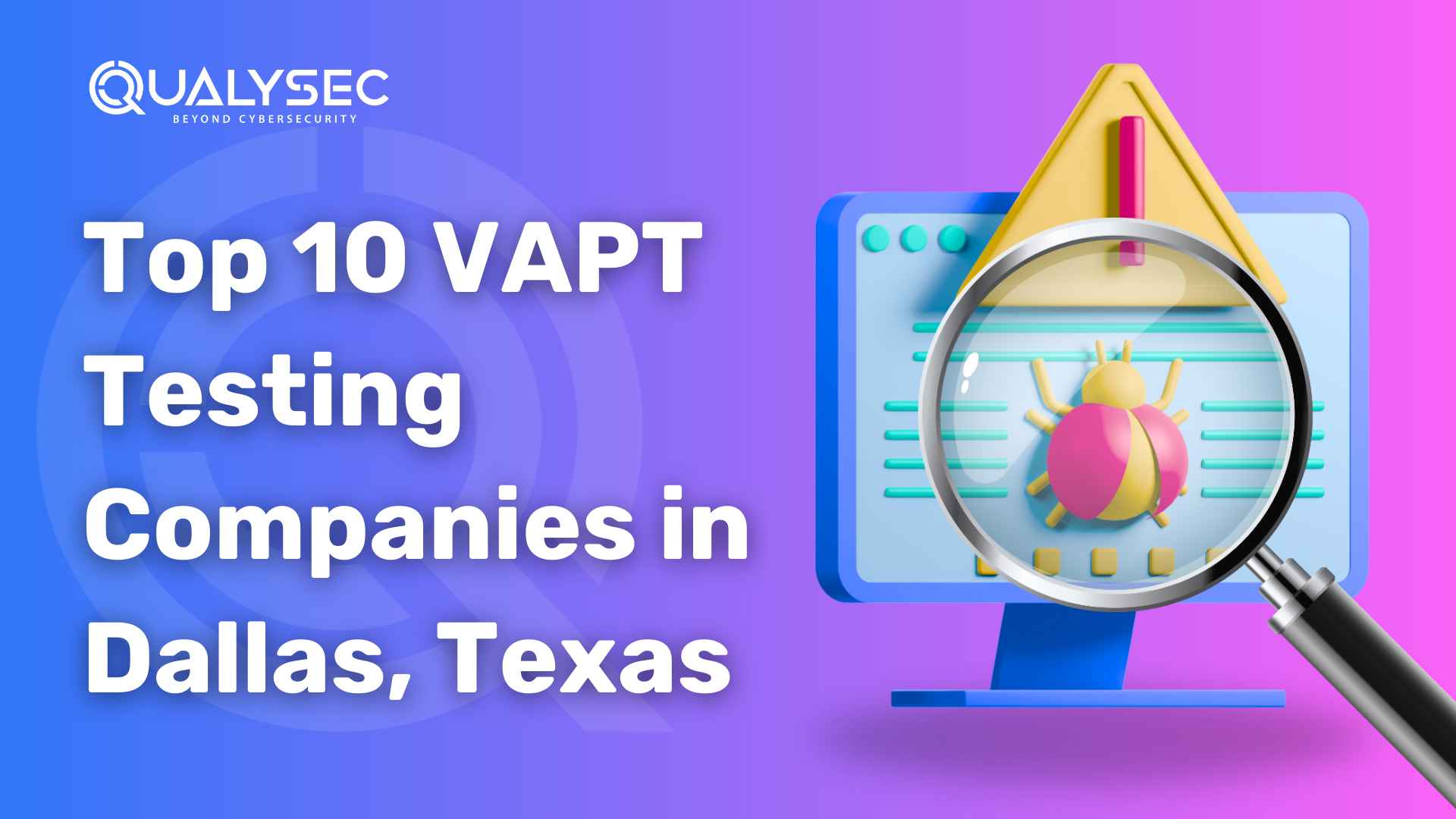
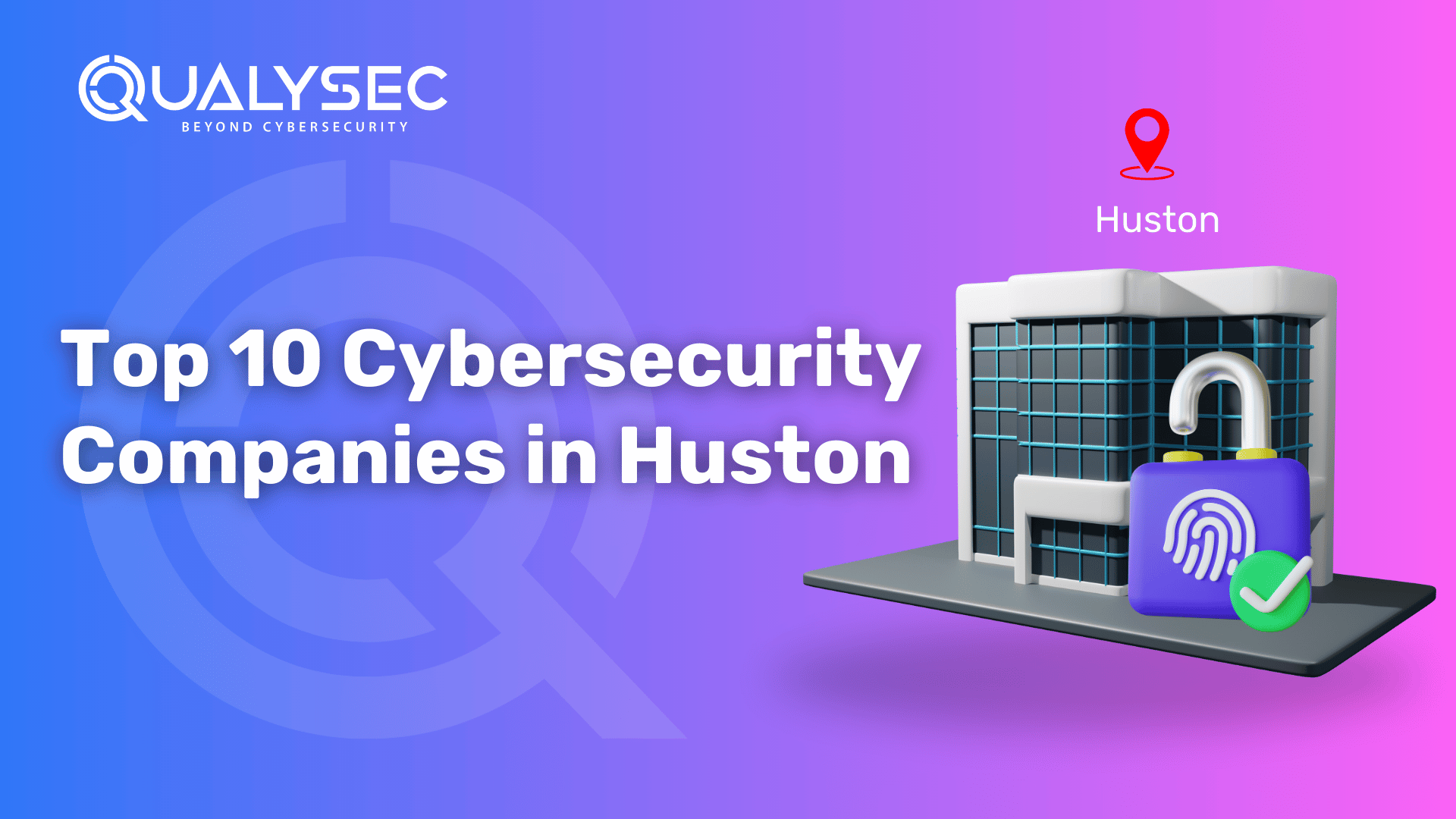
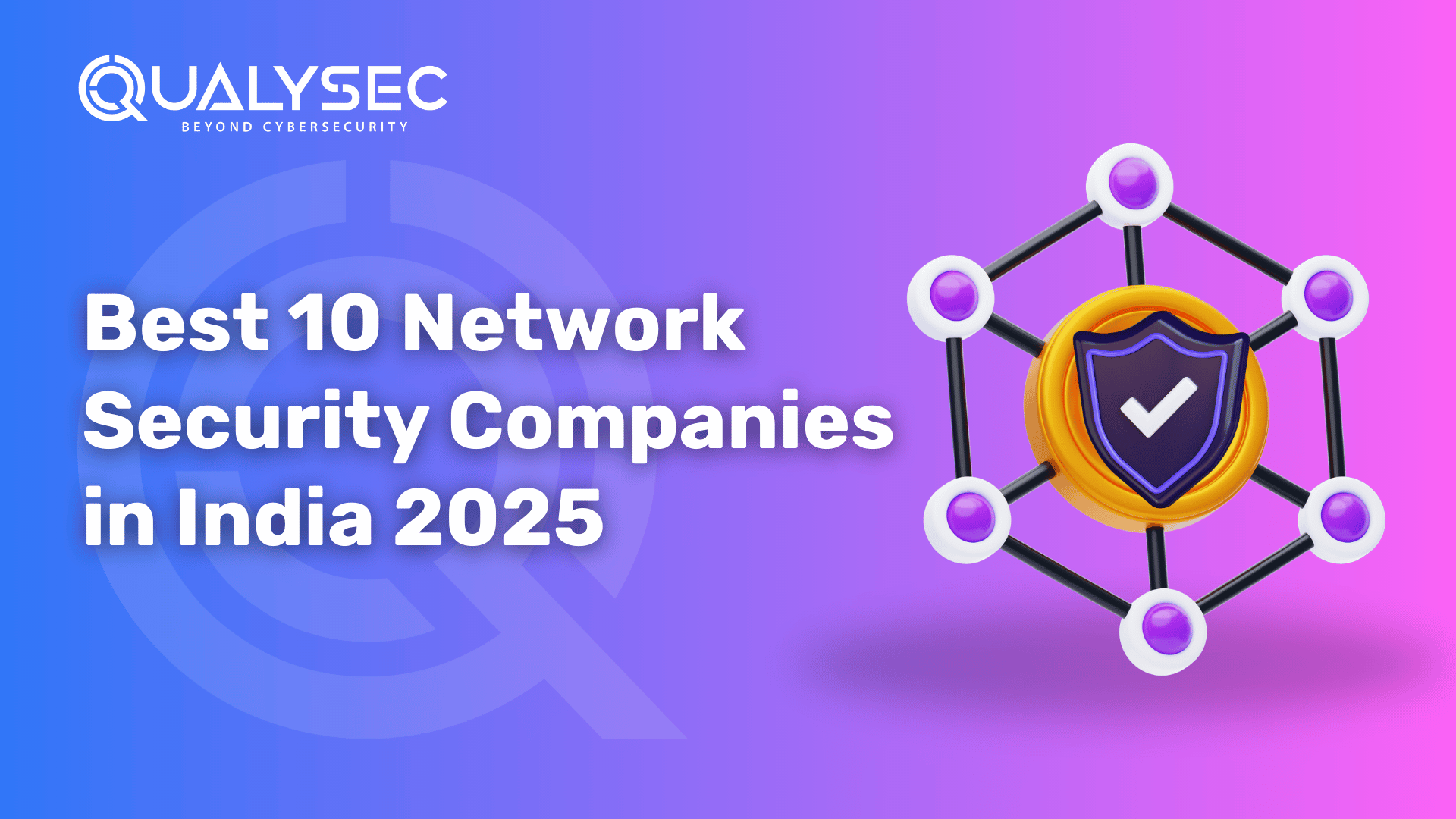

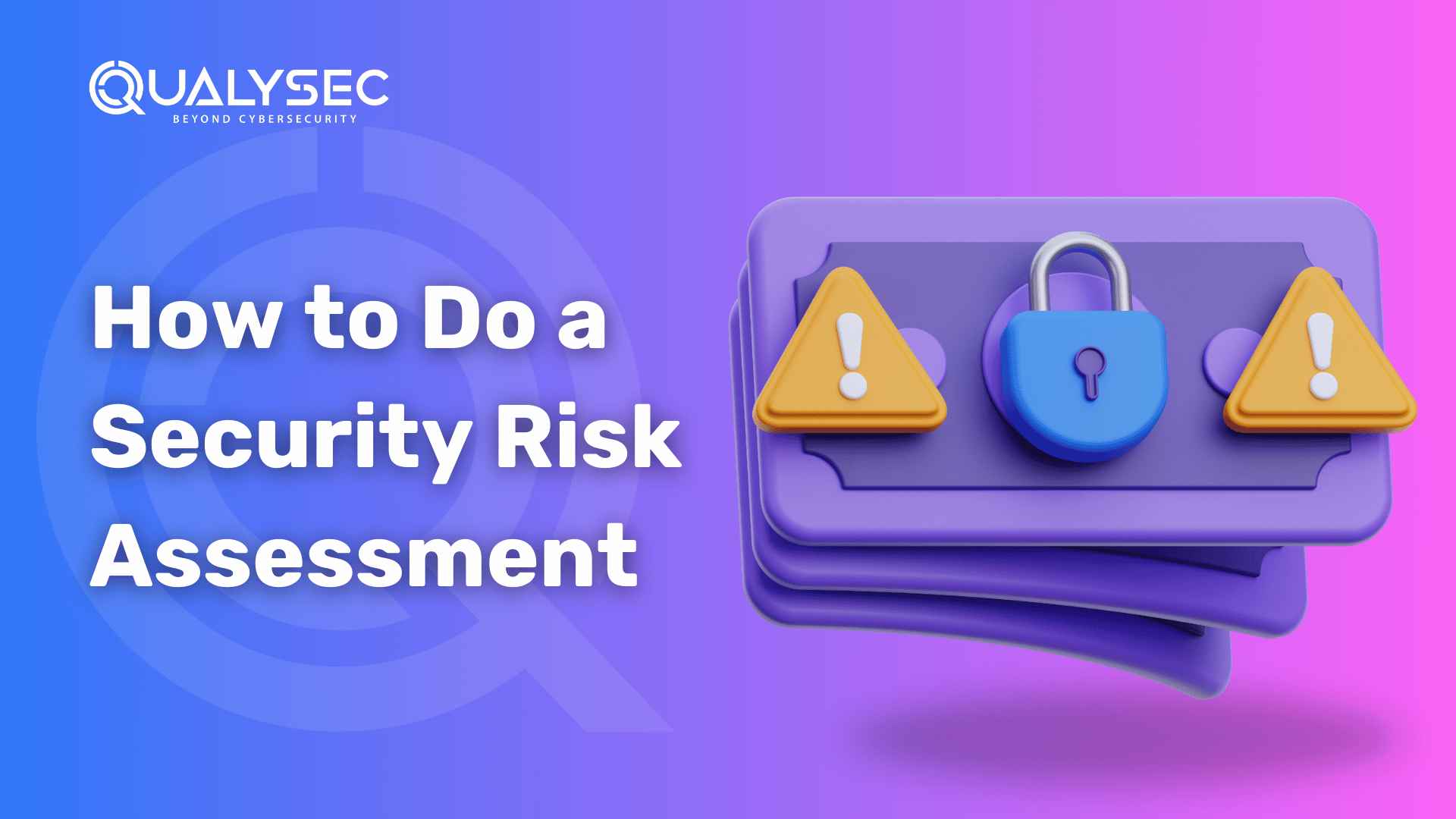
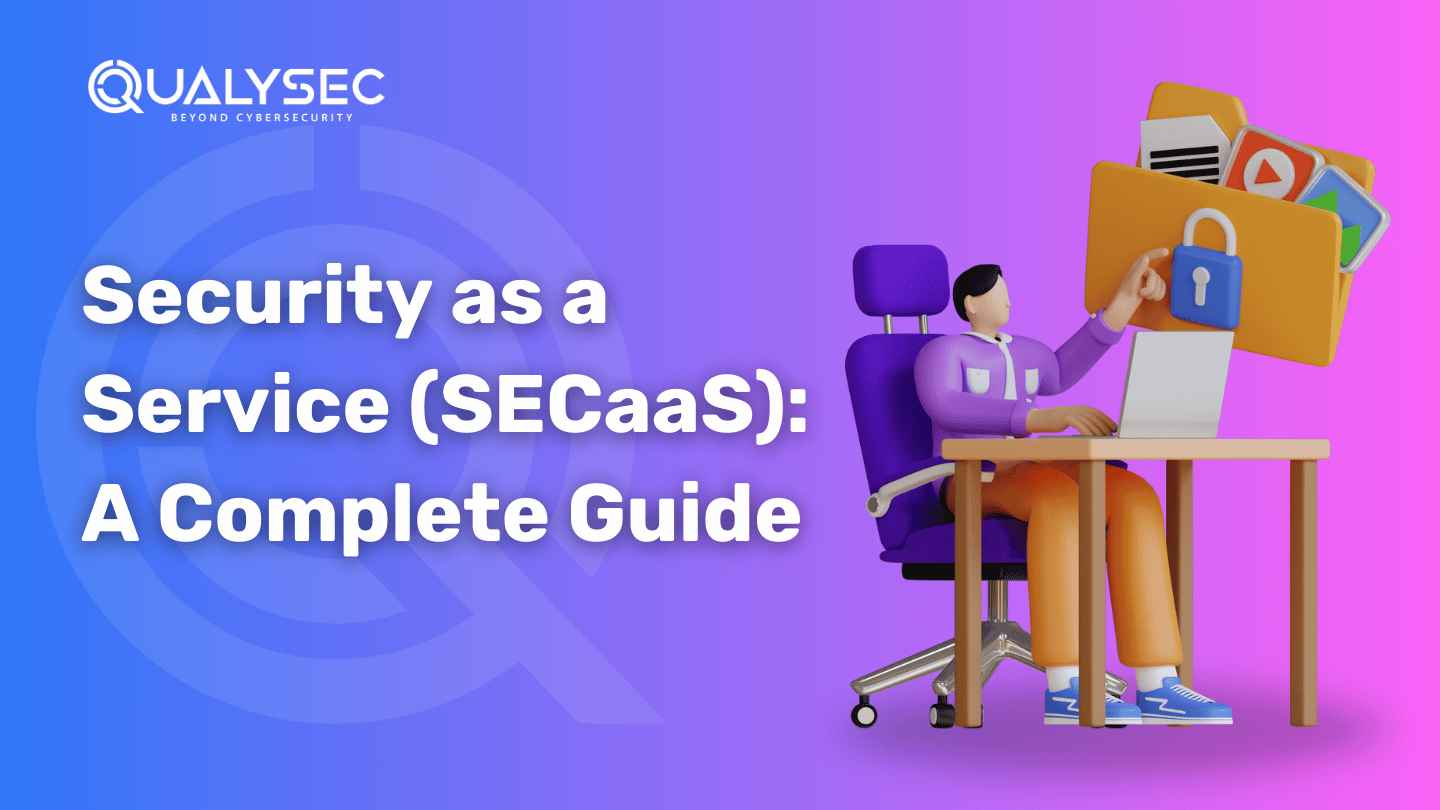
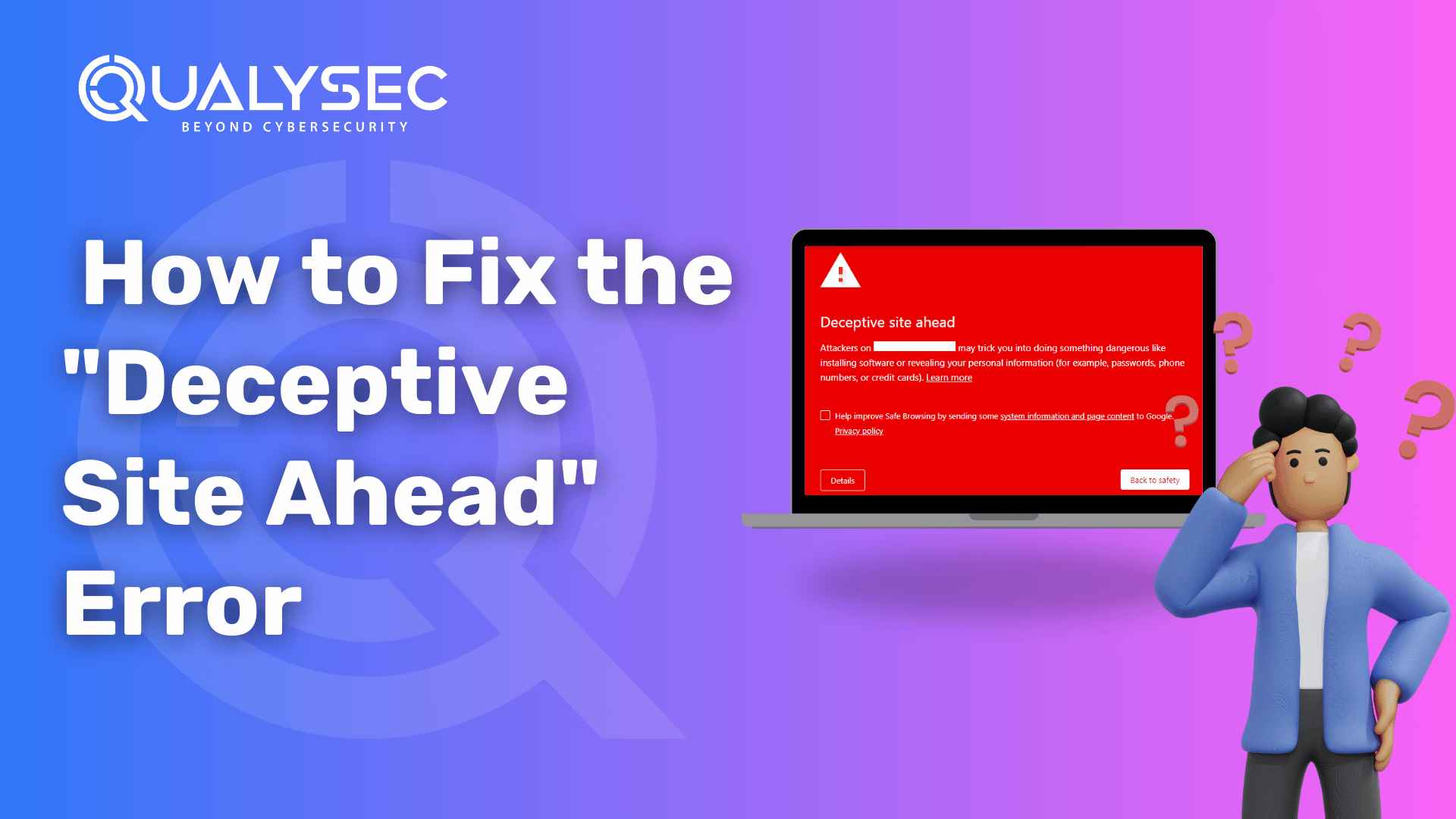
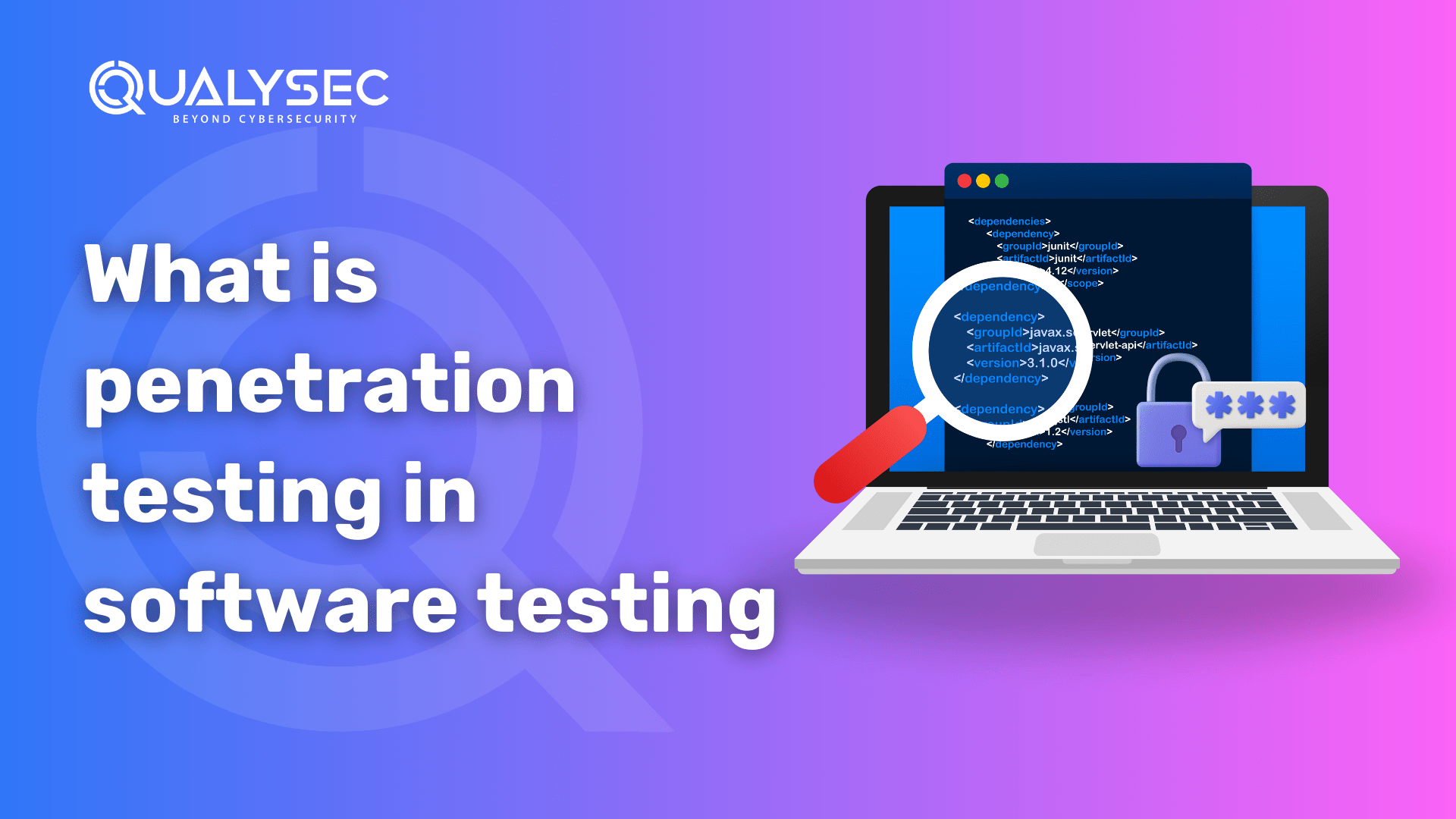
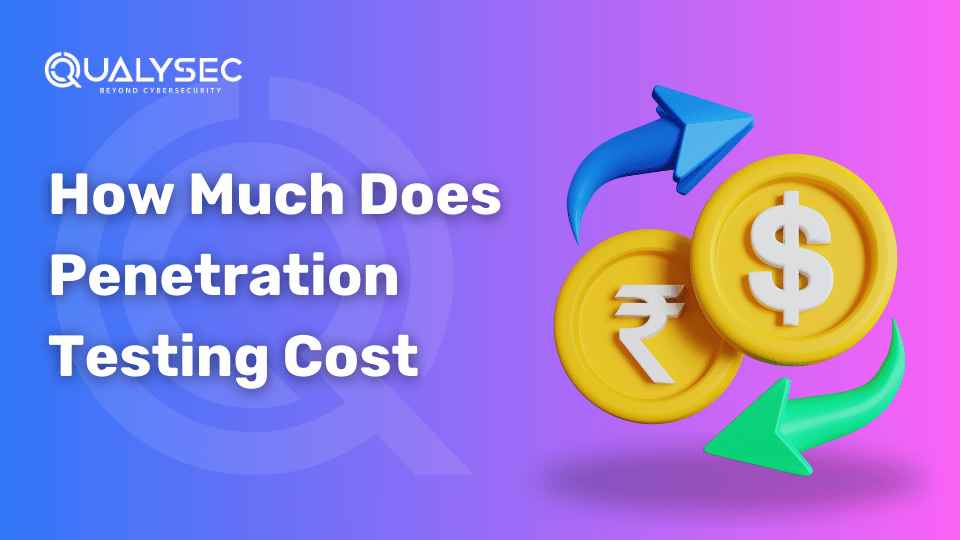
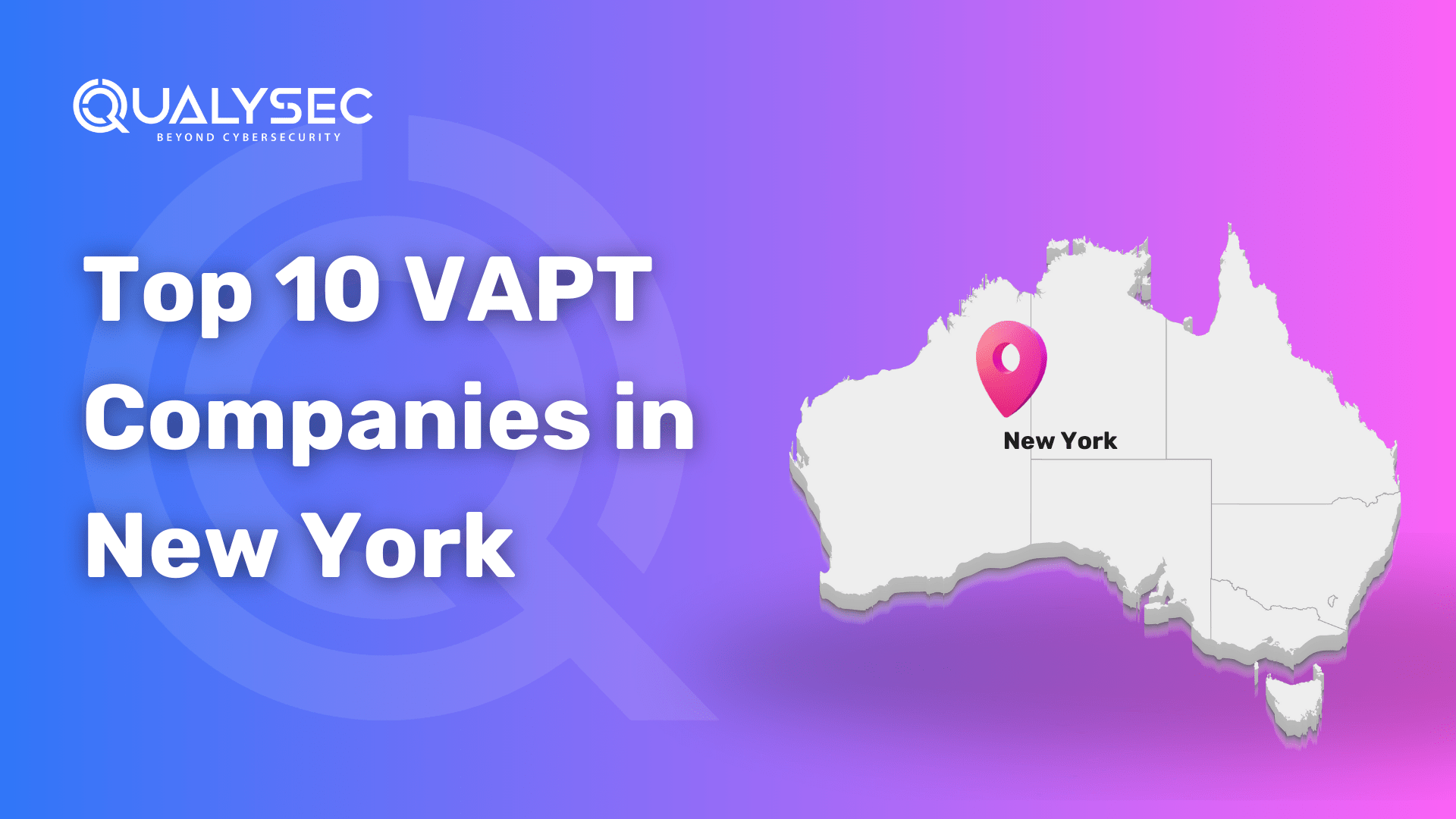
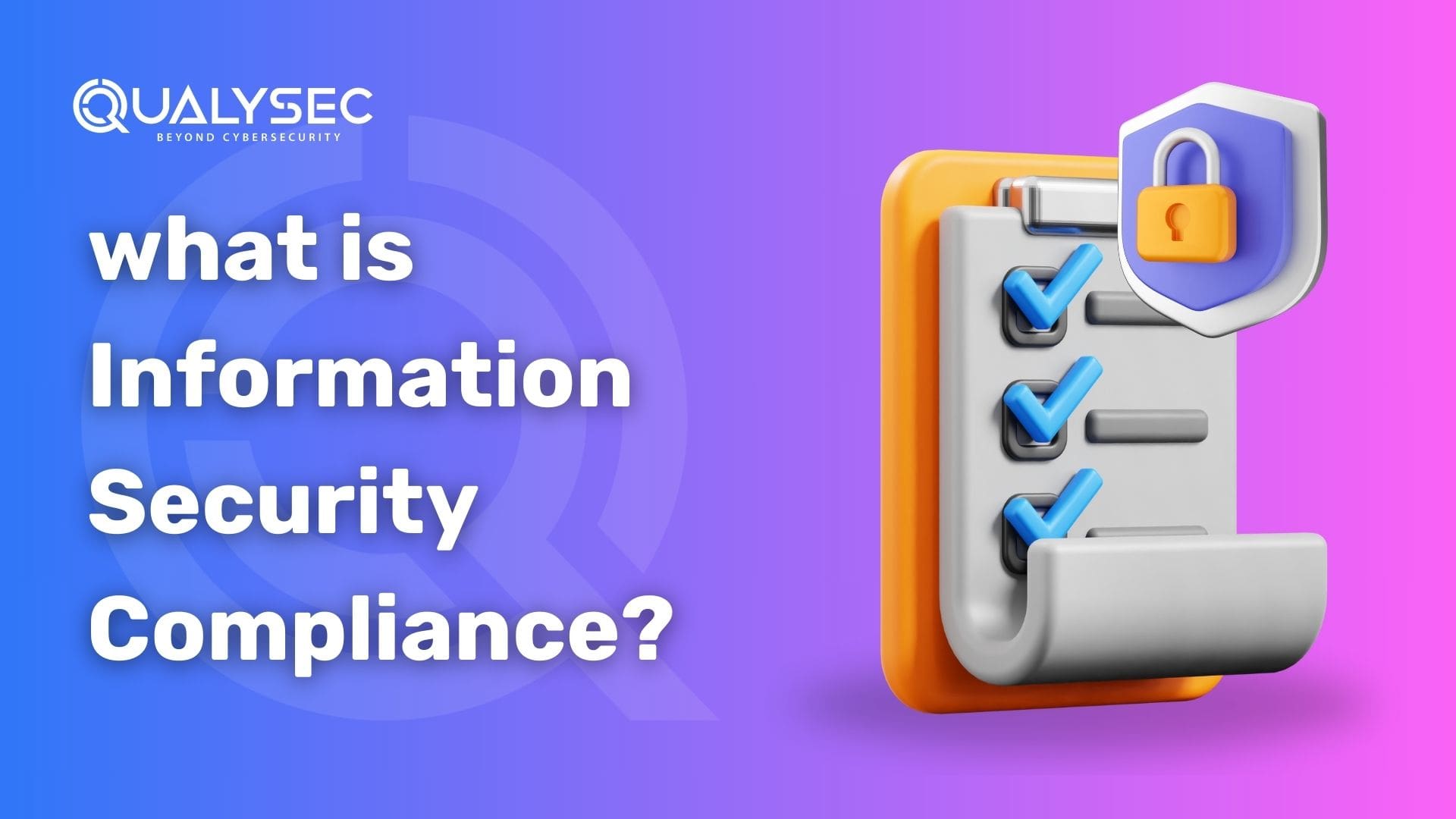
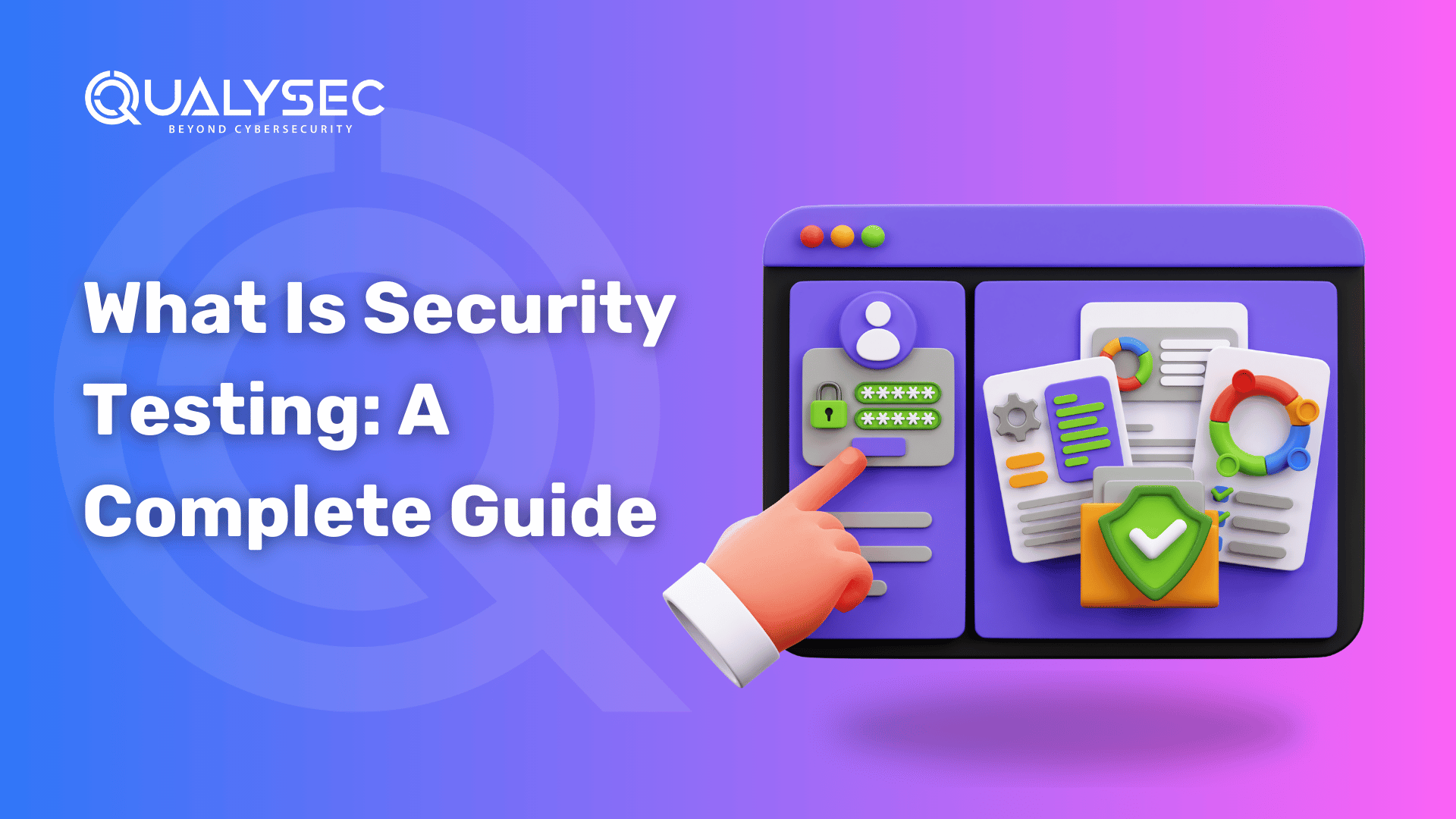
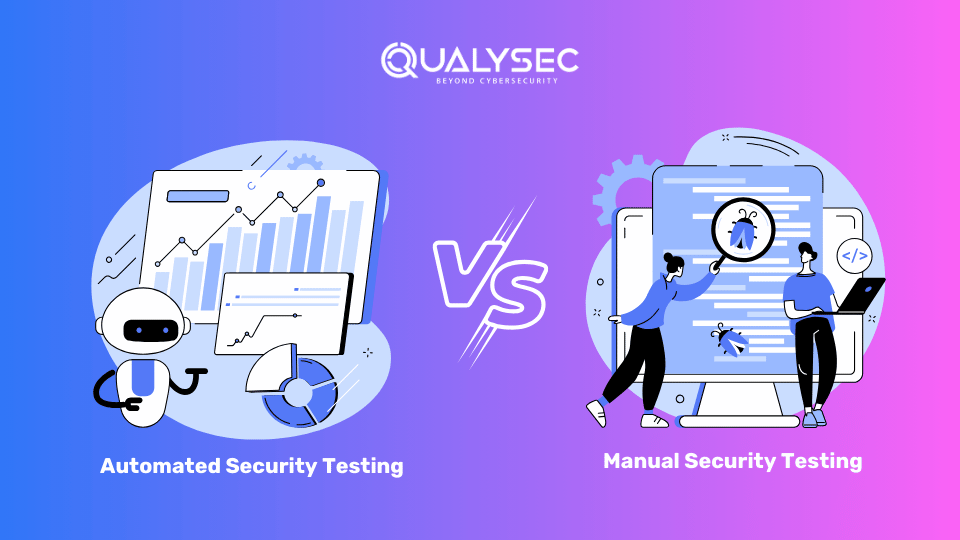
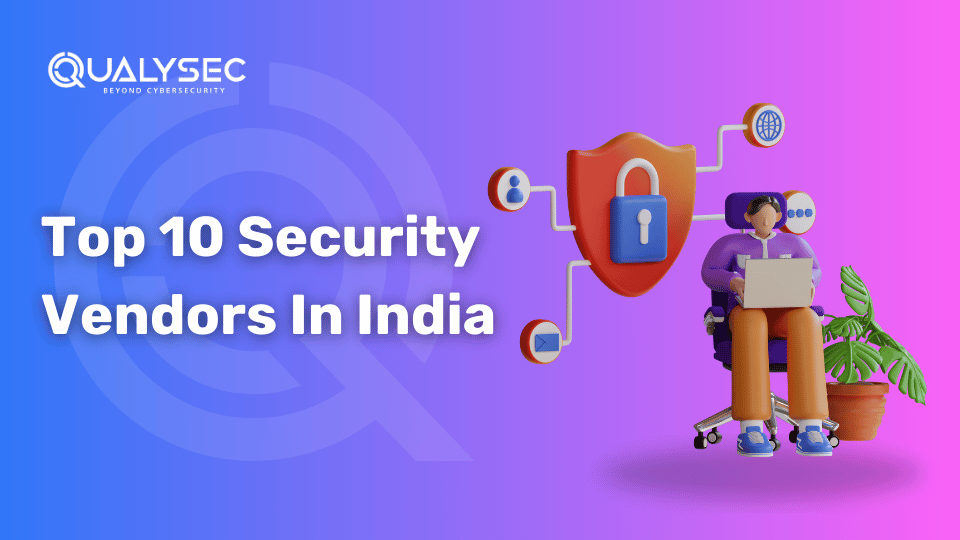
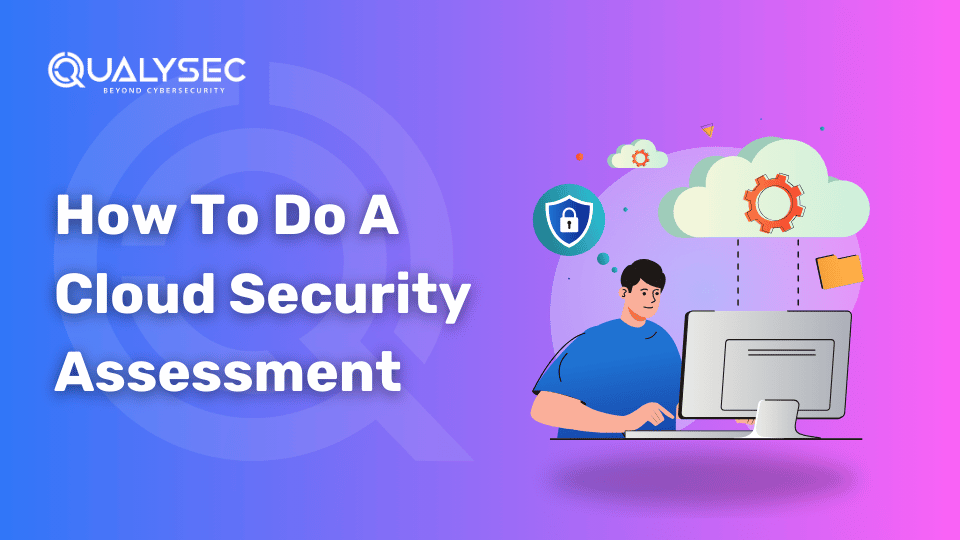
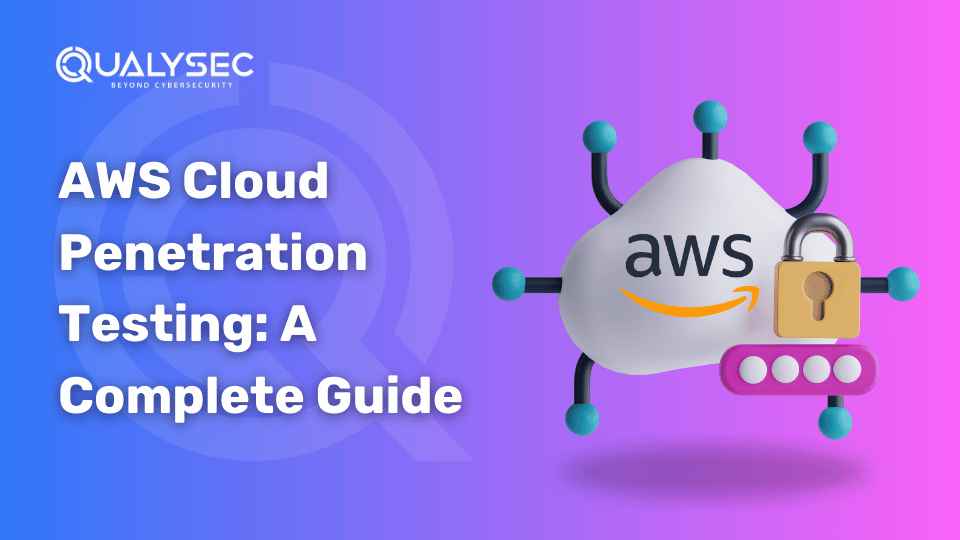

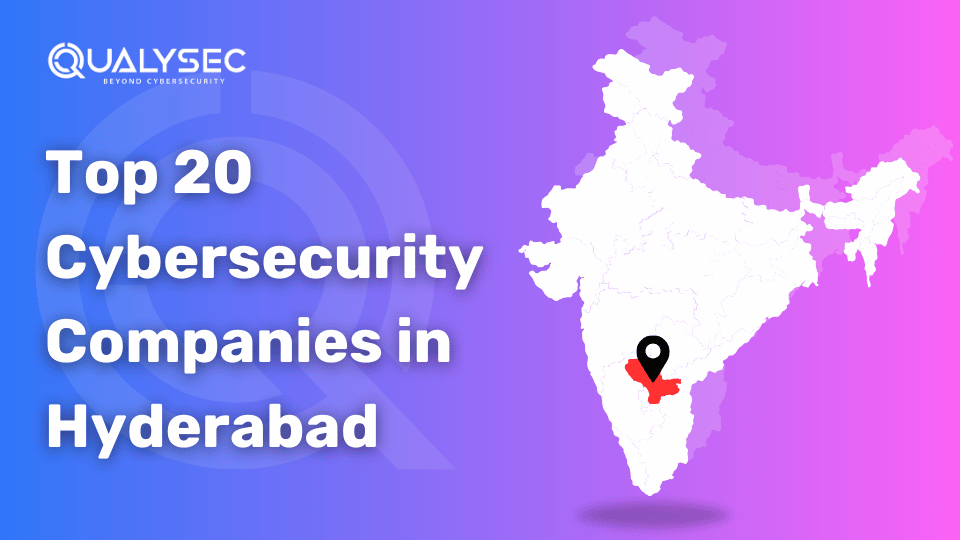


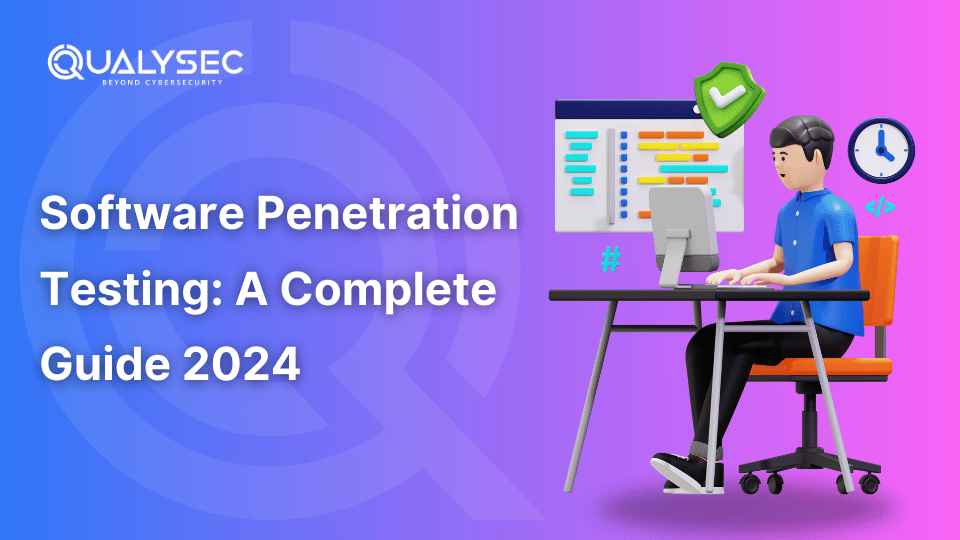

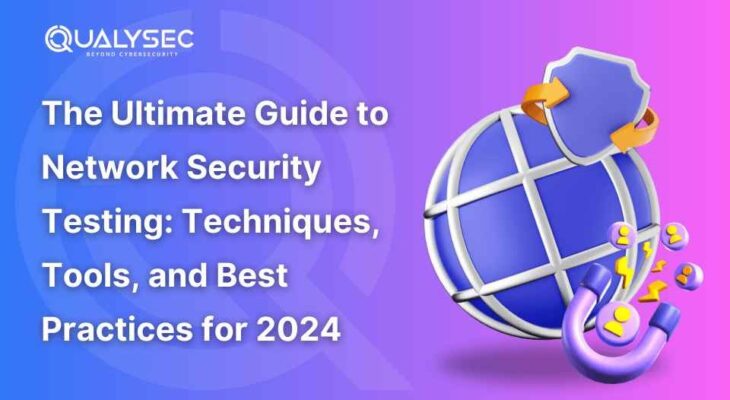


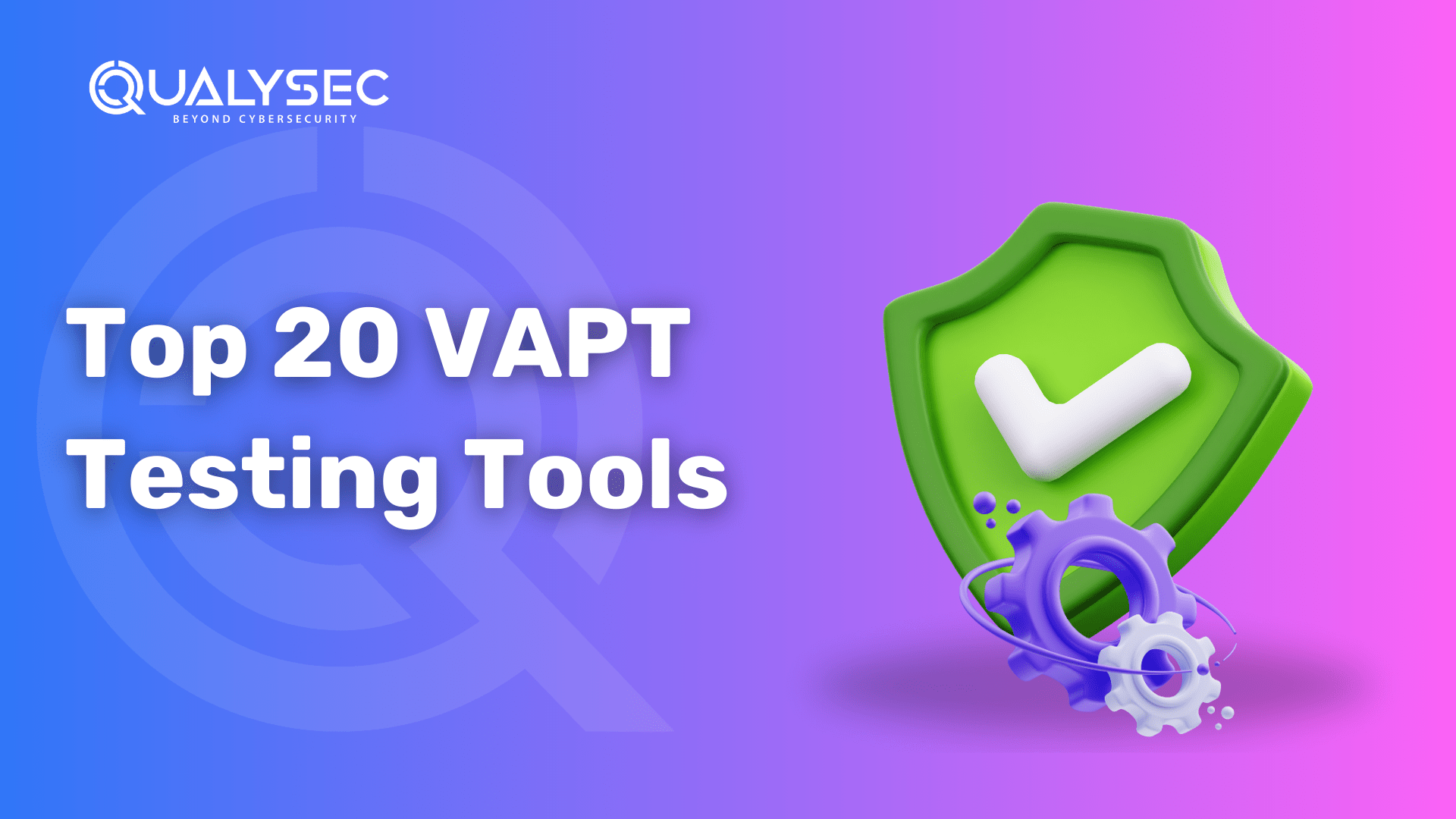
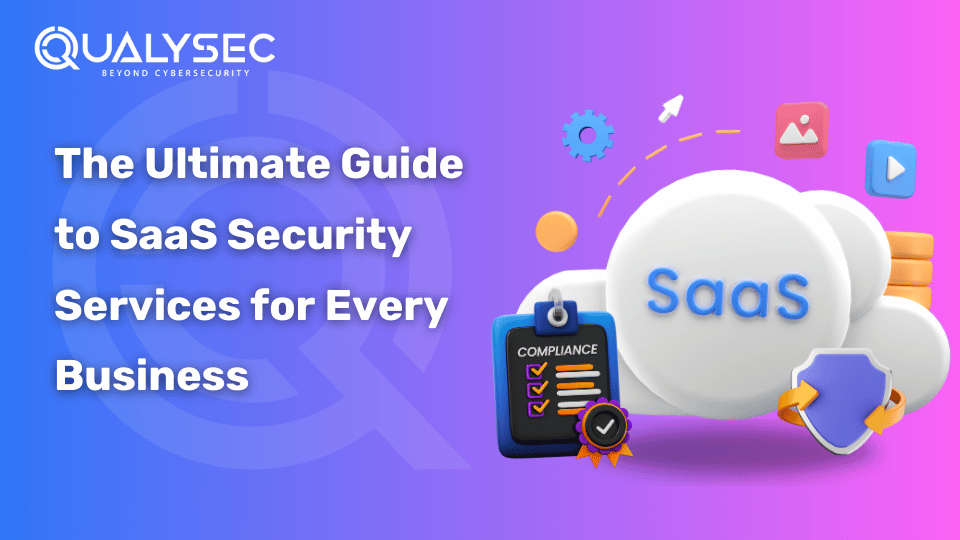

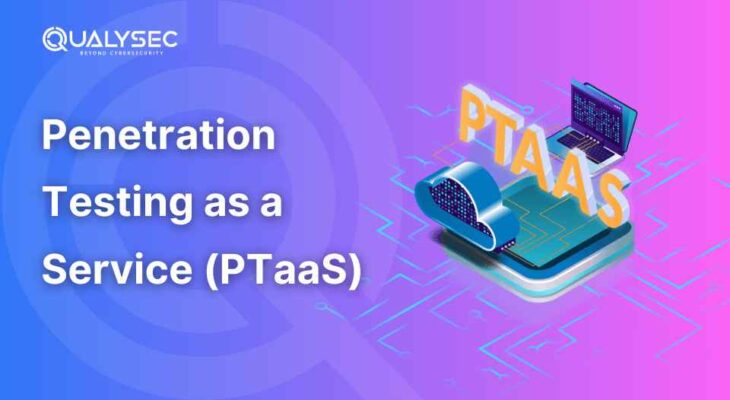
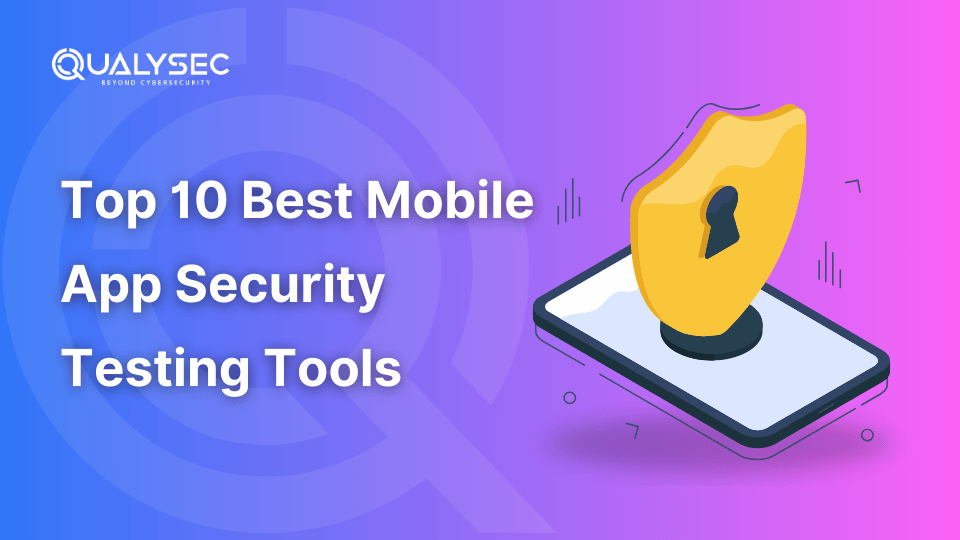

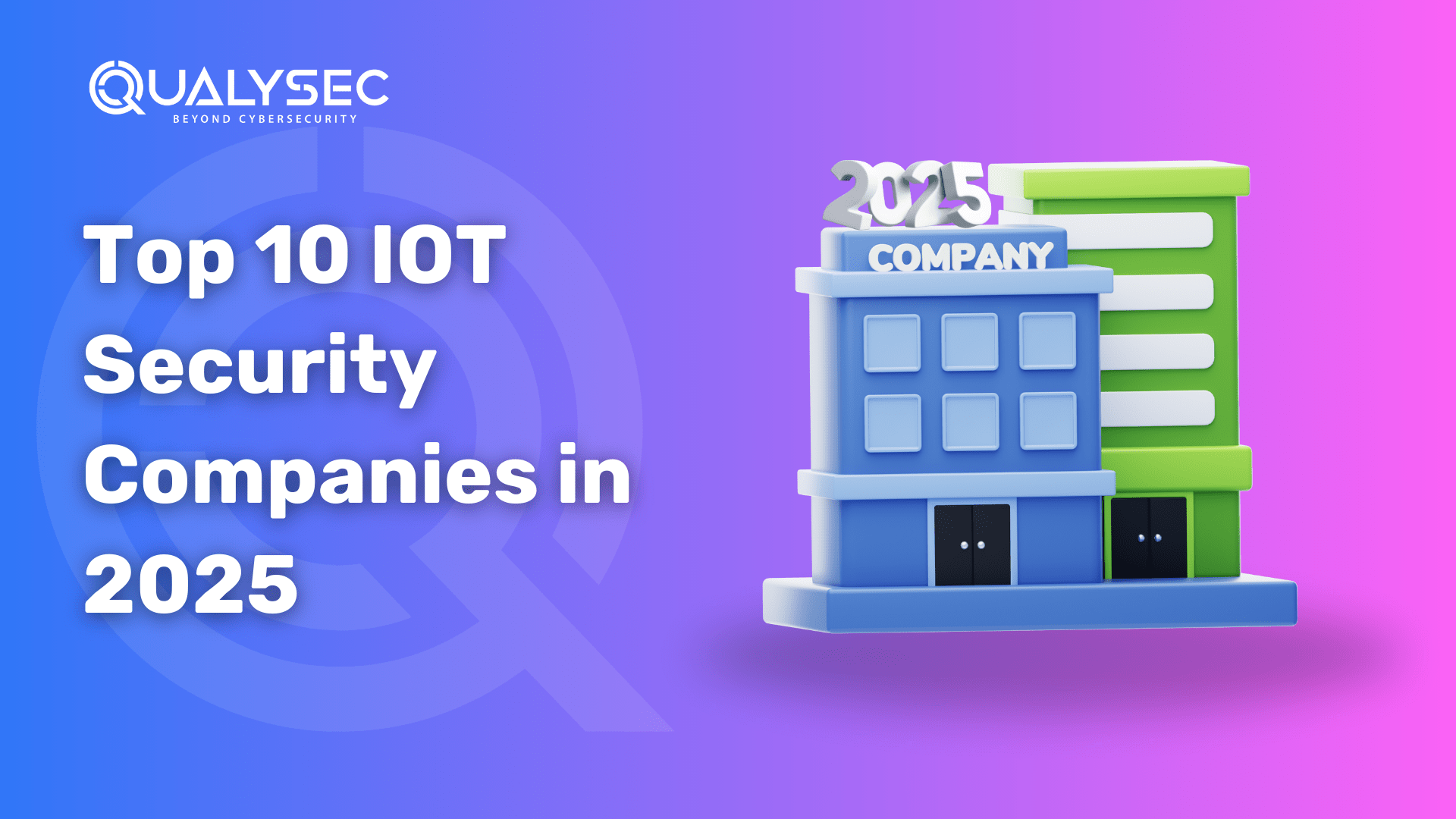
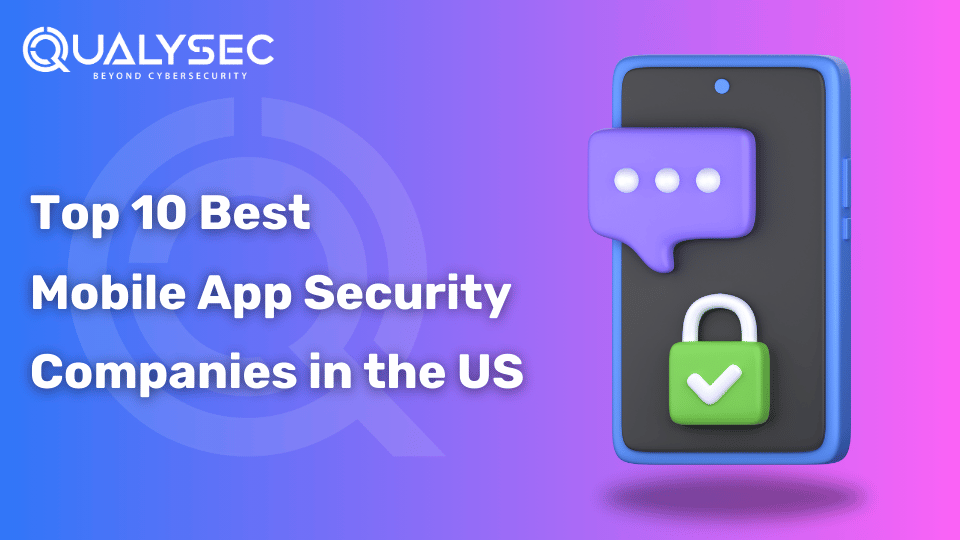
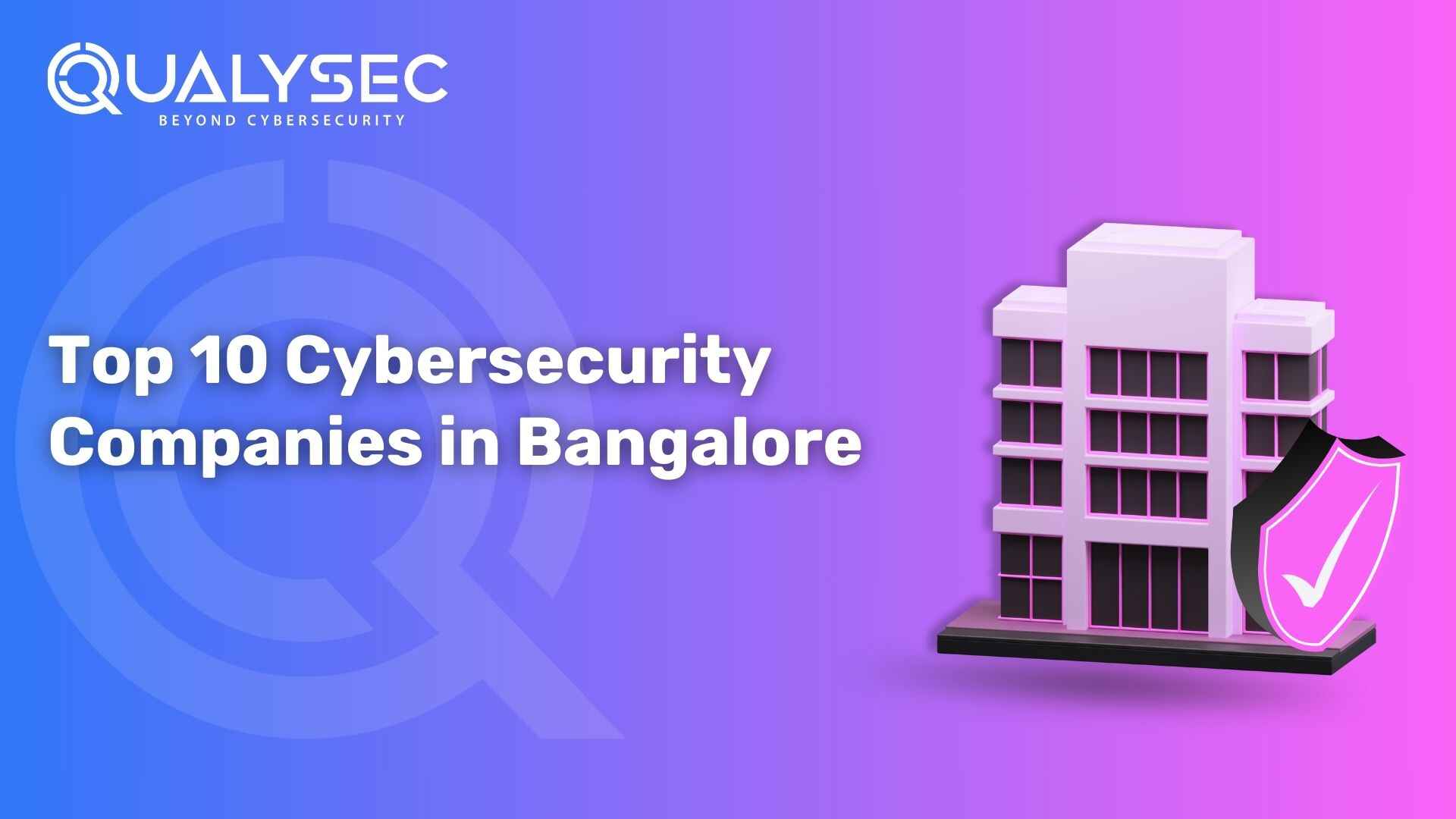
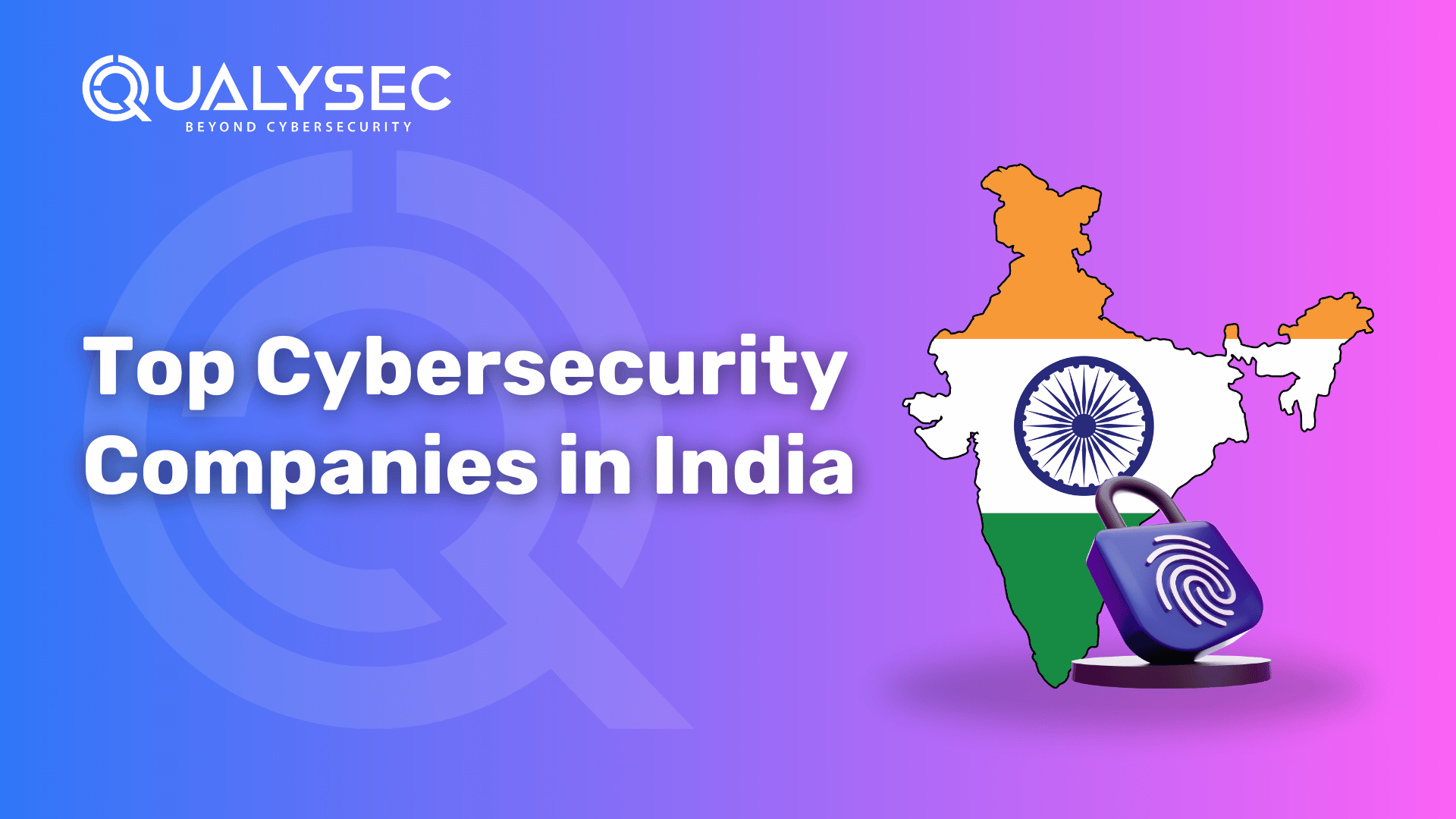
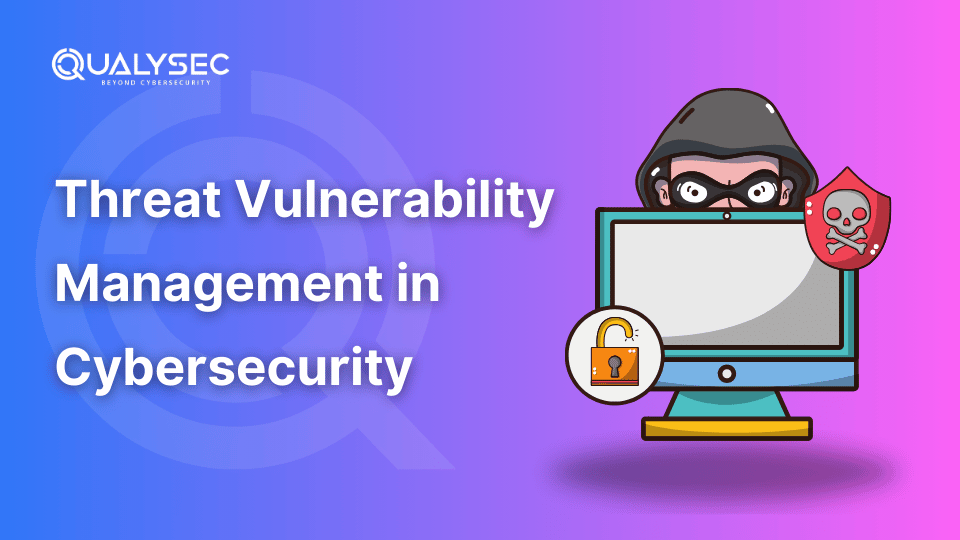
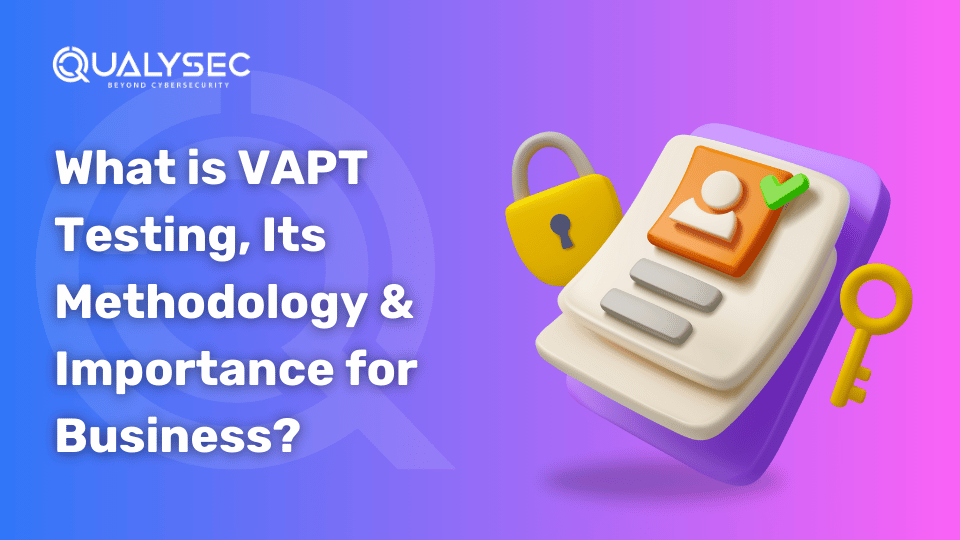
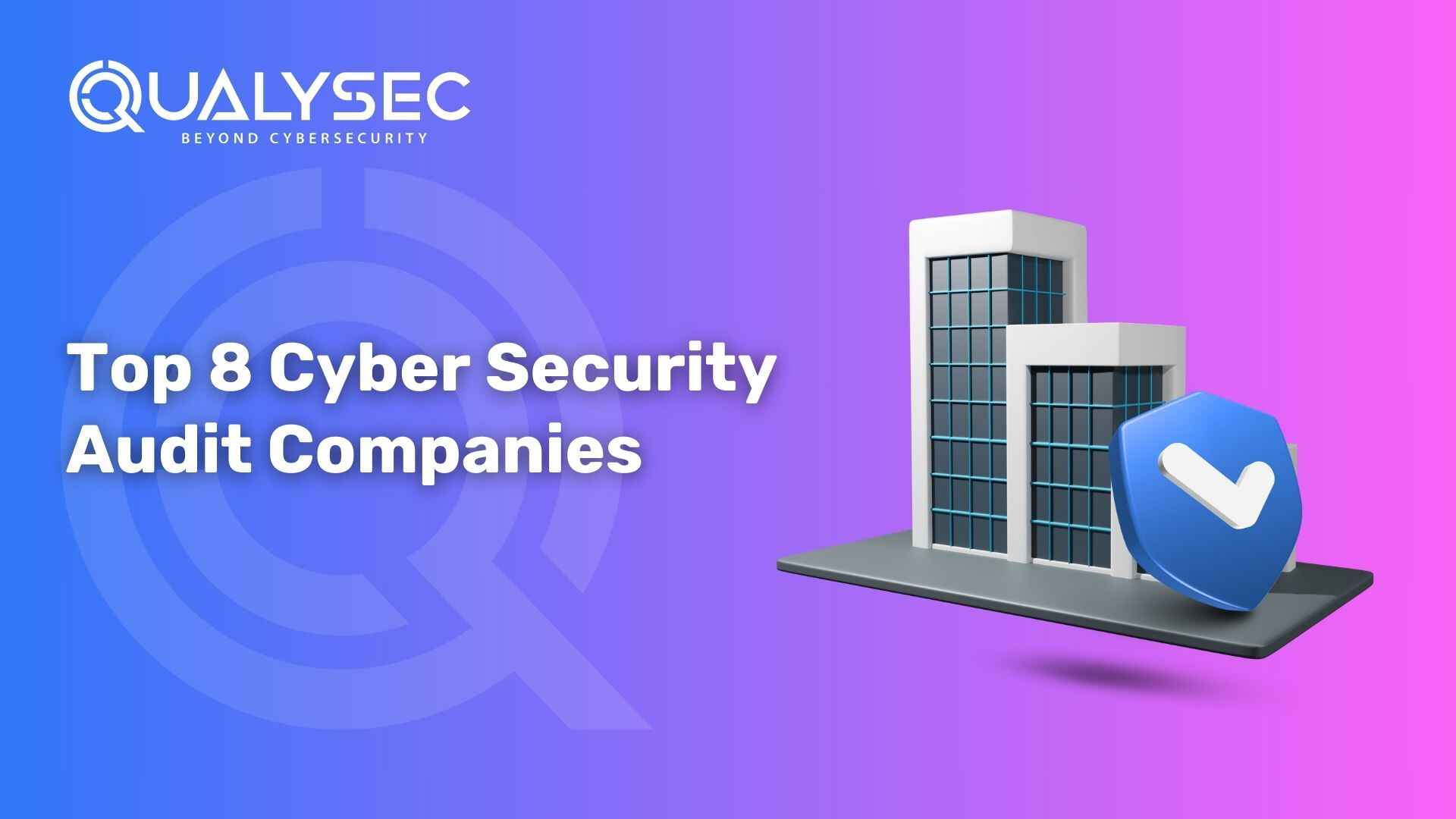
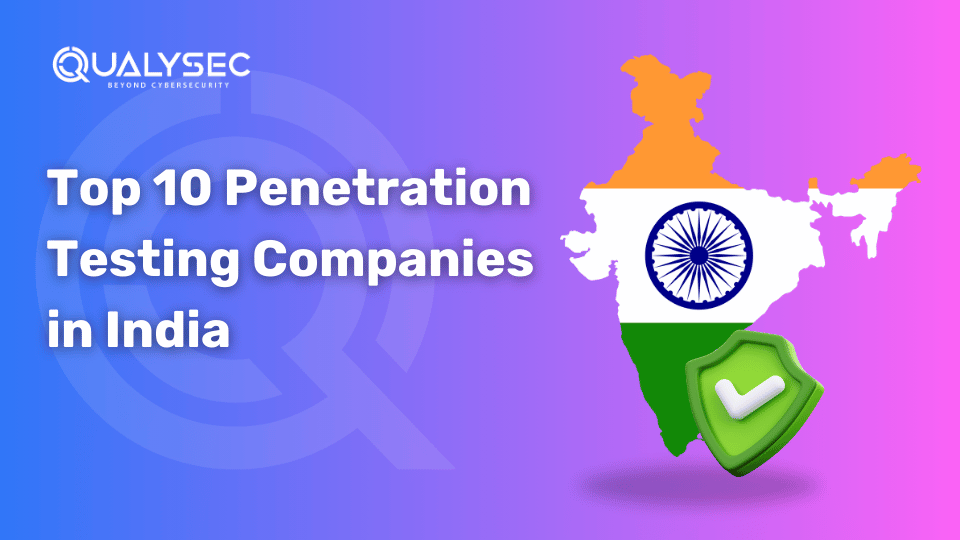

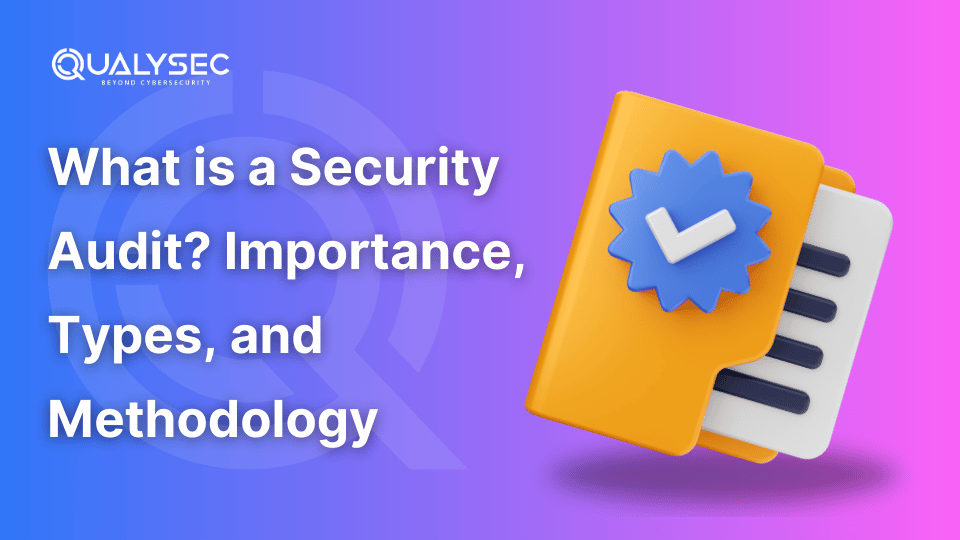
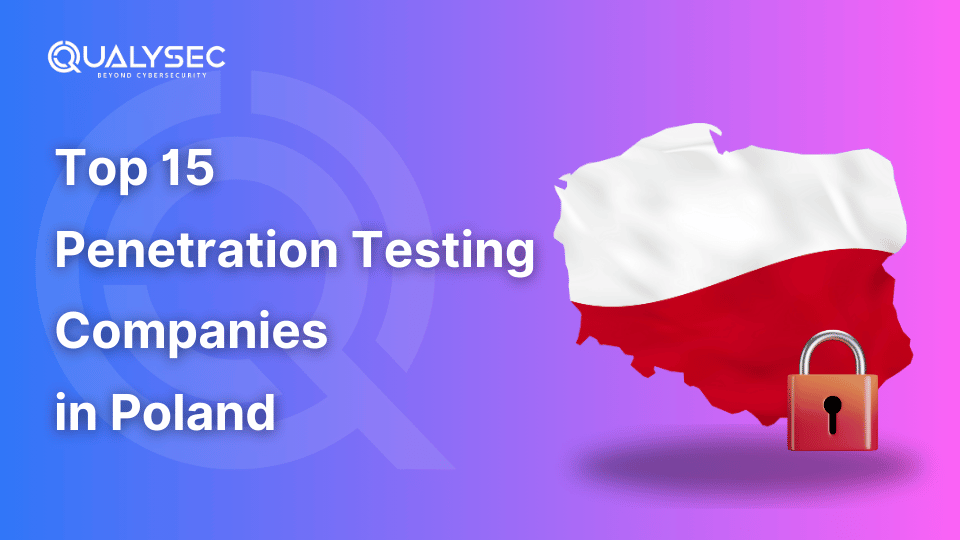
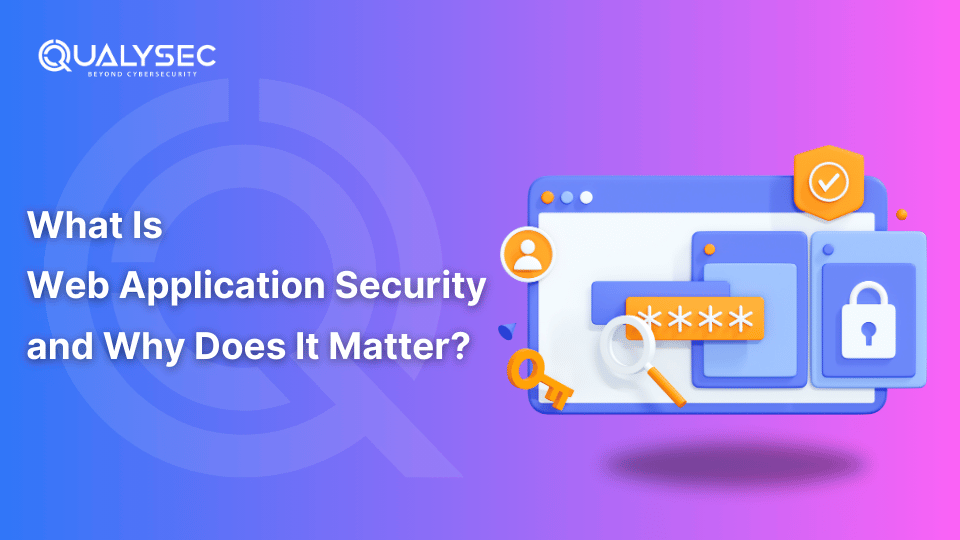
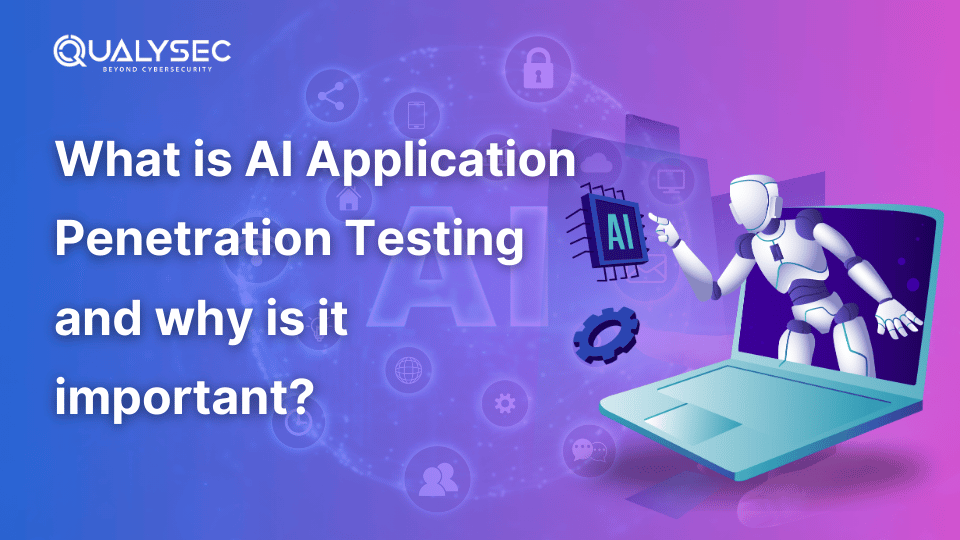
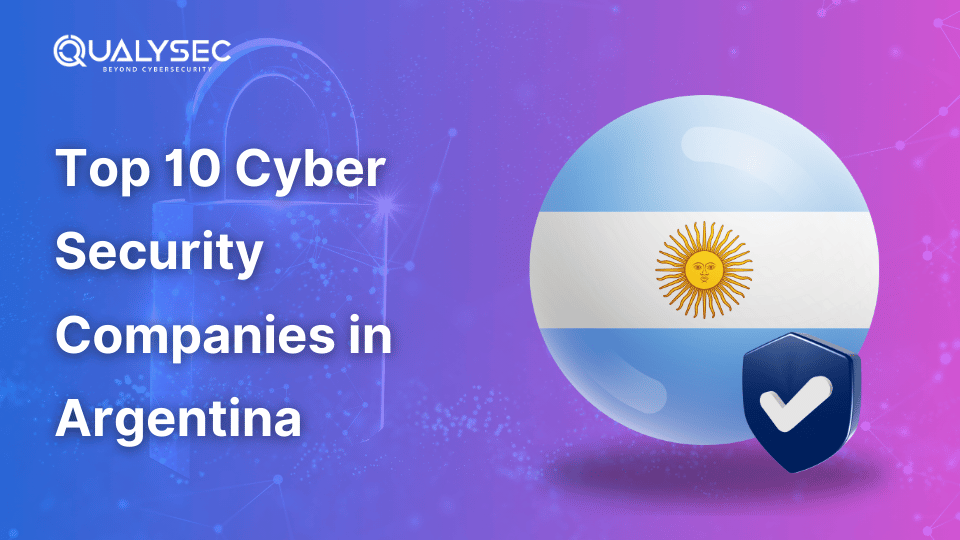
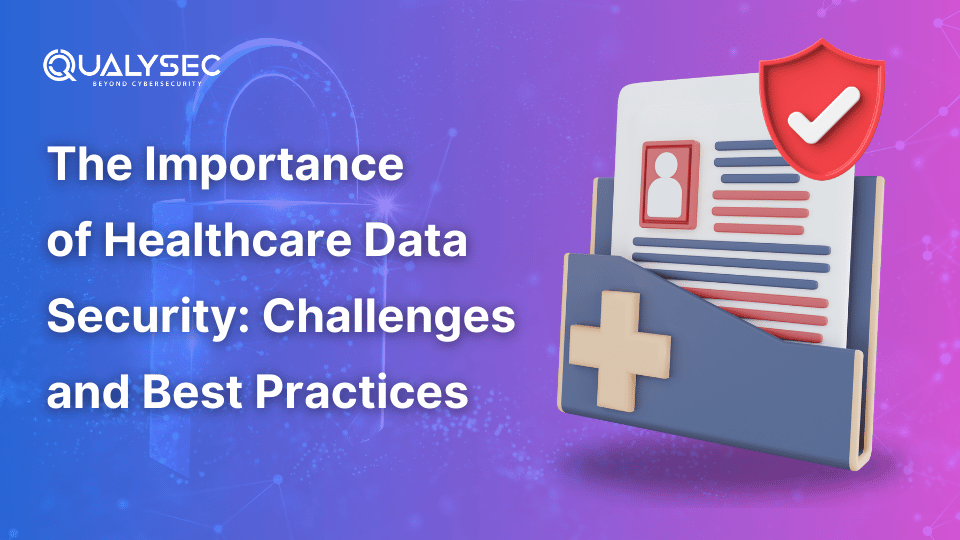
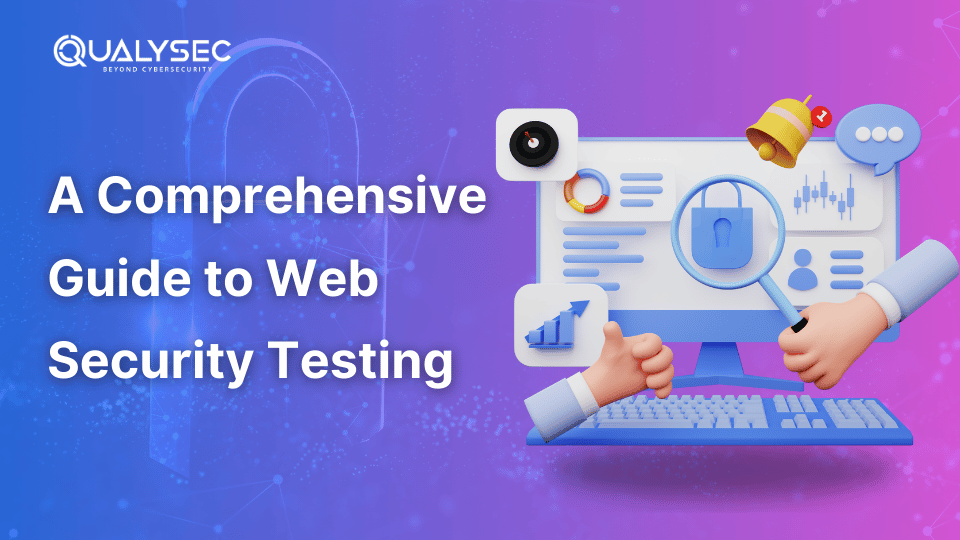
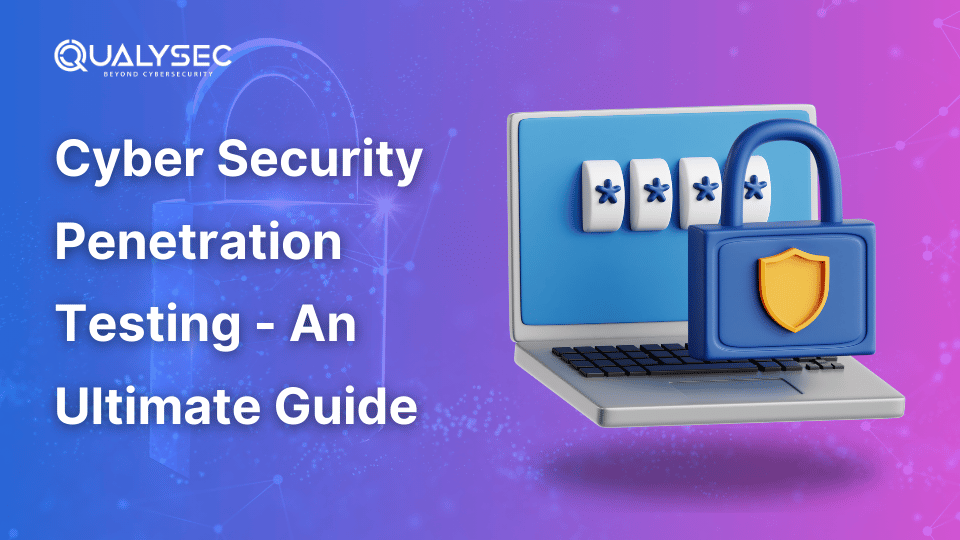
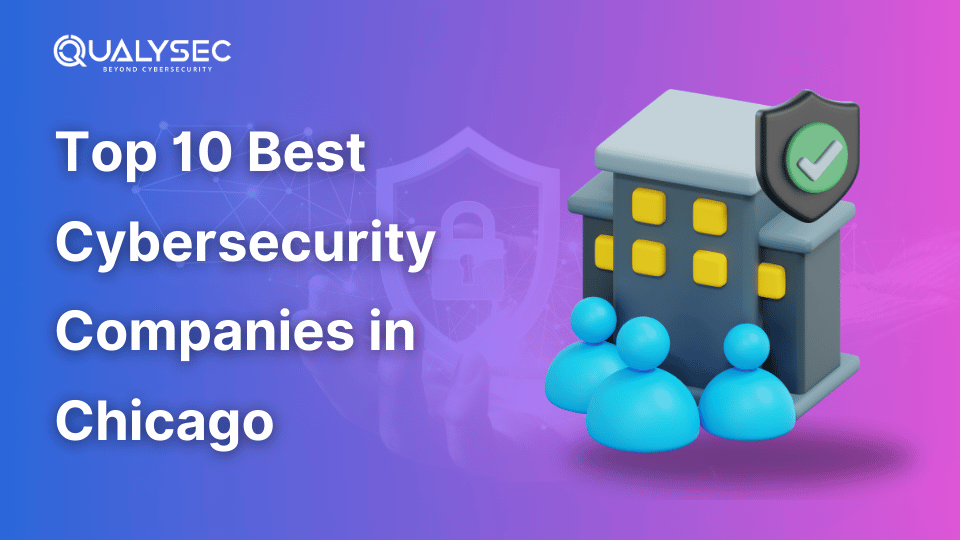
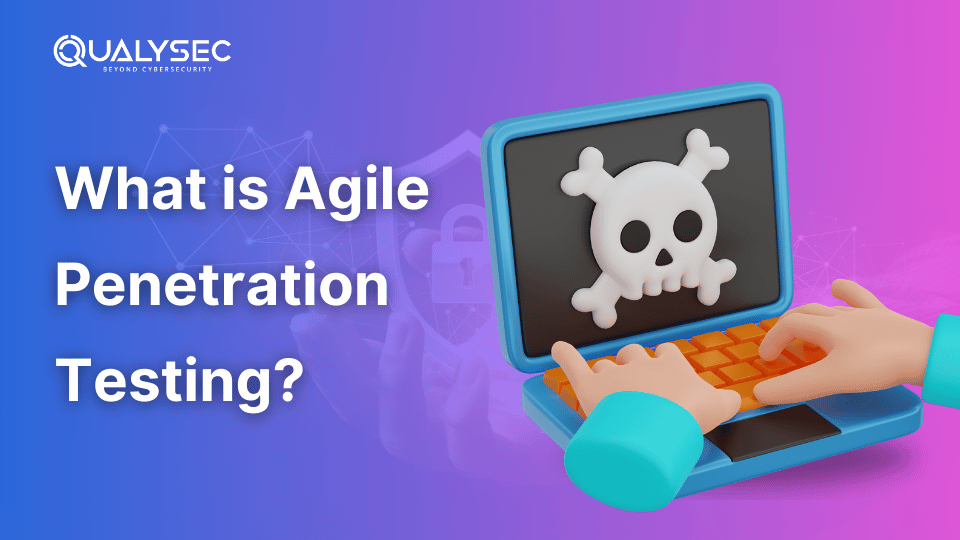
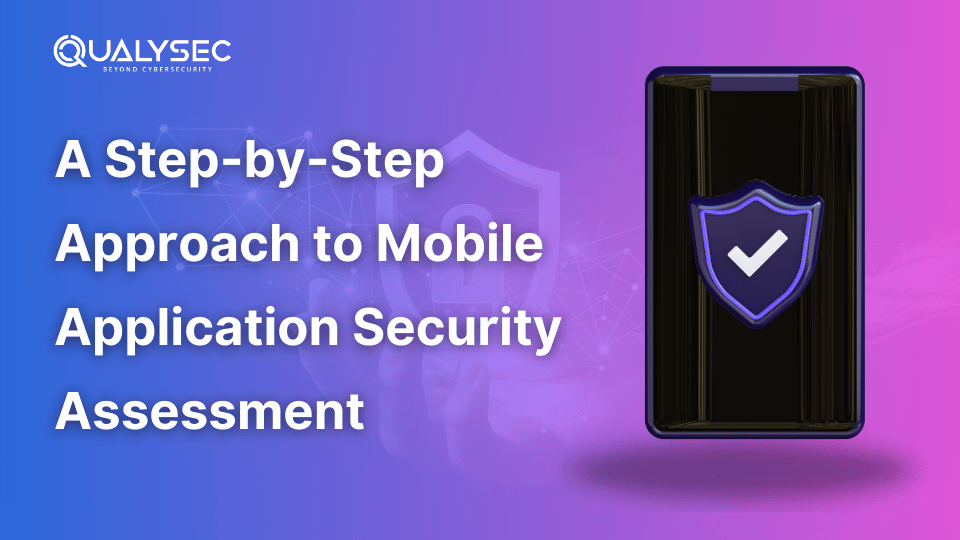
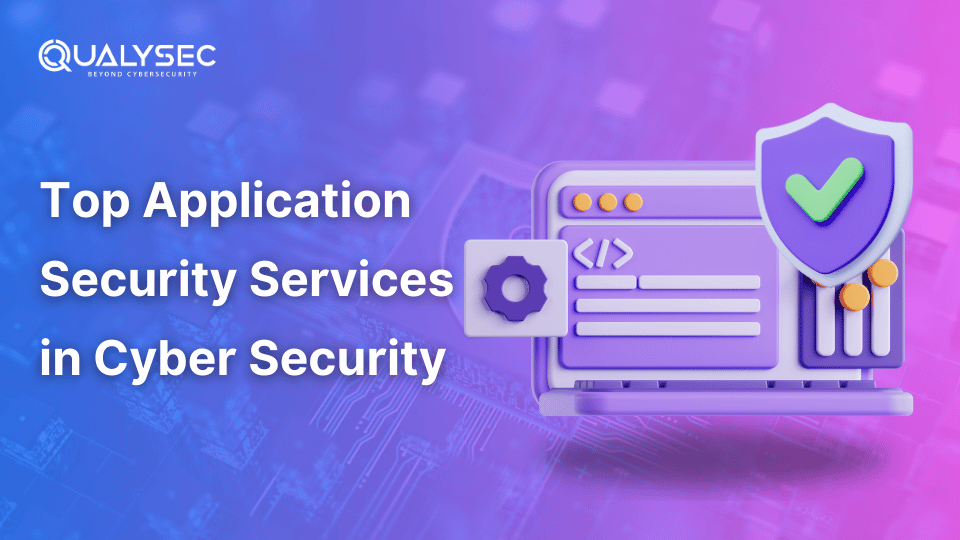

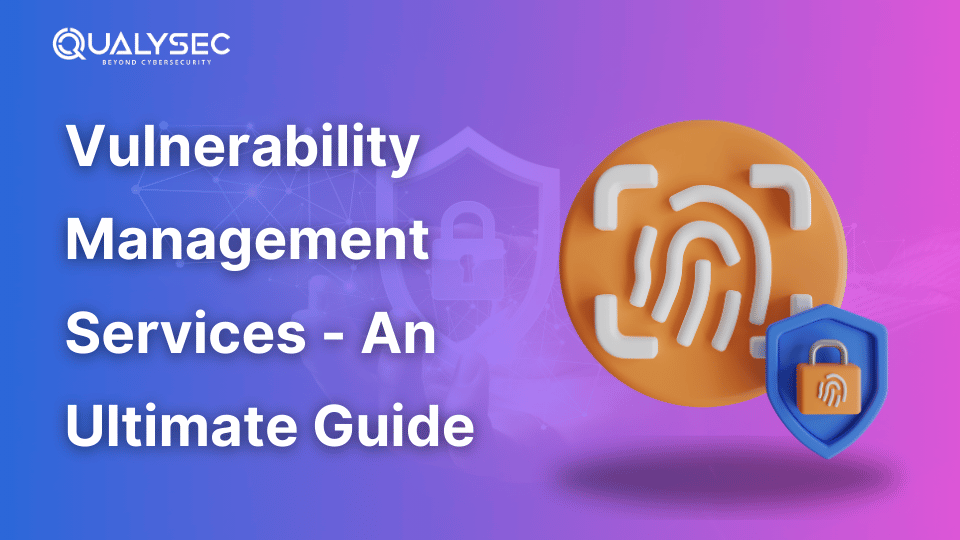
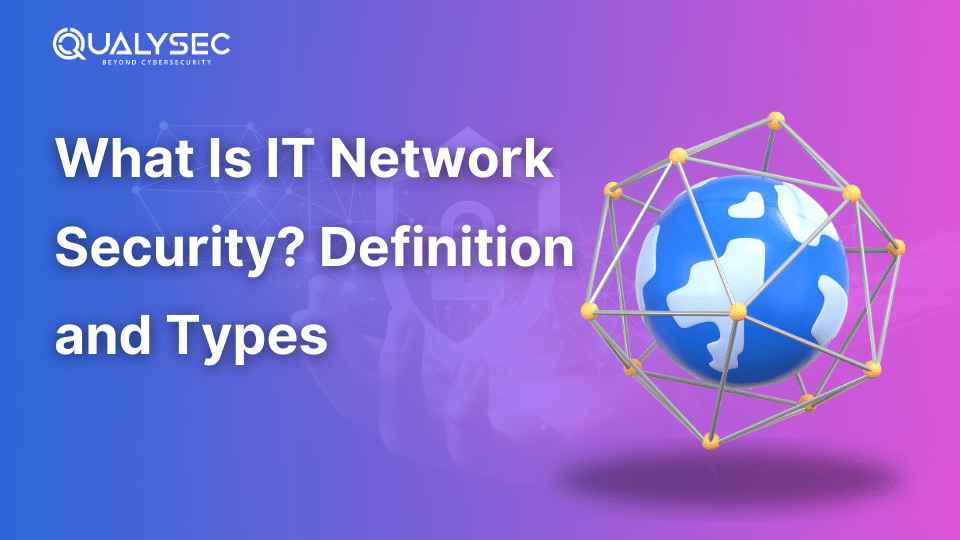
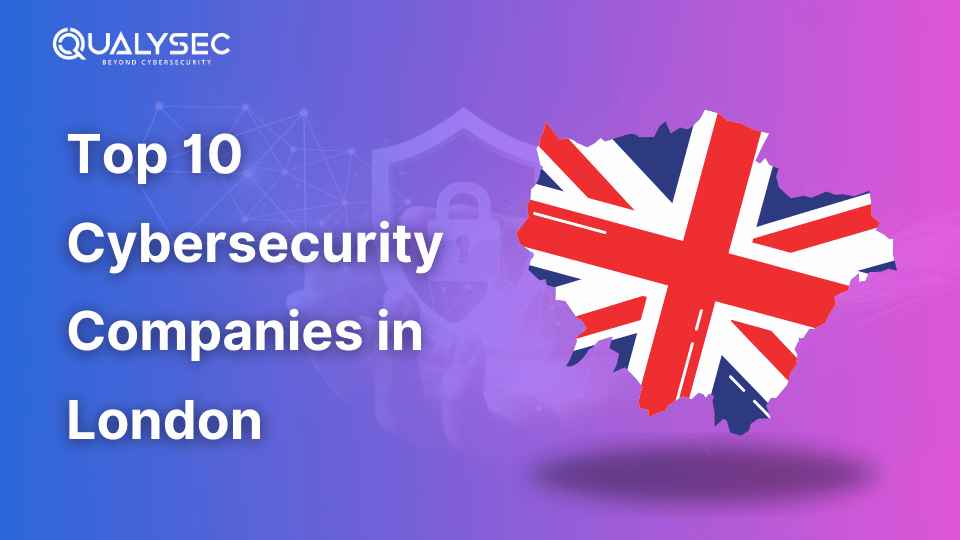
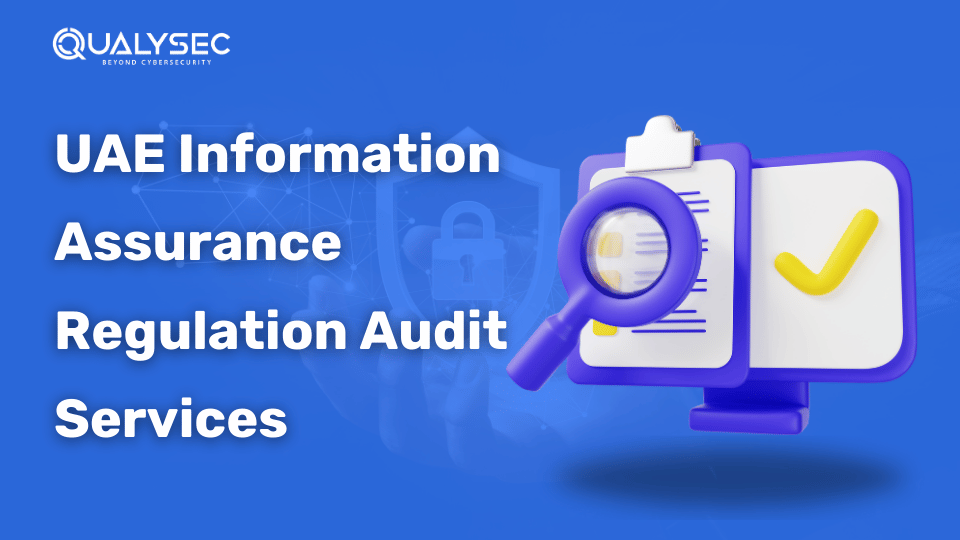
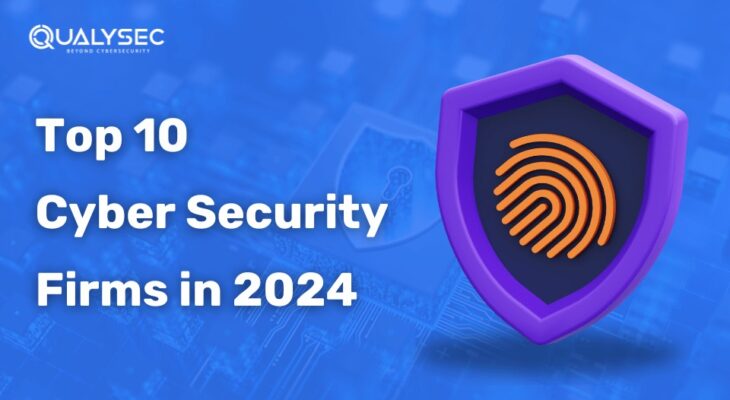
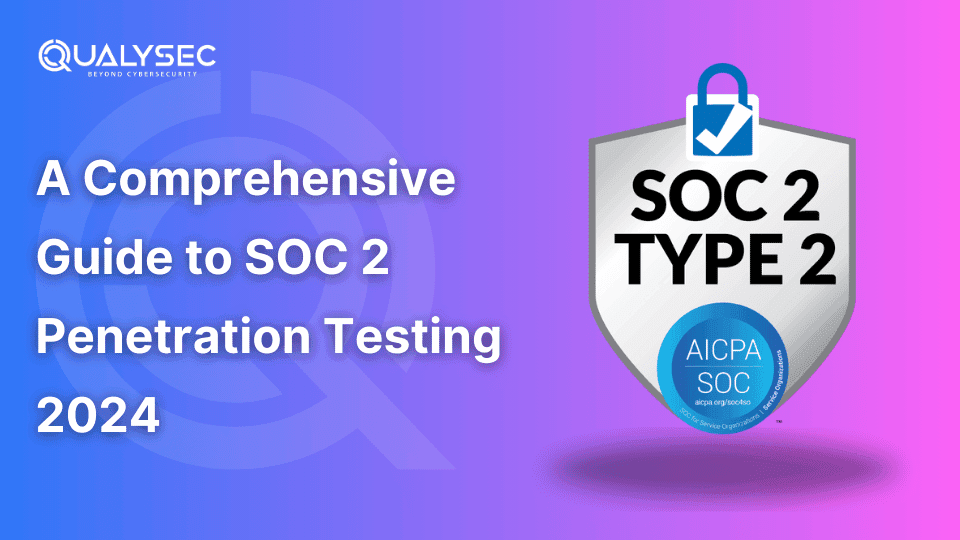
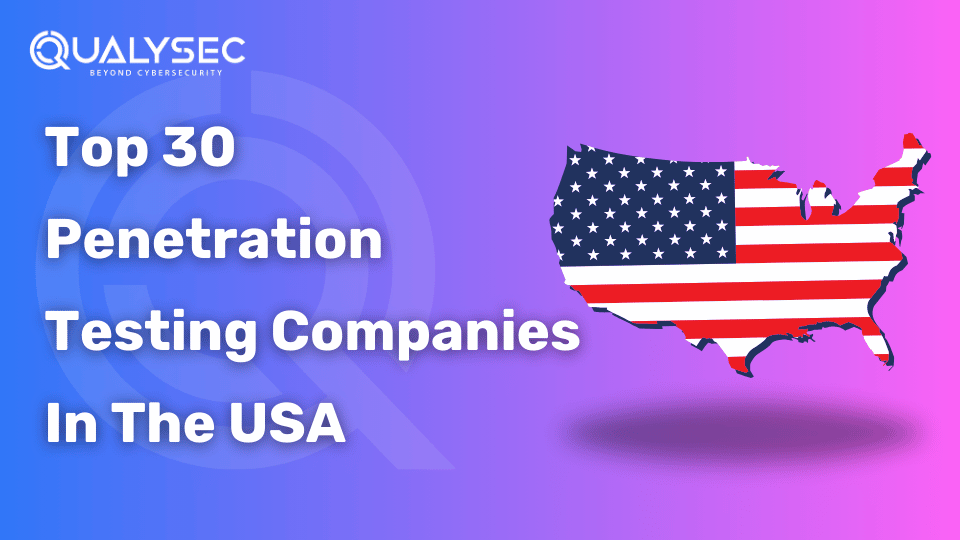
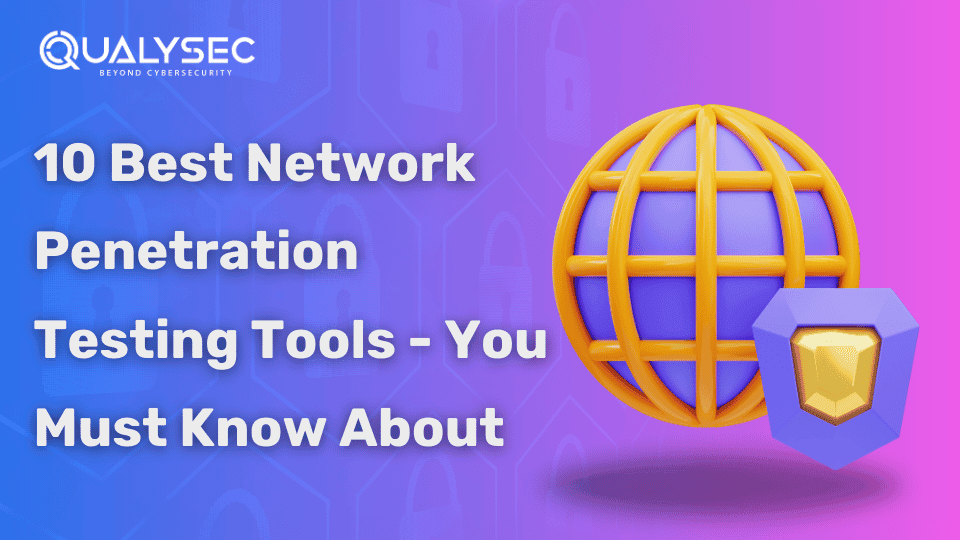
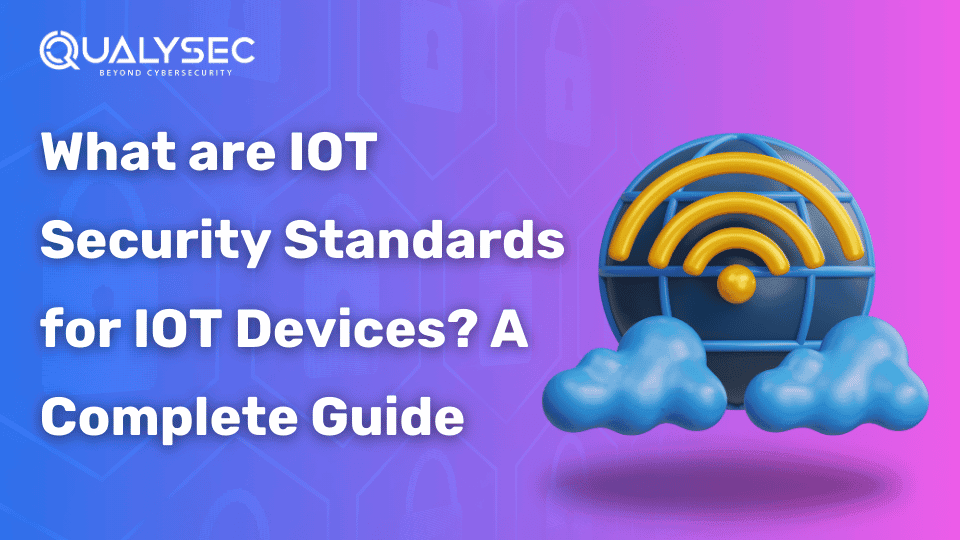
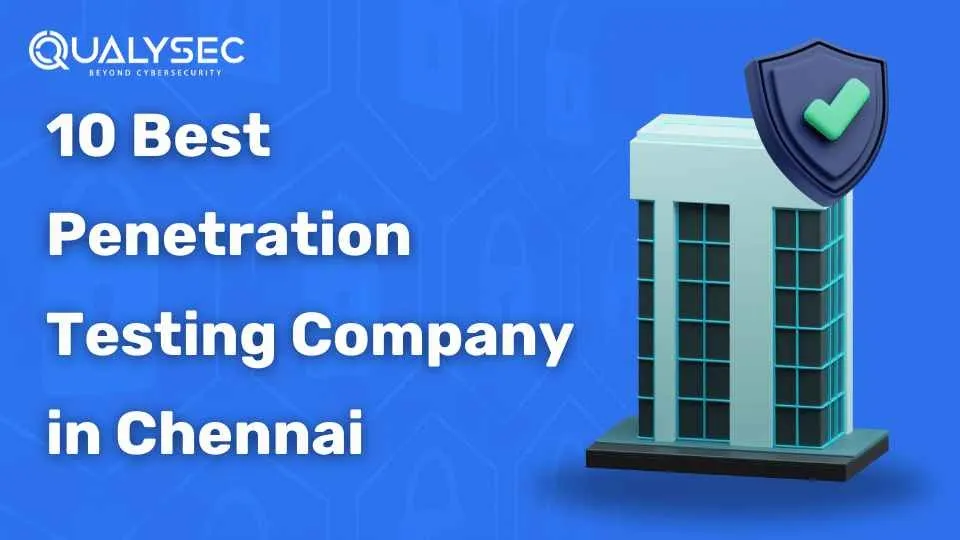
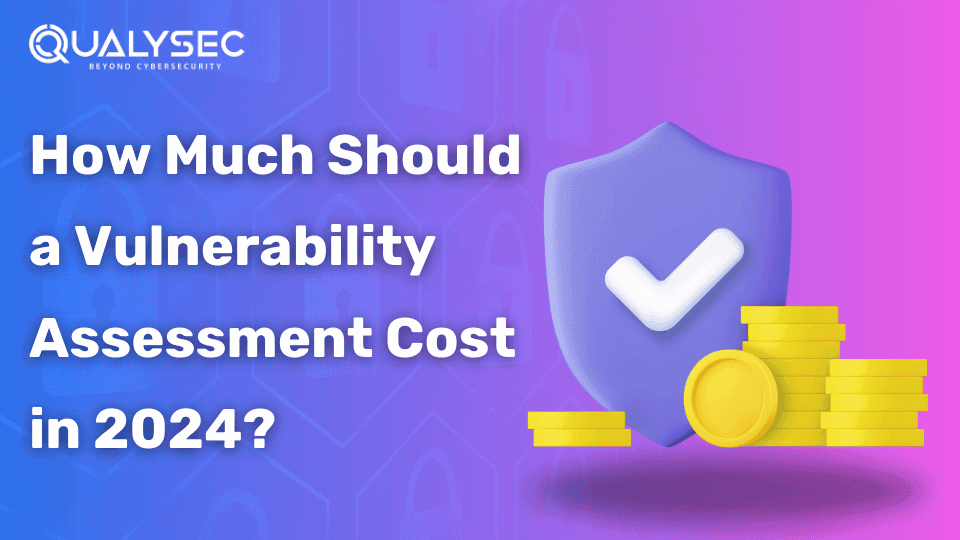
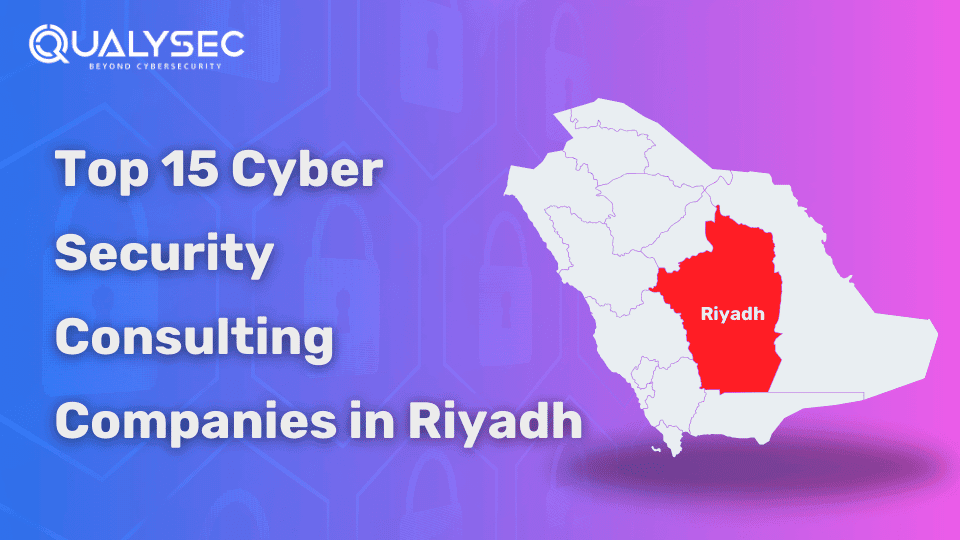
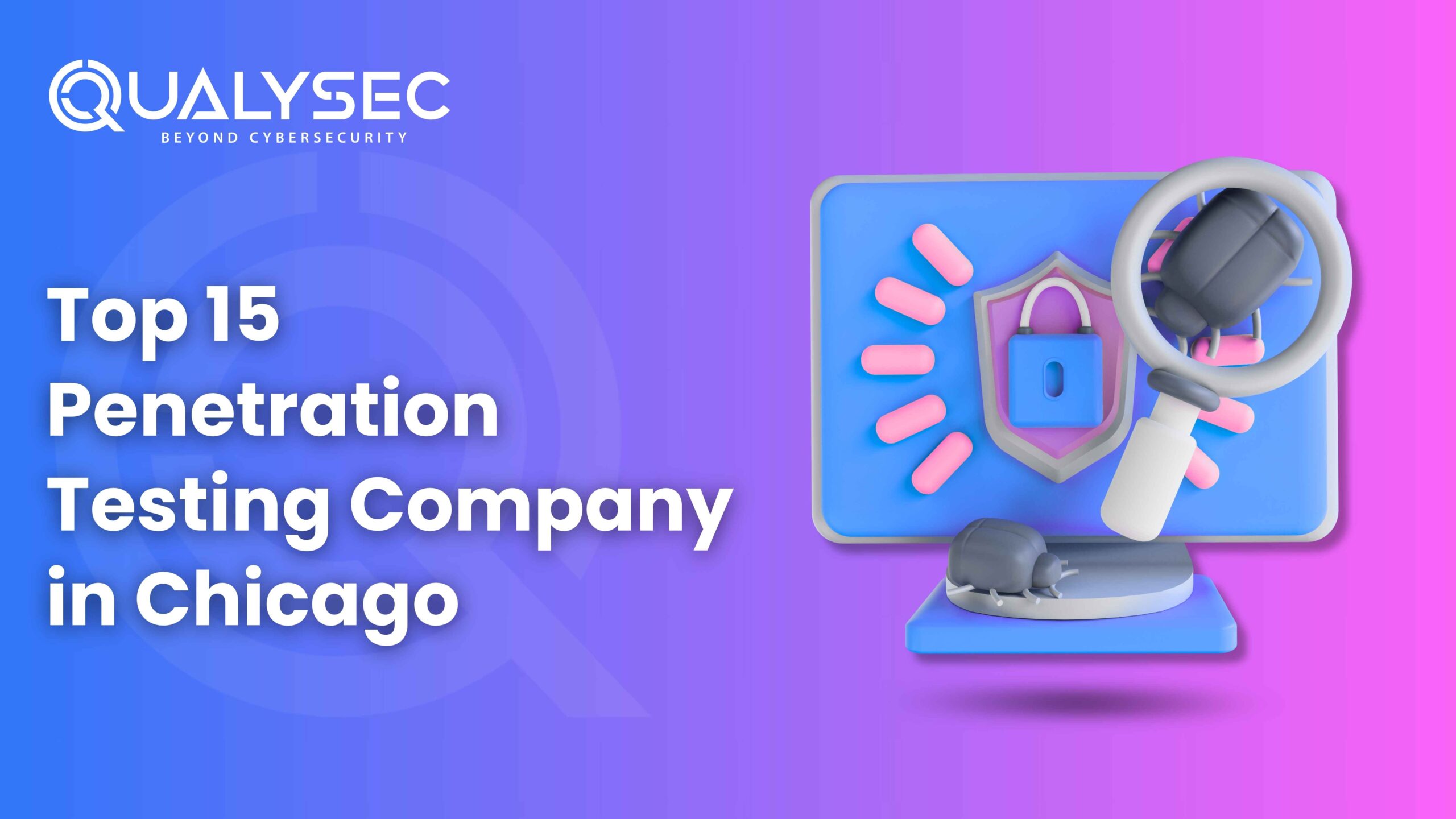
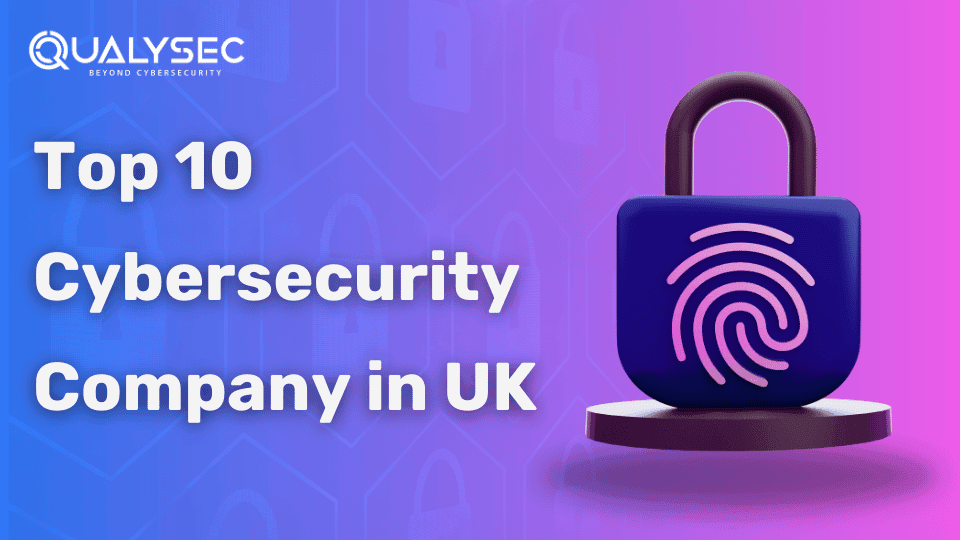
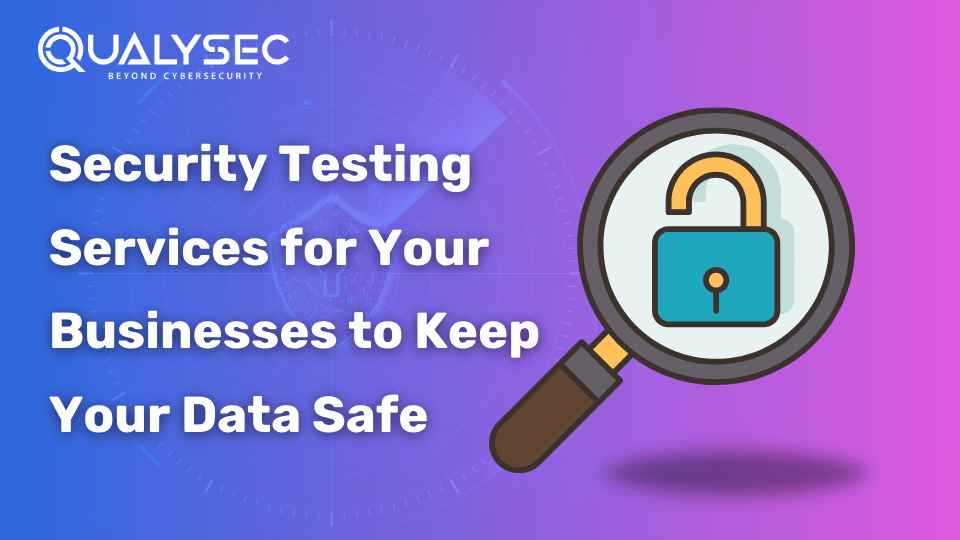
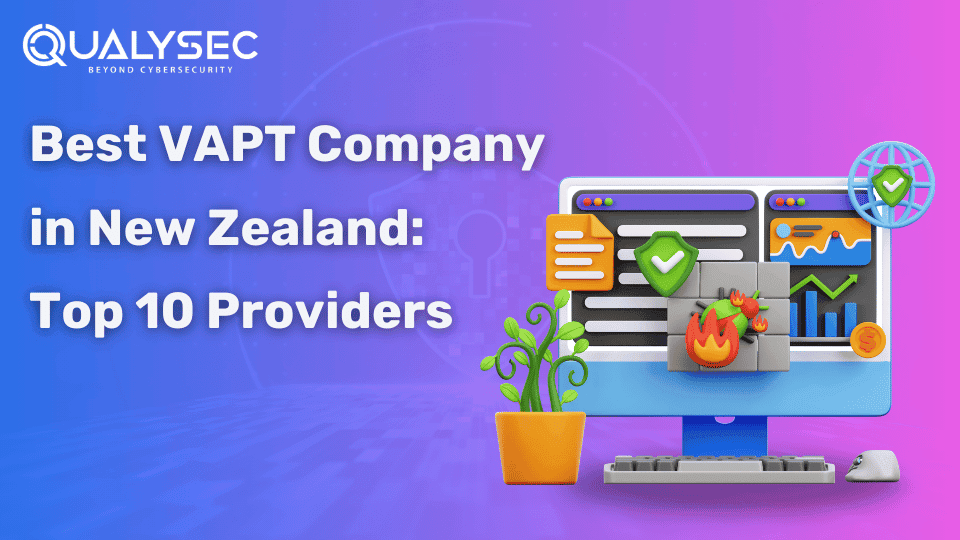
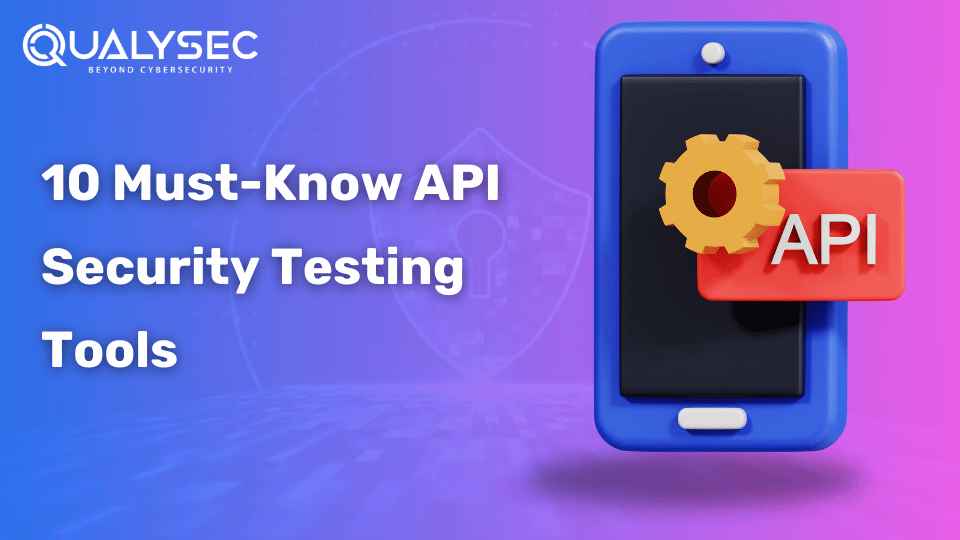
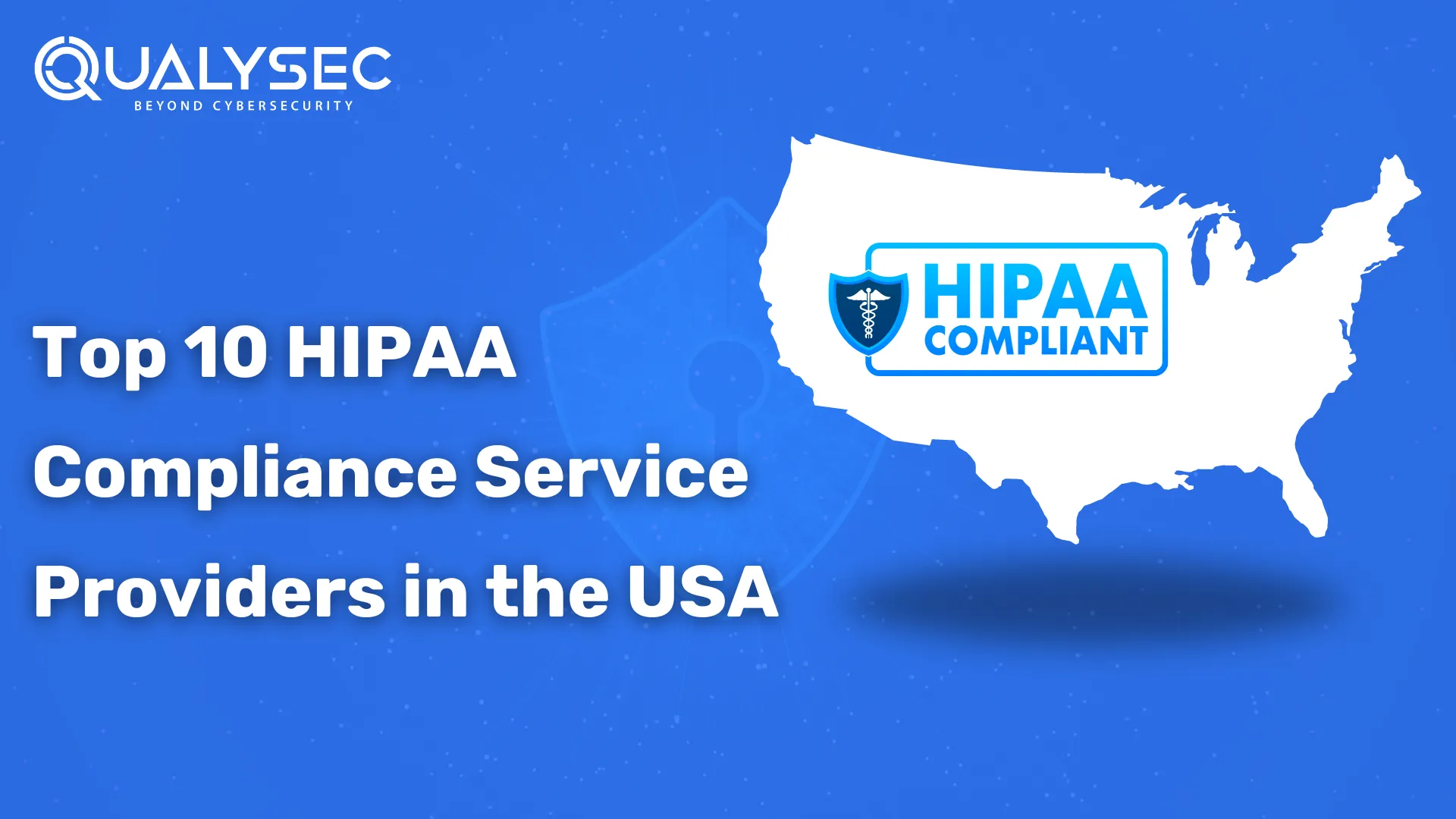
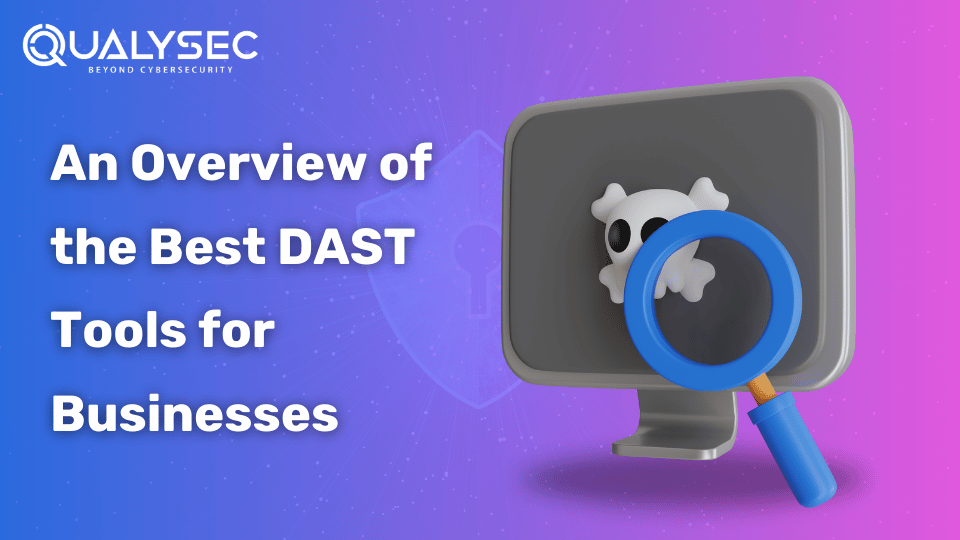
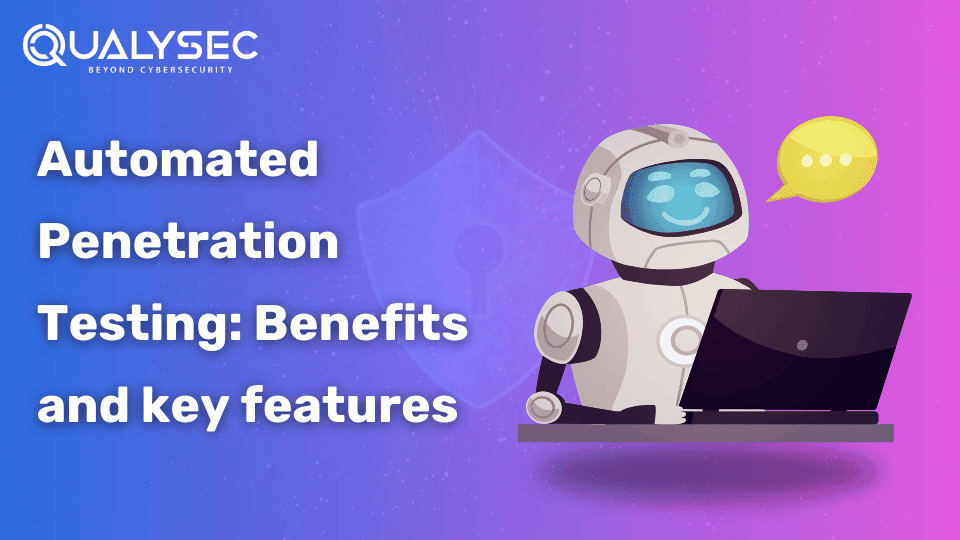
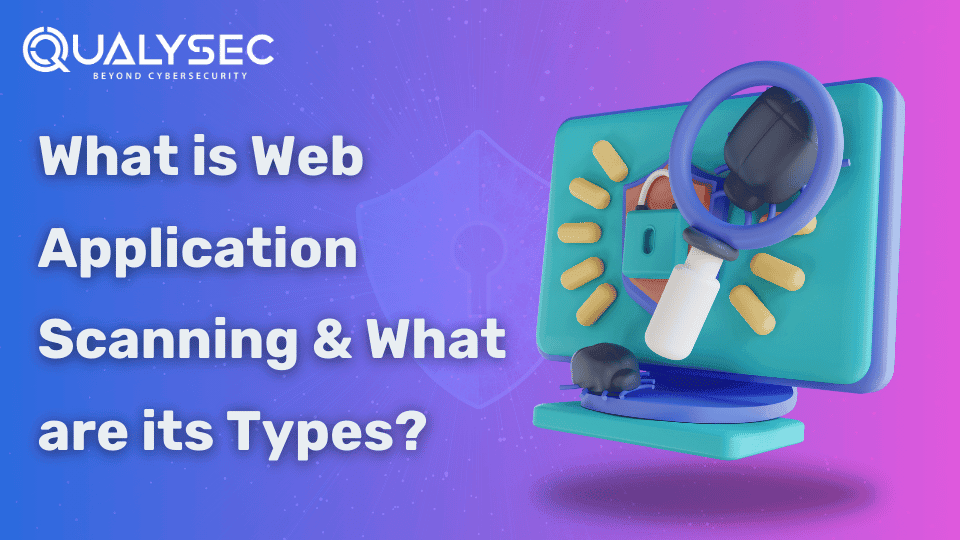
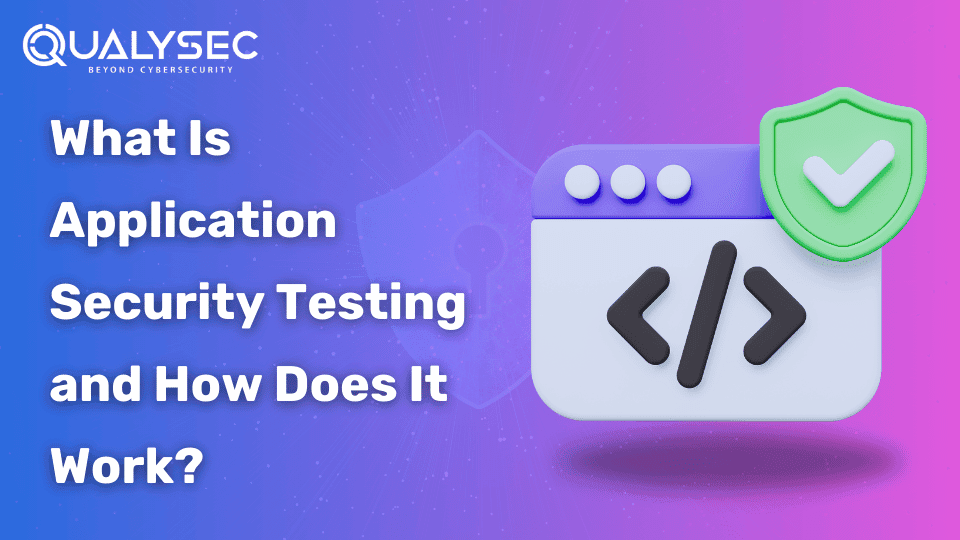
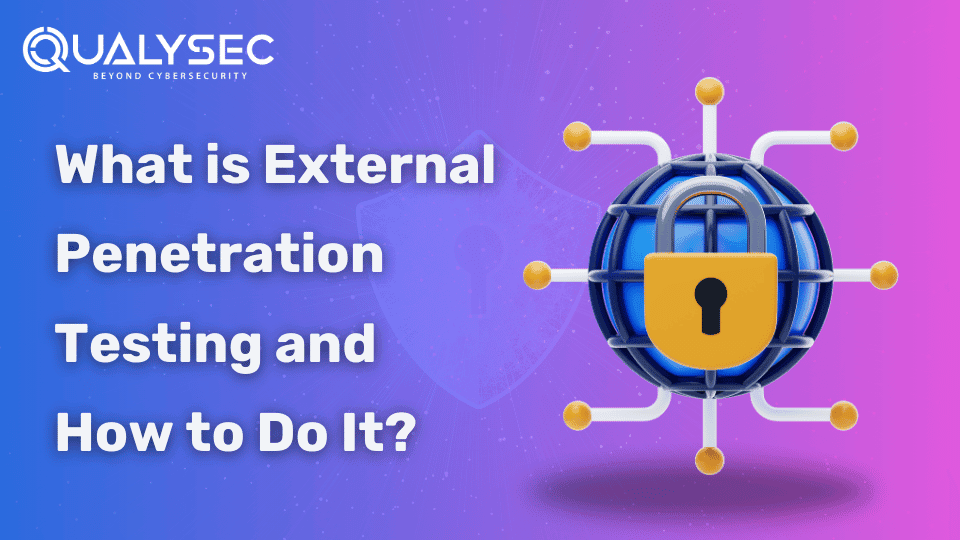
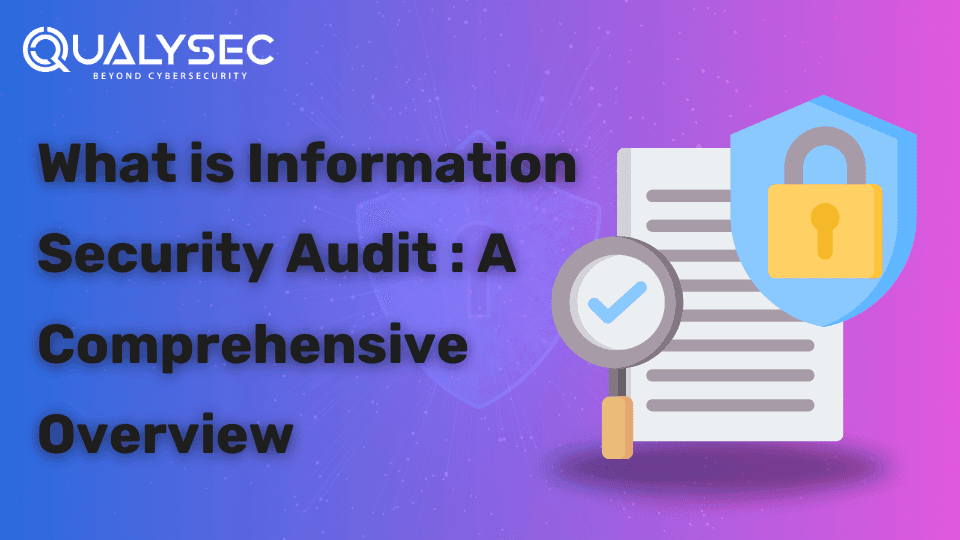
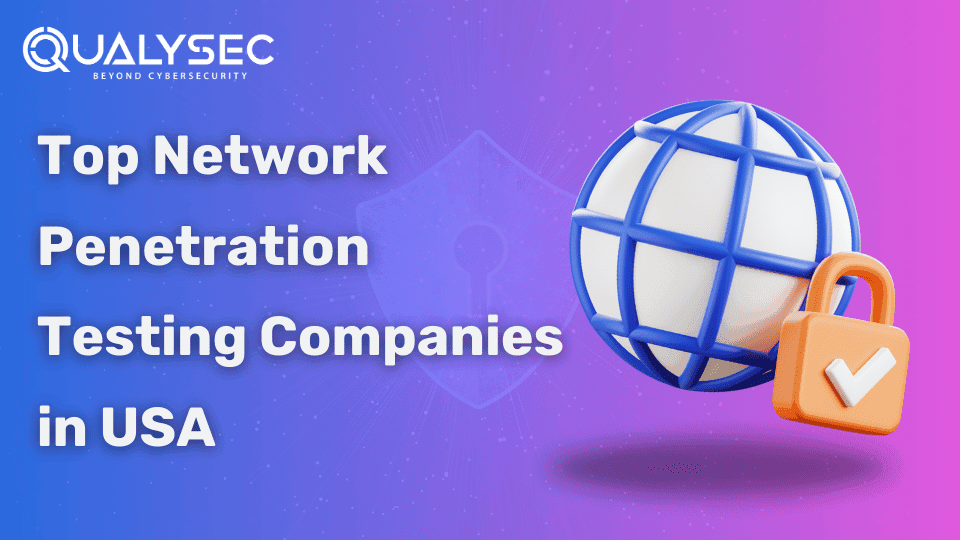
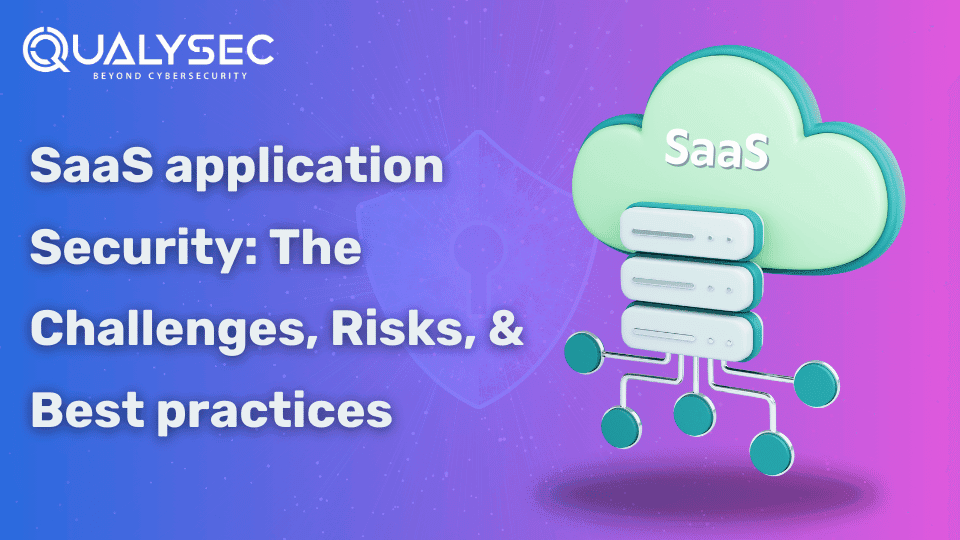
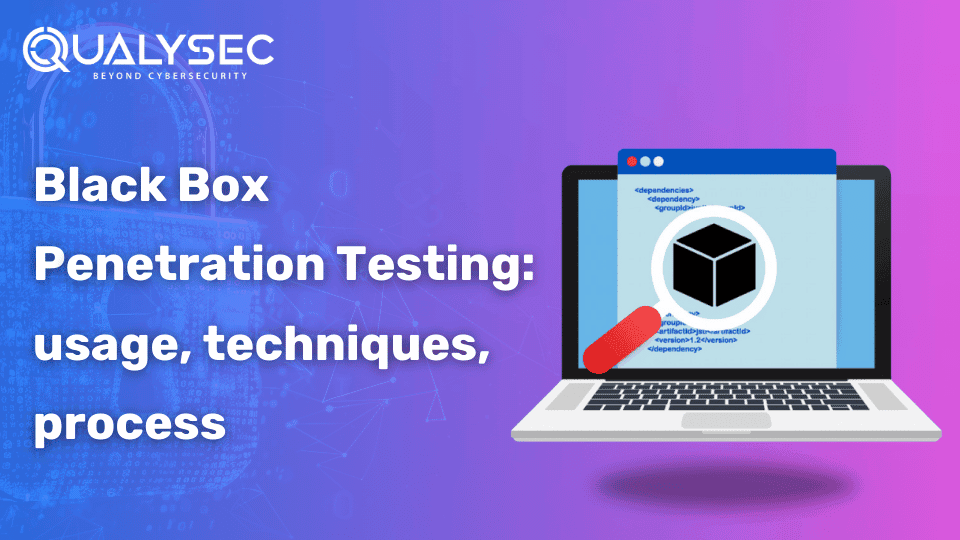
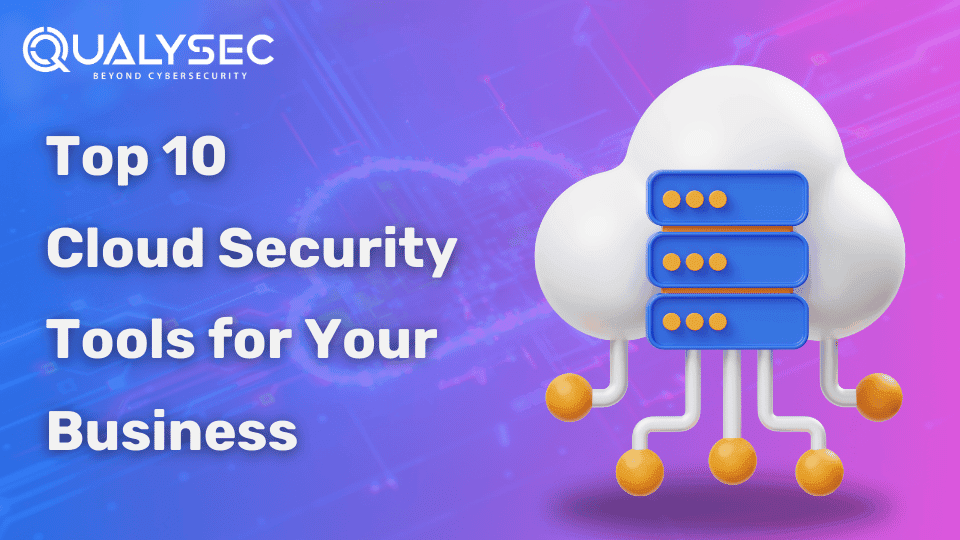

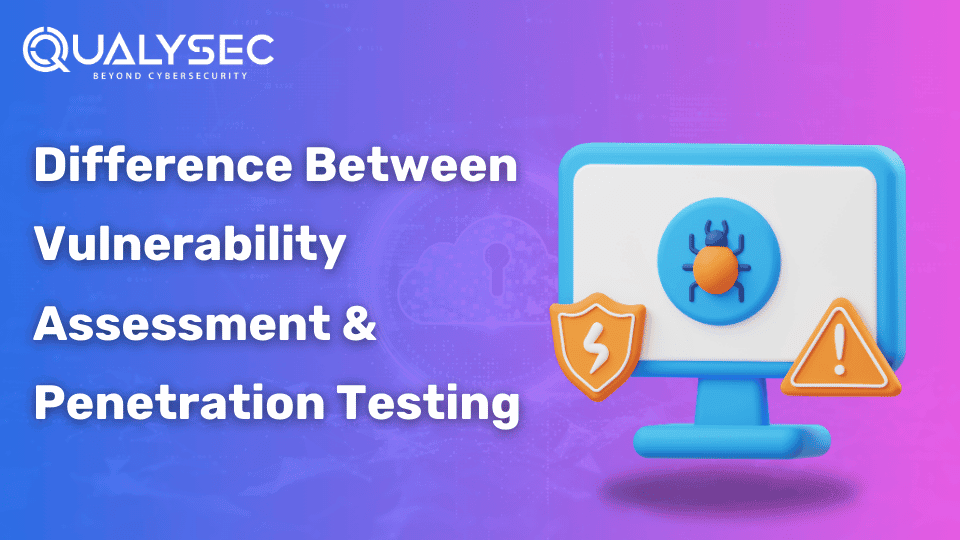
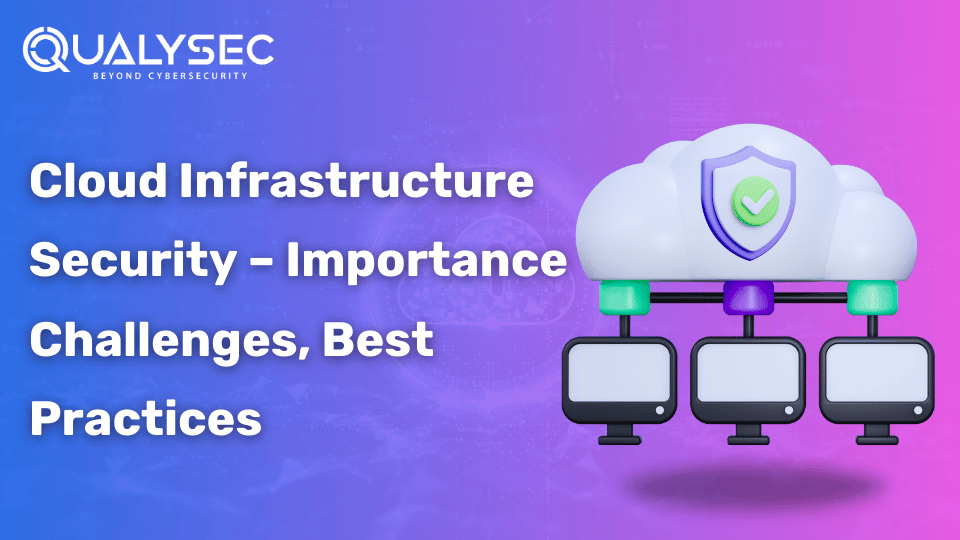
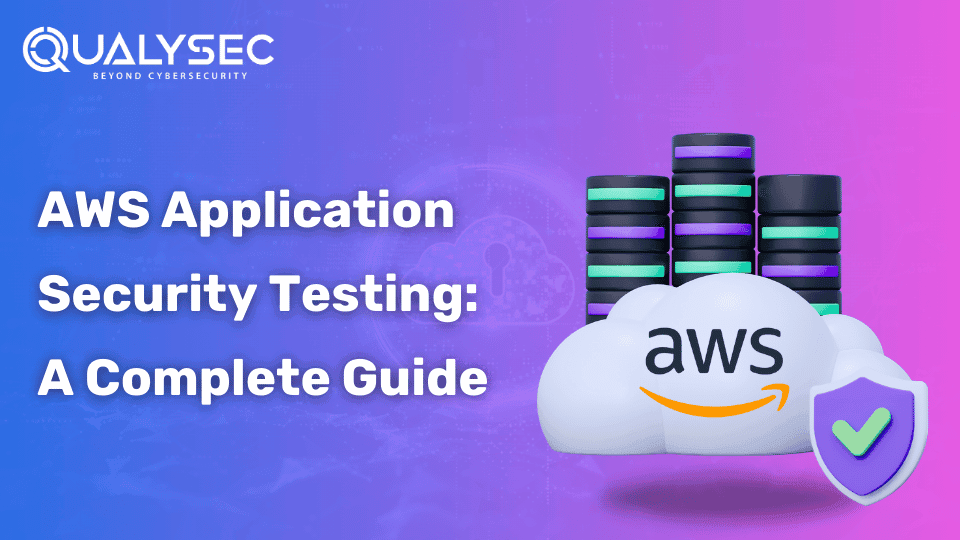
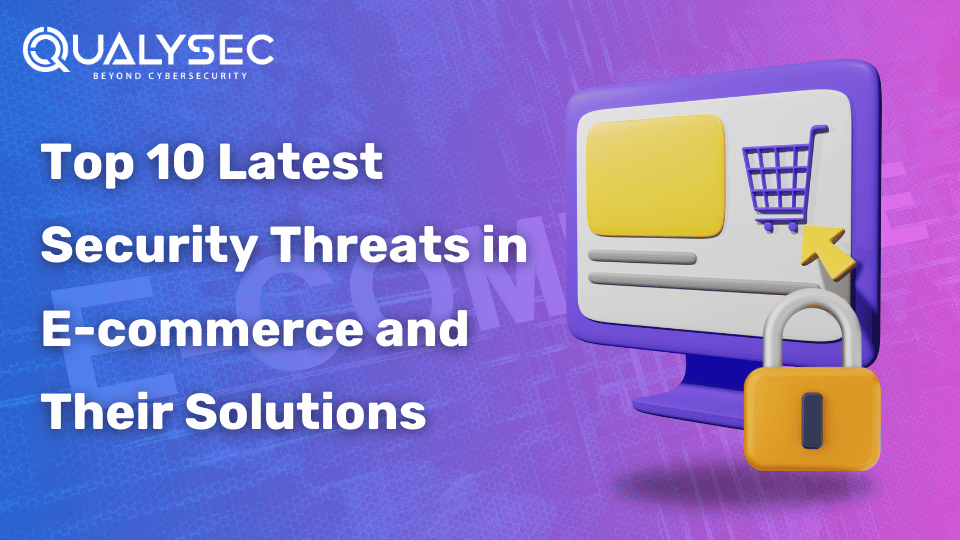

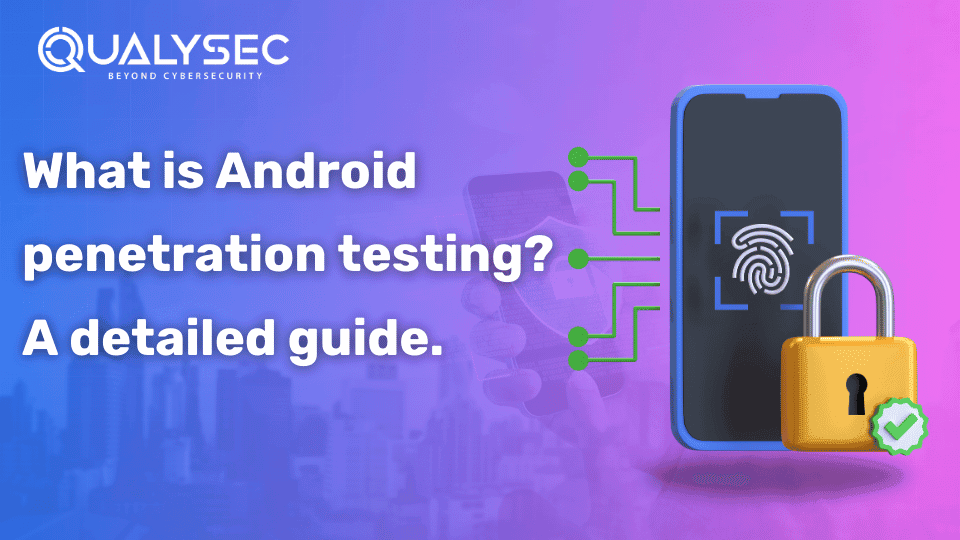
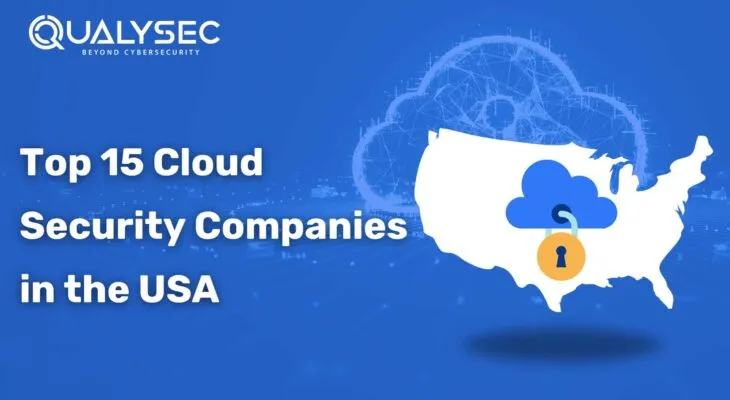

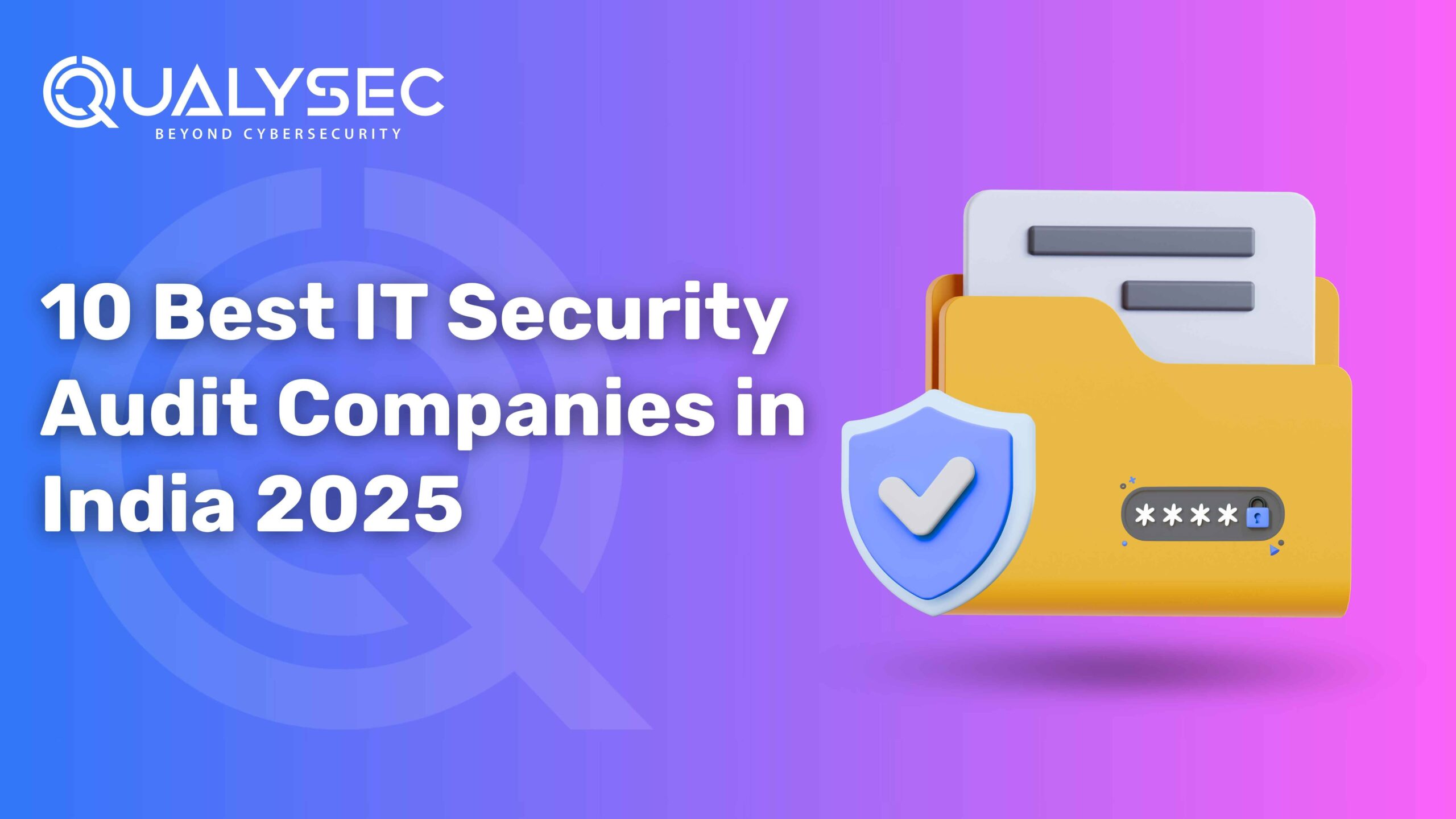
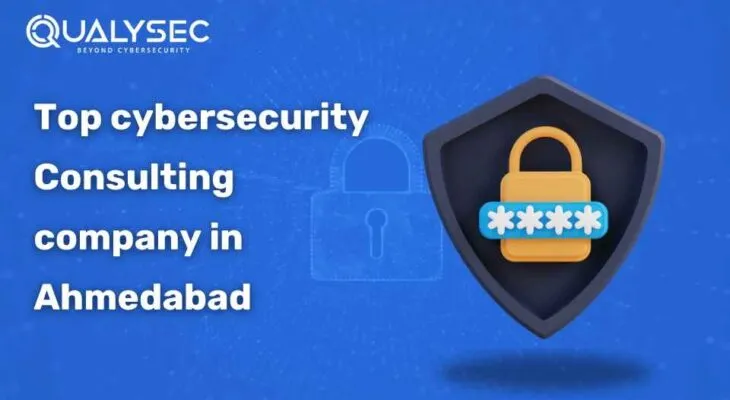


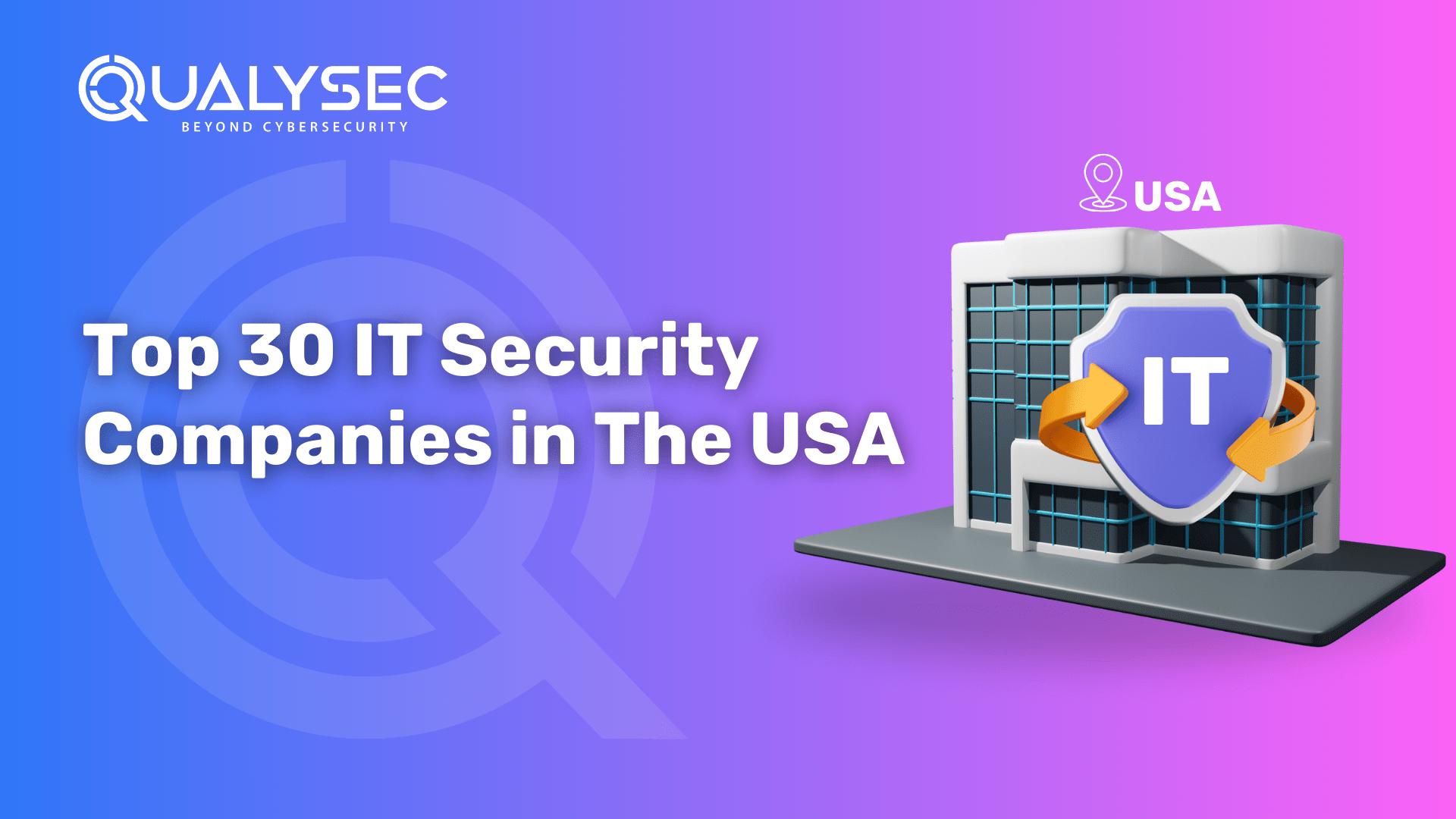
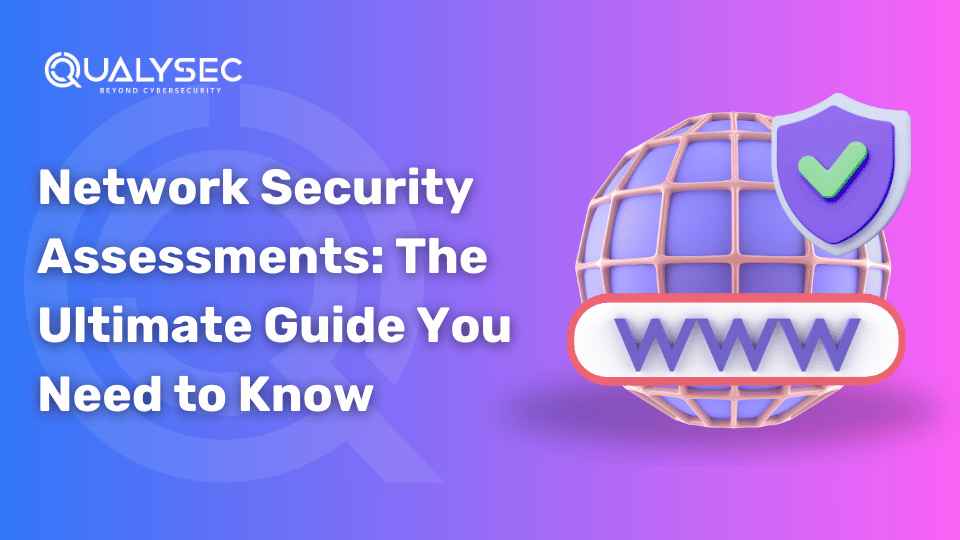
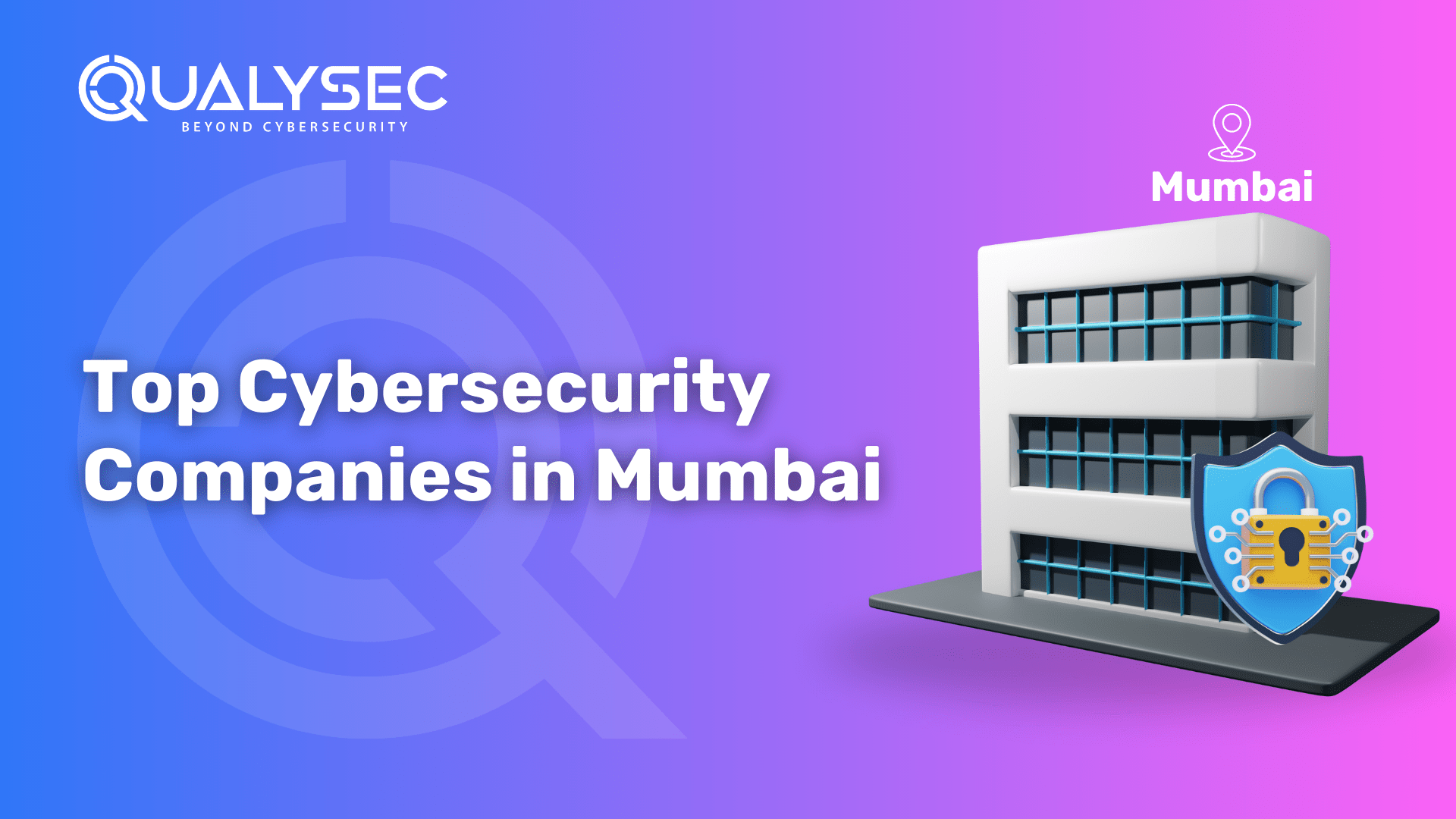

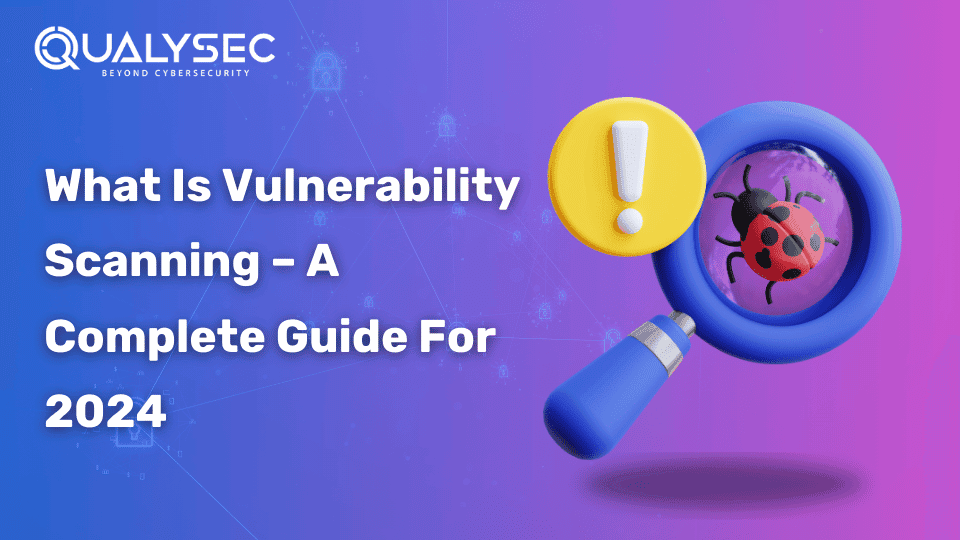
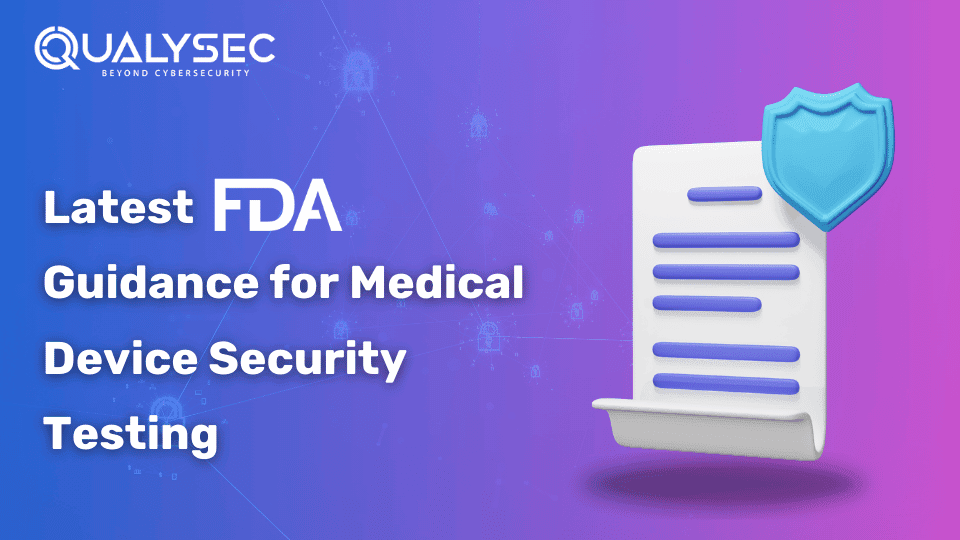
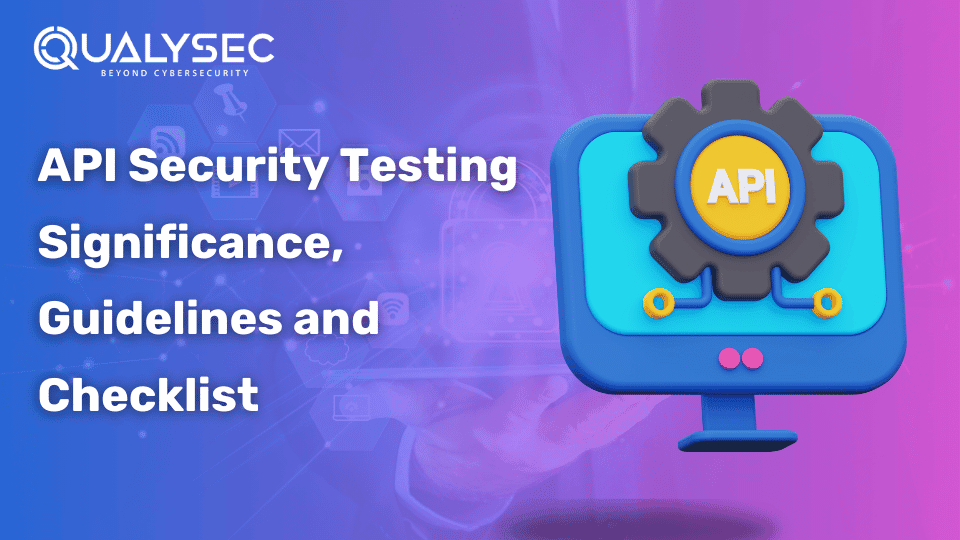
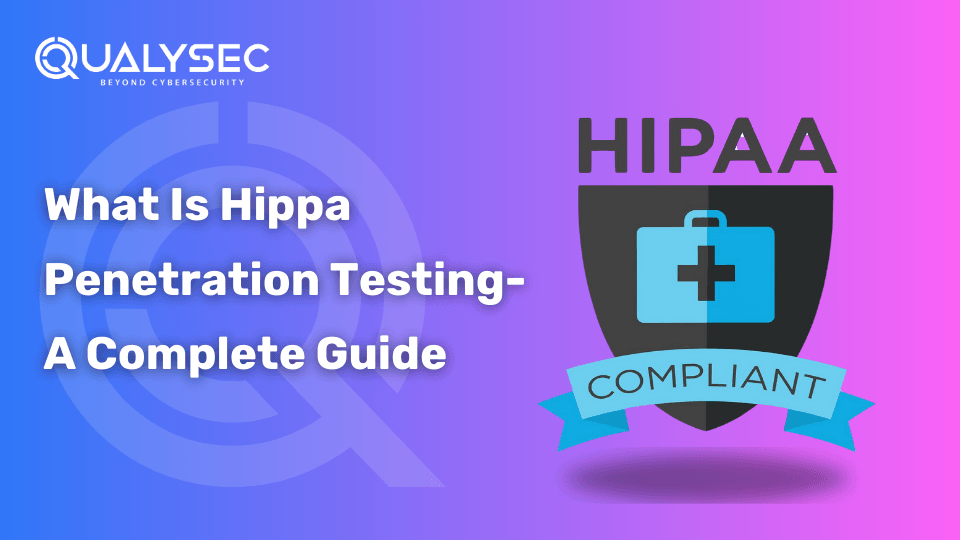
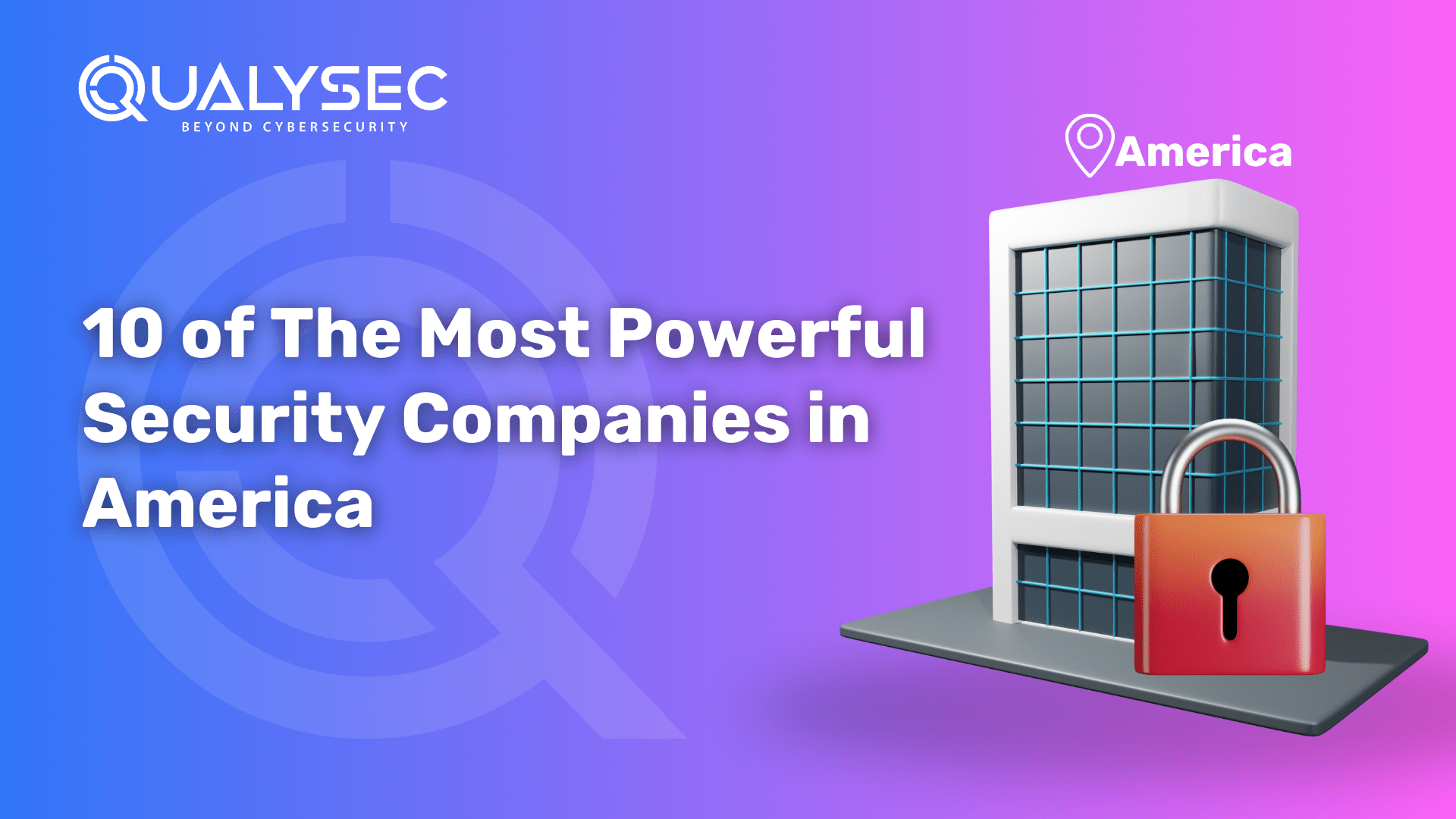

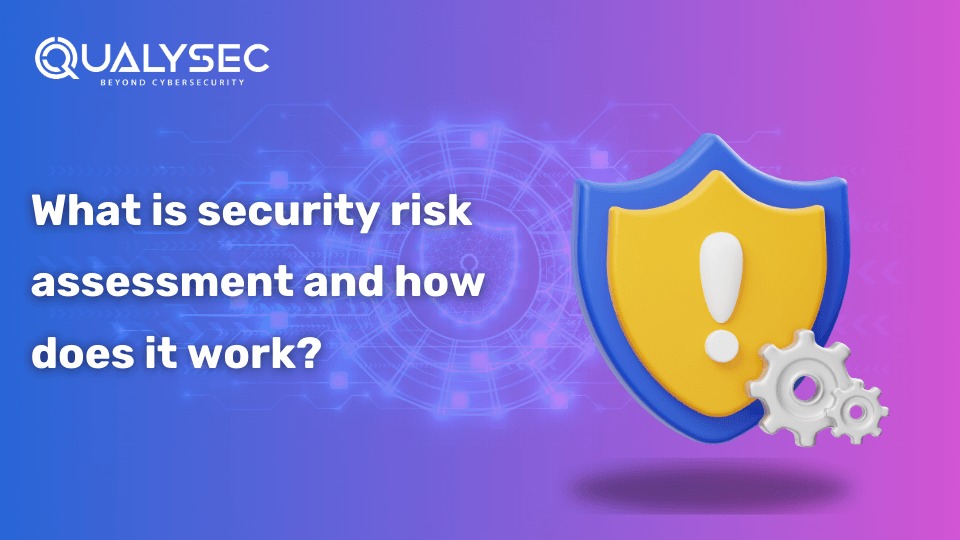
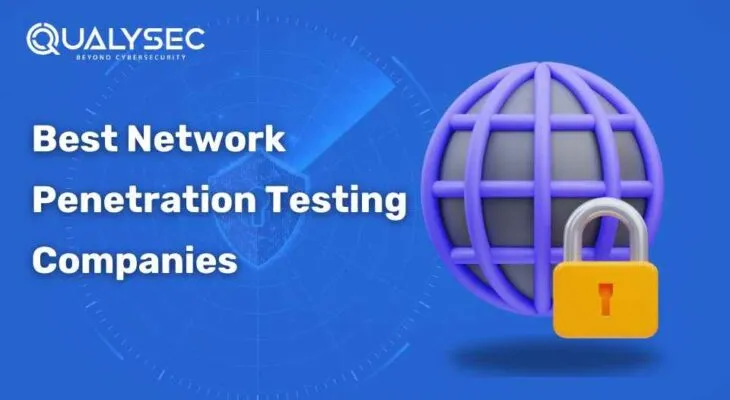
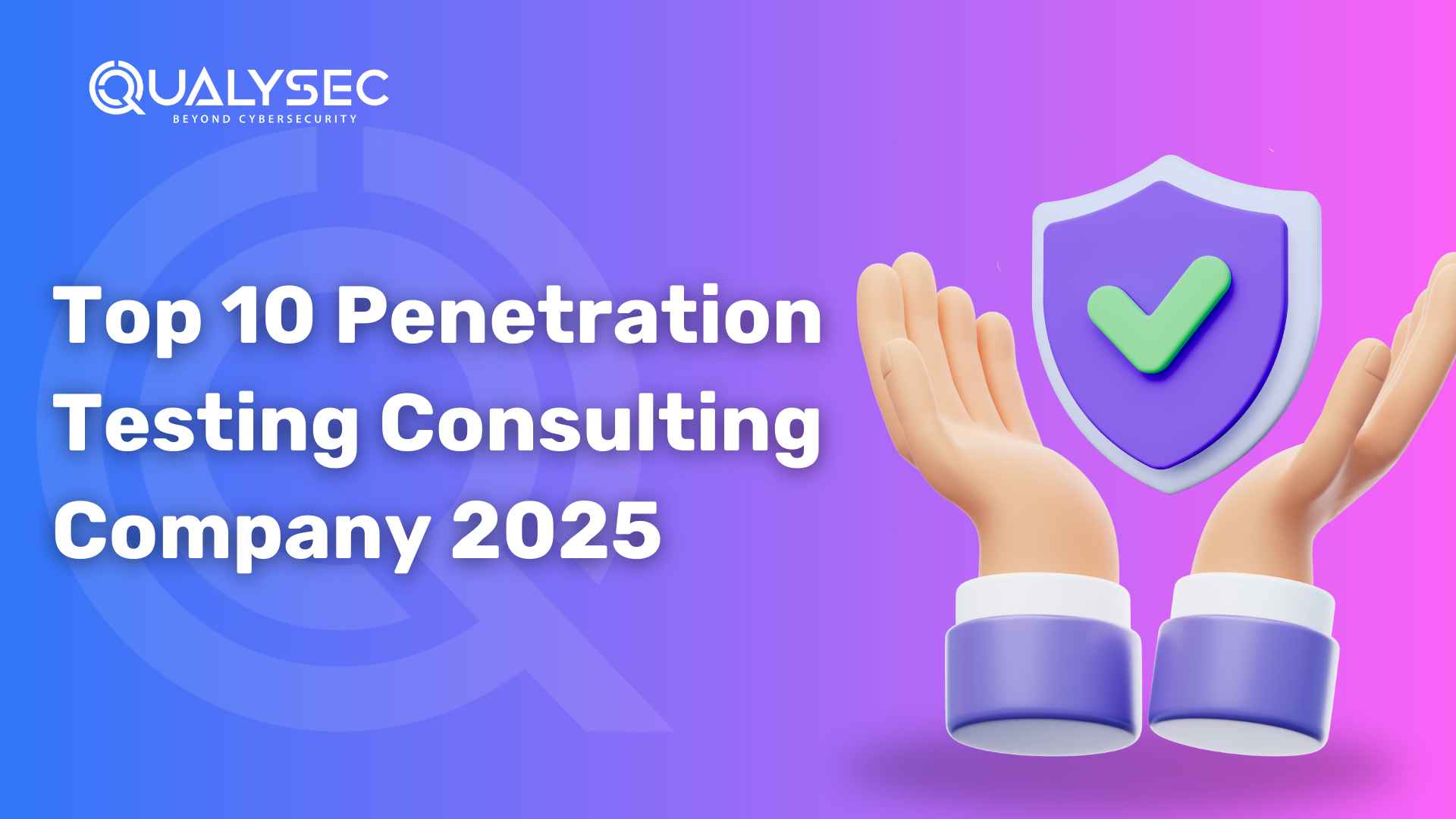
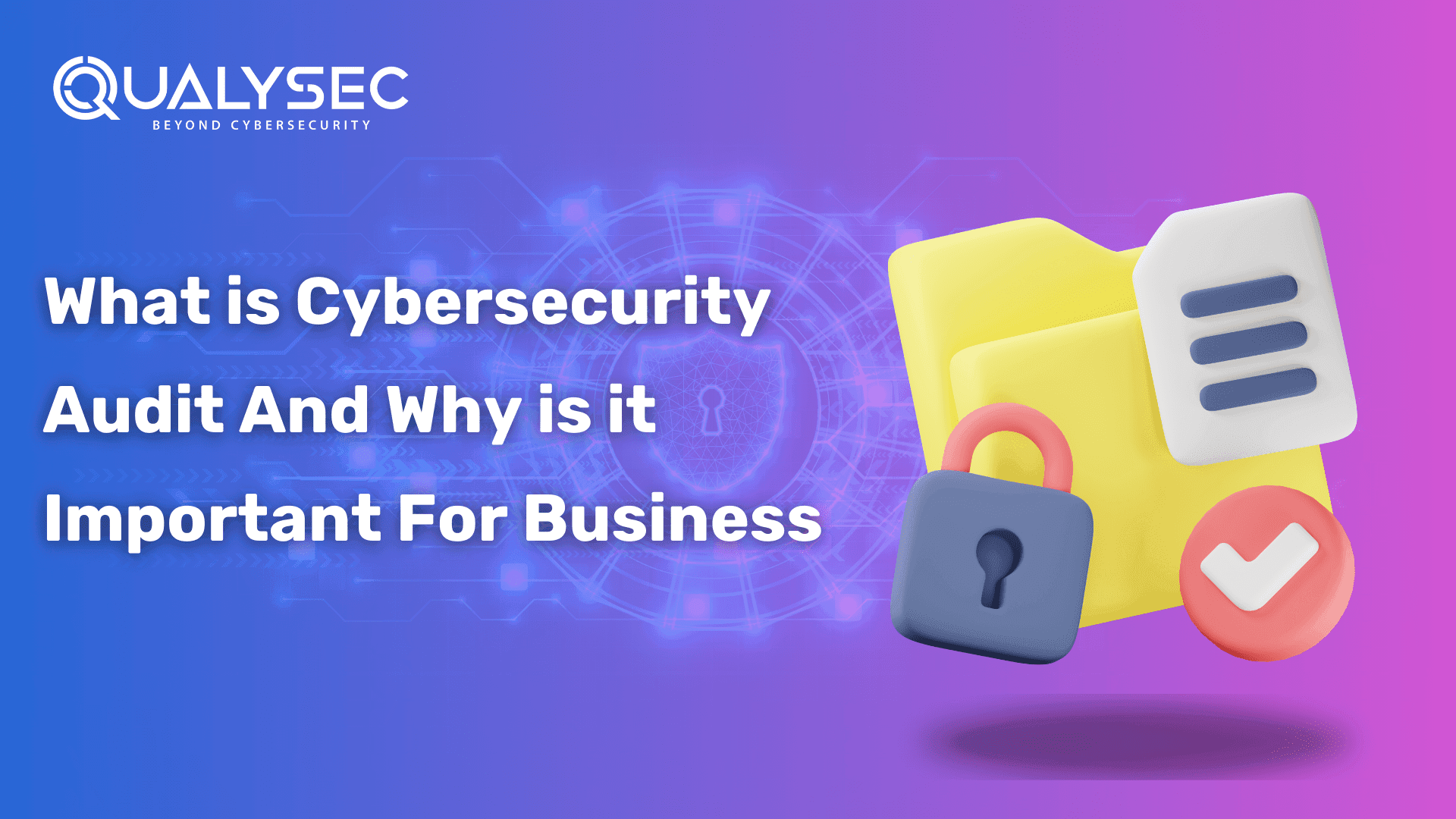
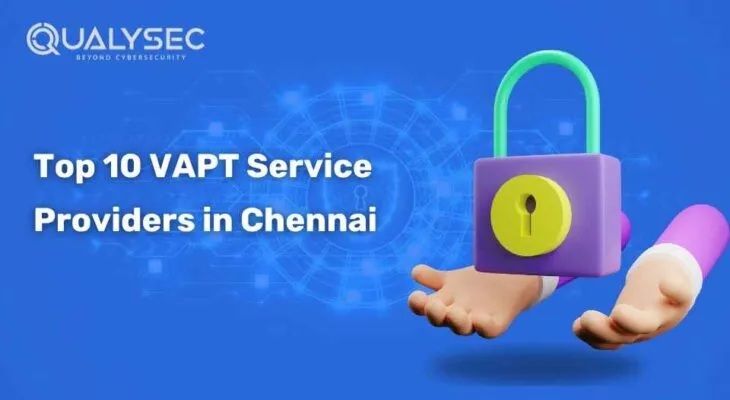
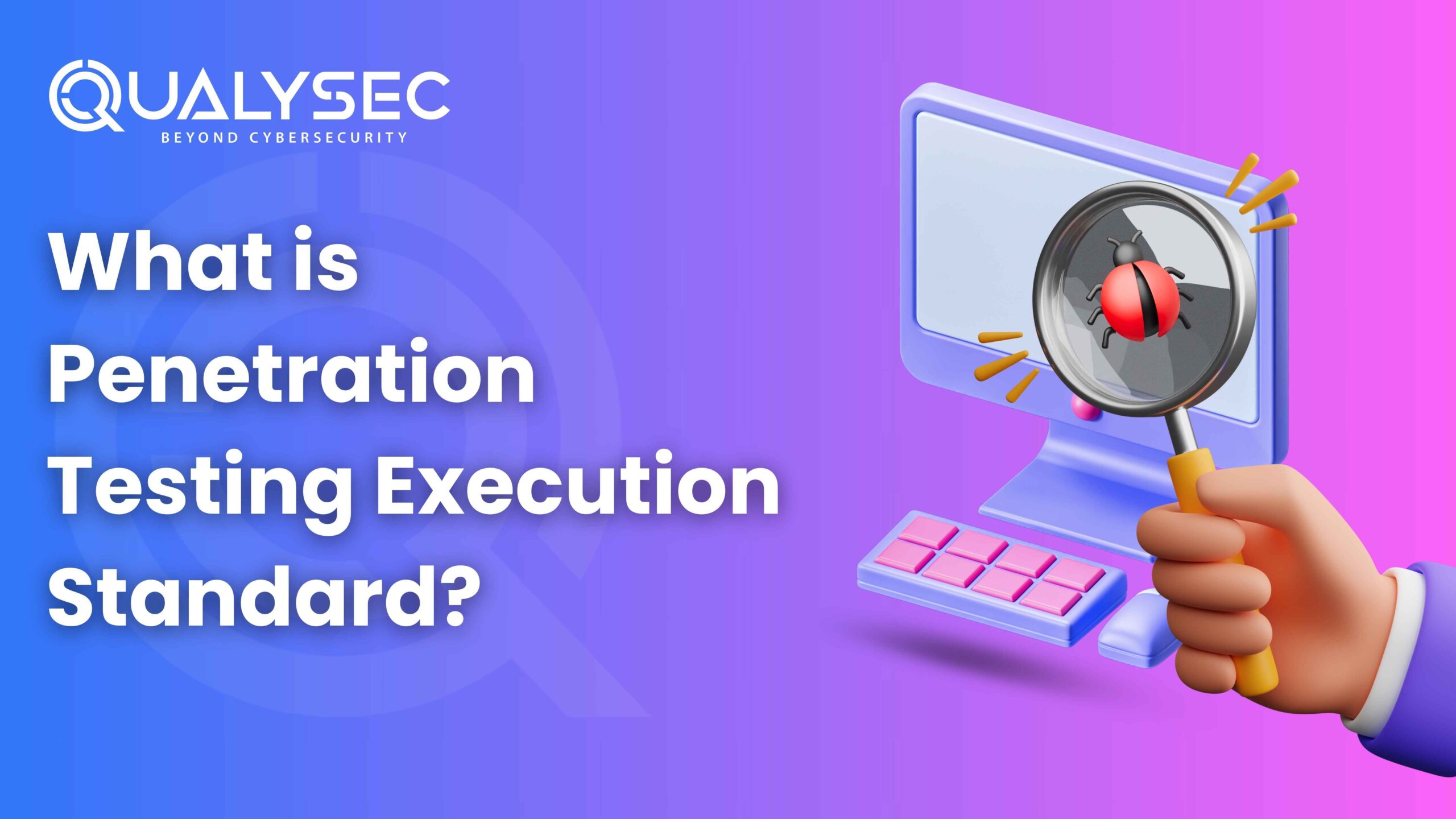
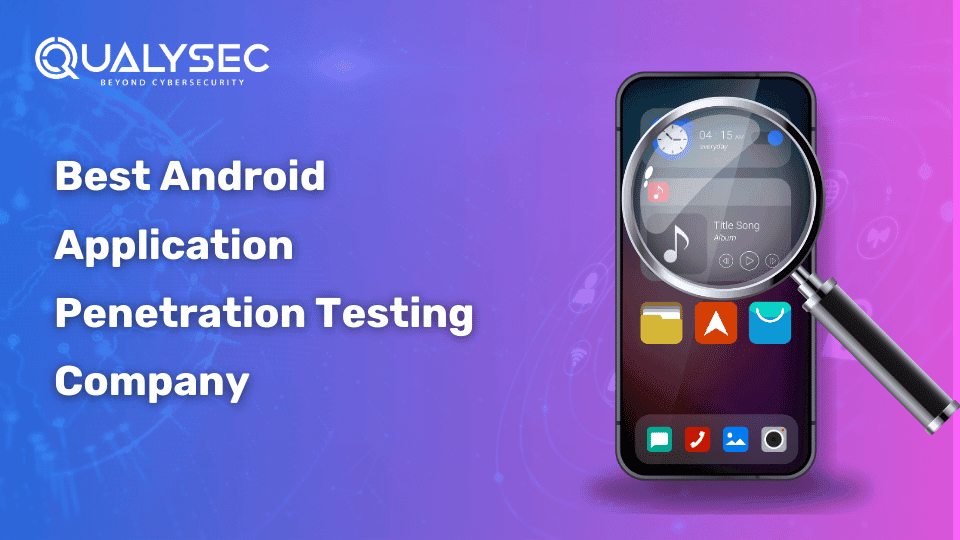
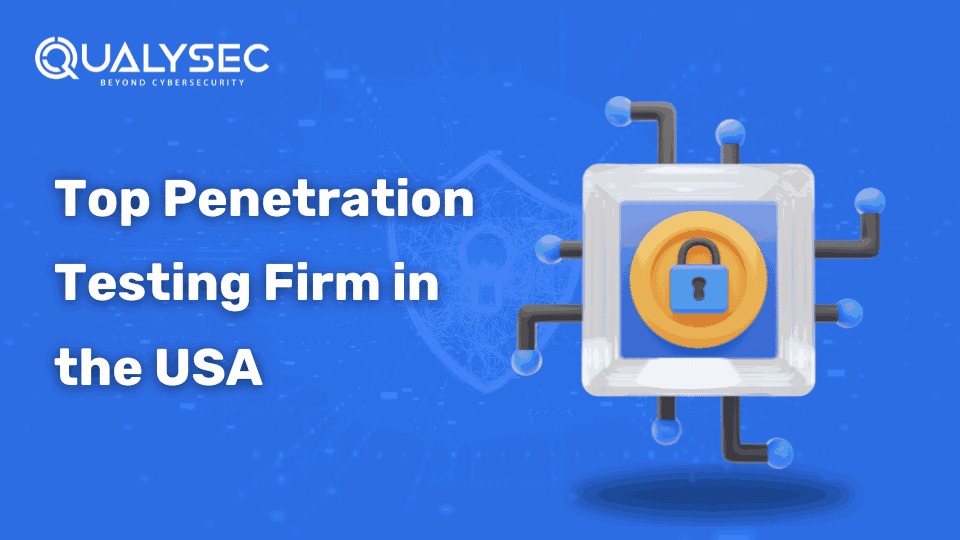

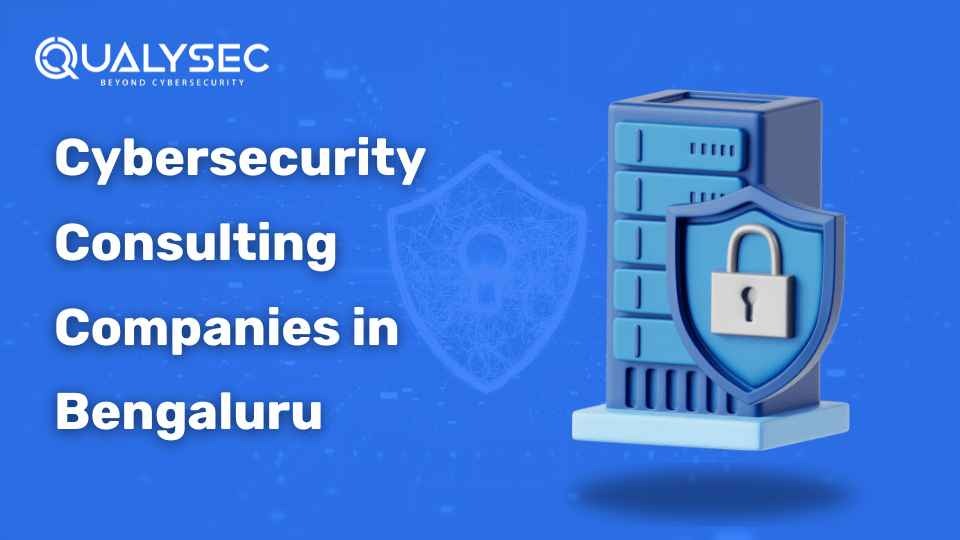


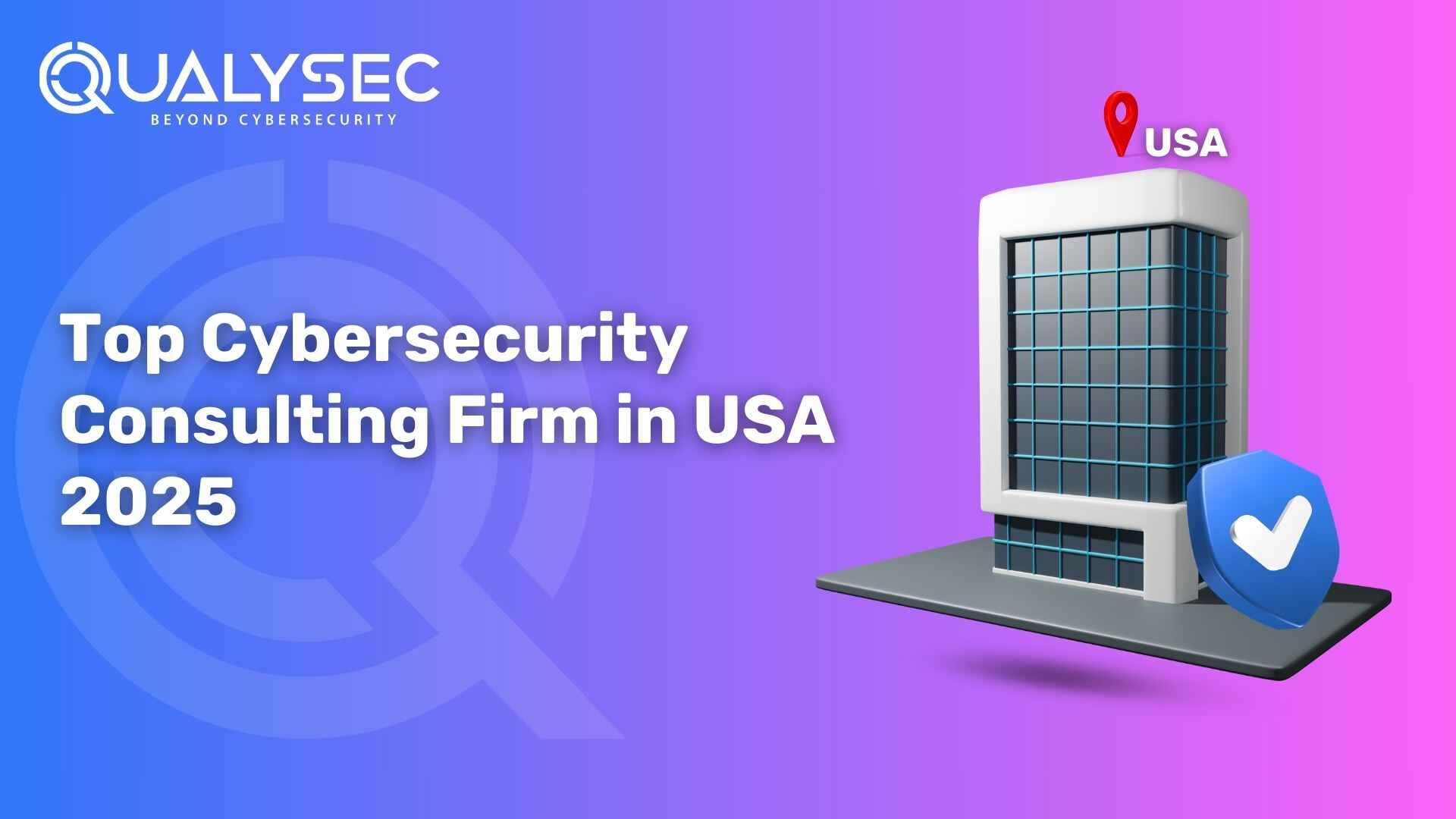
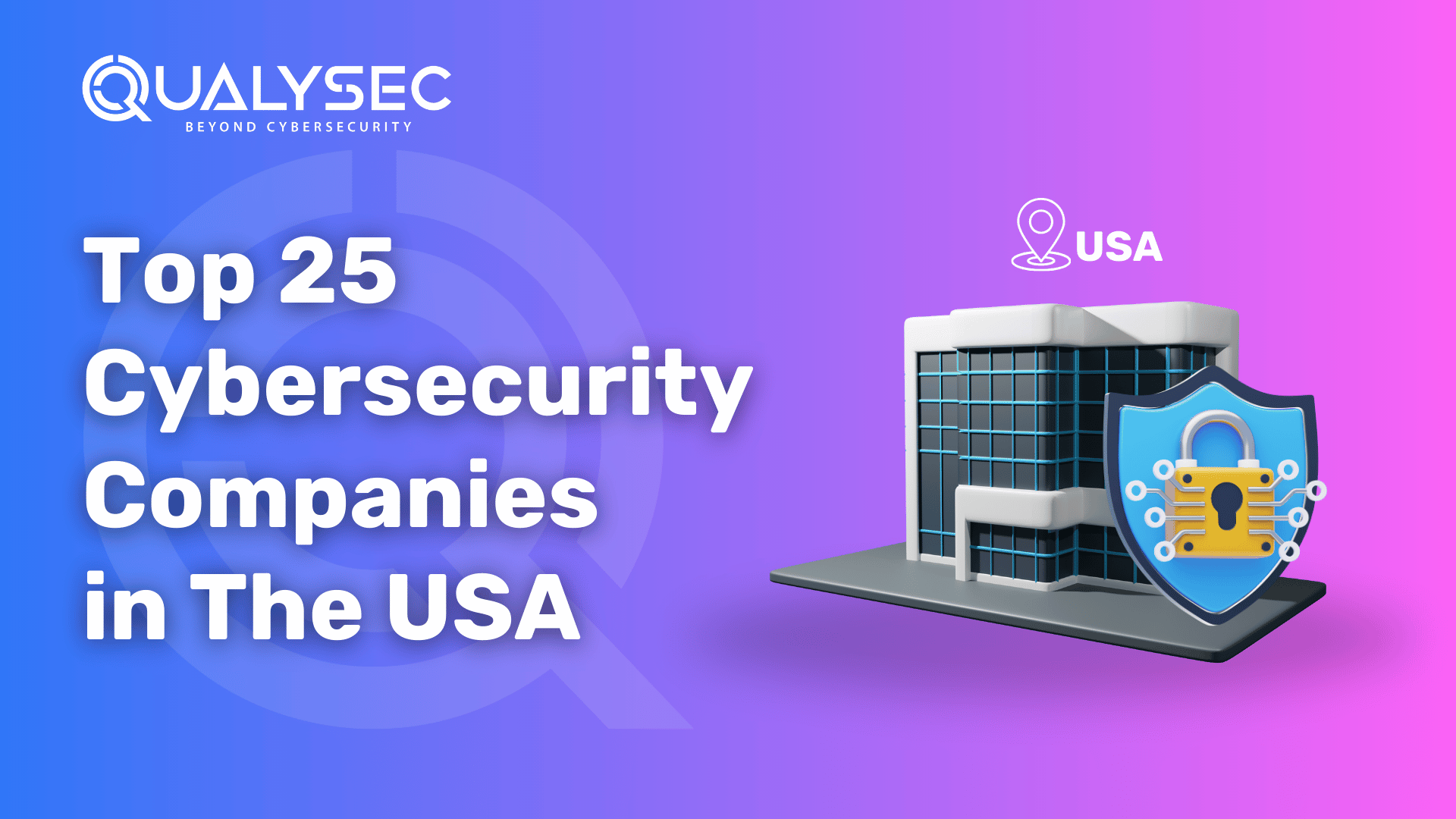
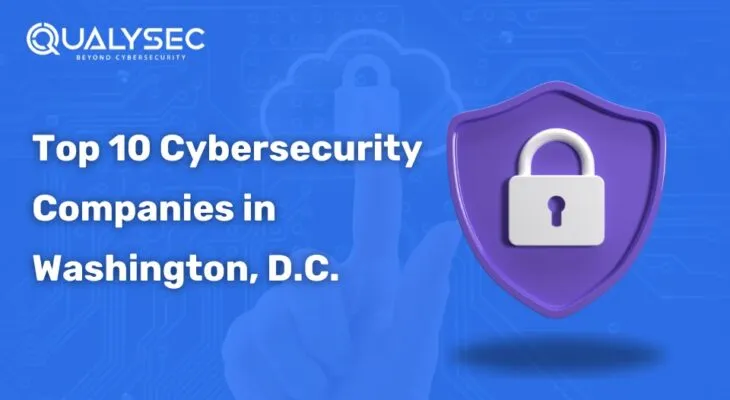
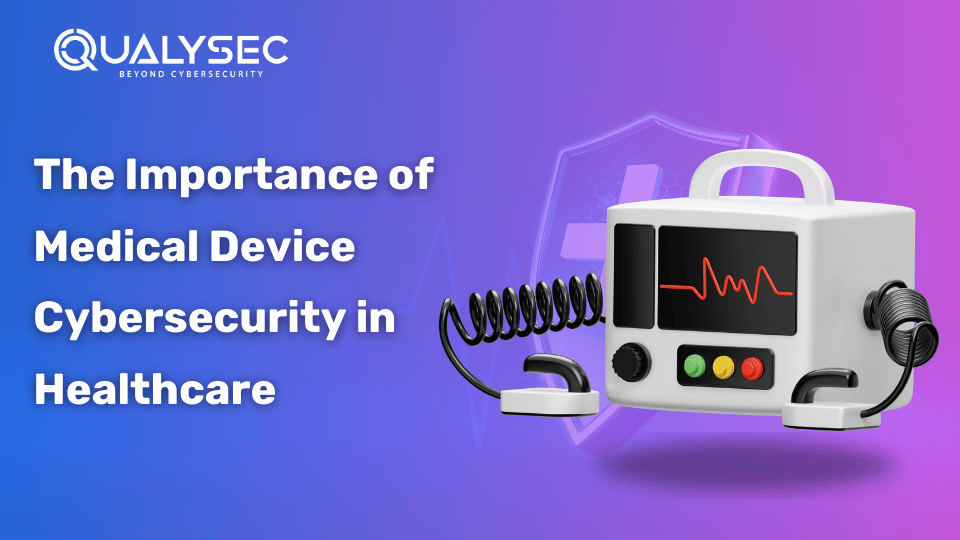

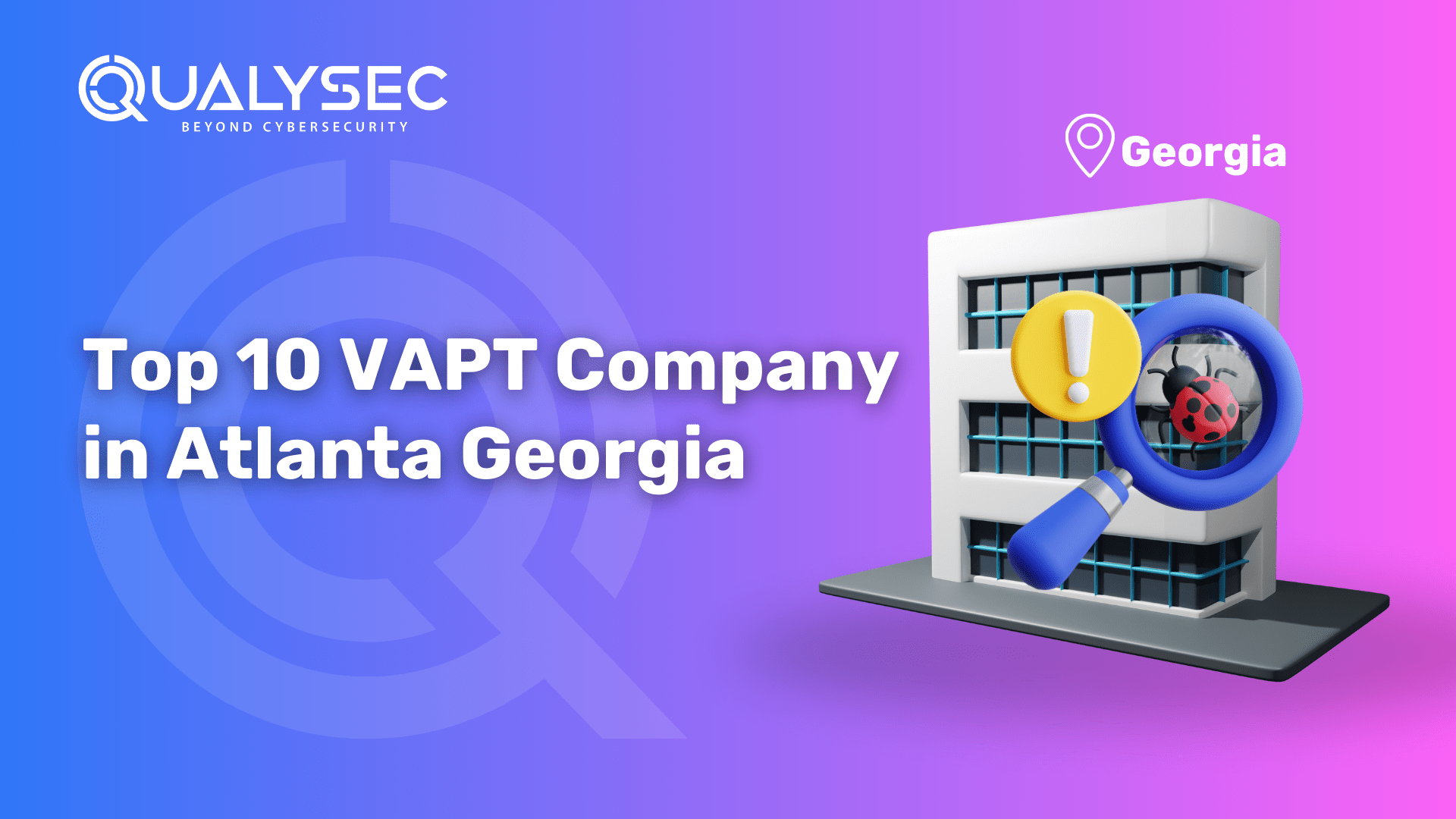
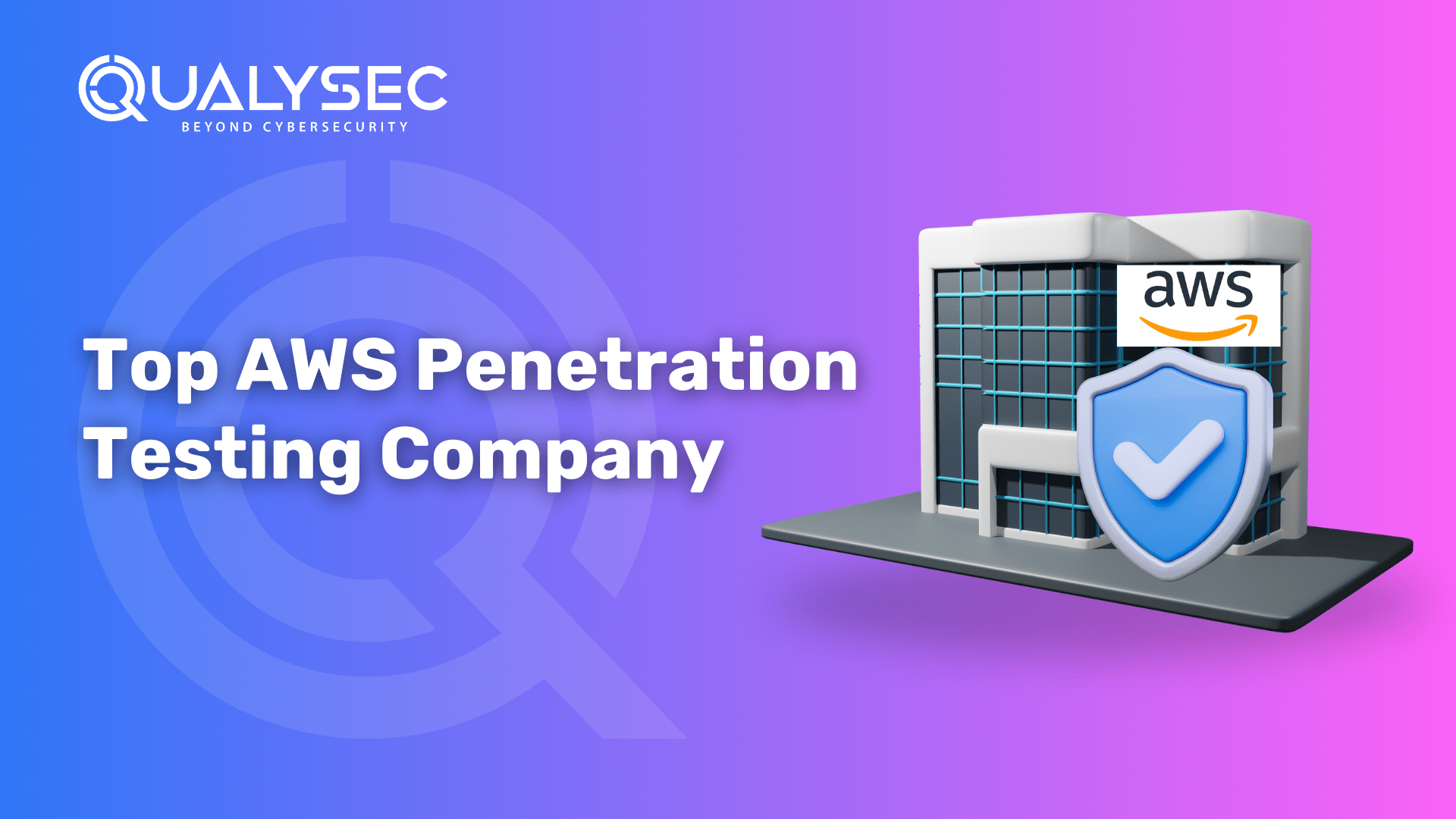
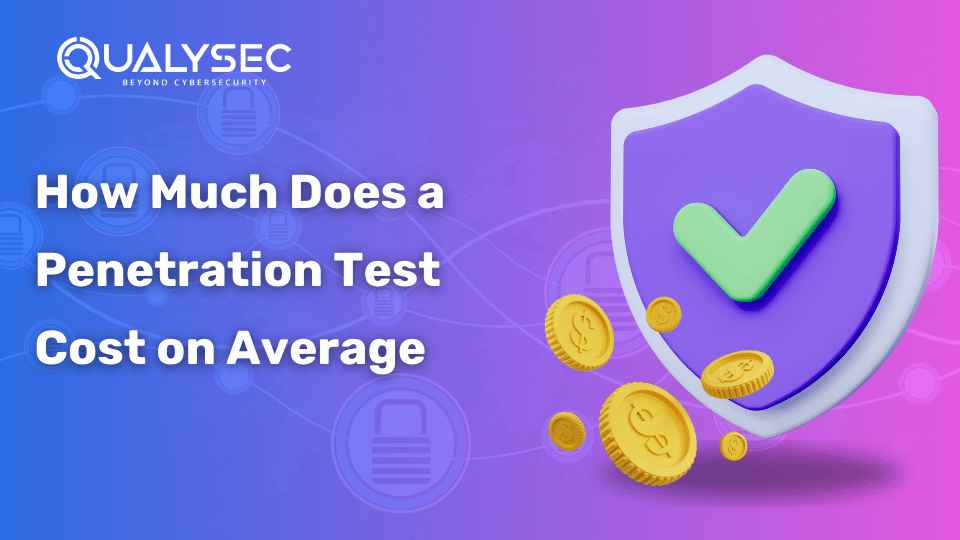
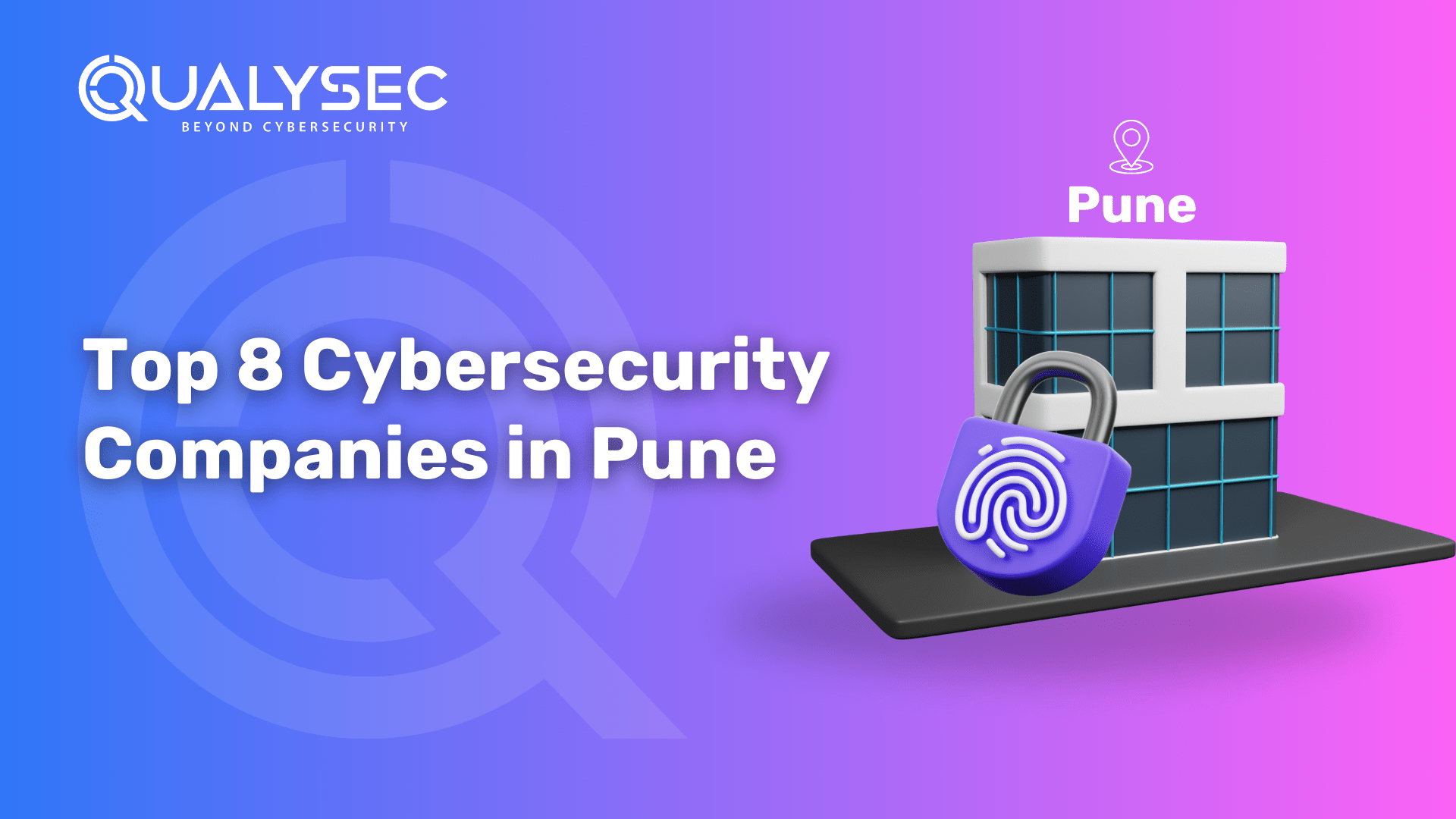
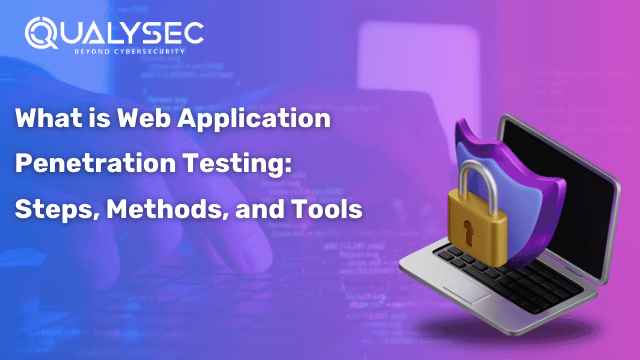

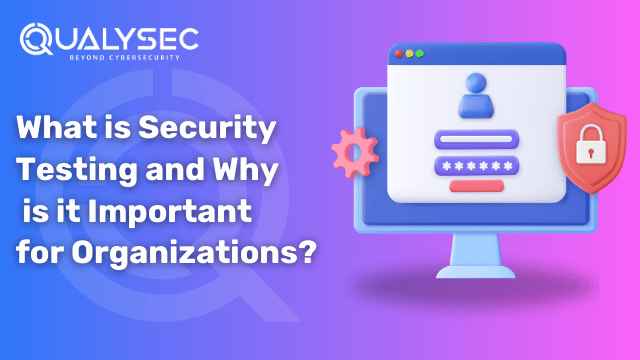

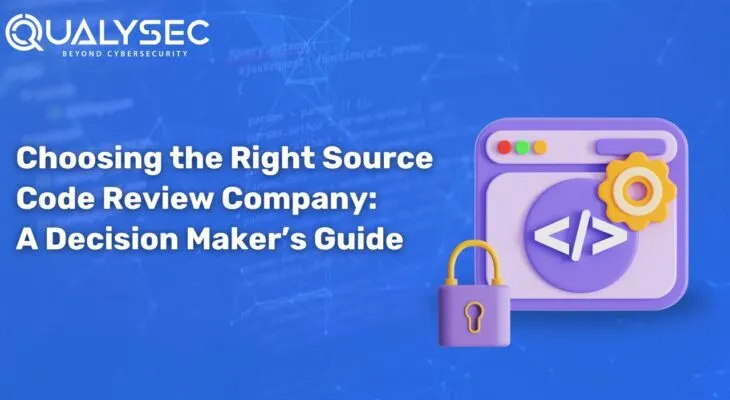
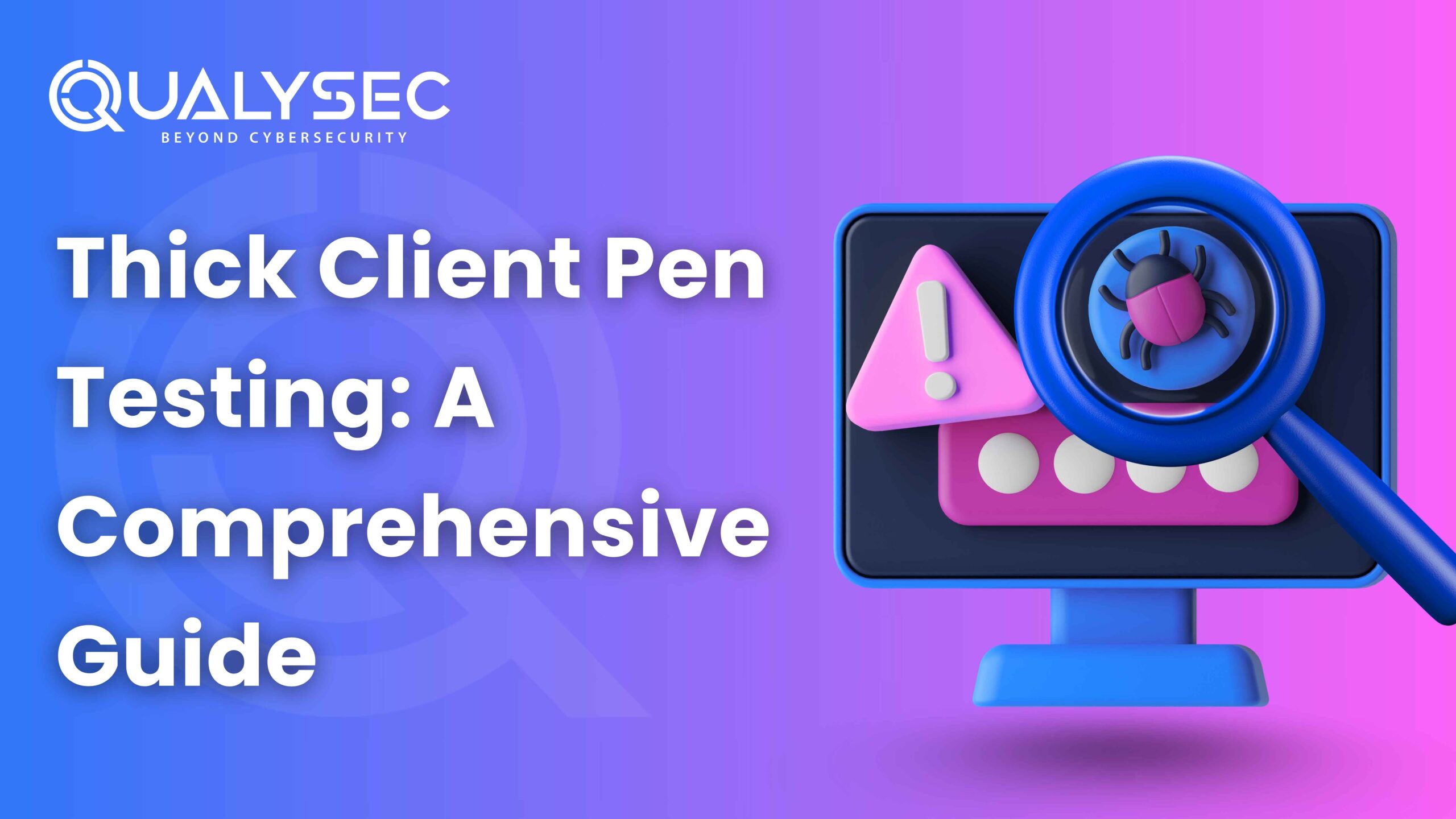
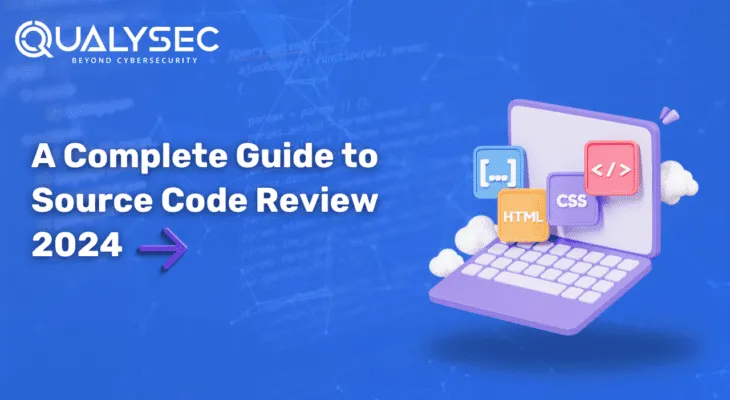
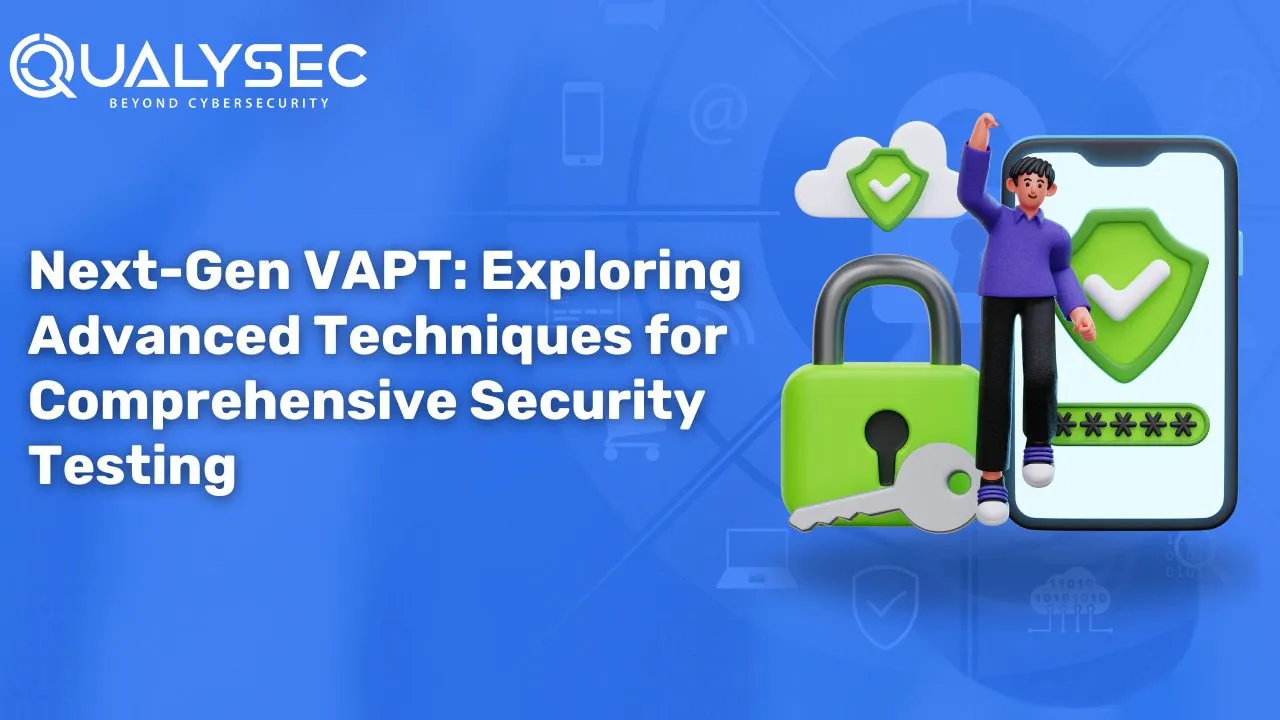
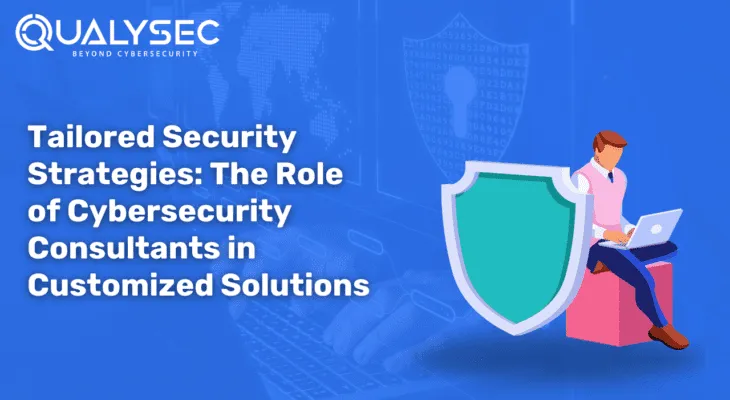

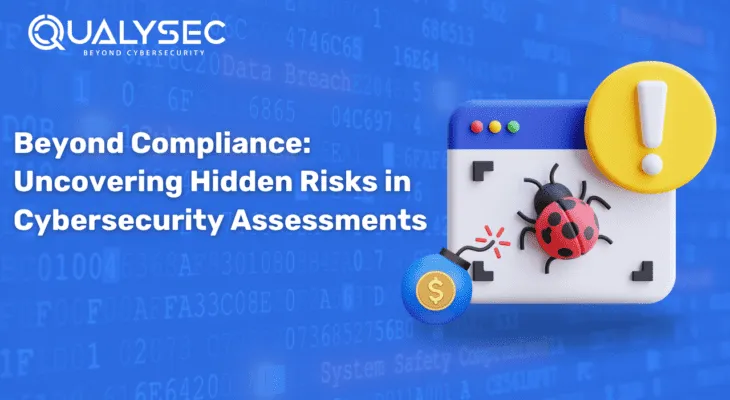
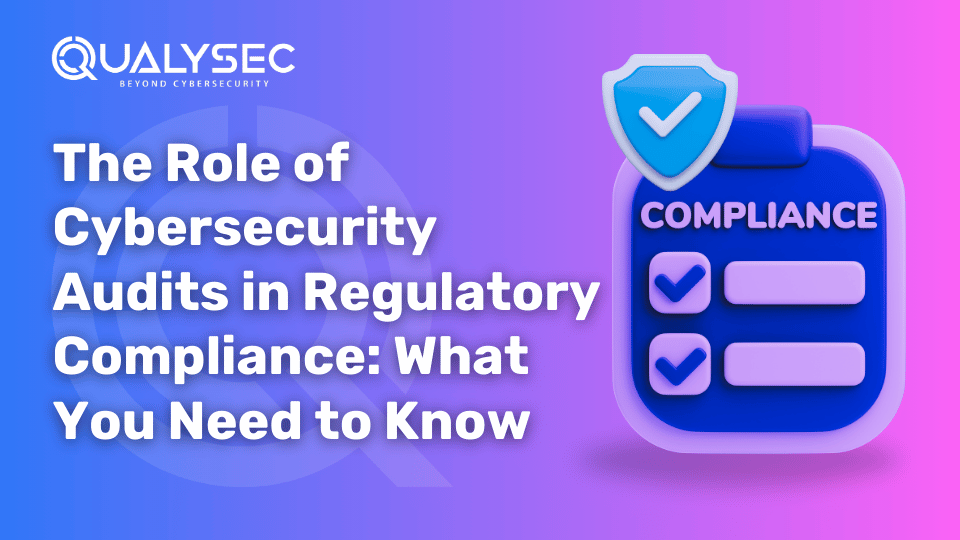
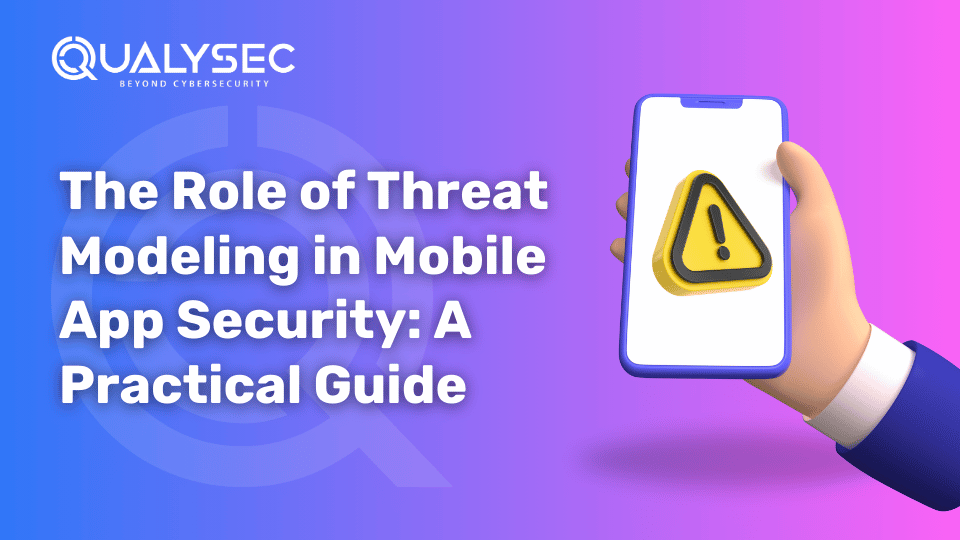
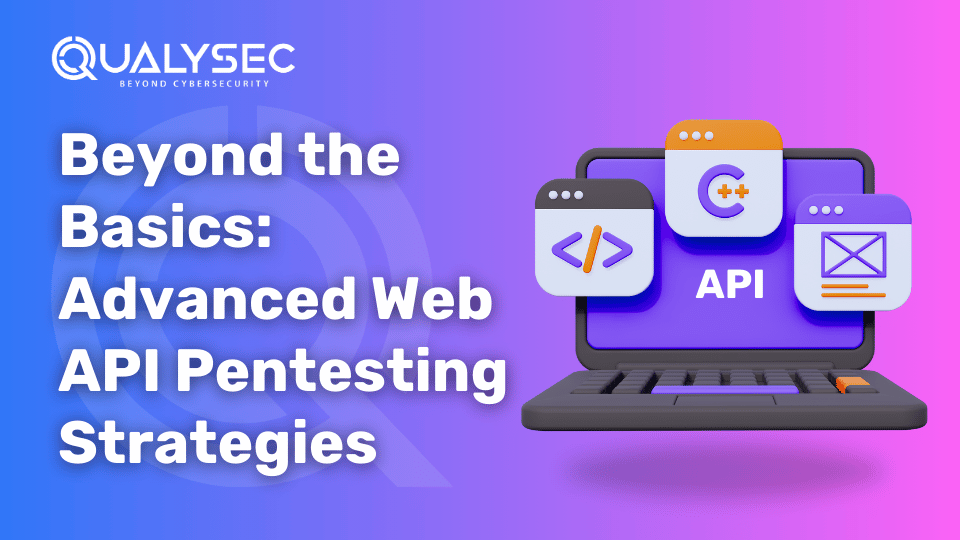
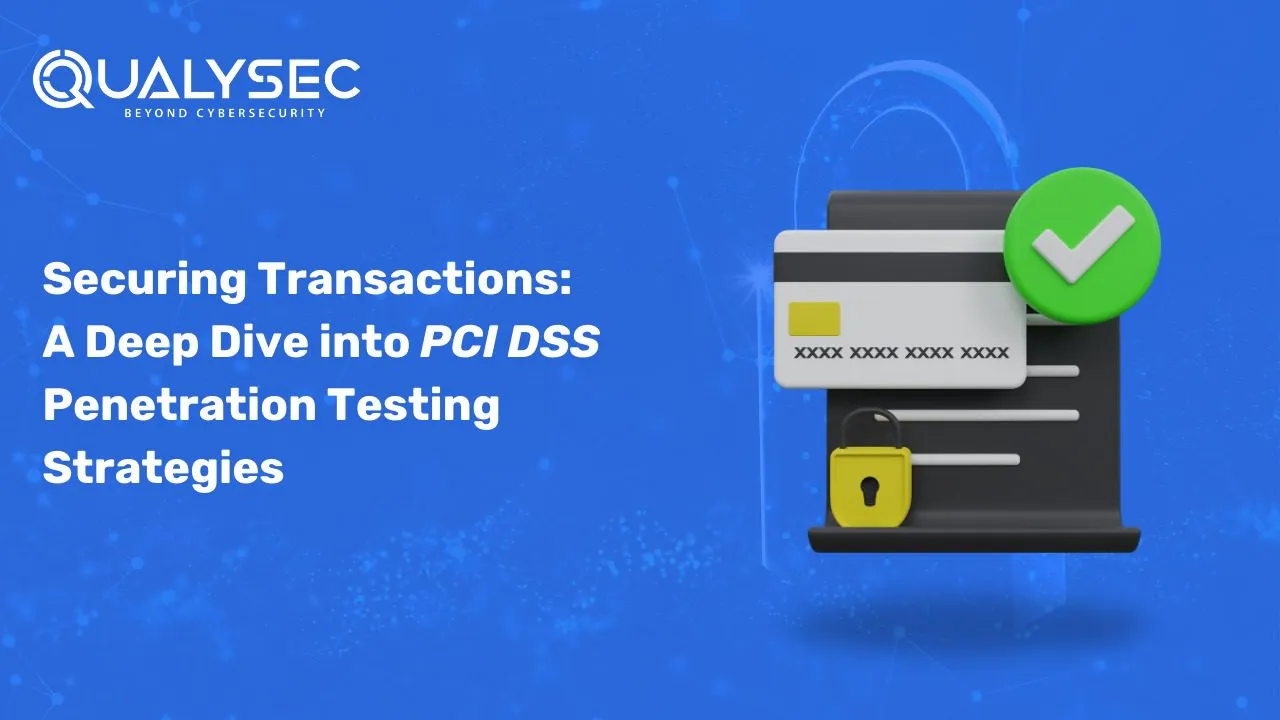
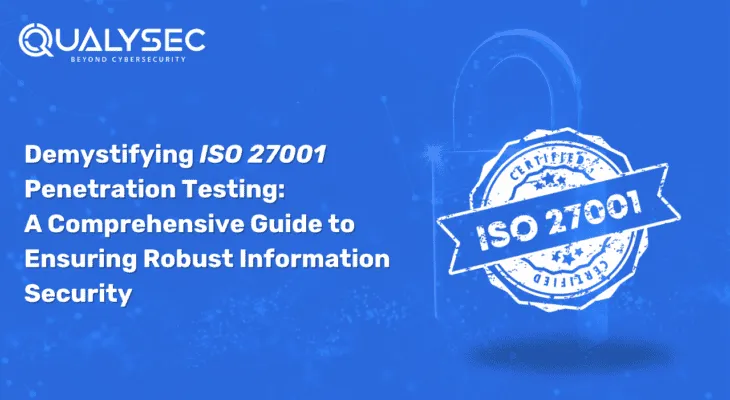

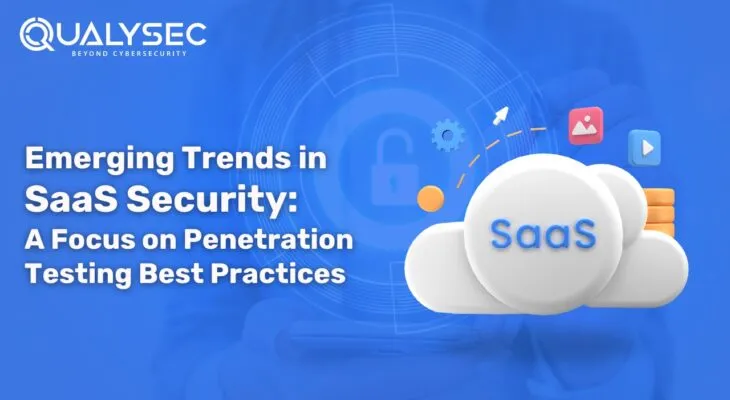
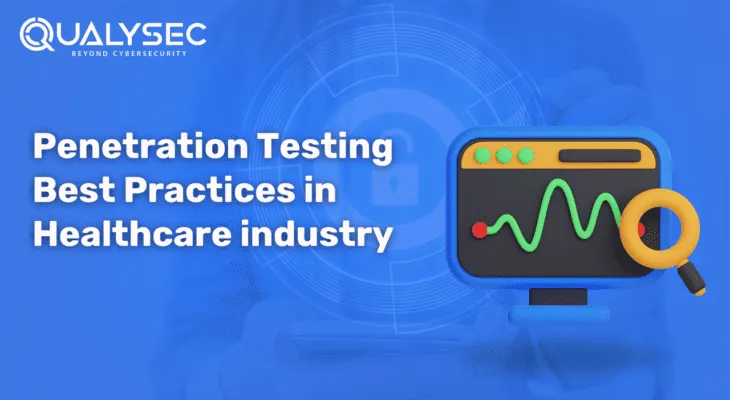
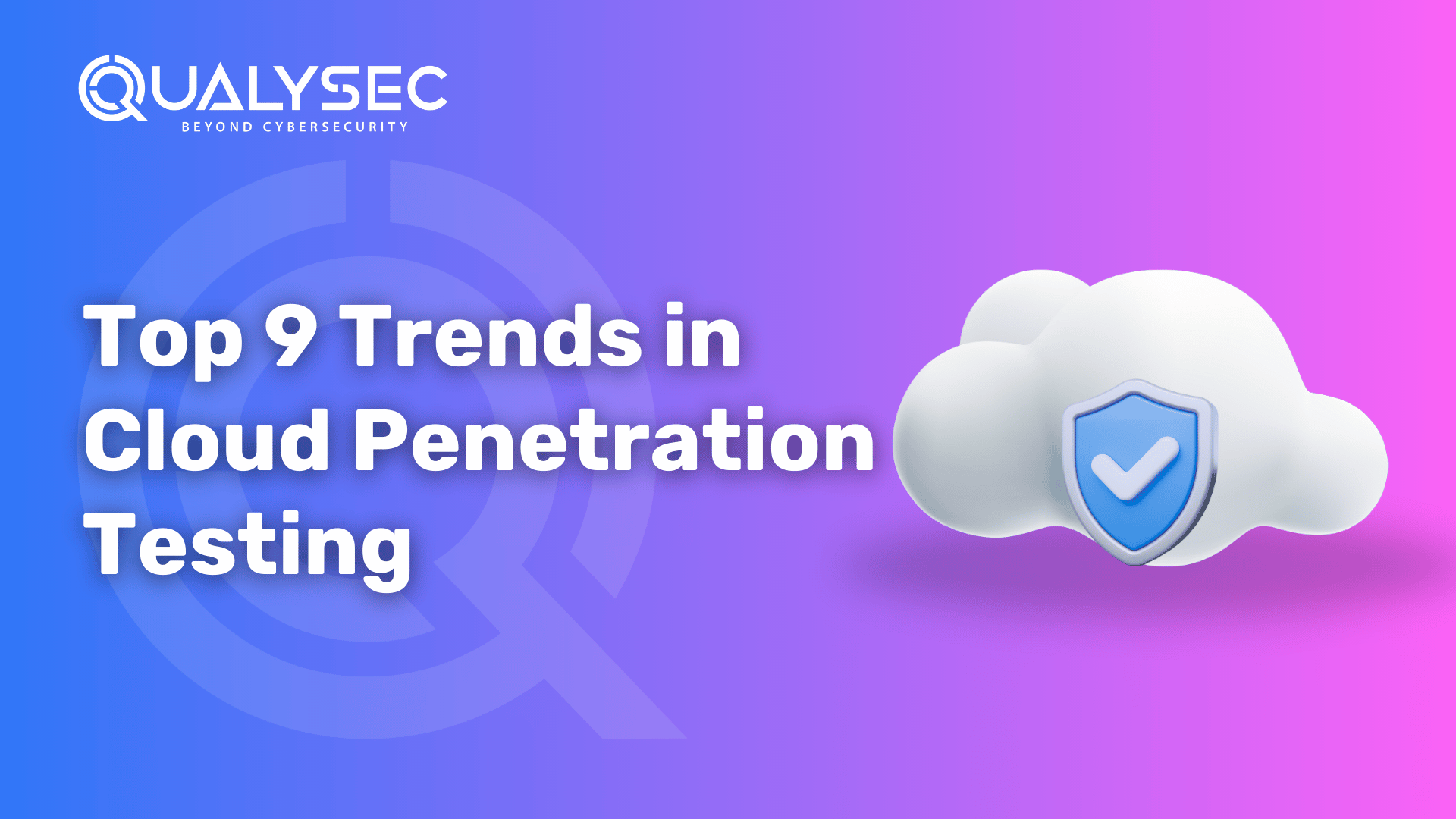
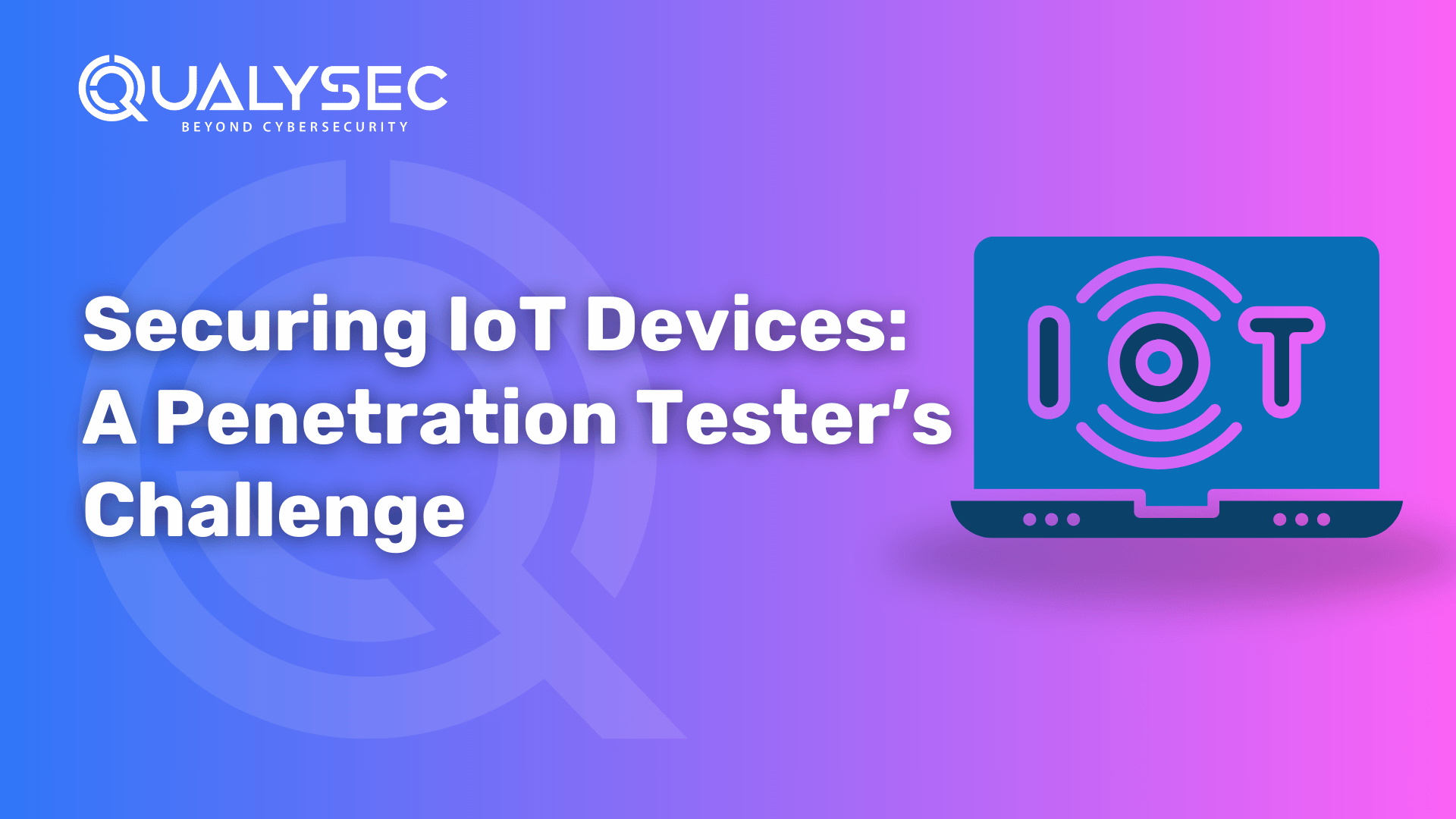
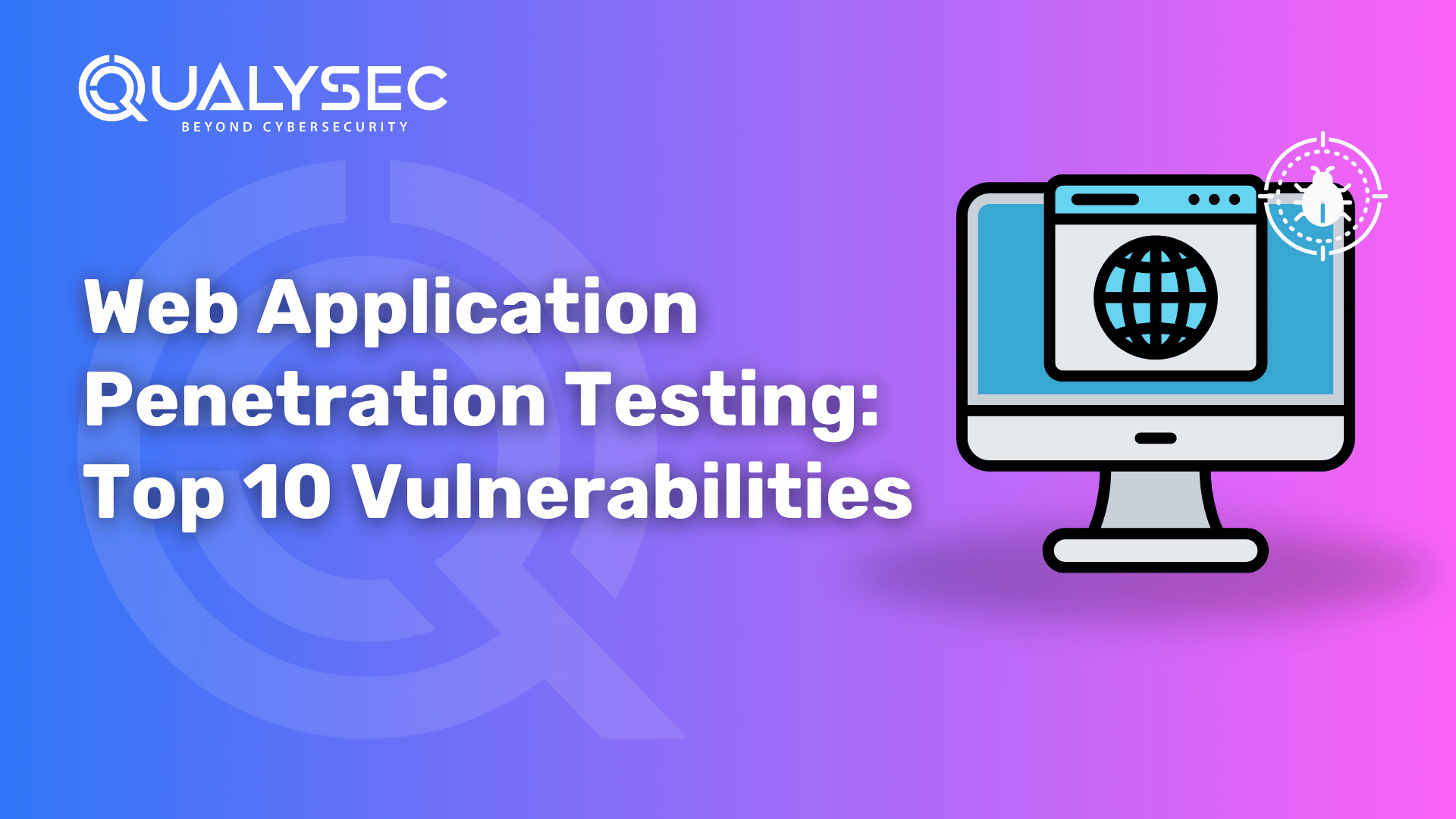
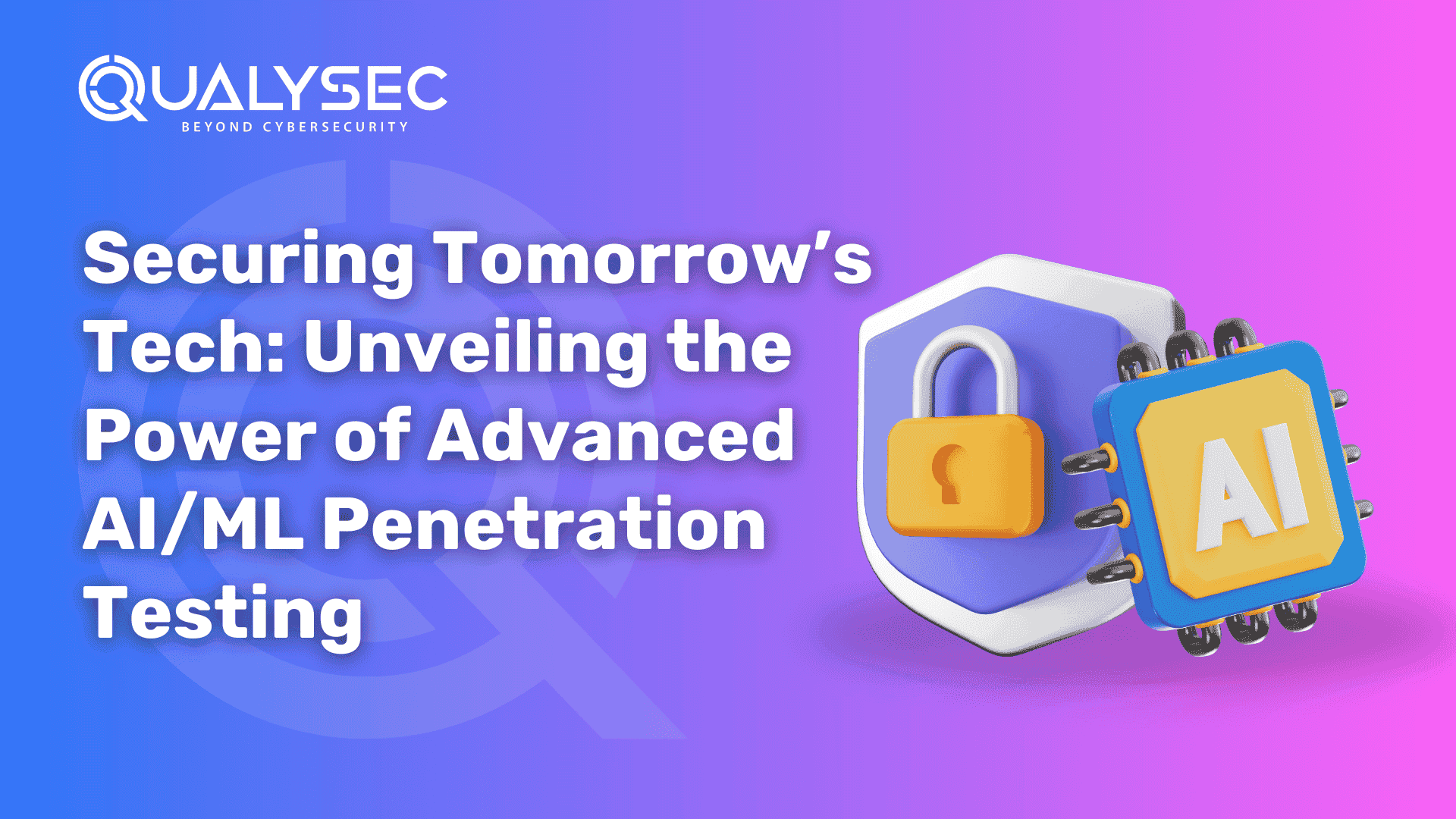
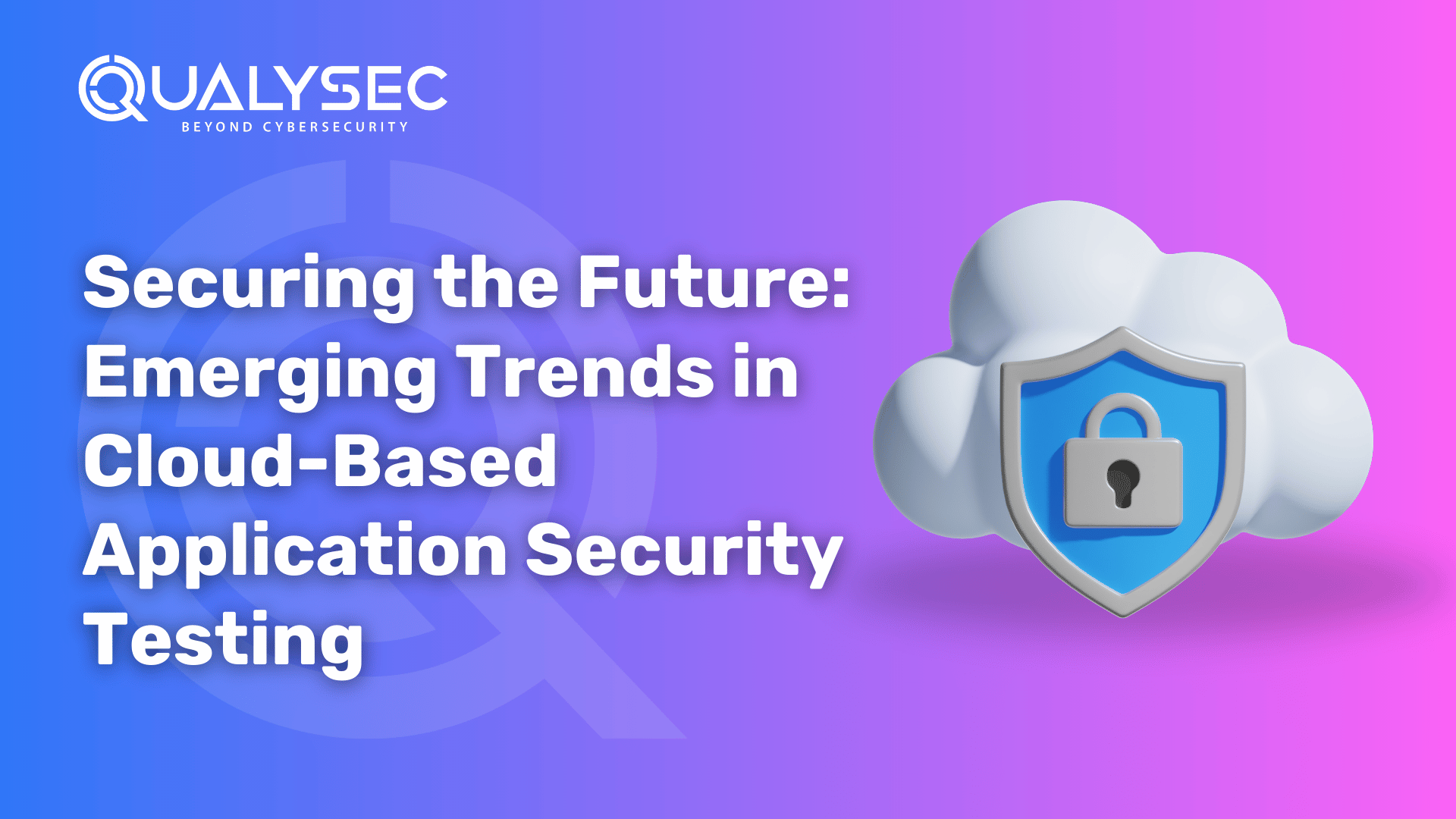
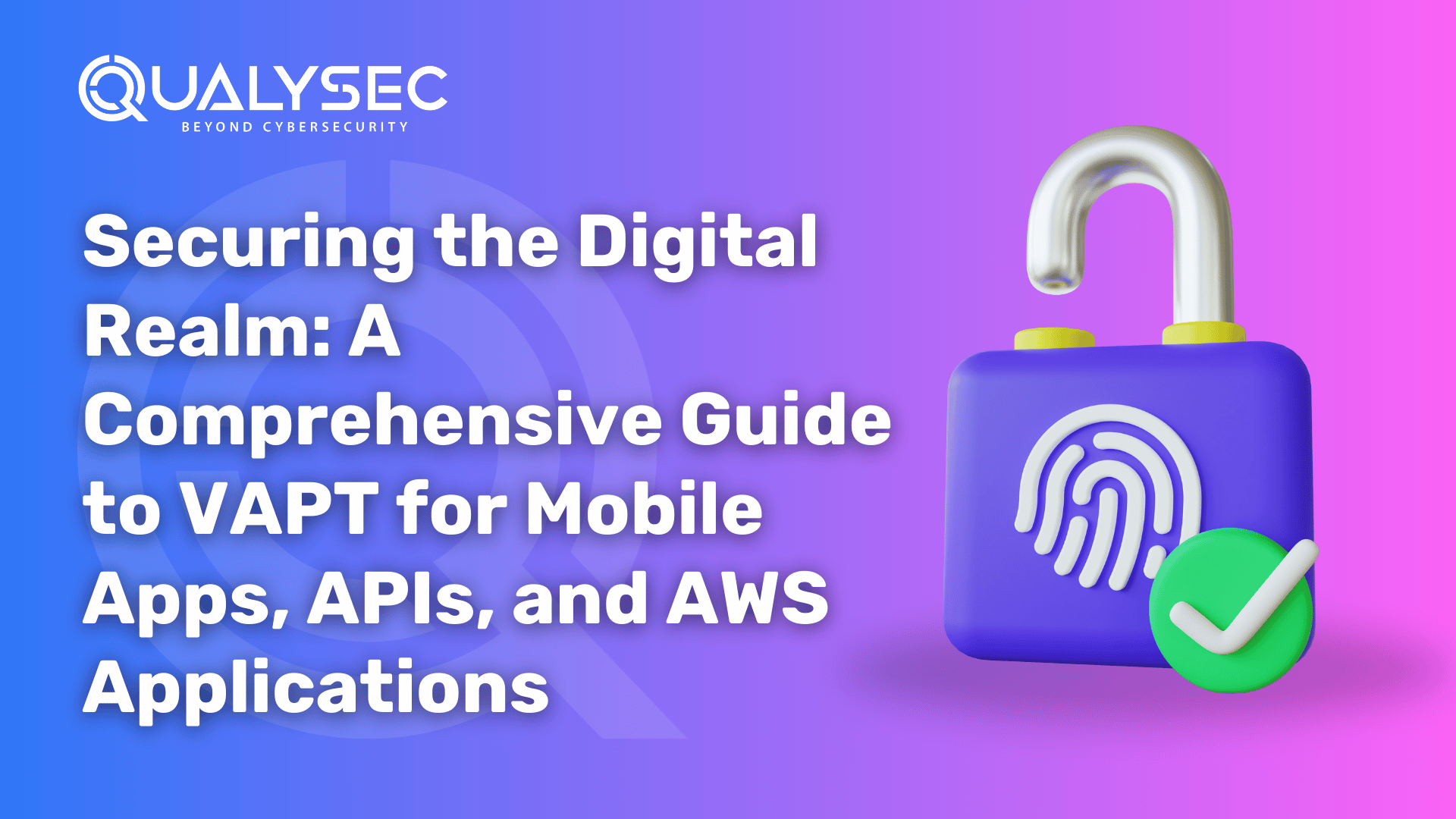
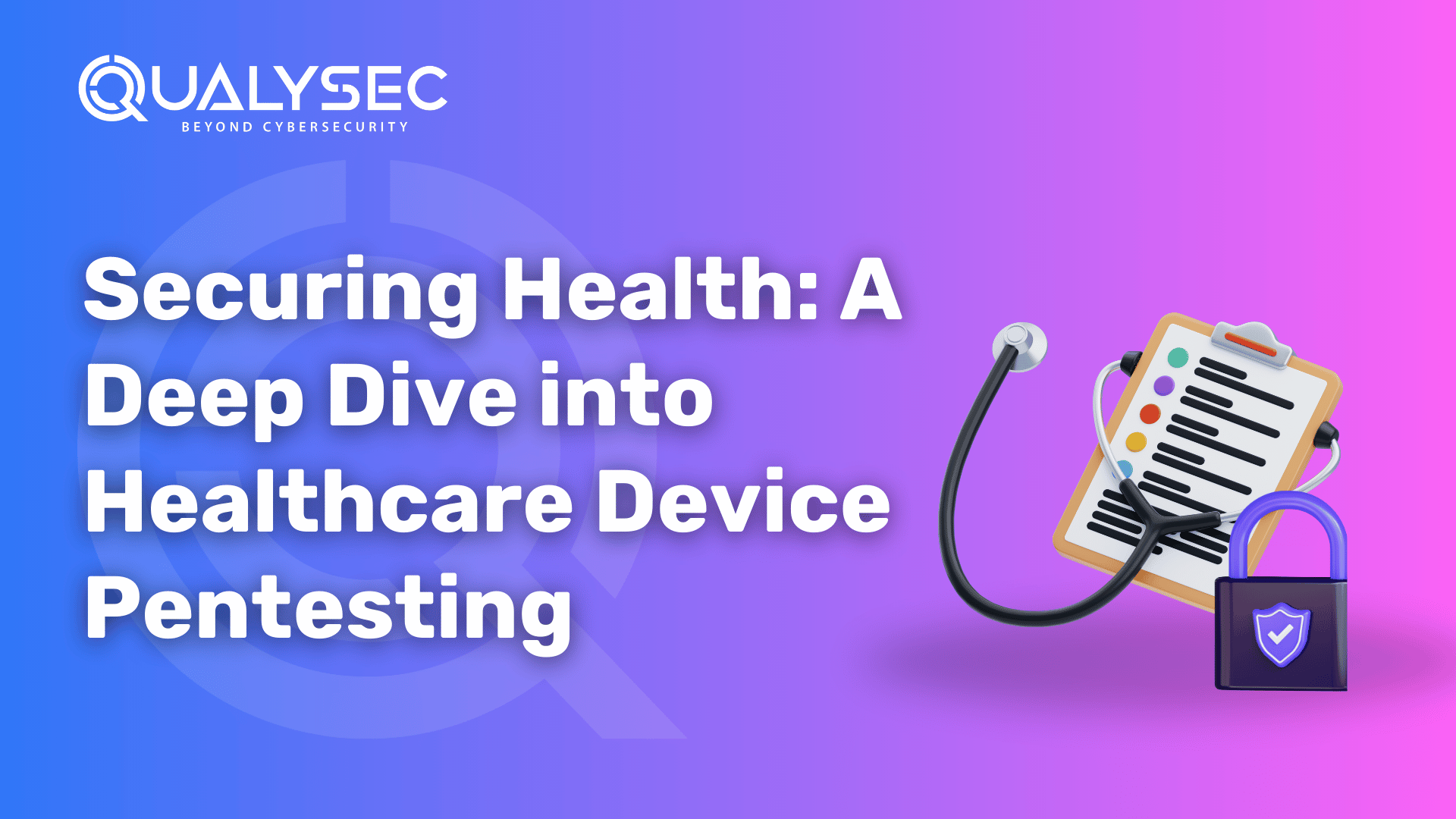
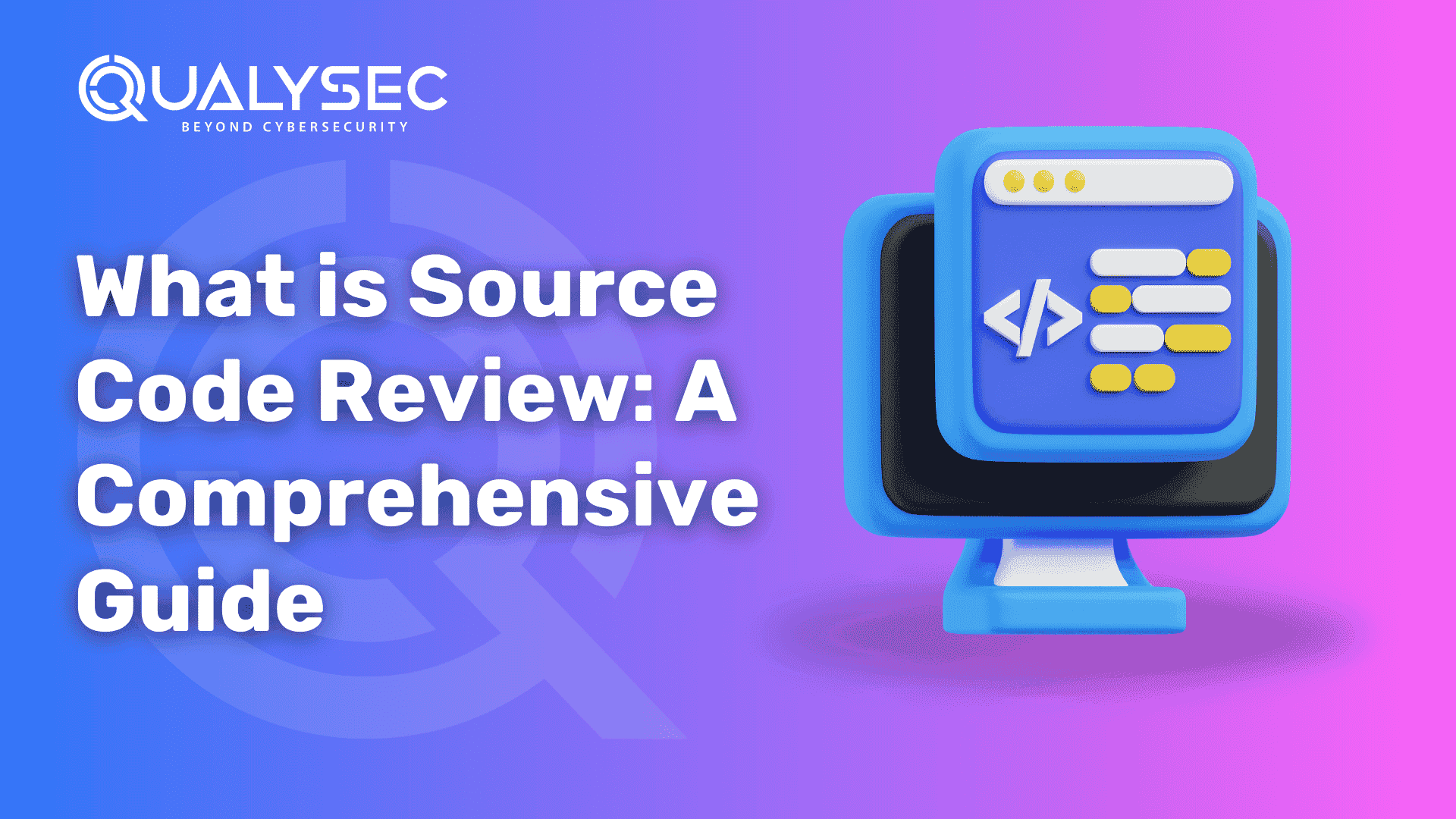
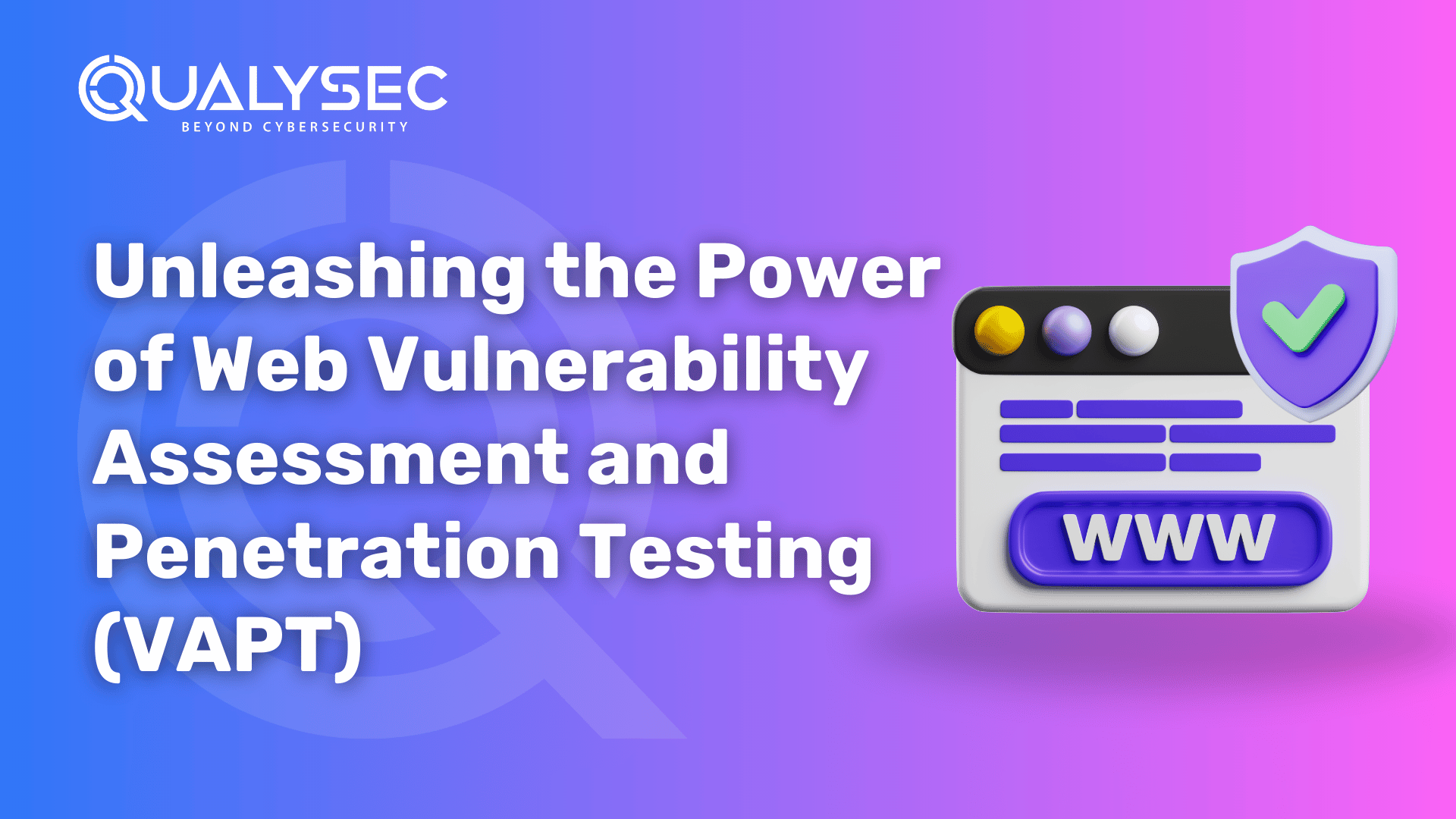
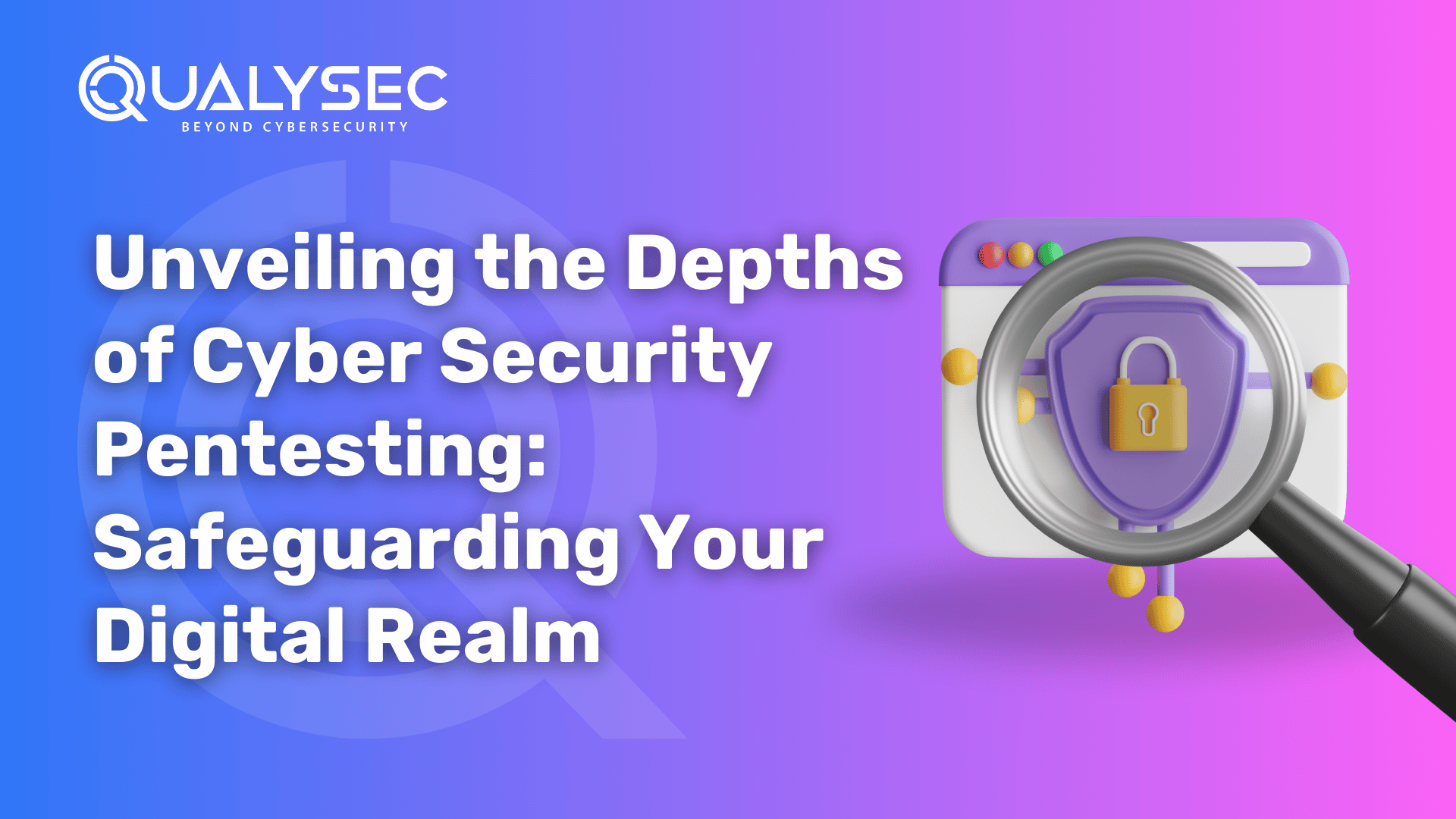
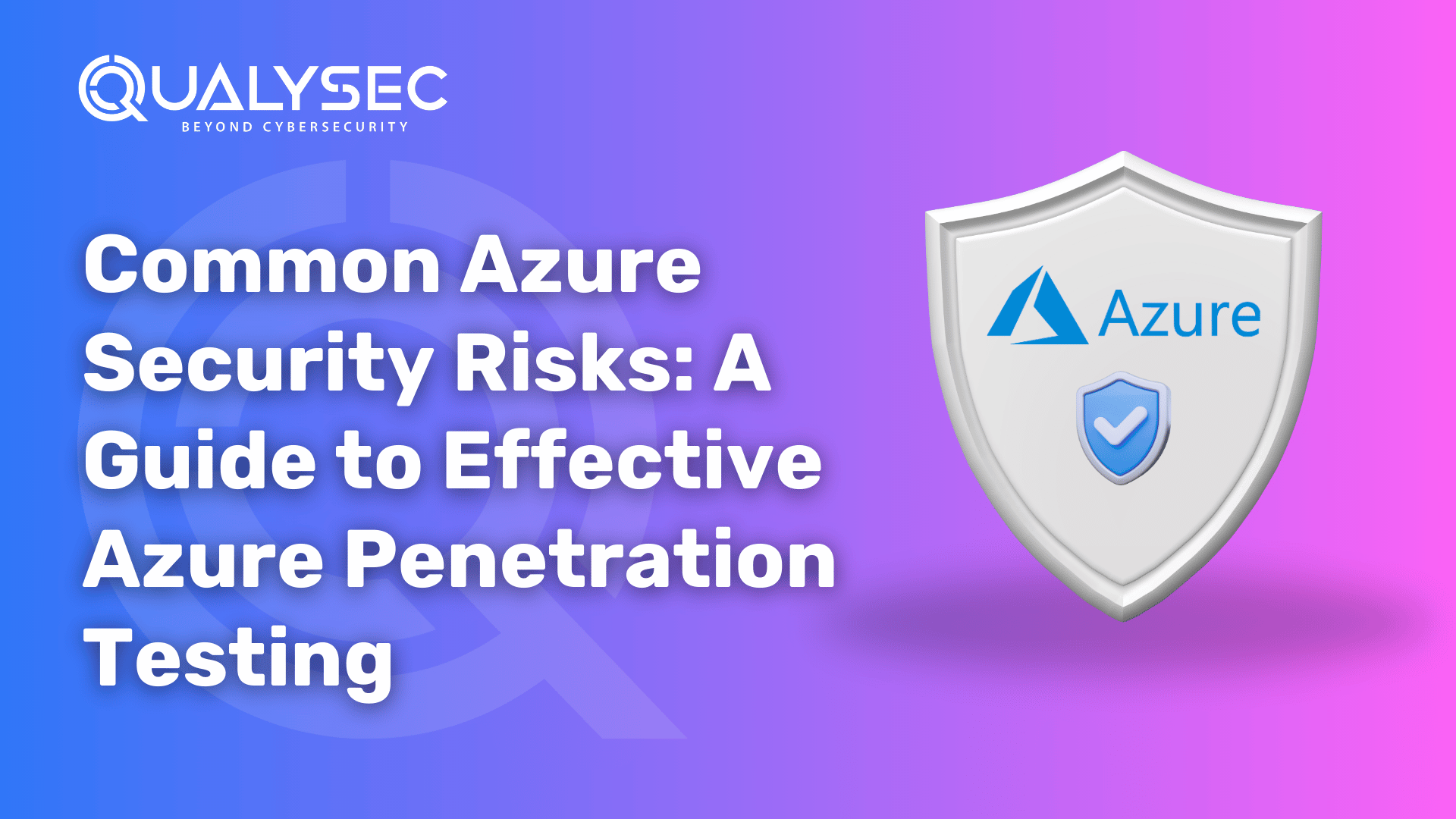
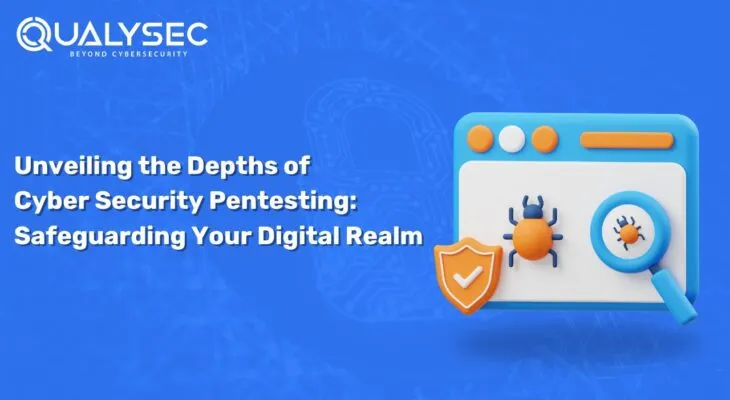
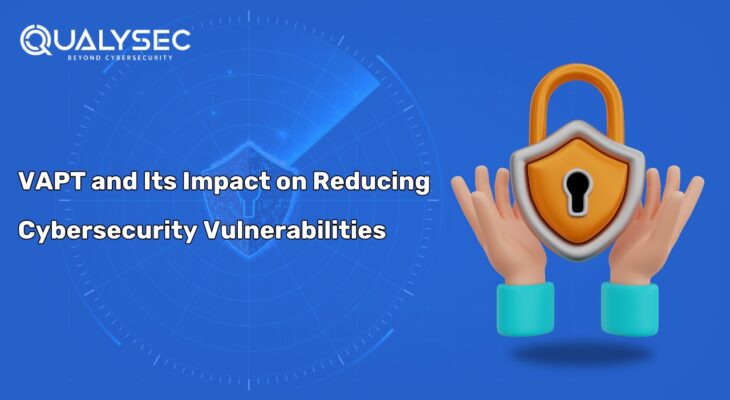
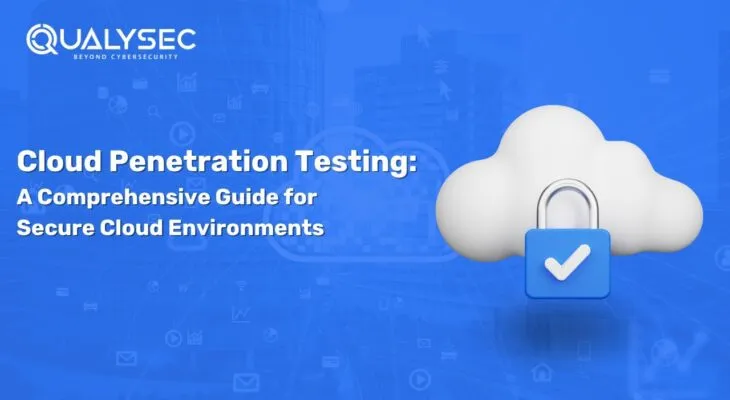
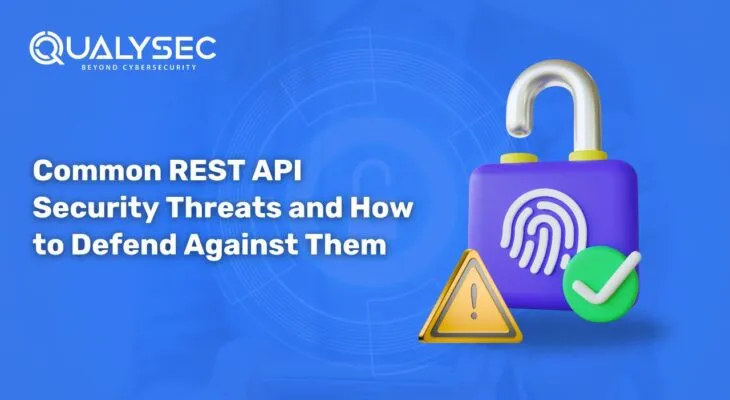
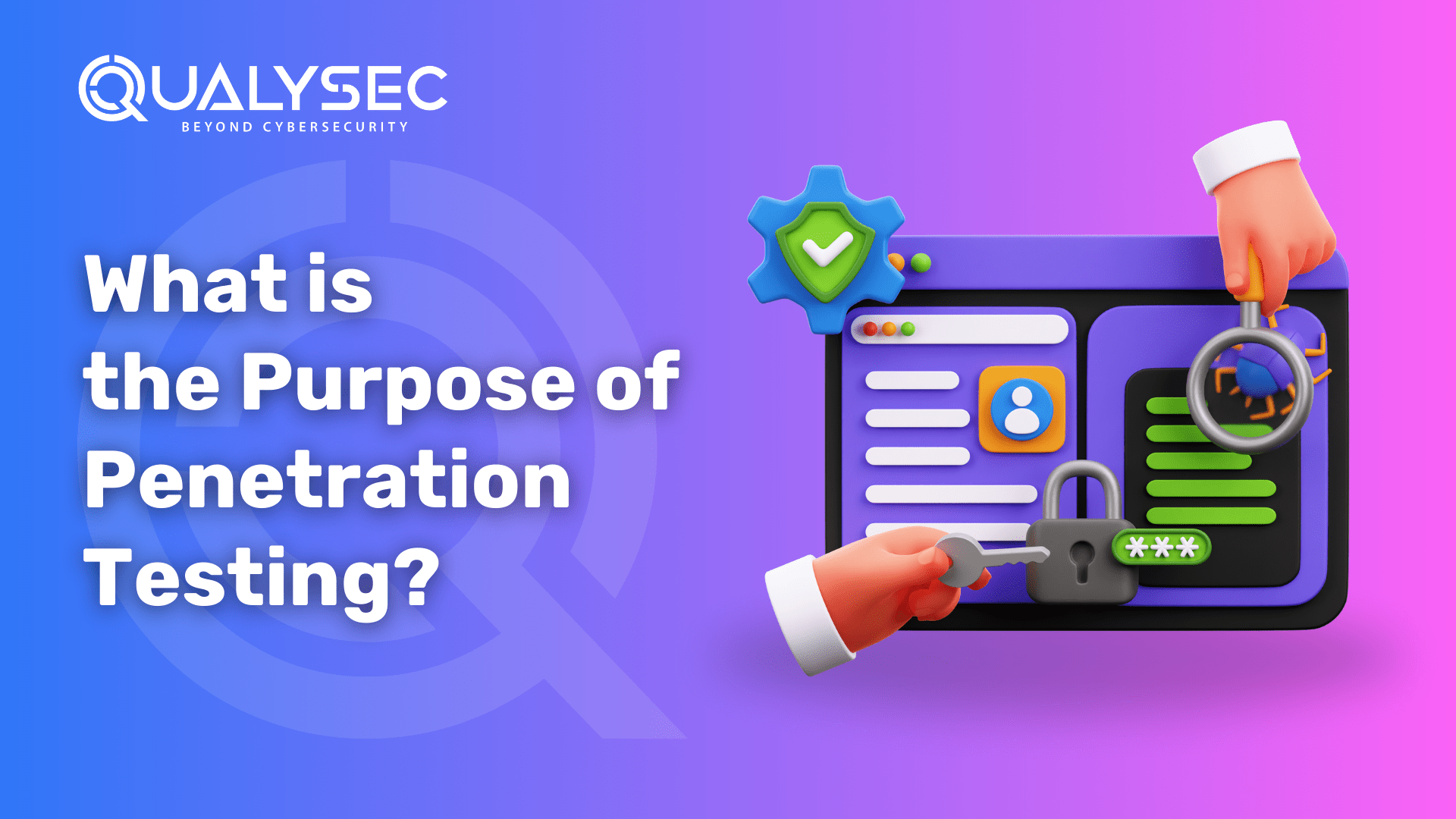
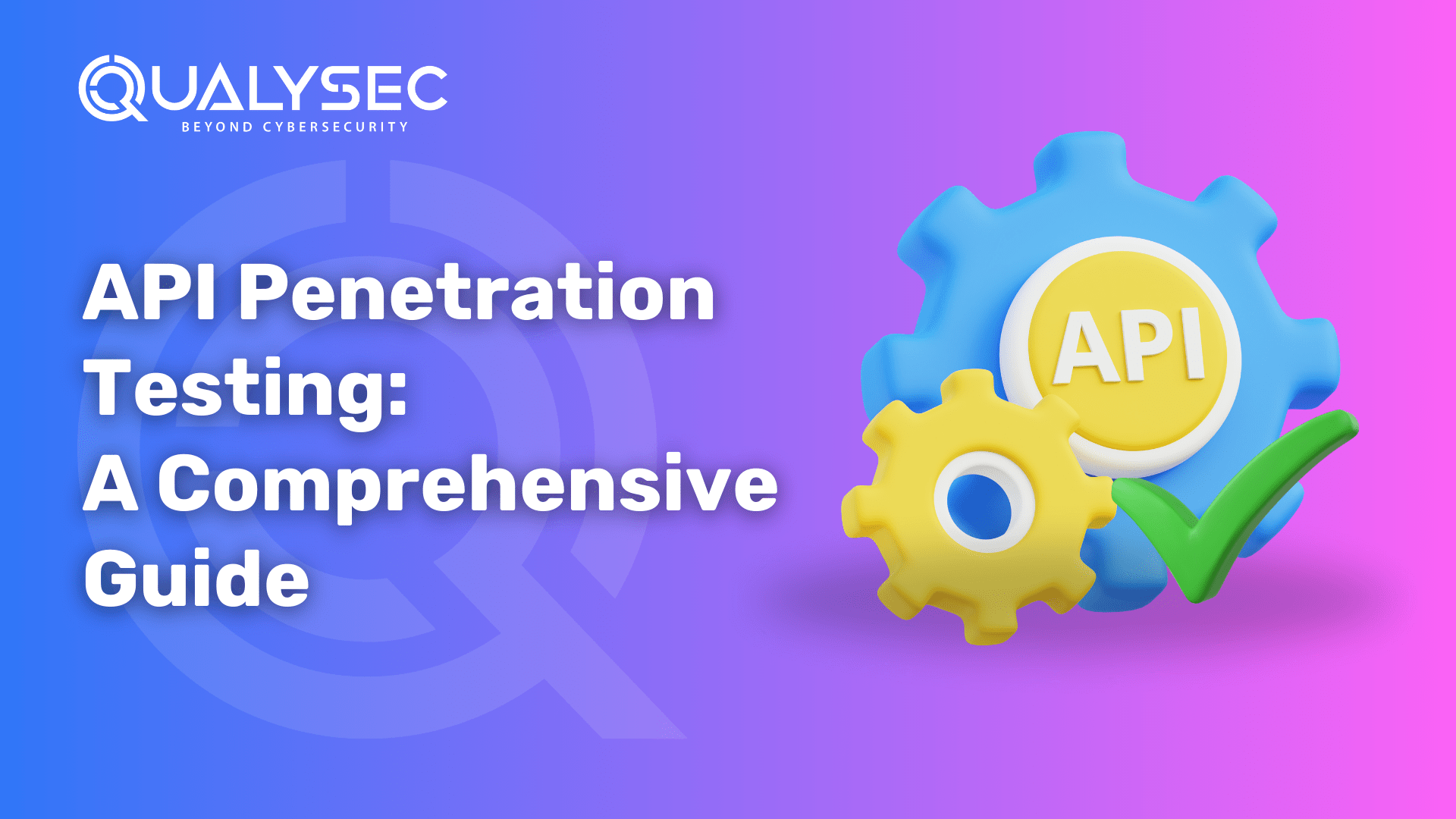
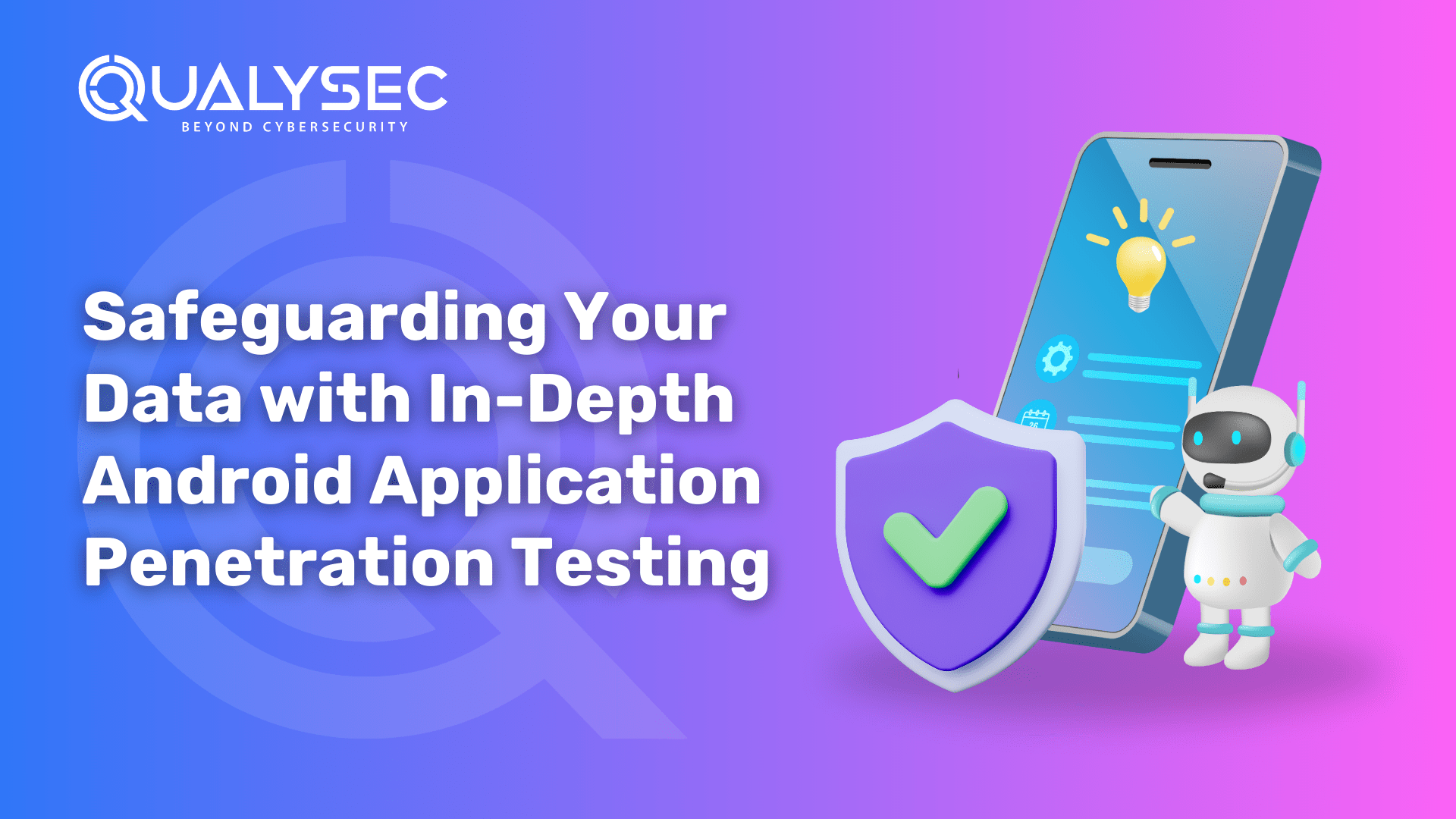

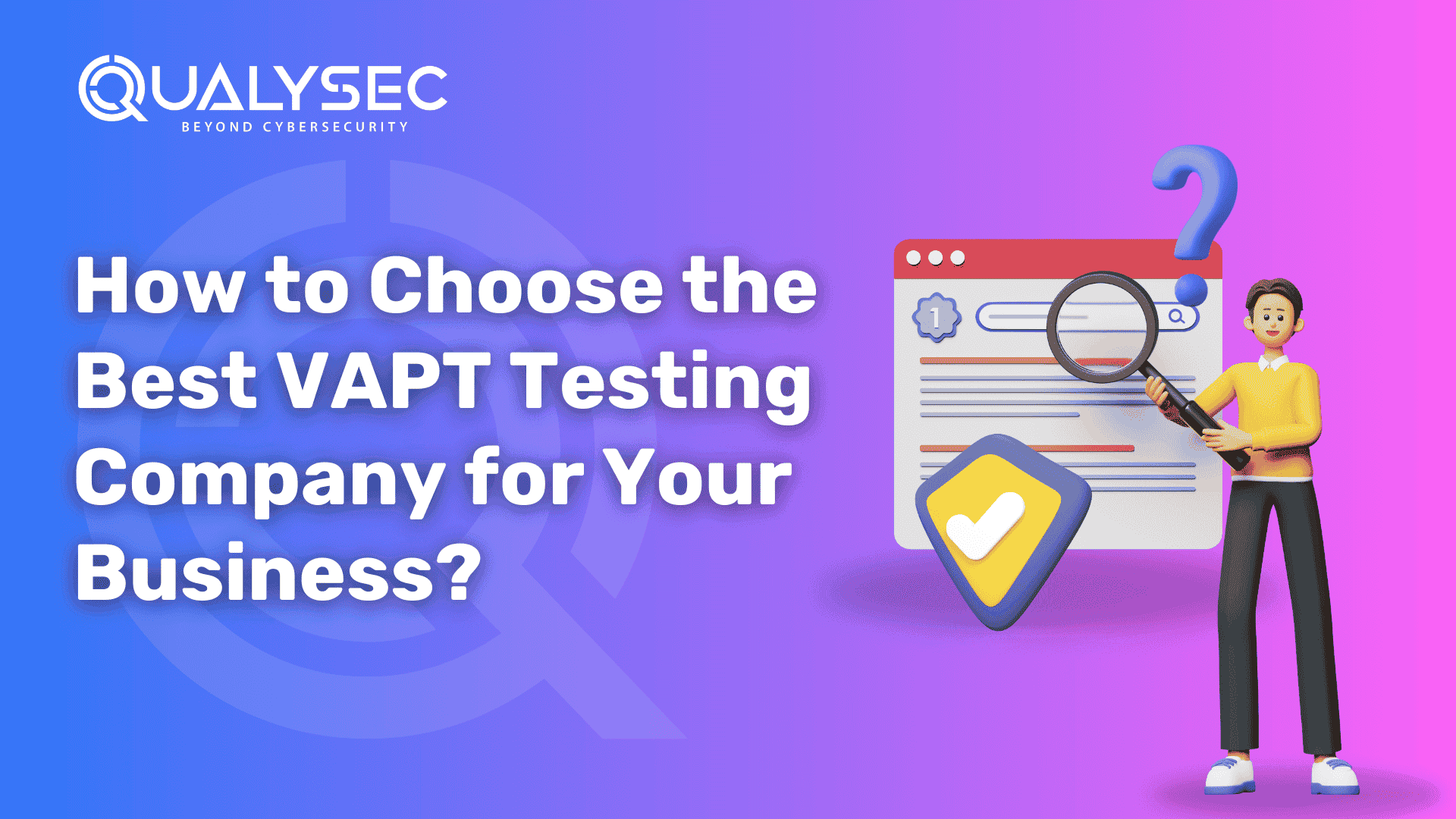
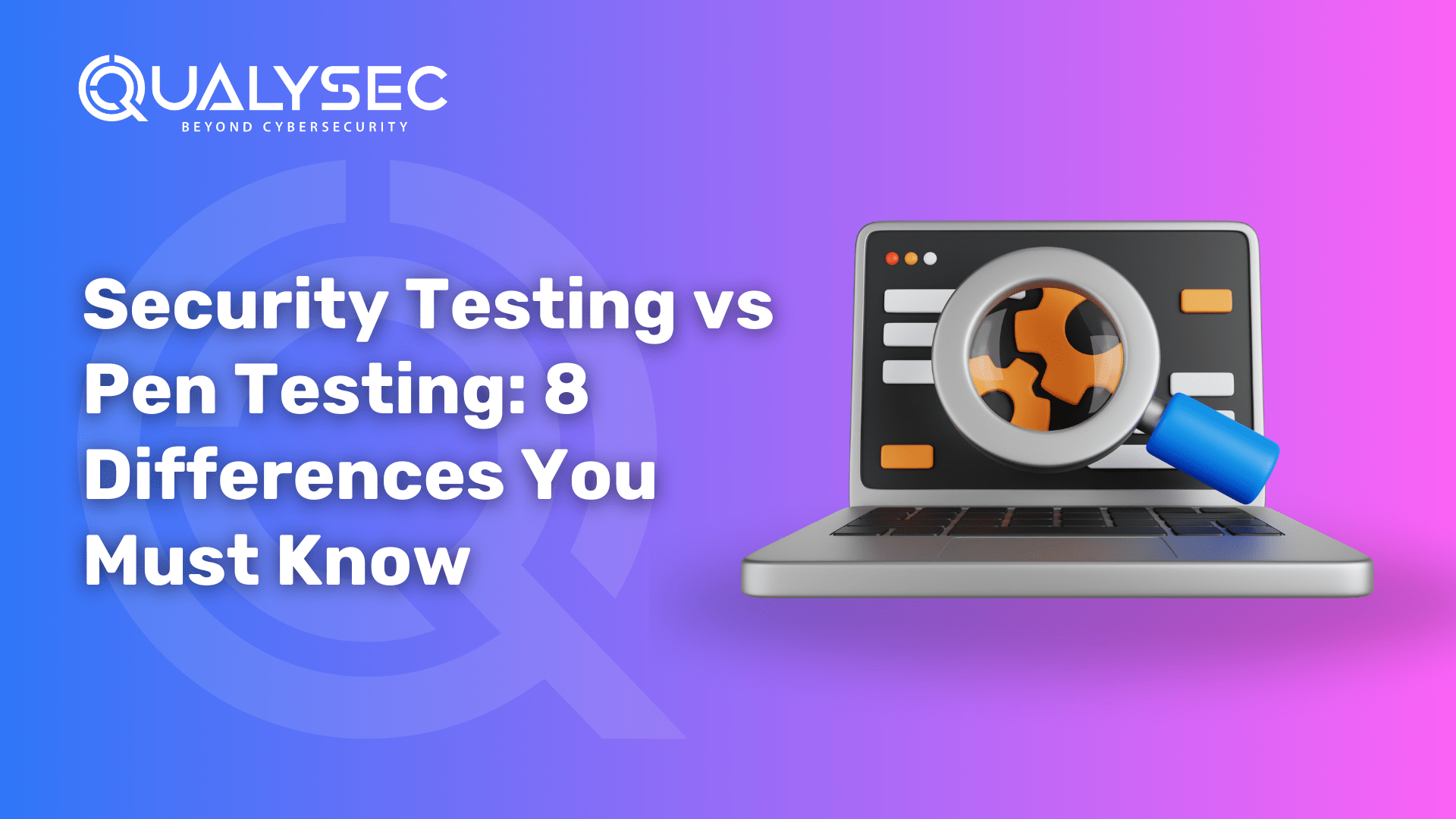
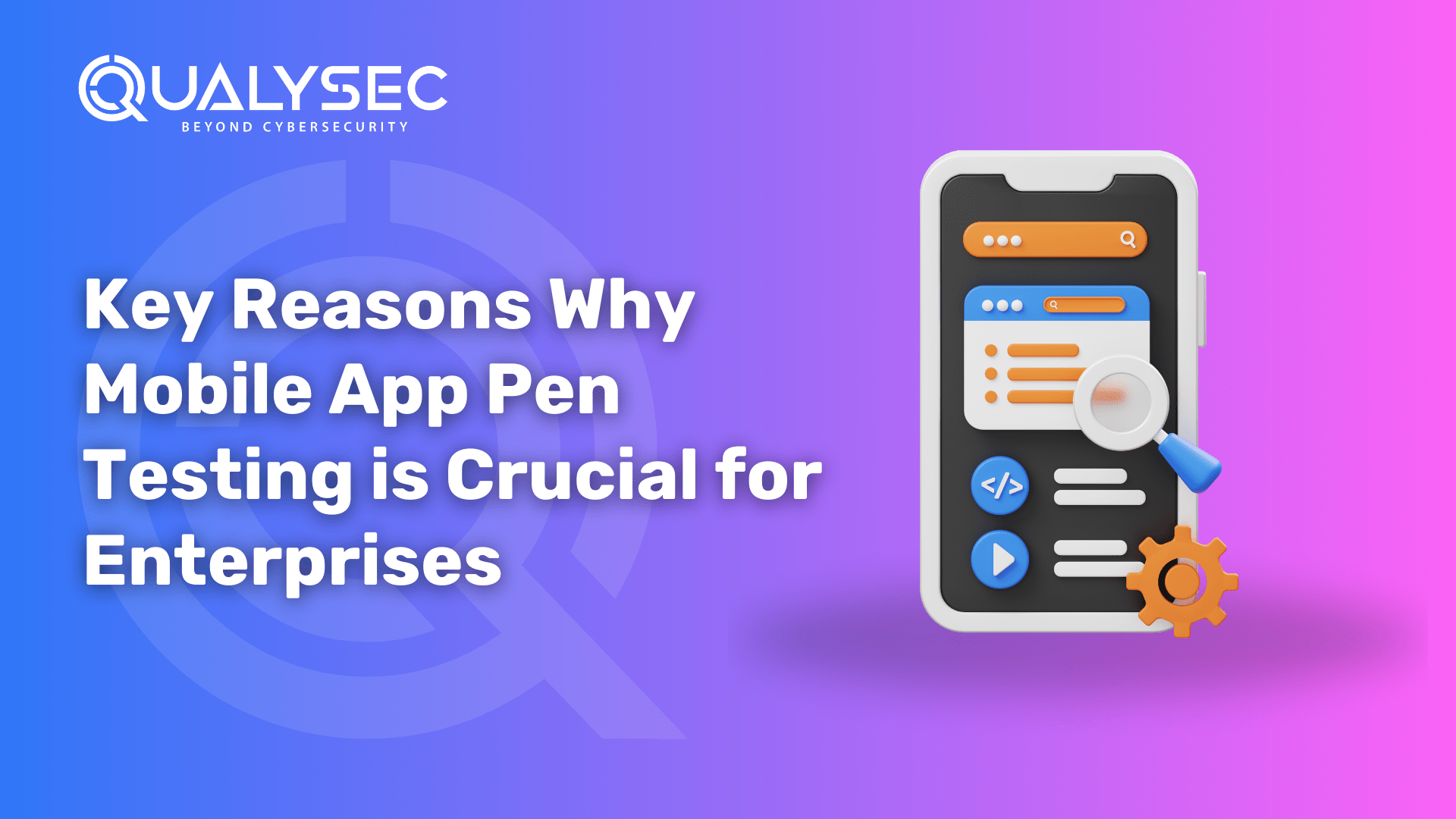
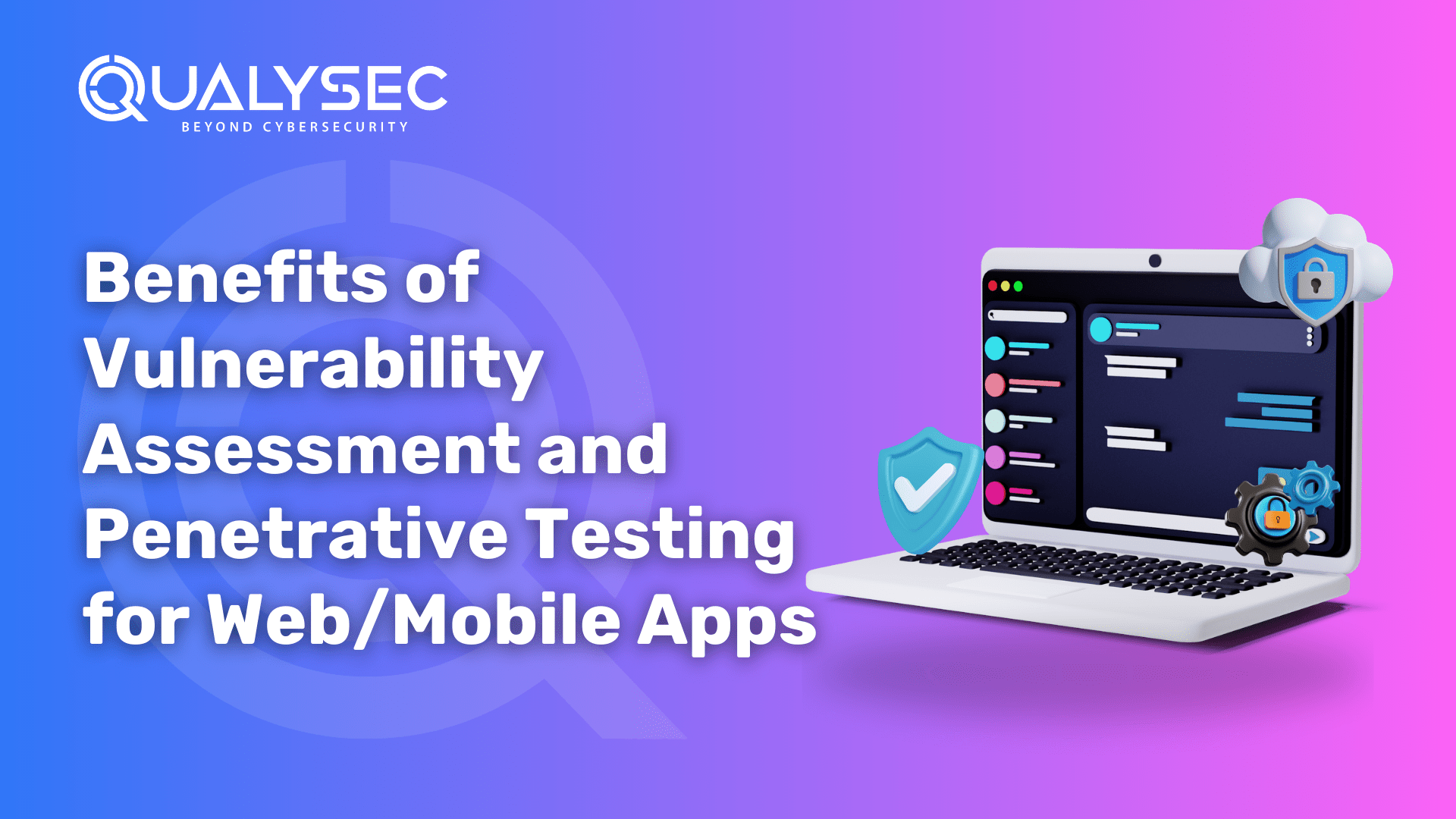
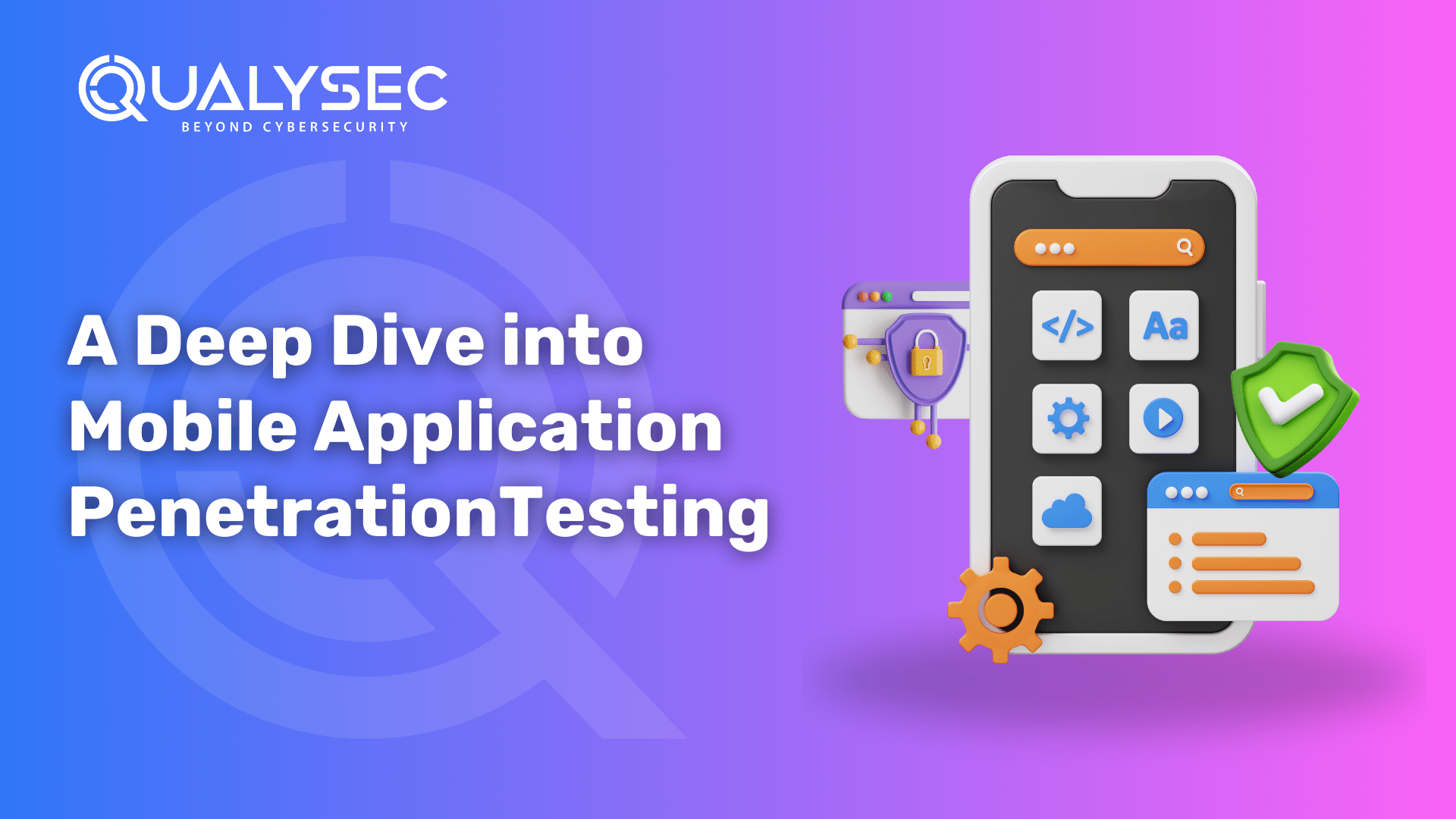

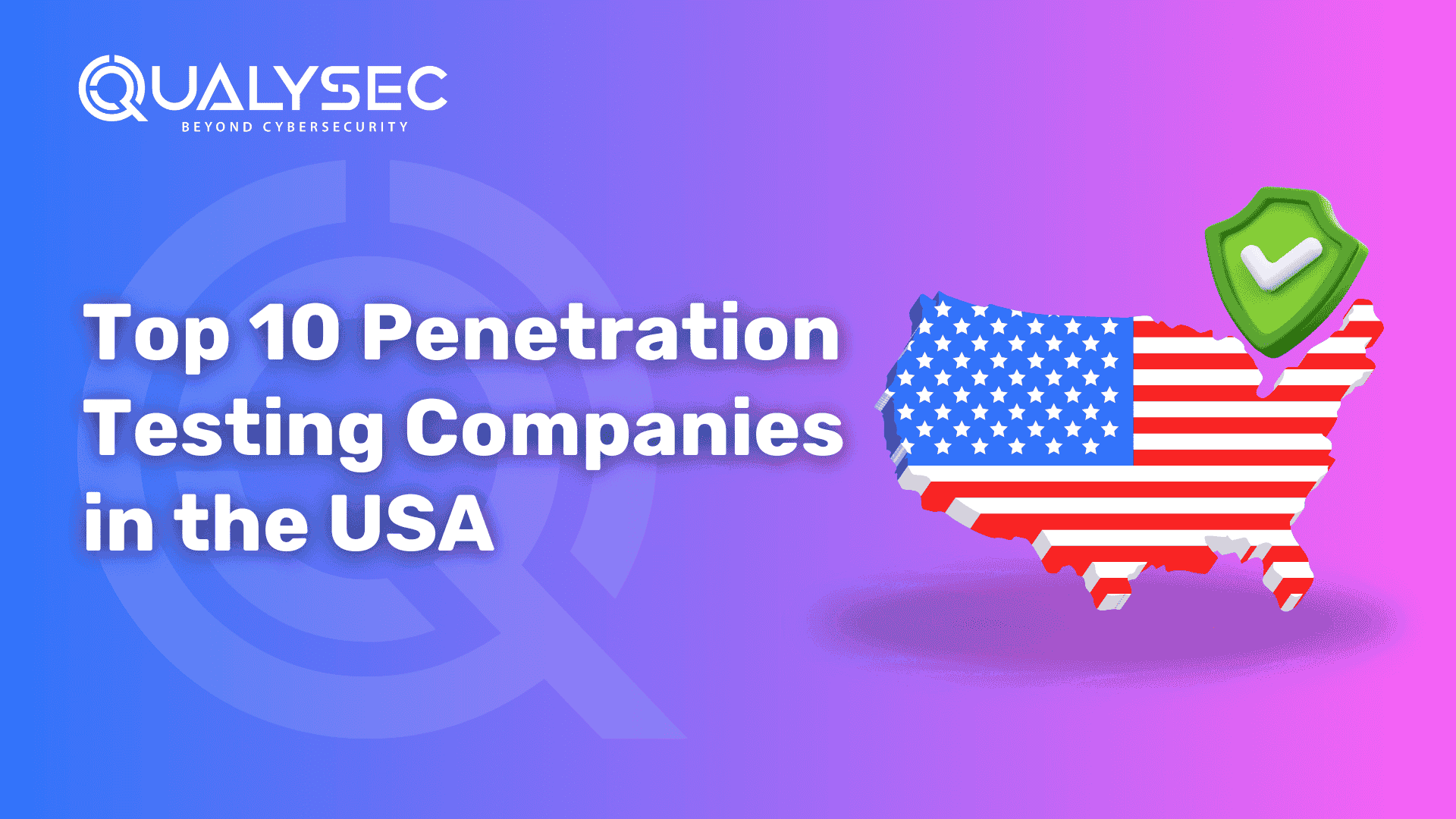
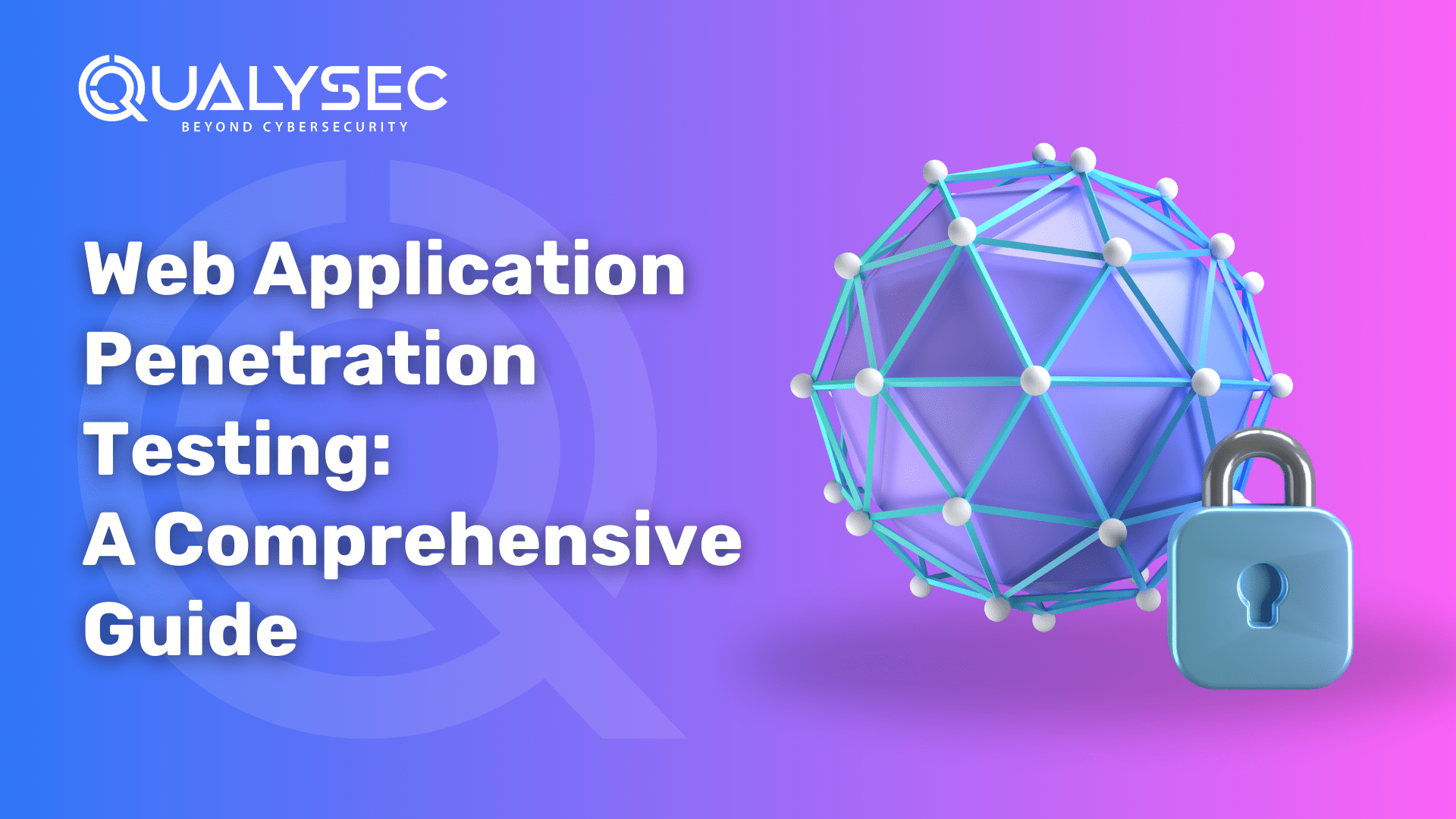
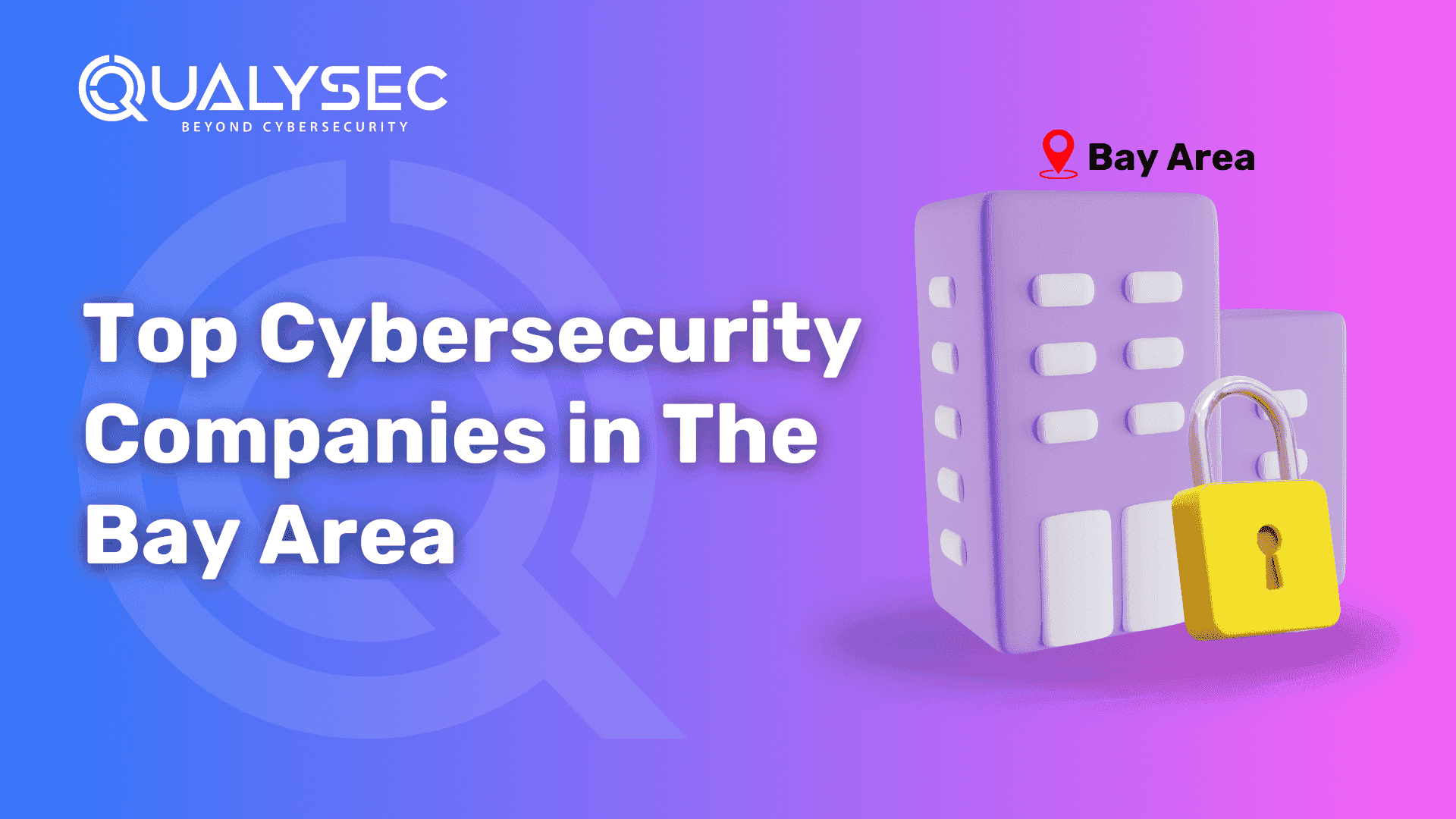
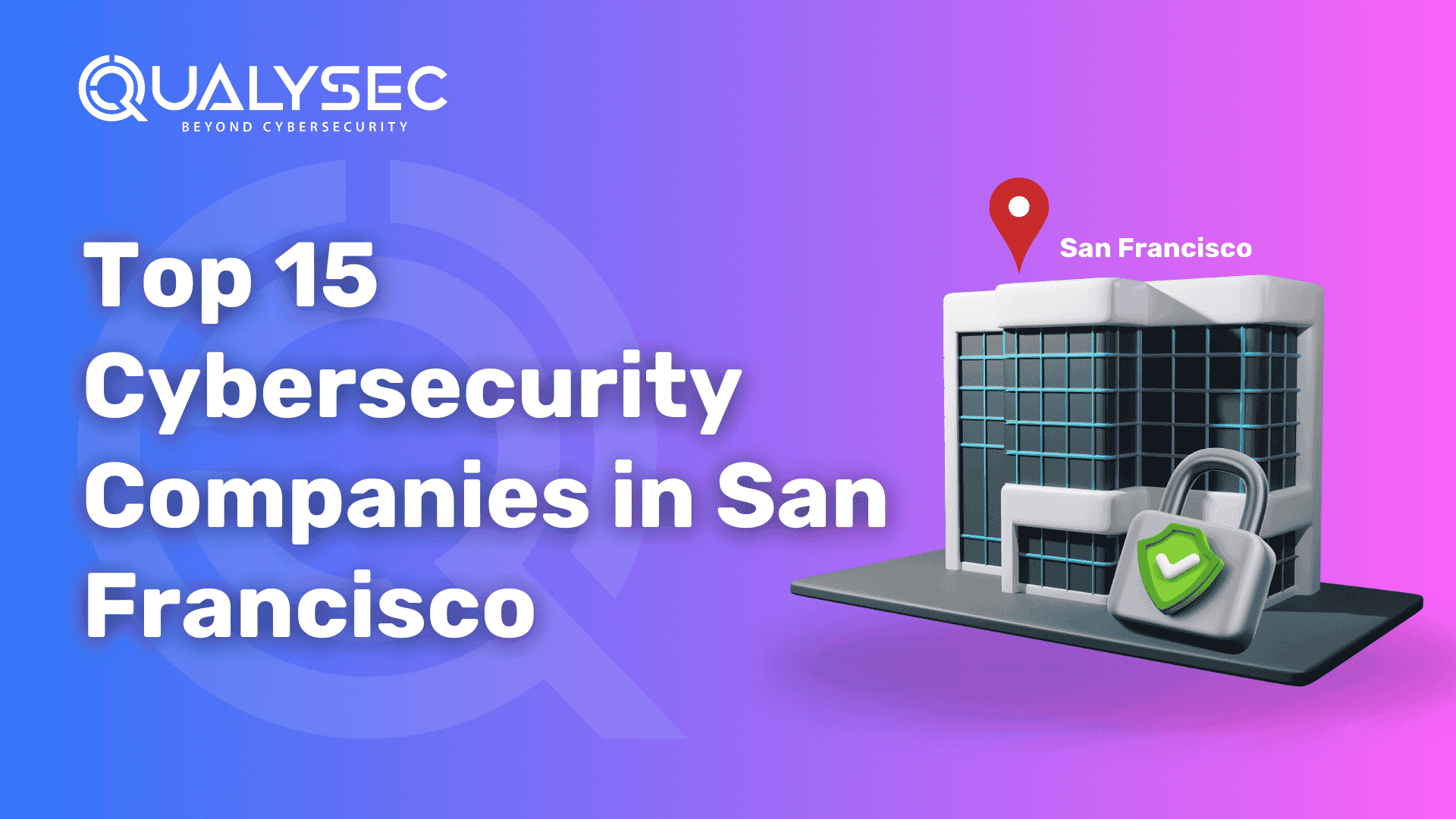
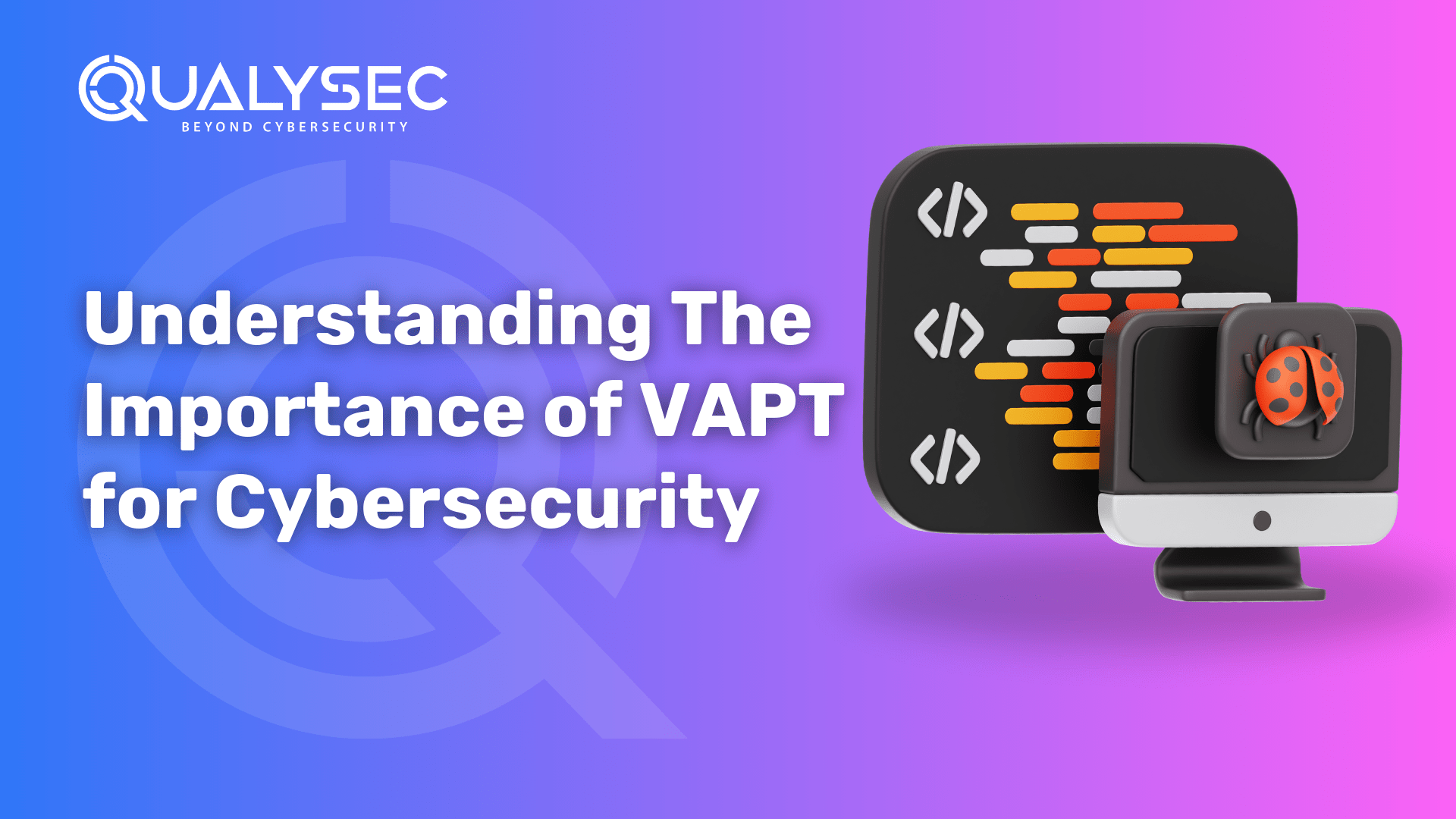
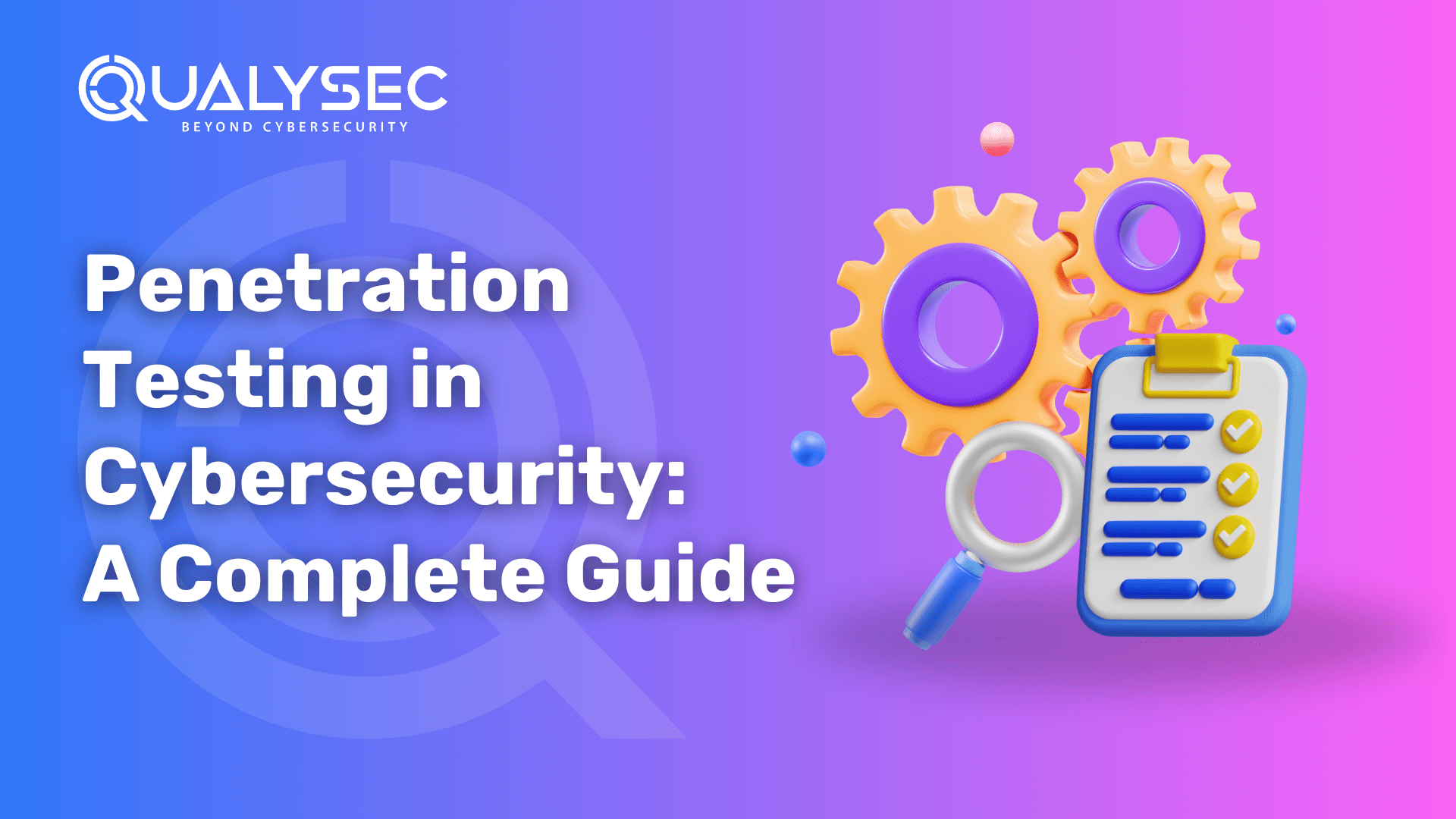


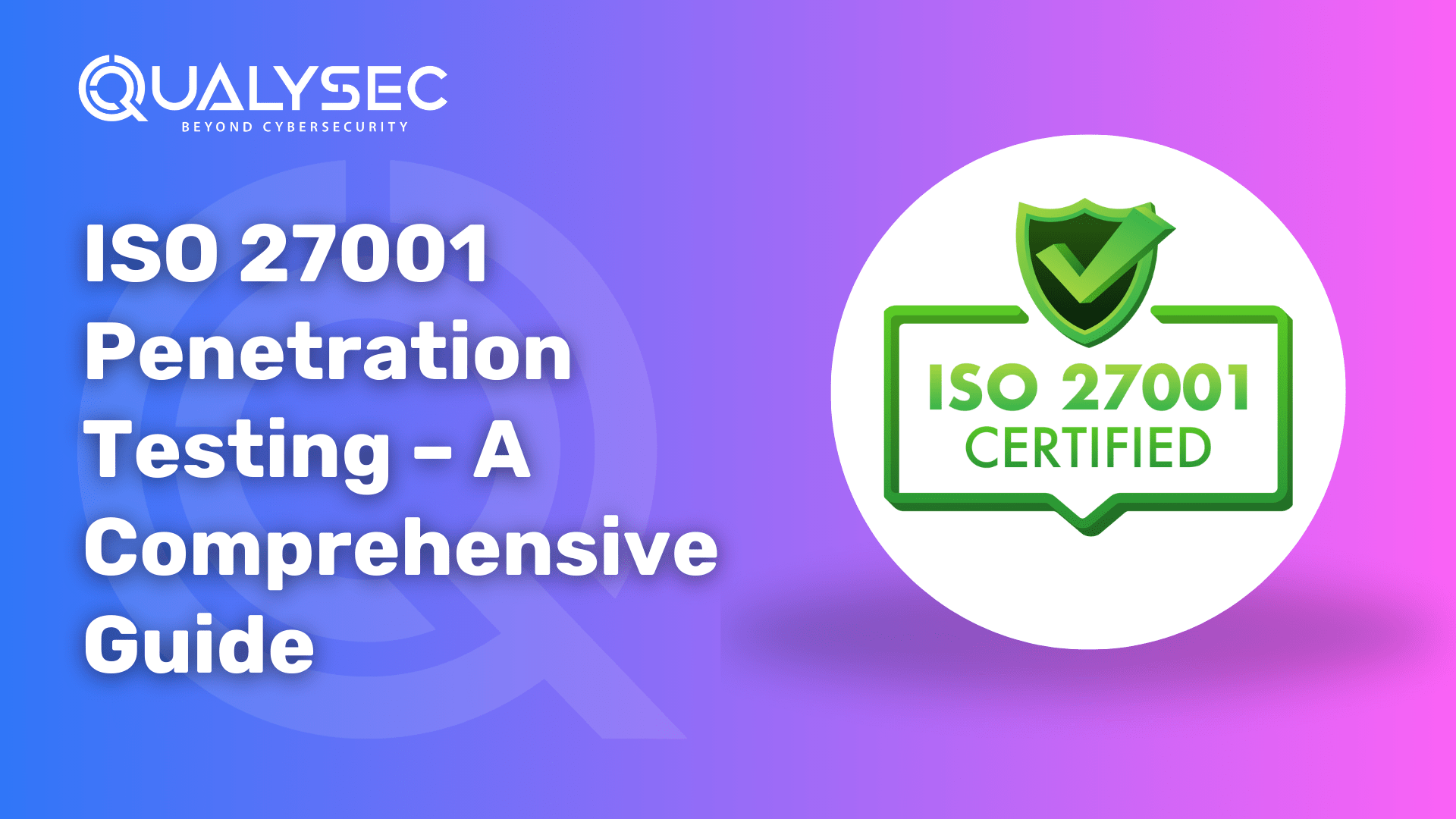
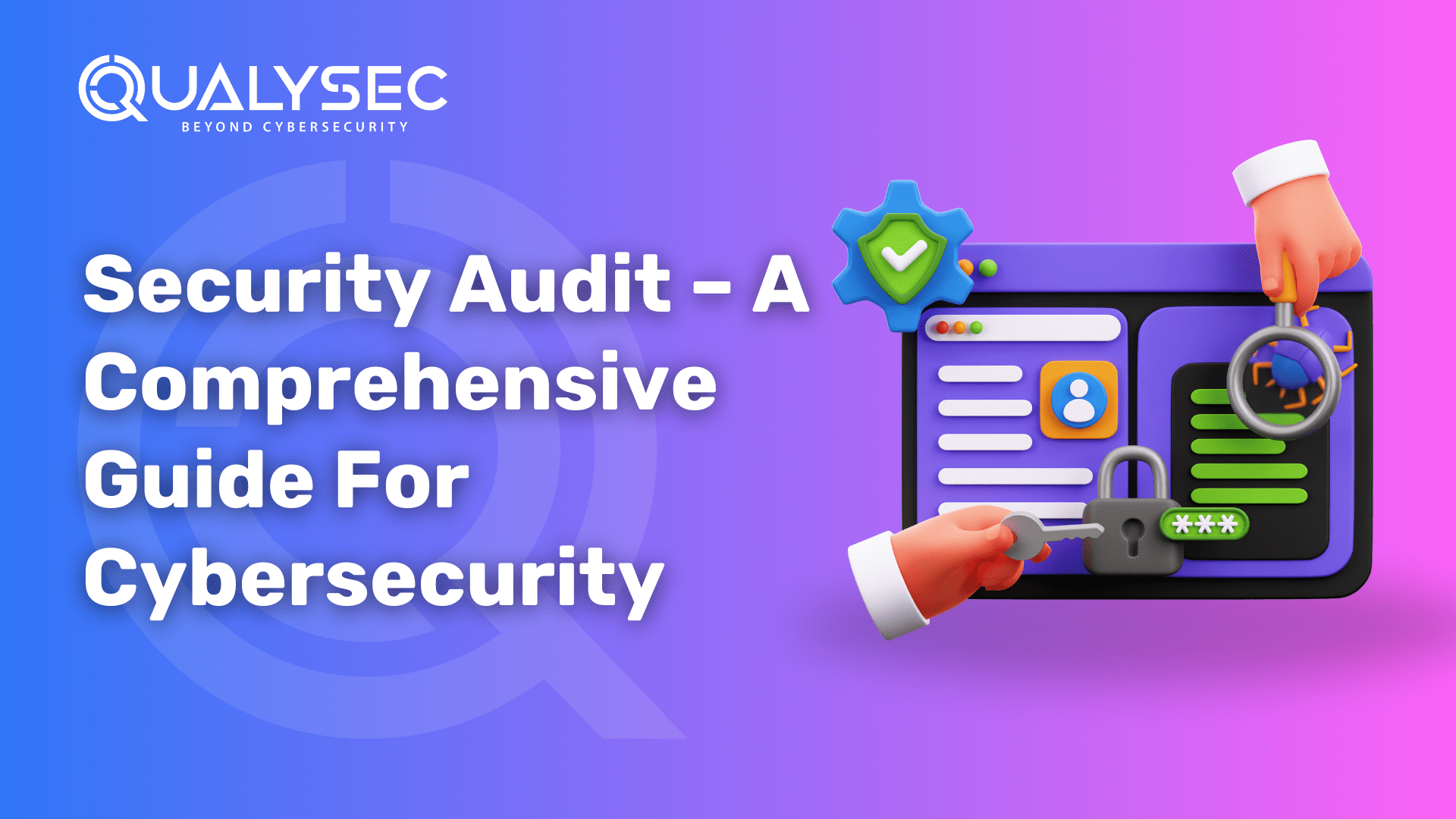
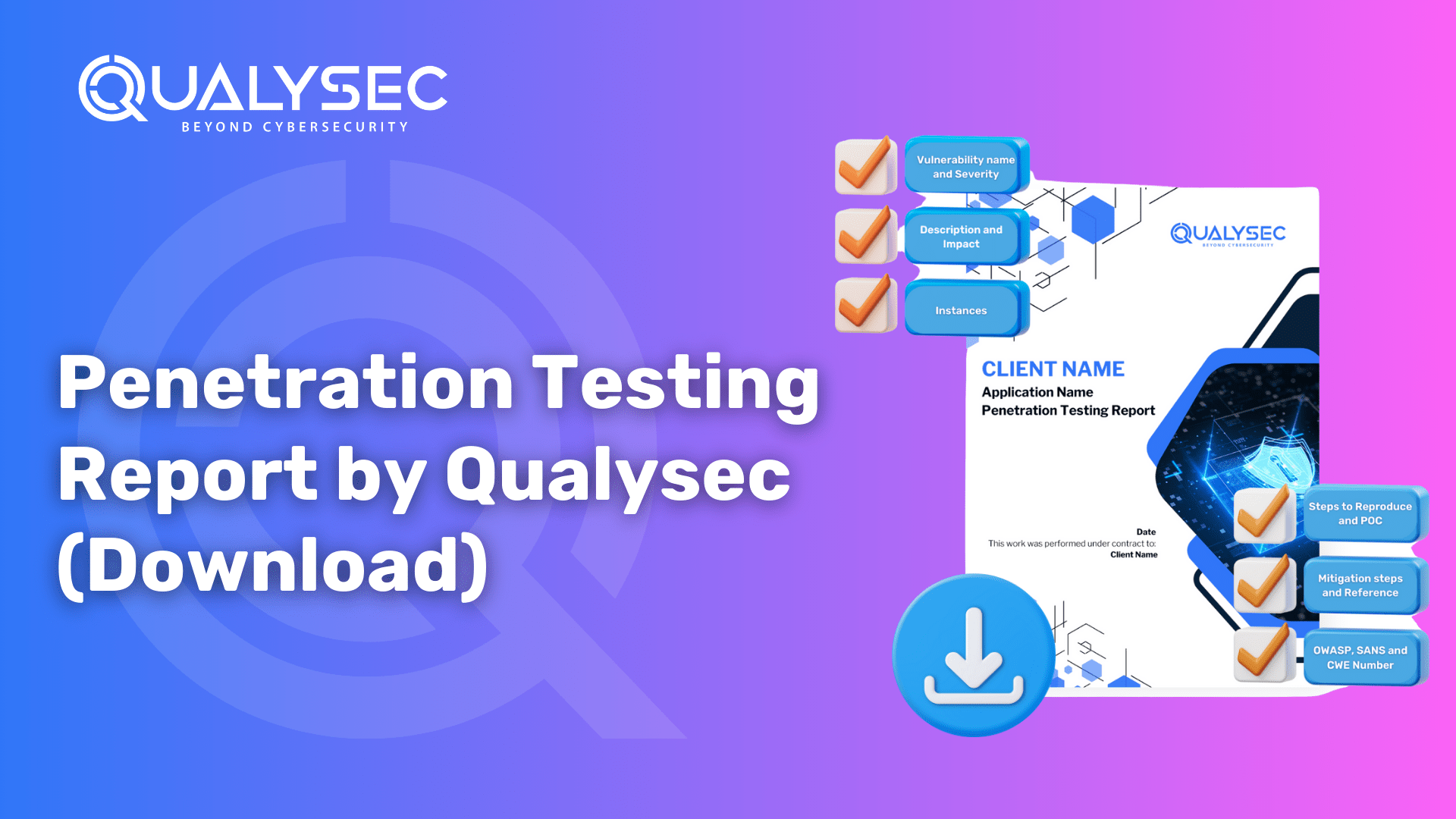
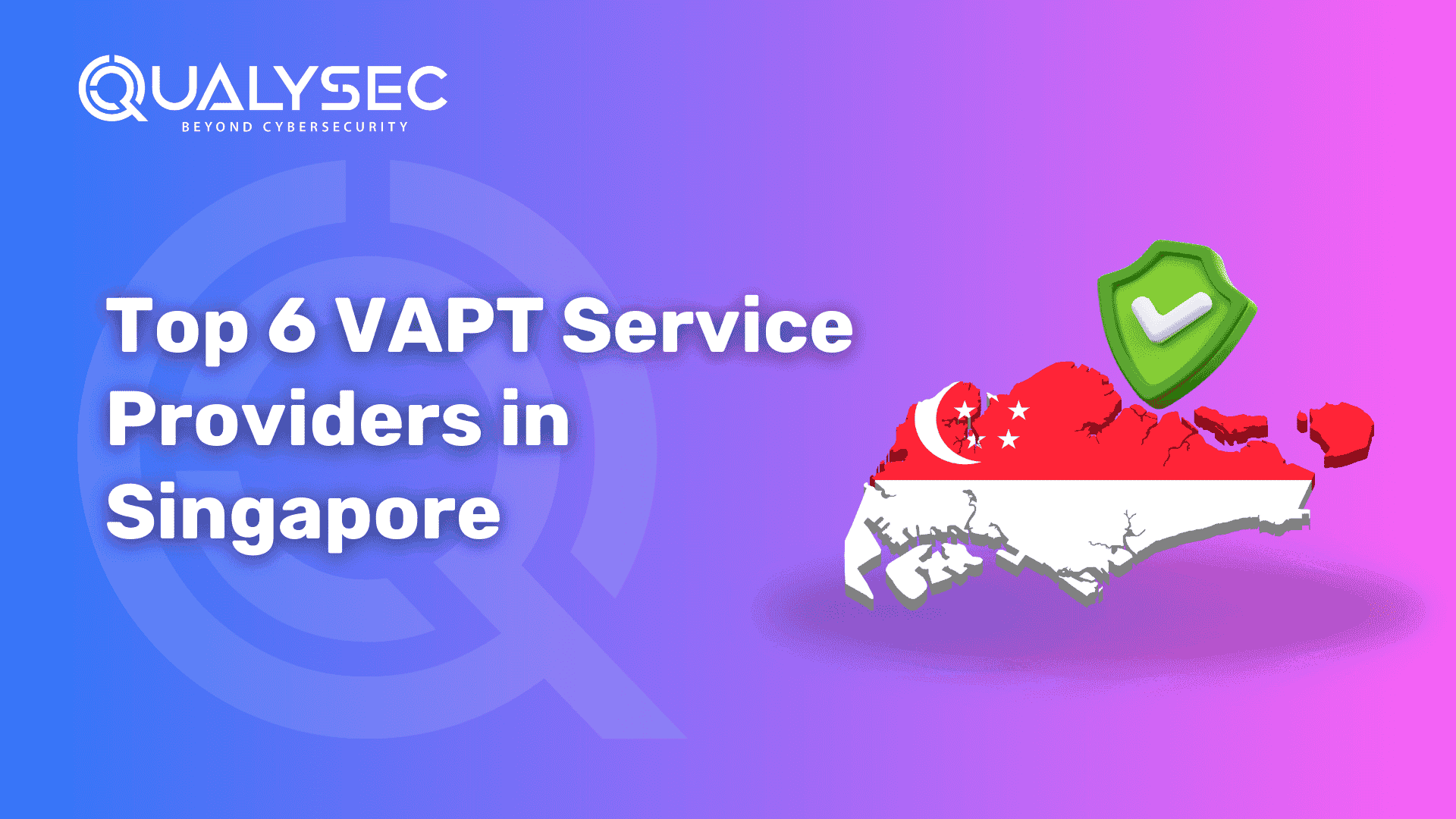
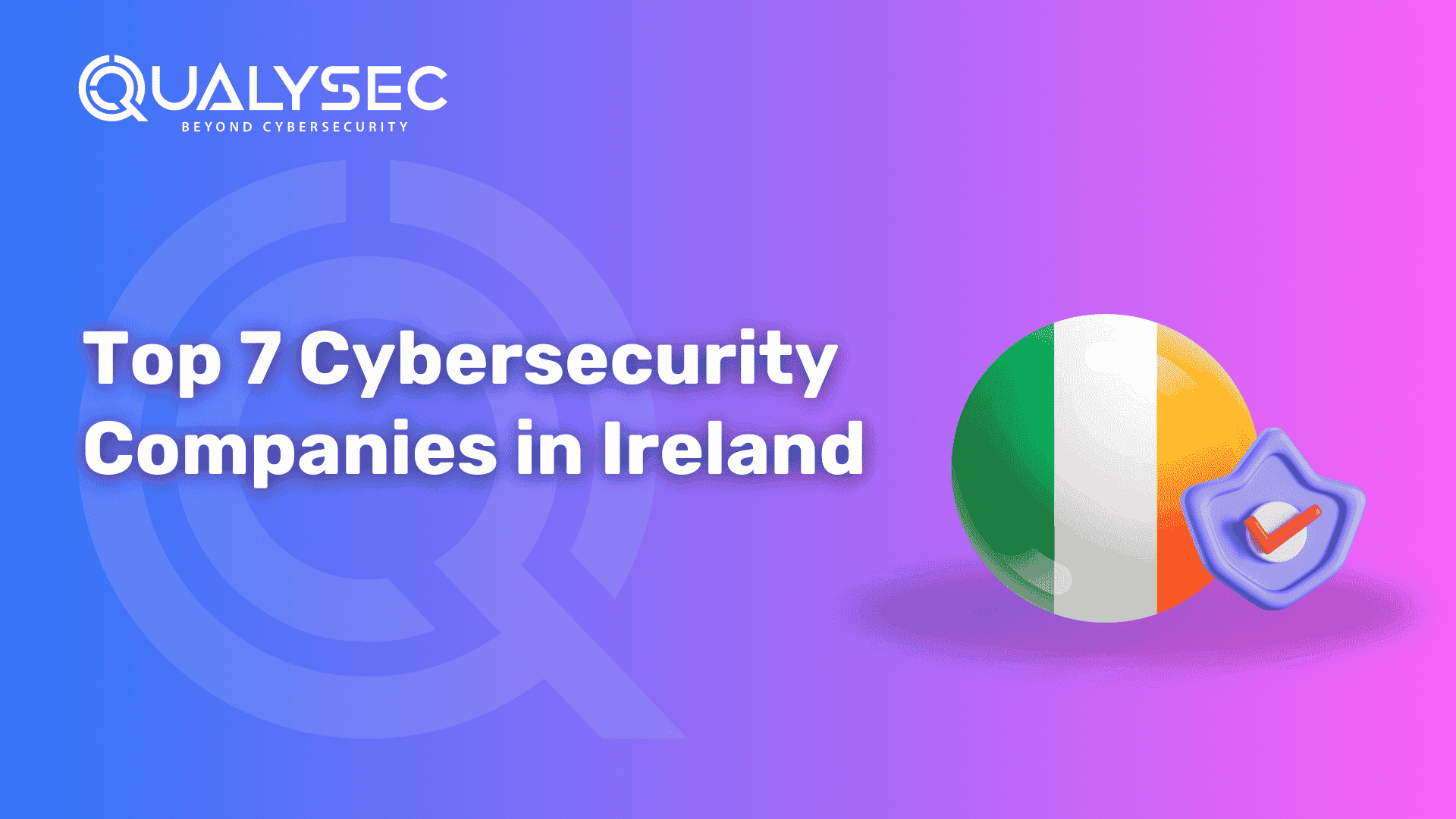
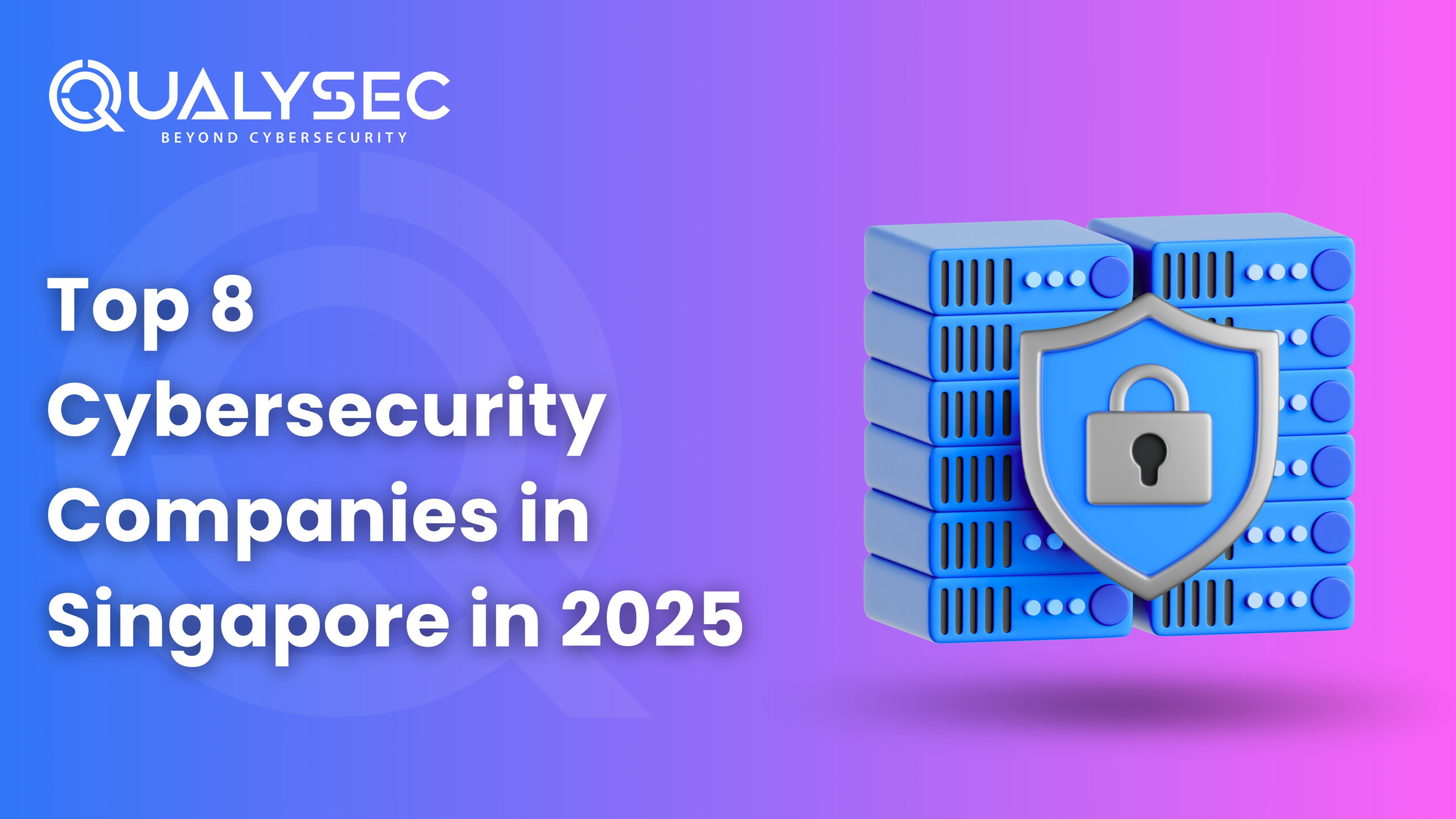
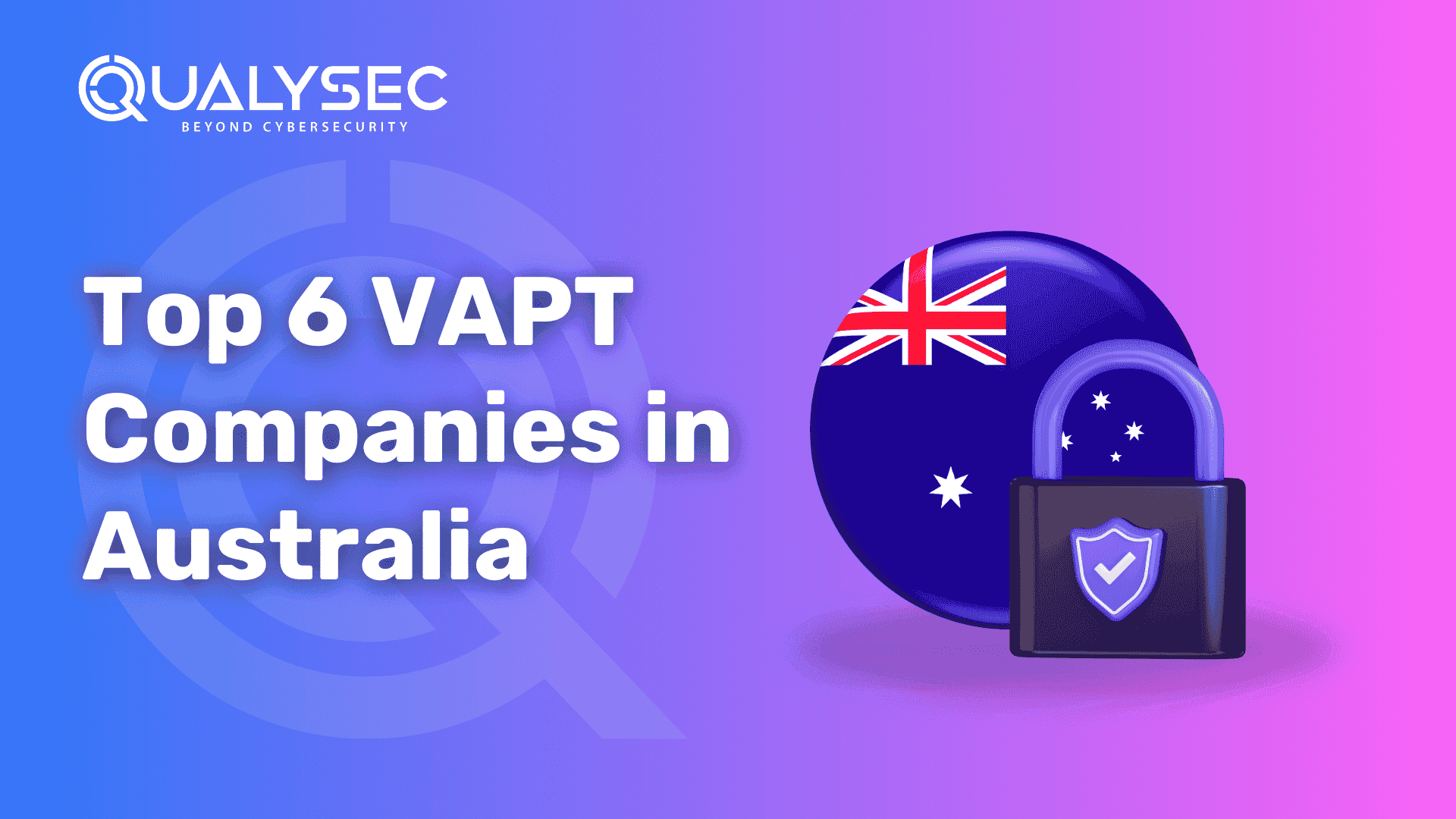
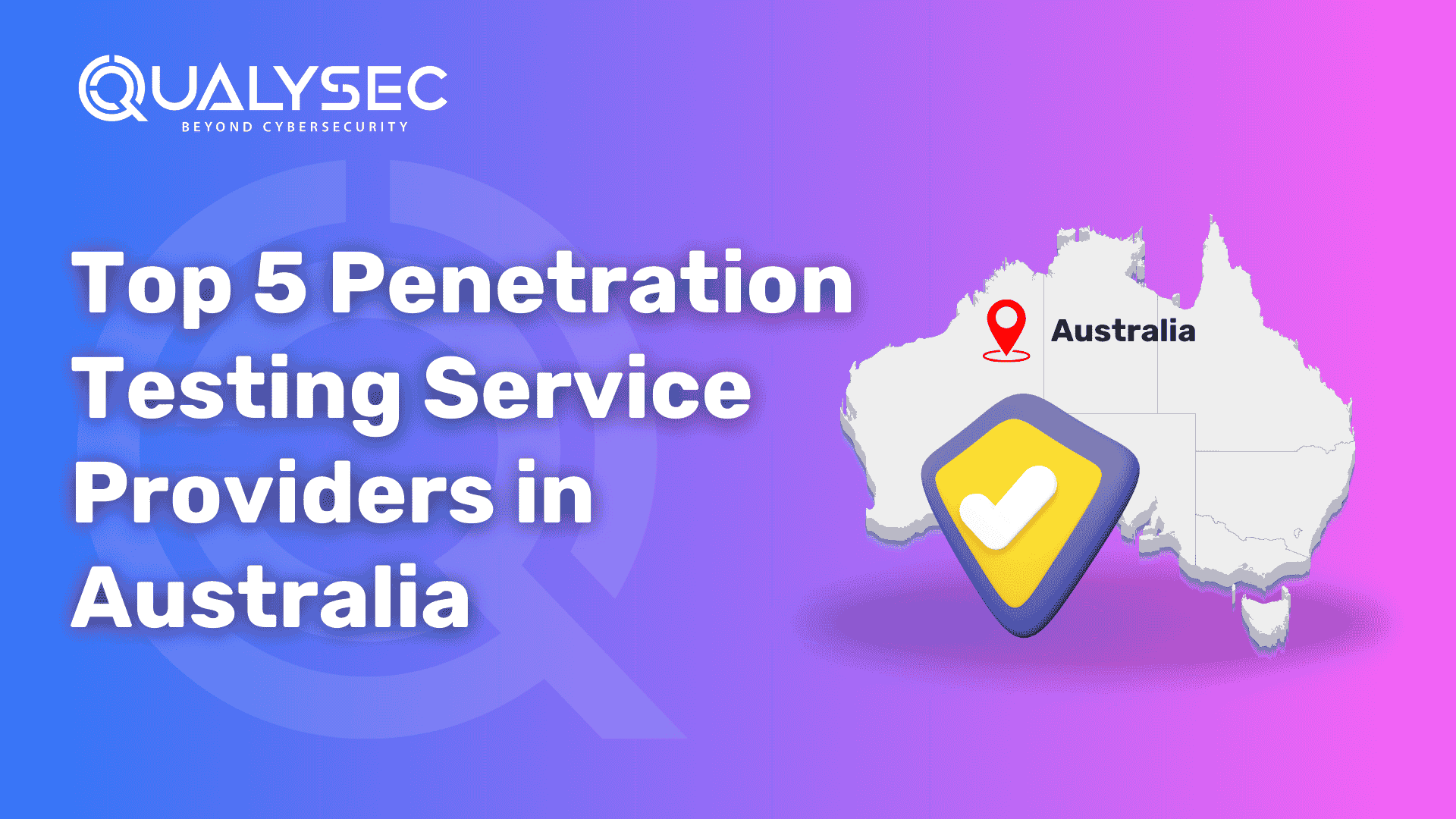
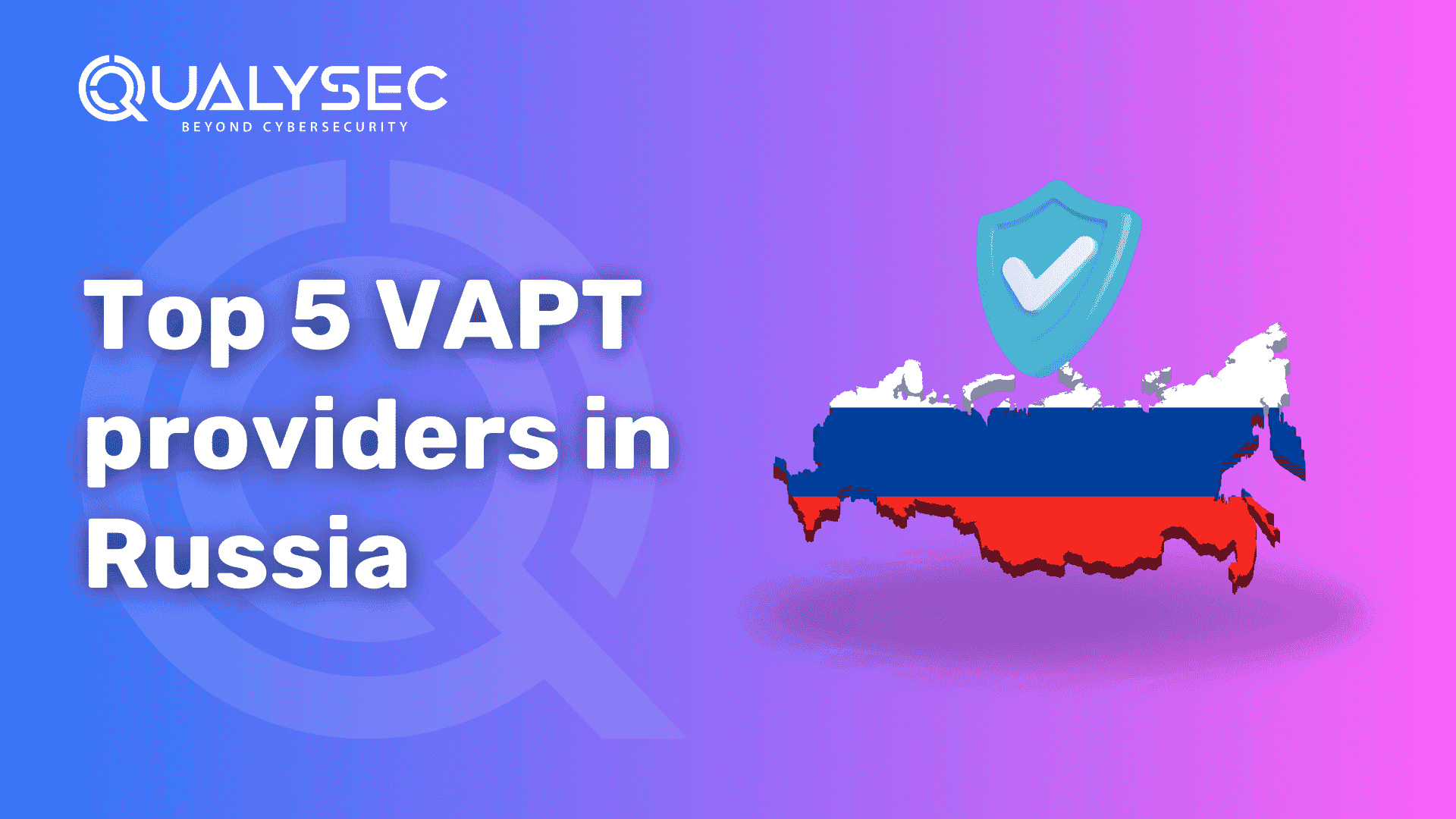
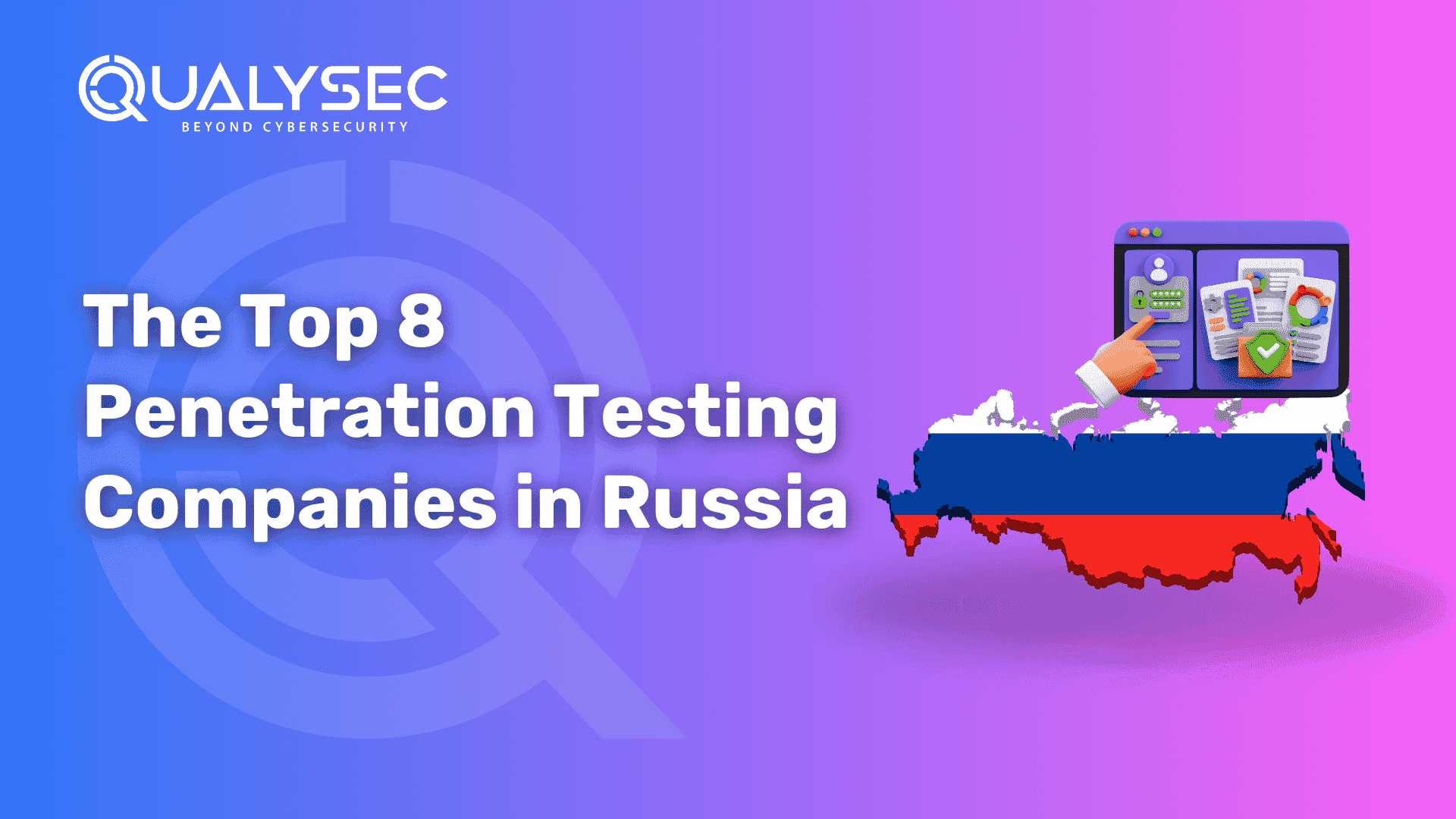
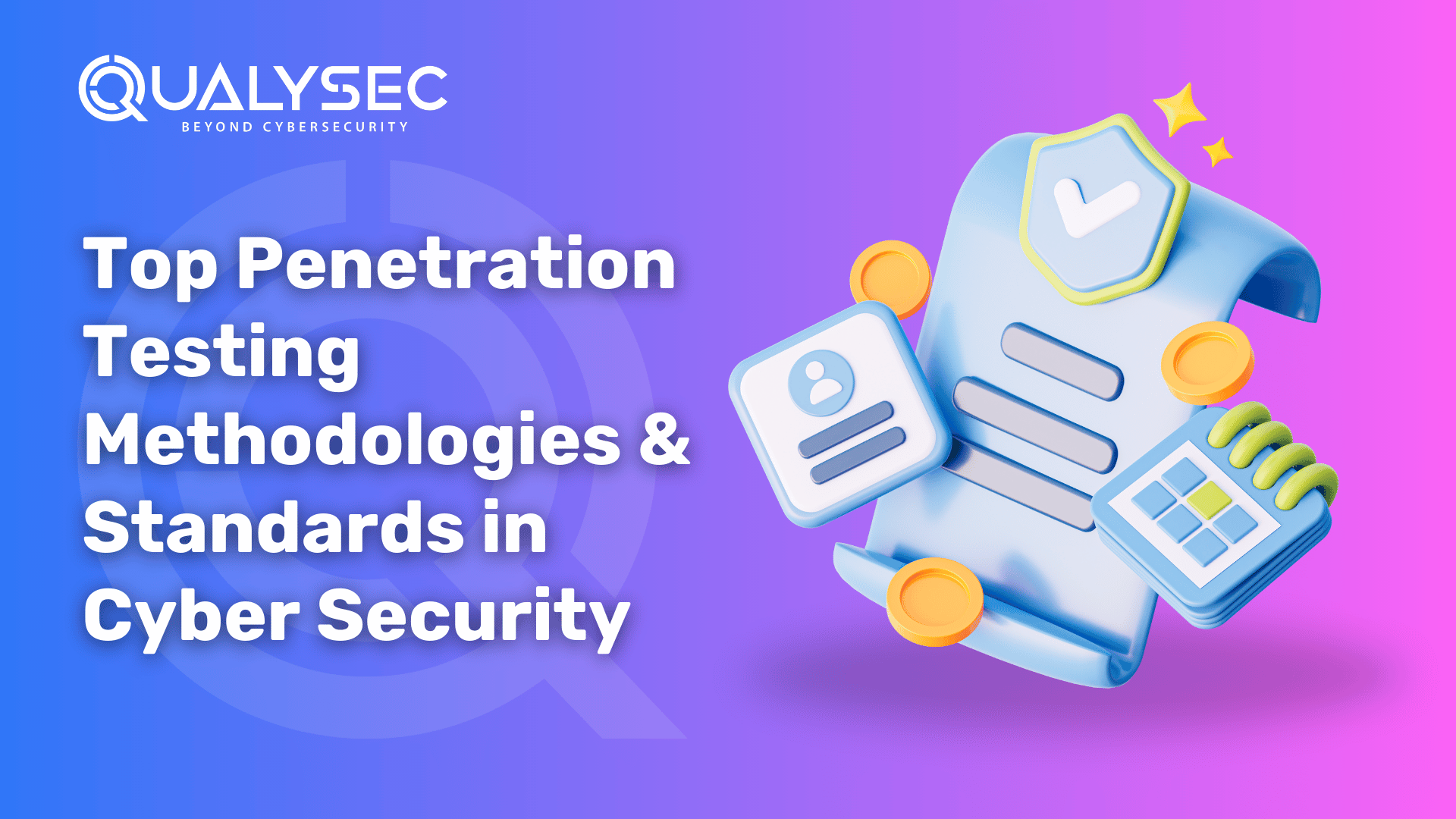
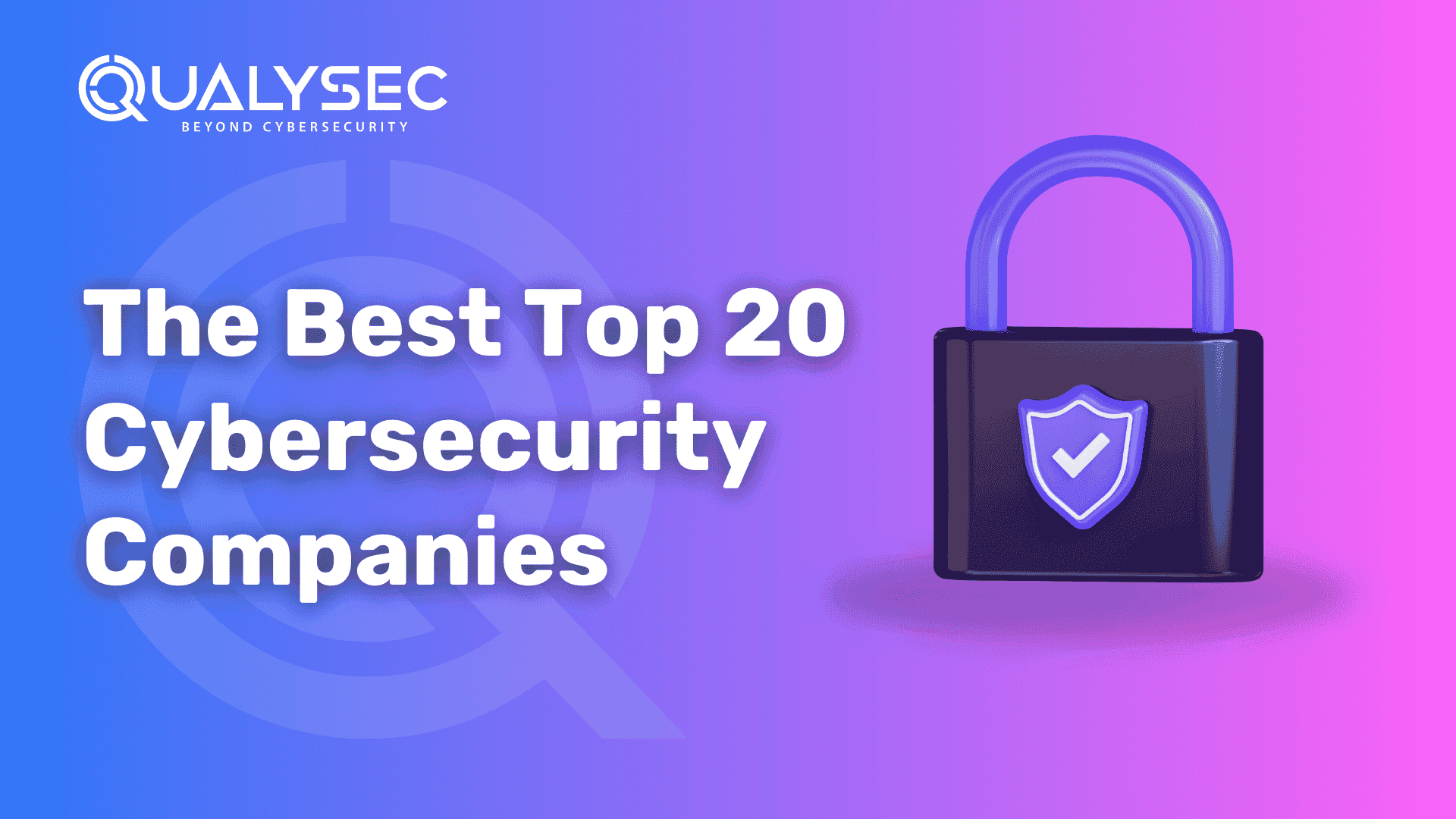
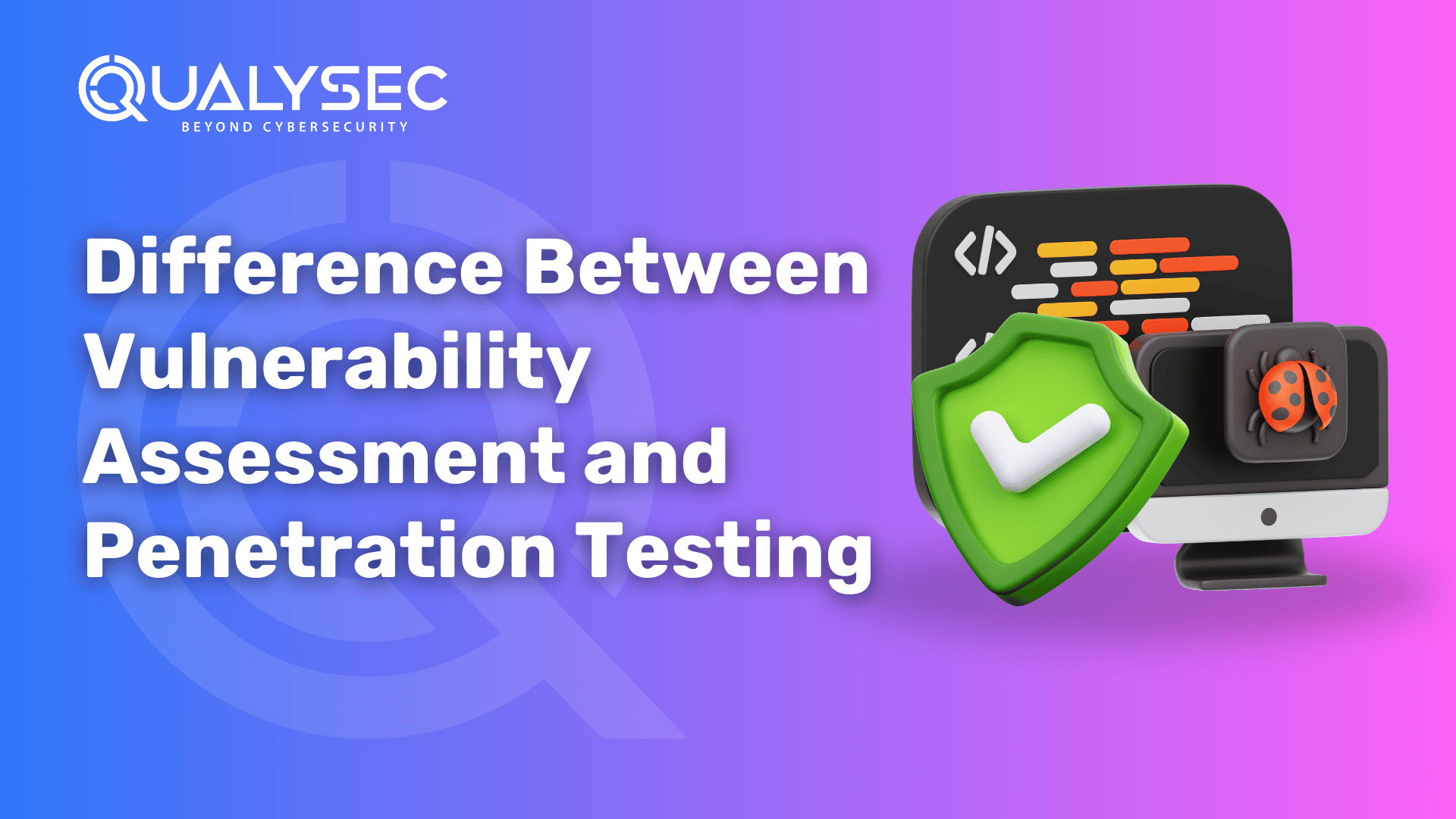
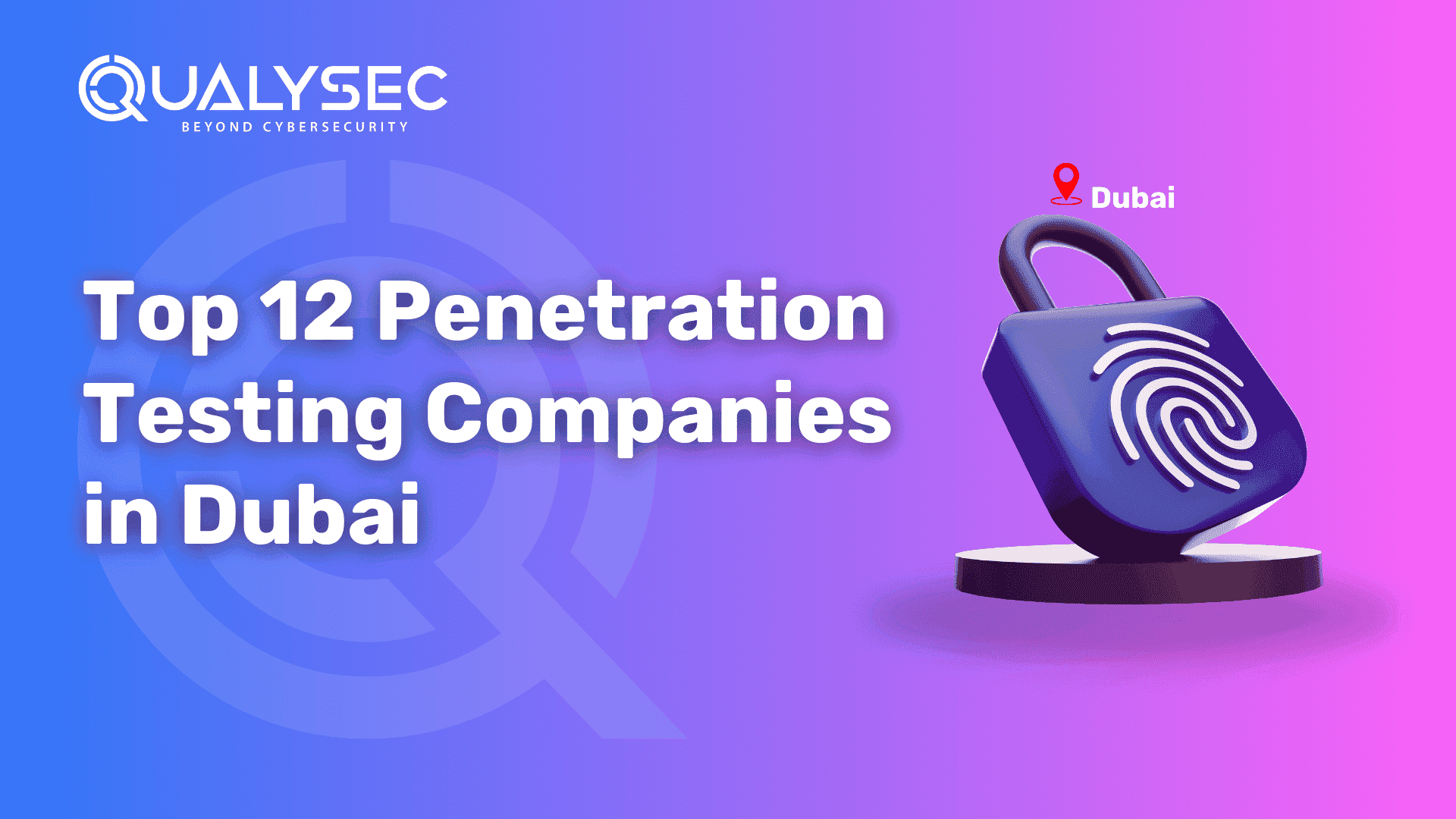
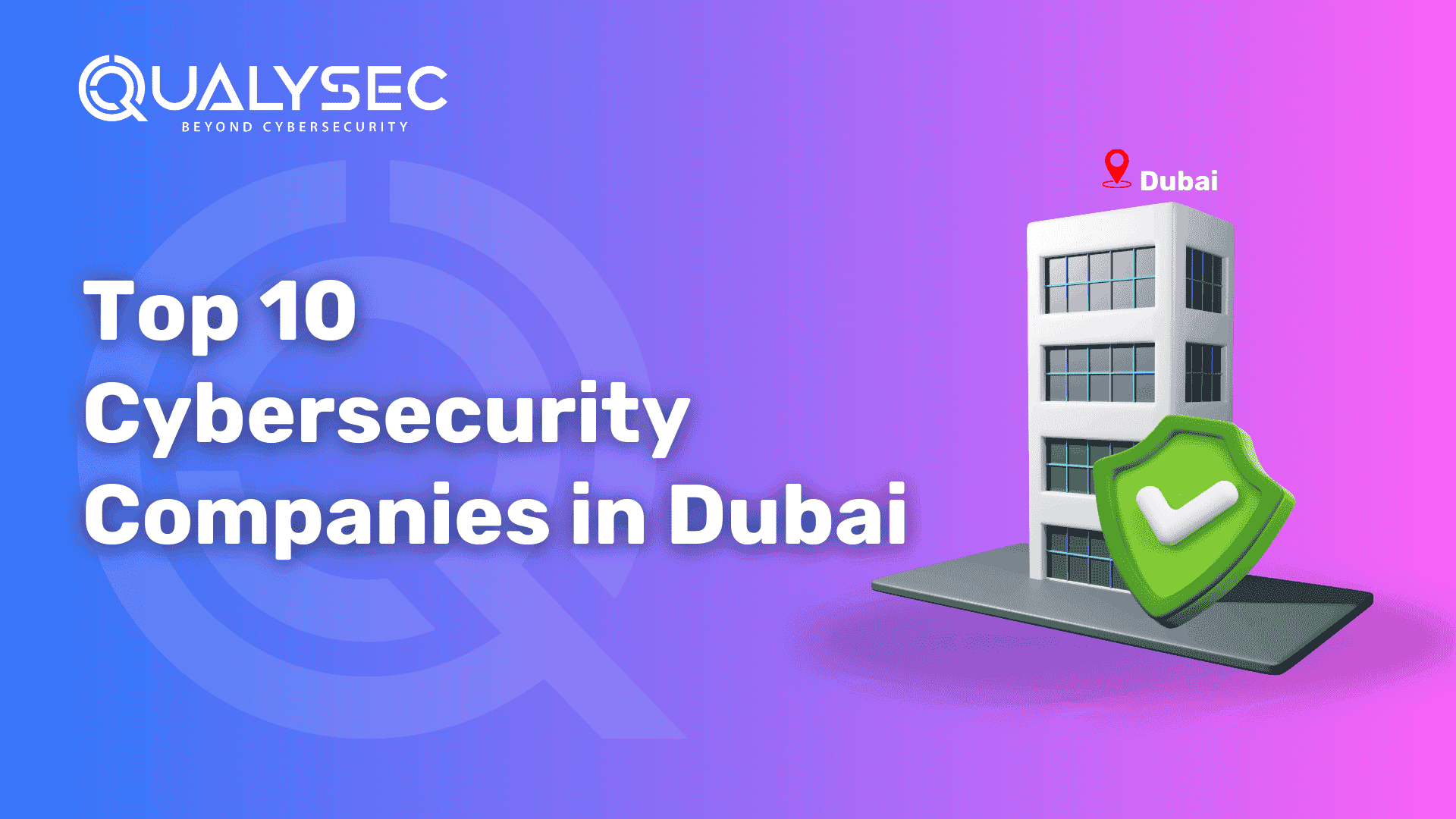
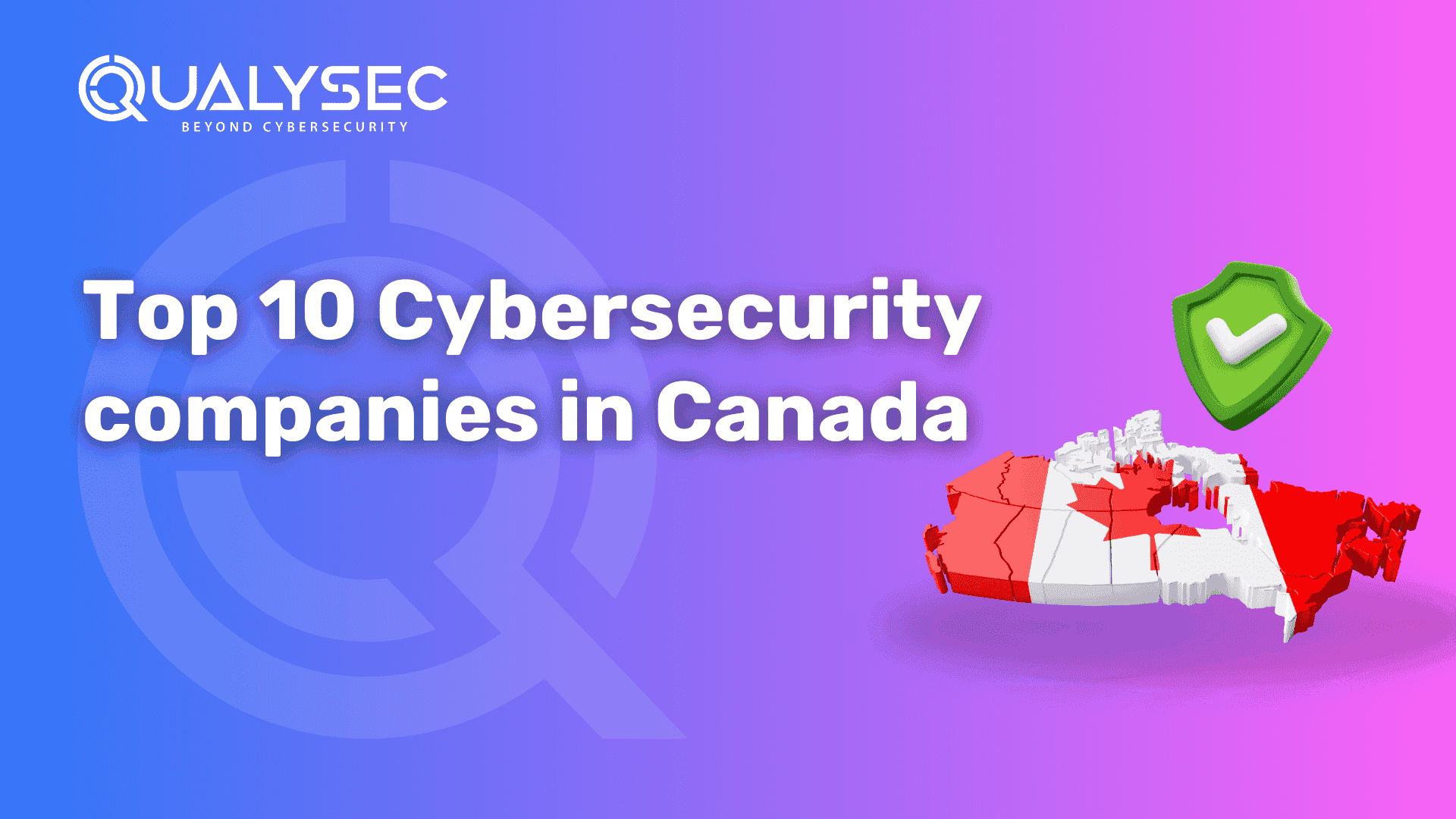
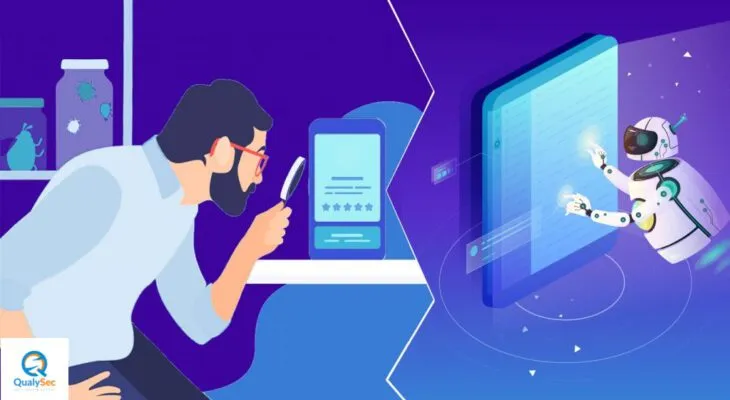



0 Comments